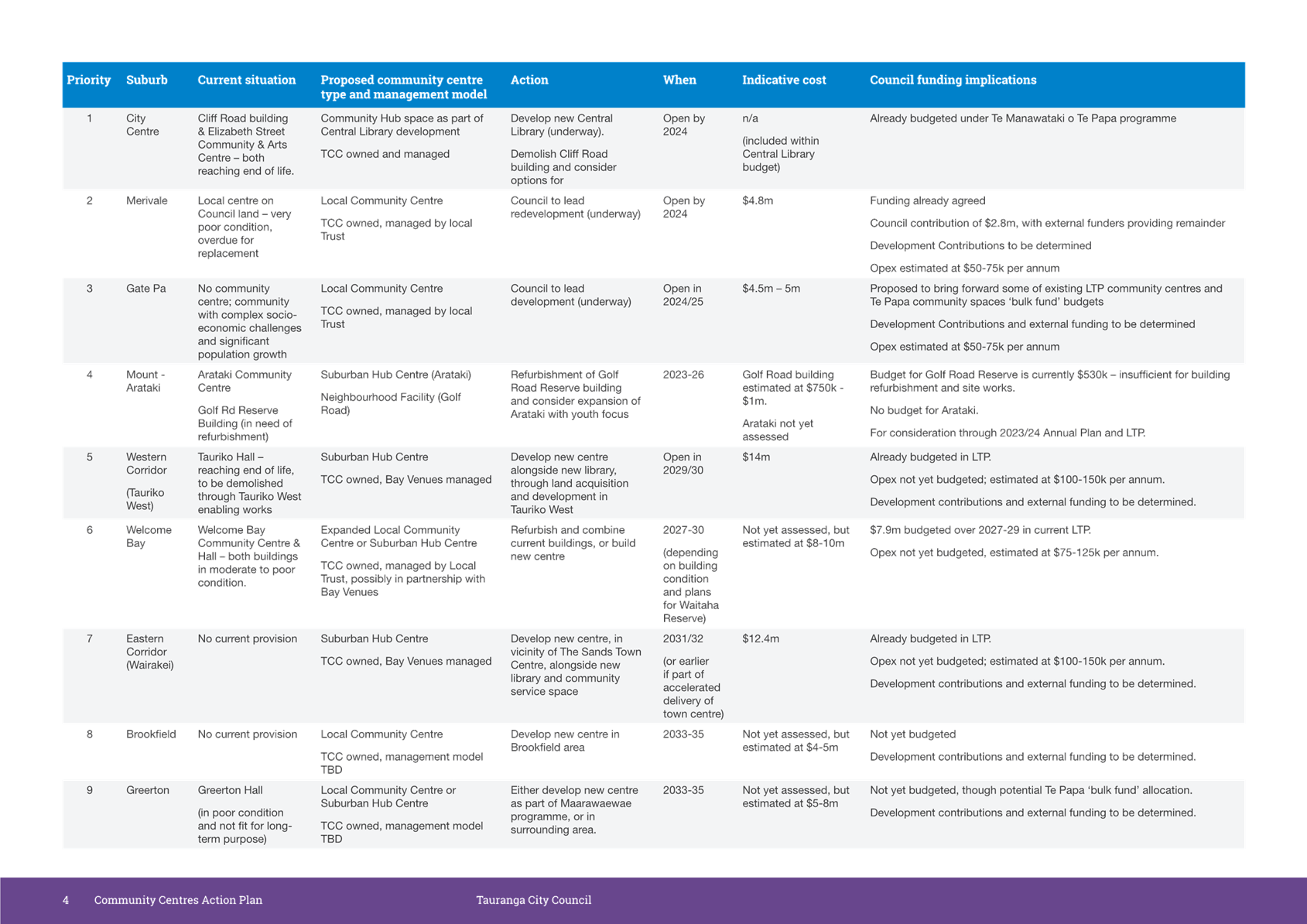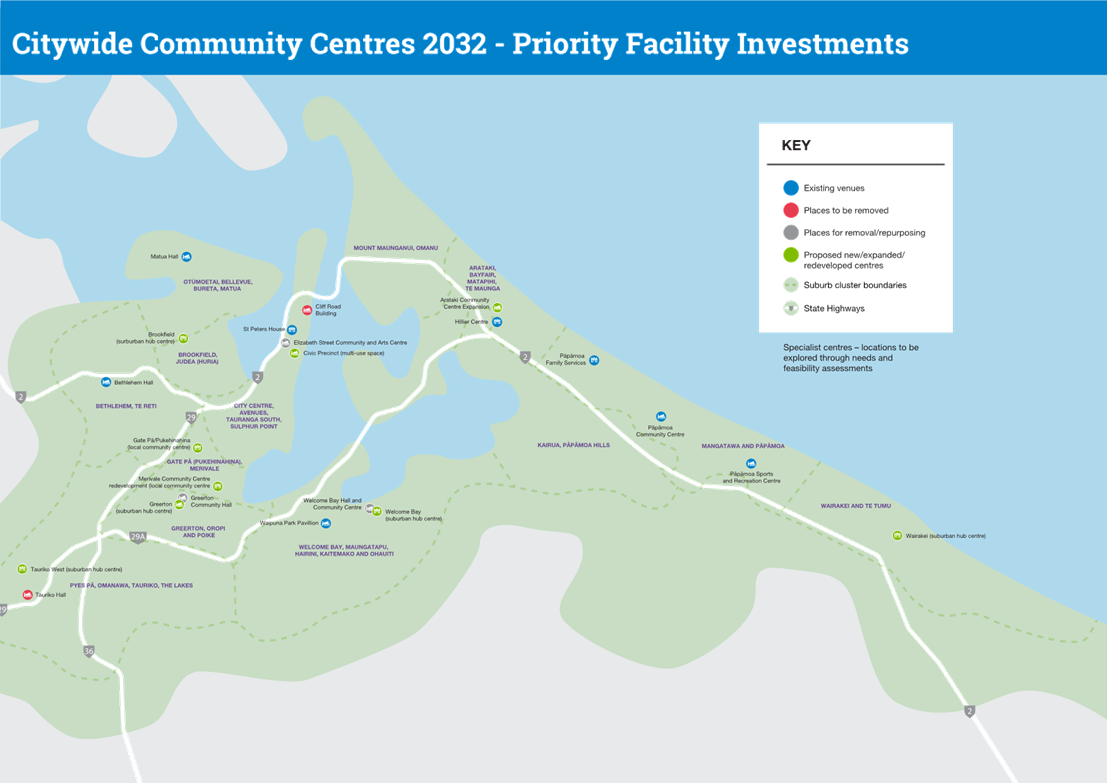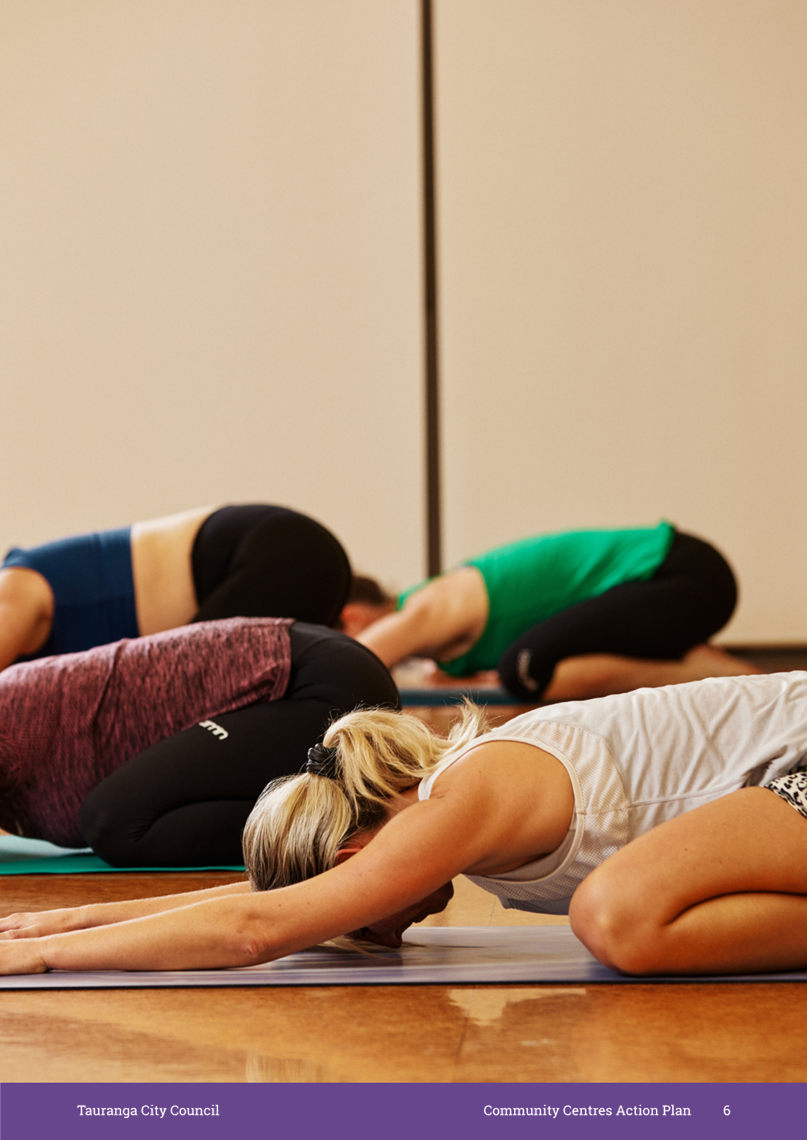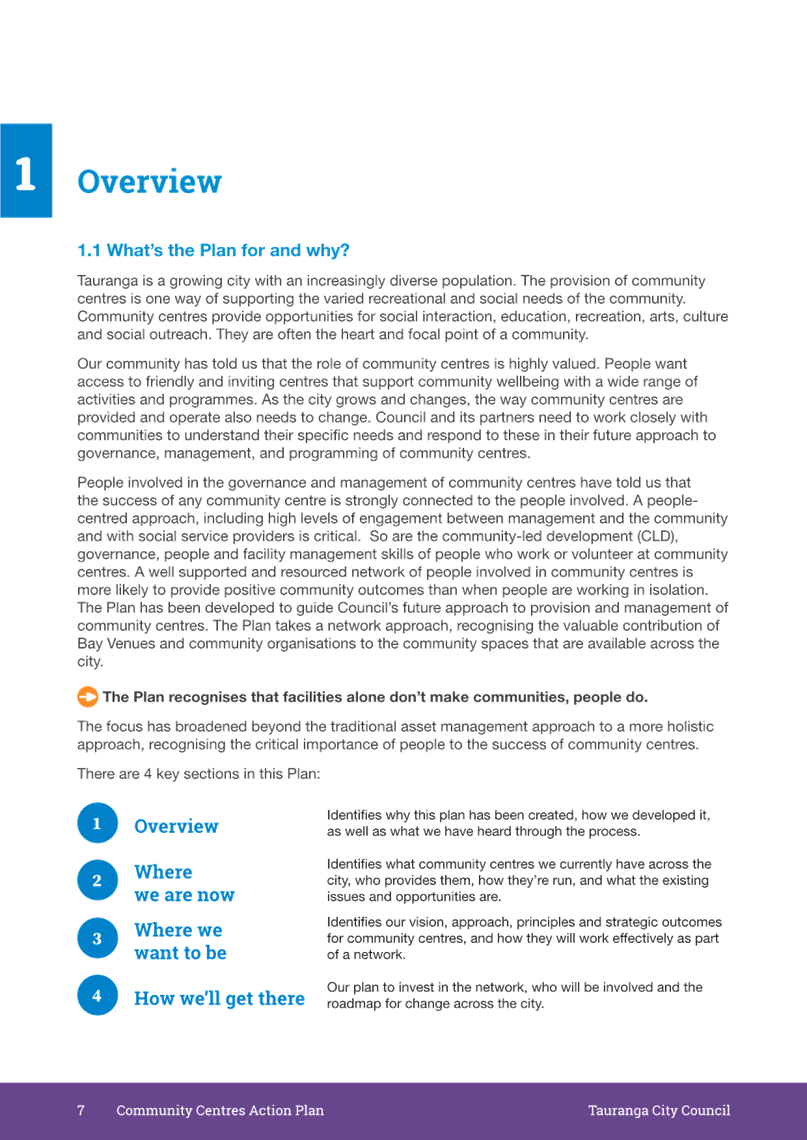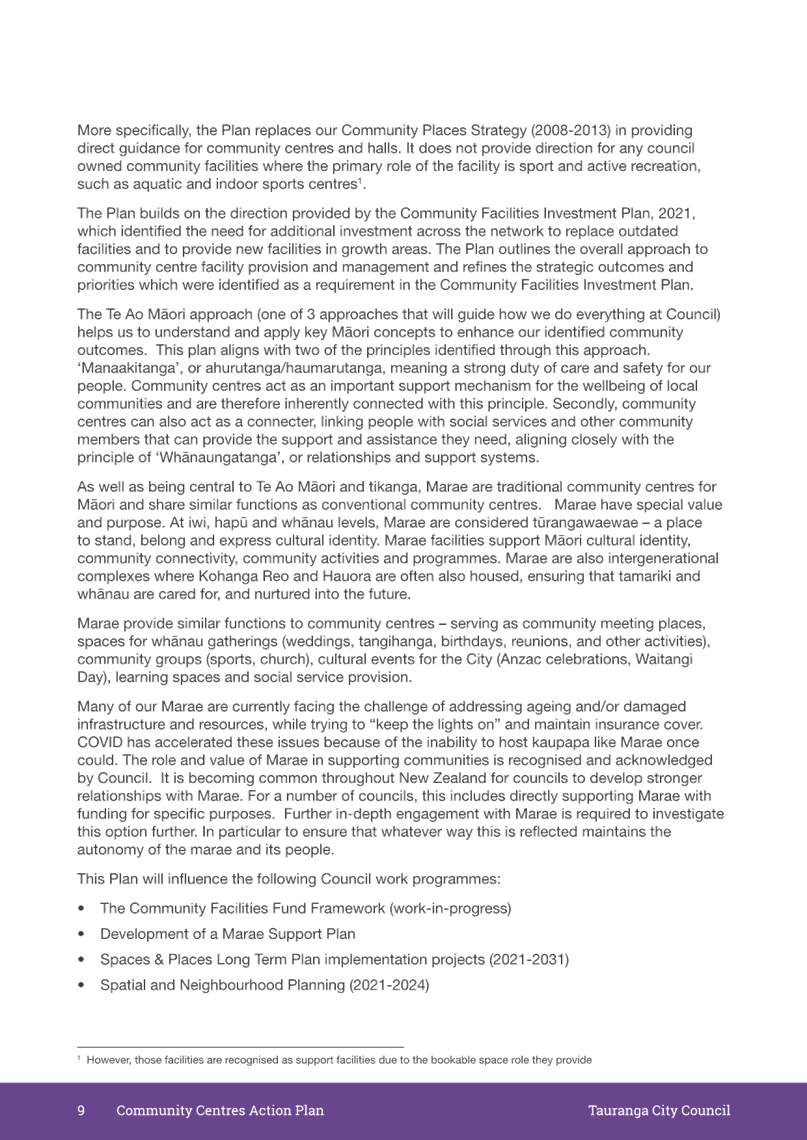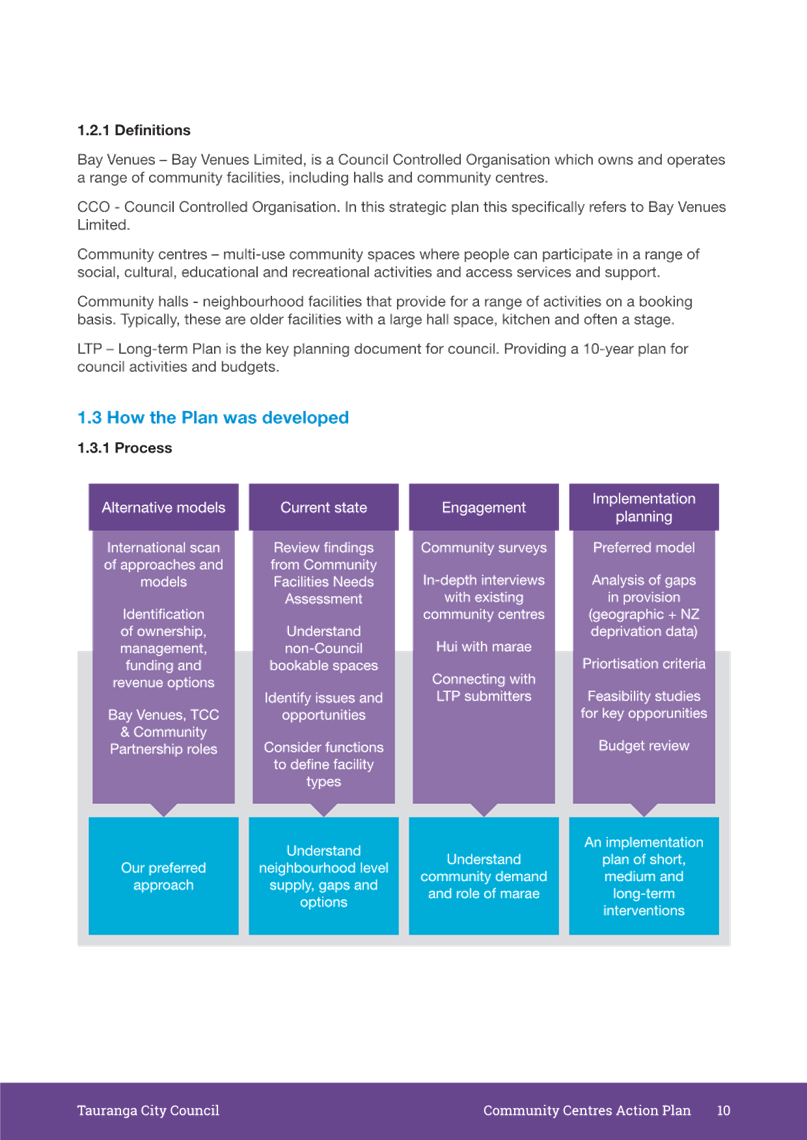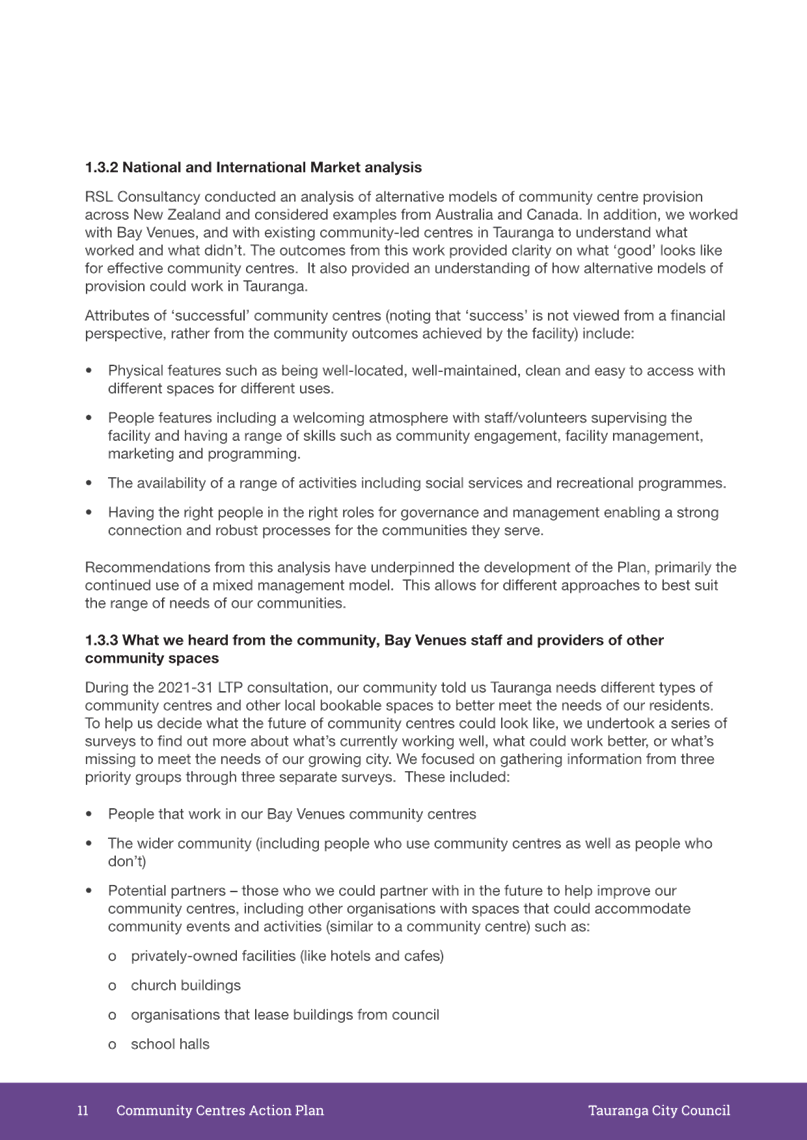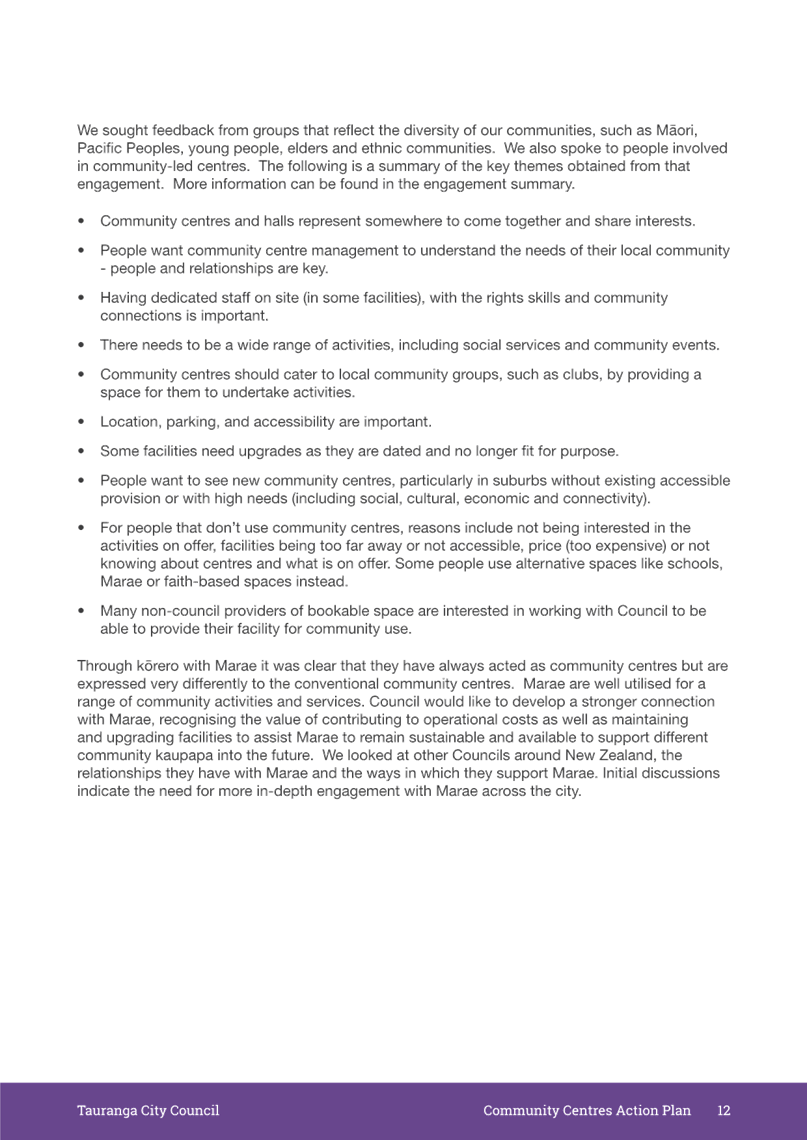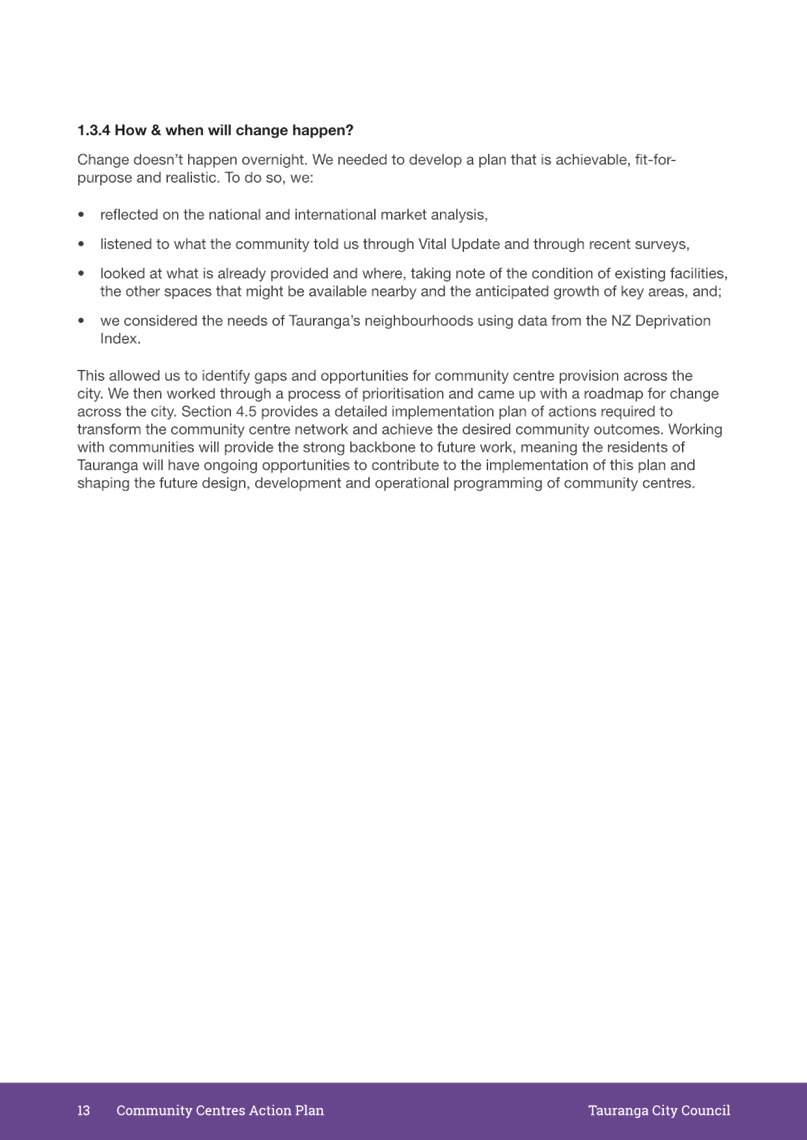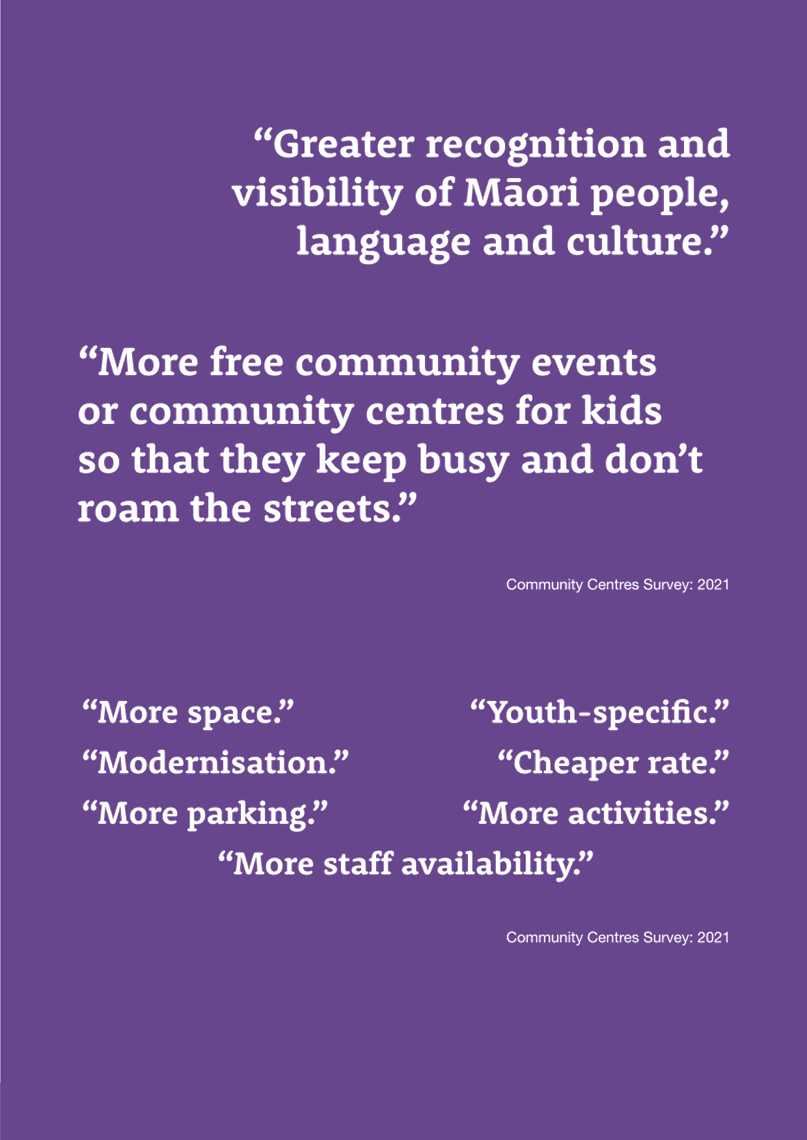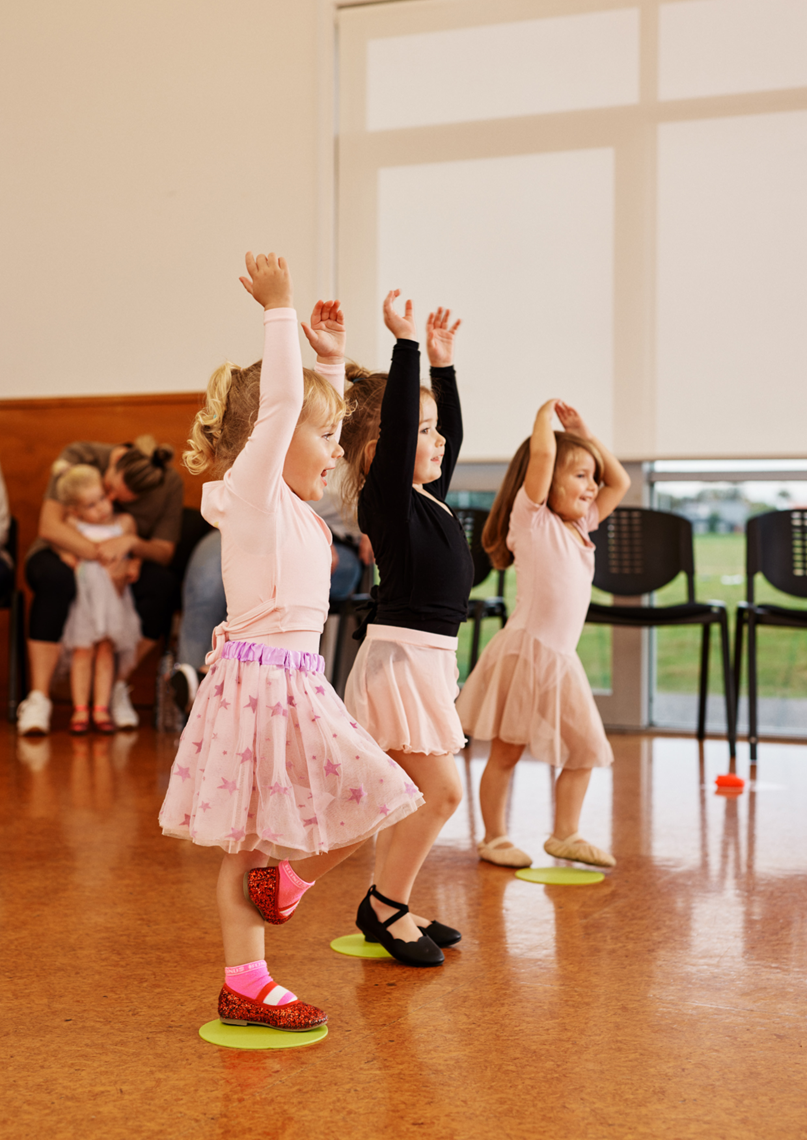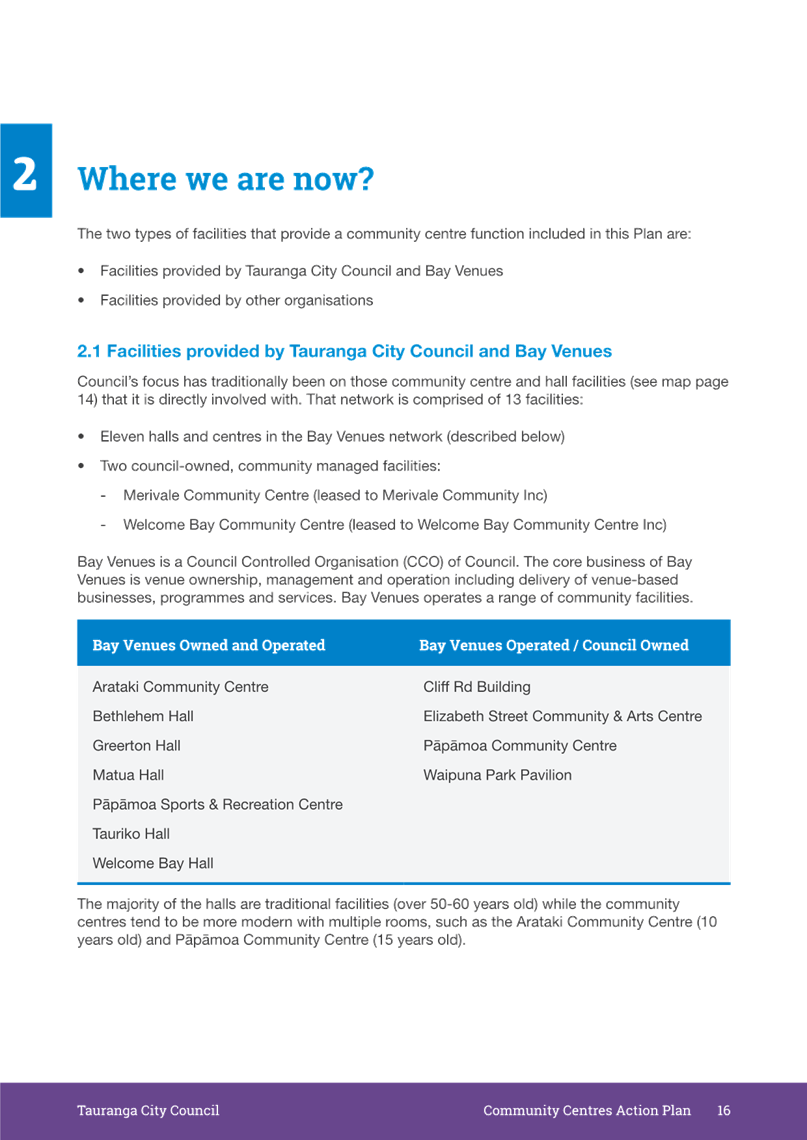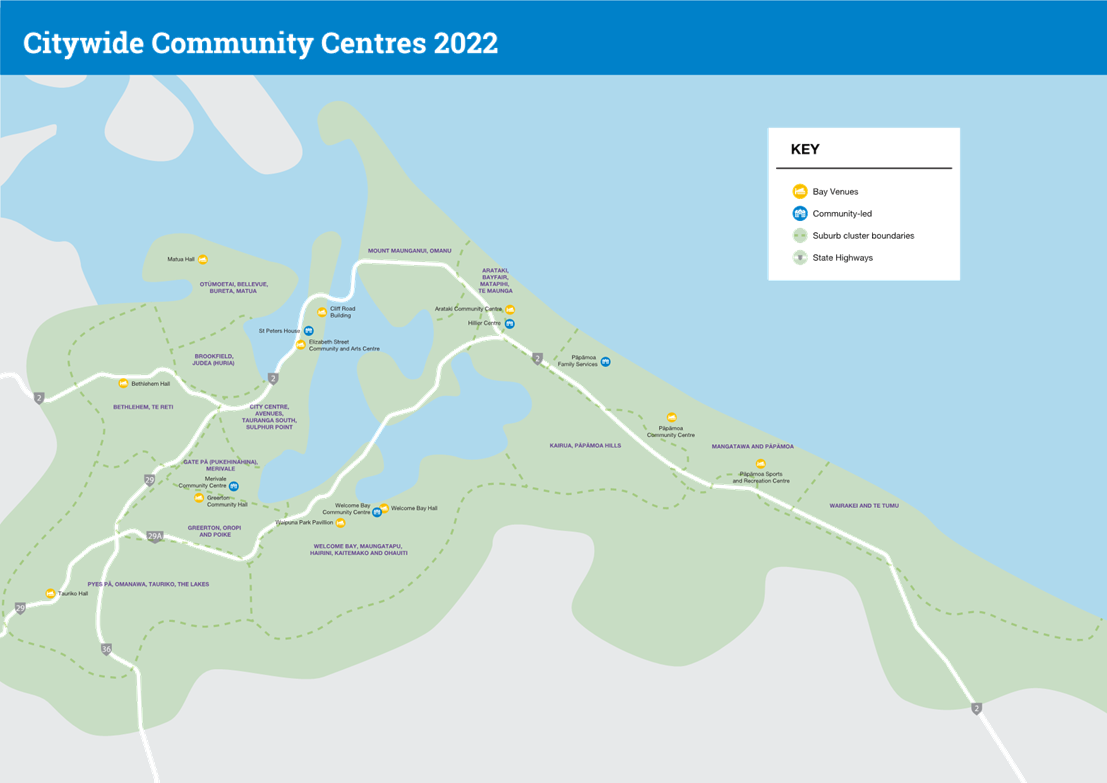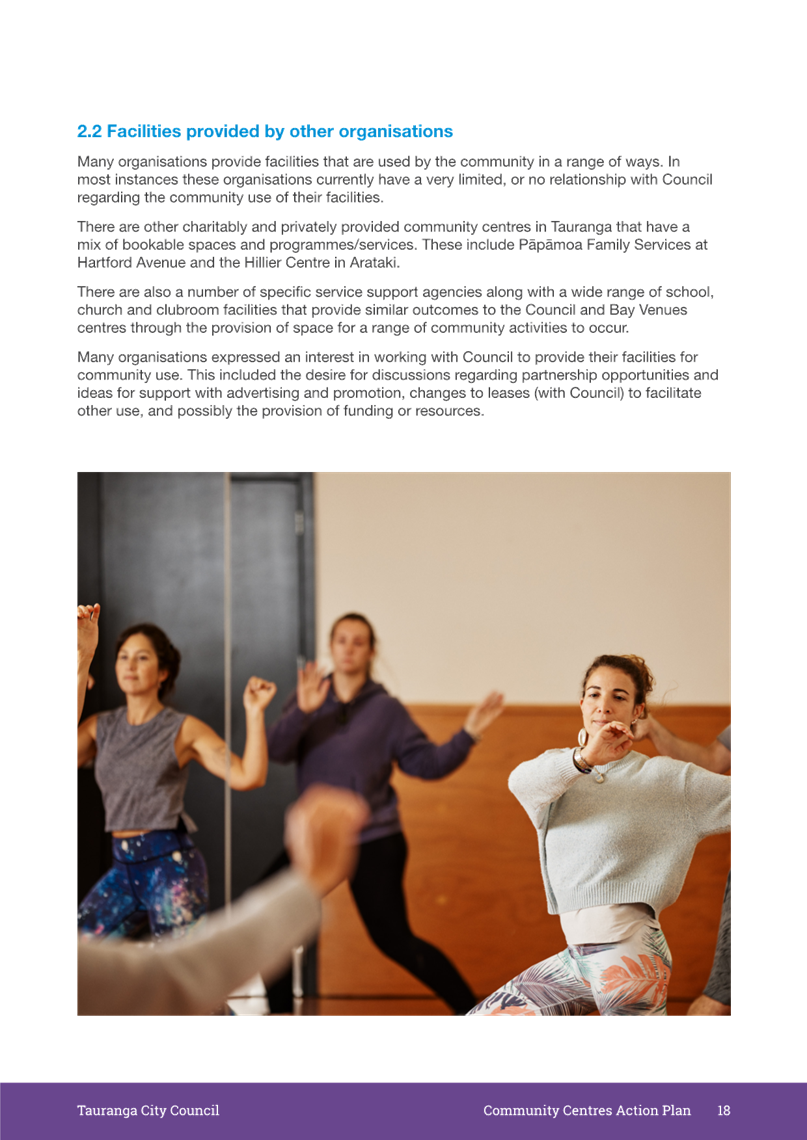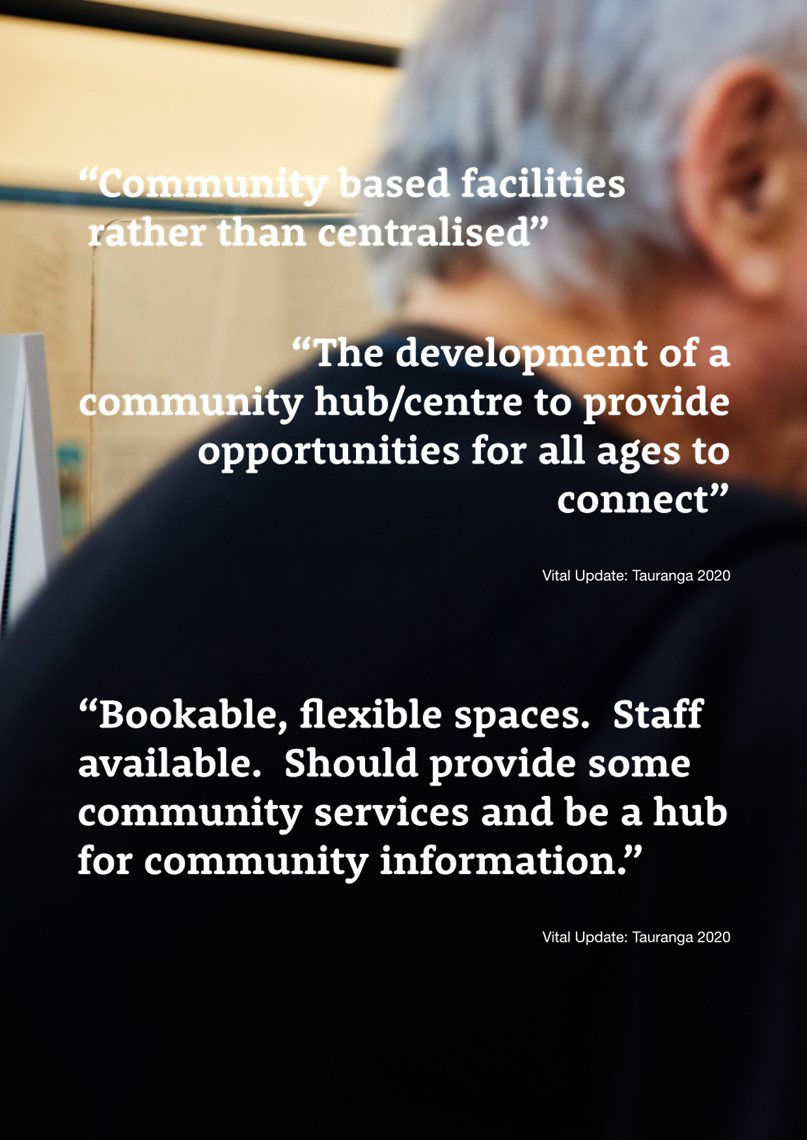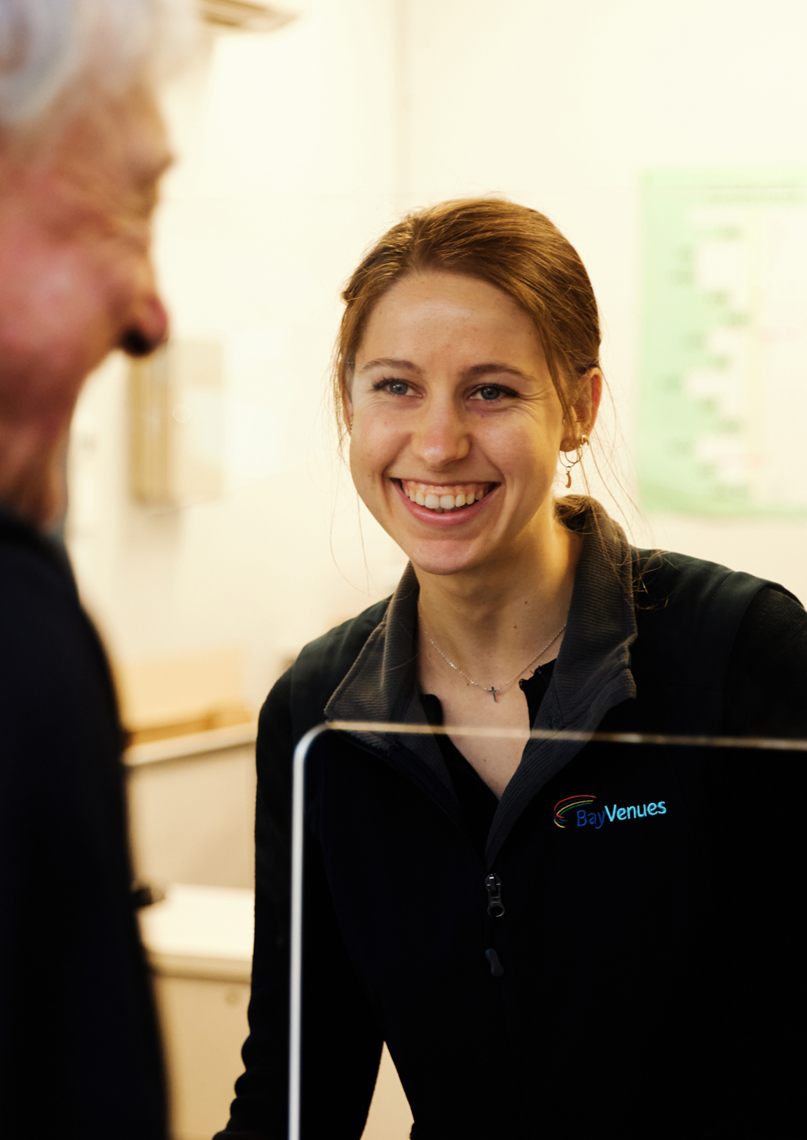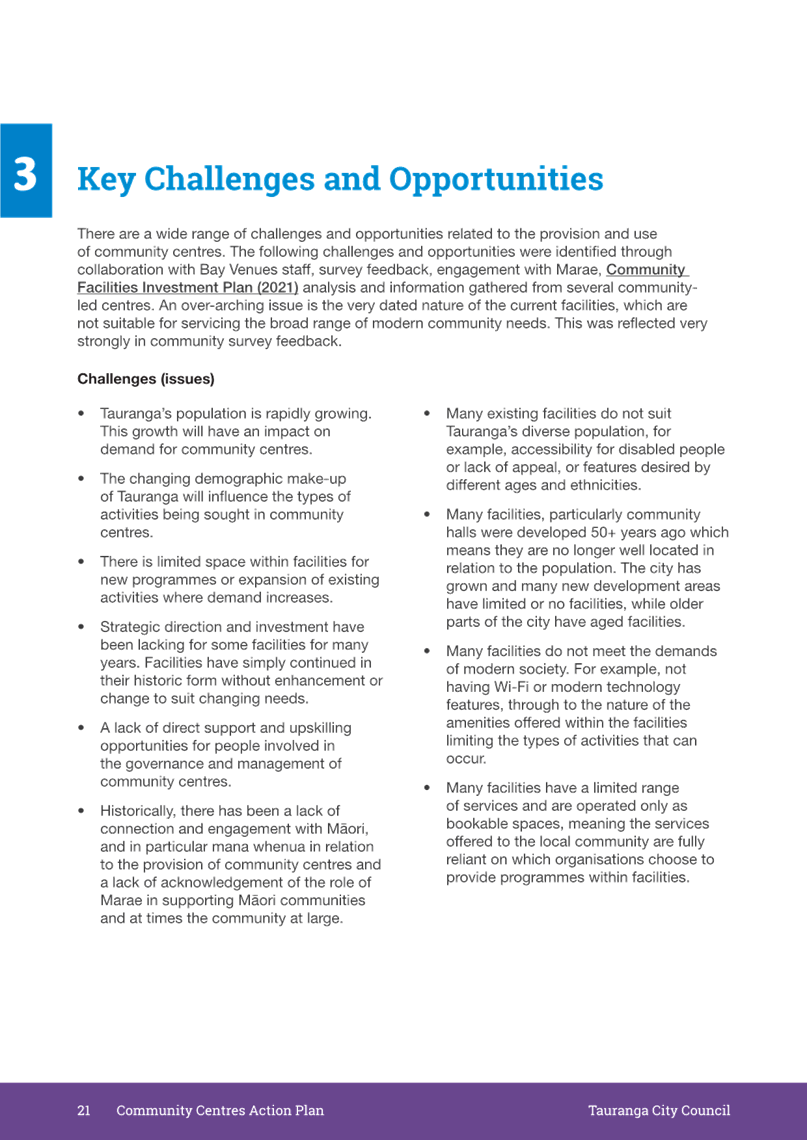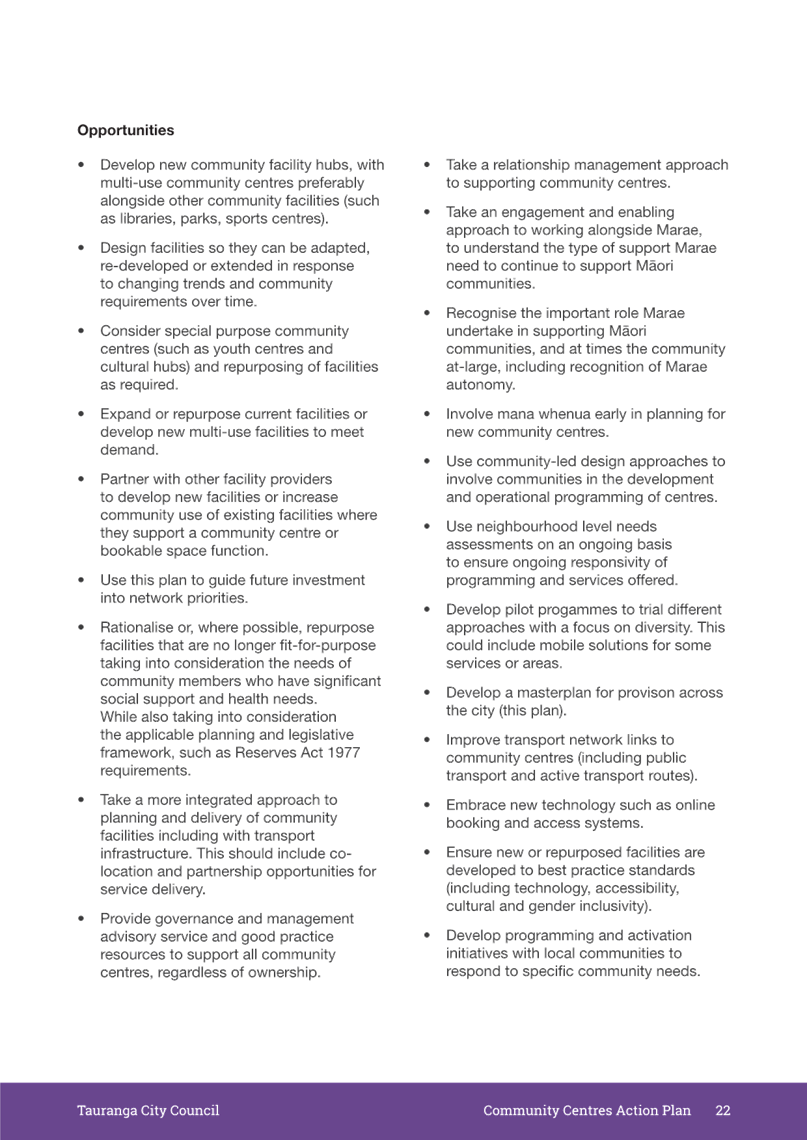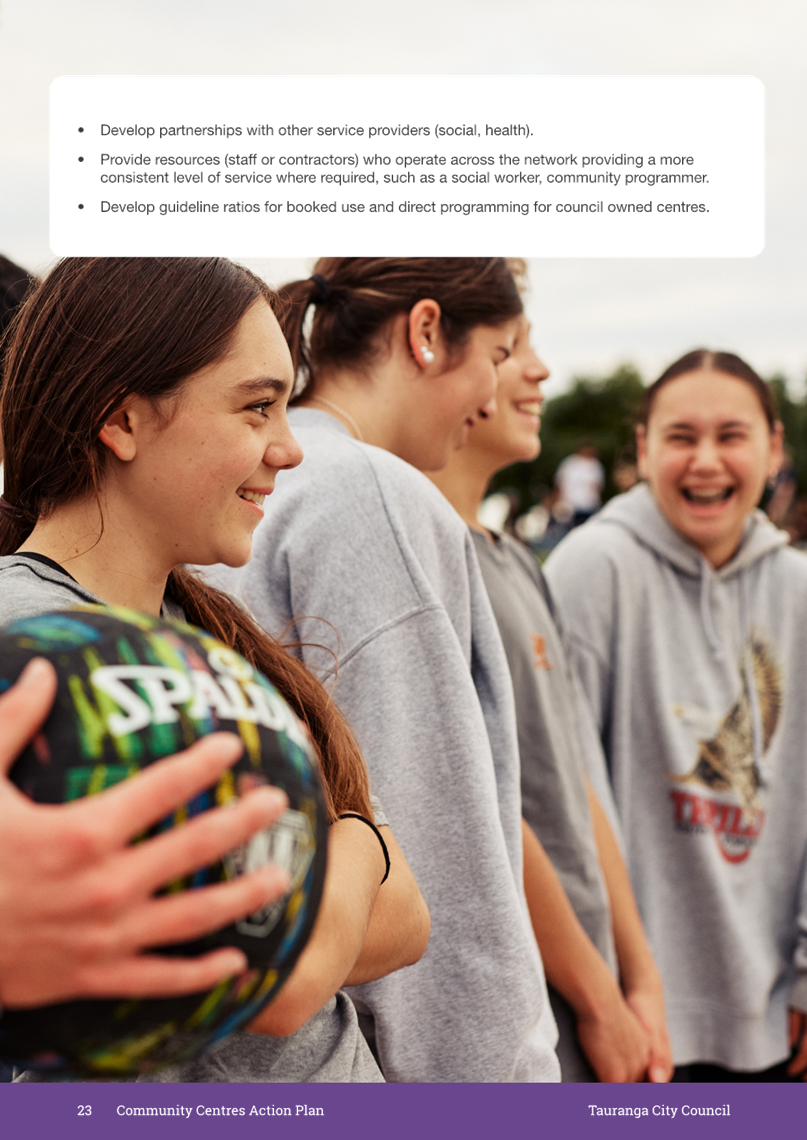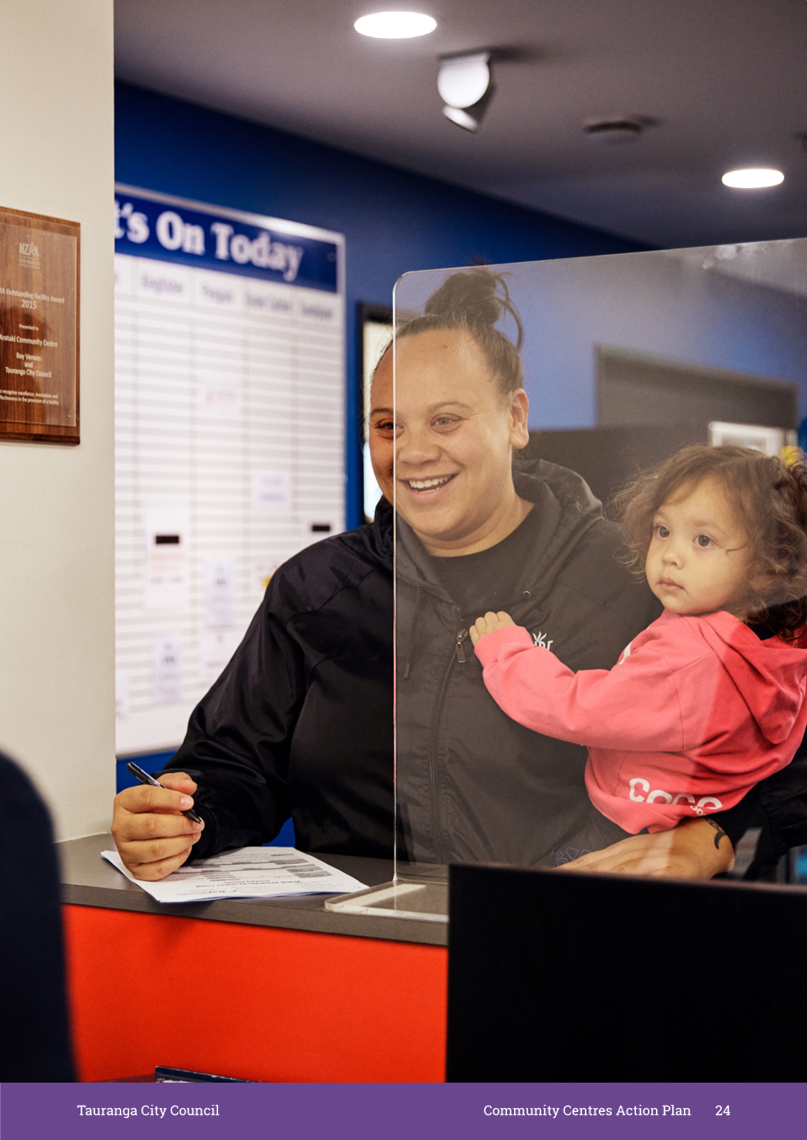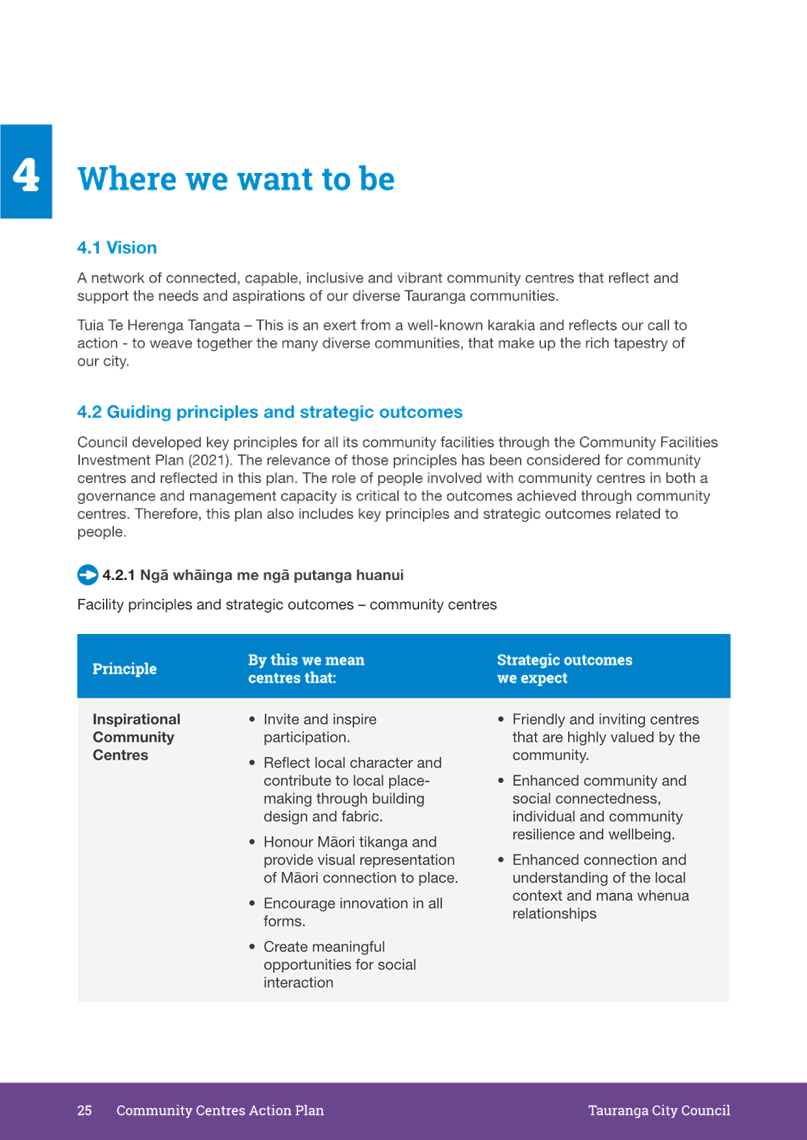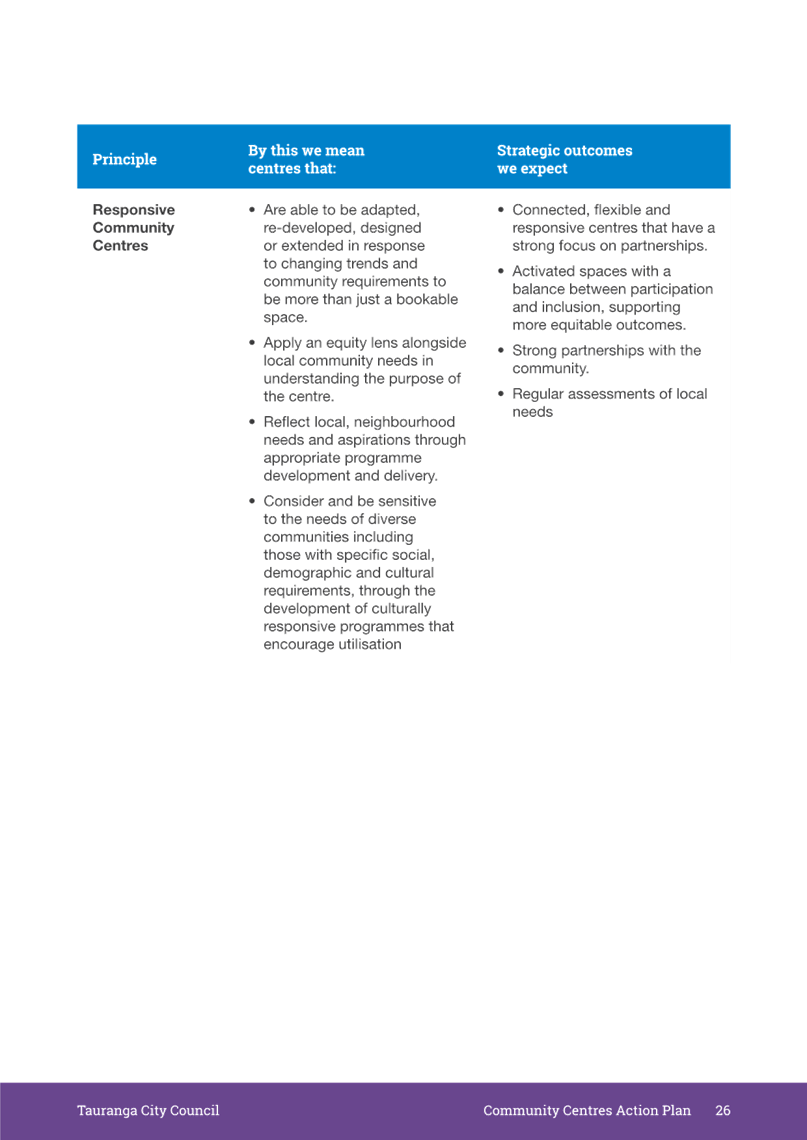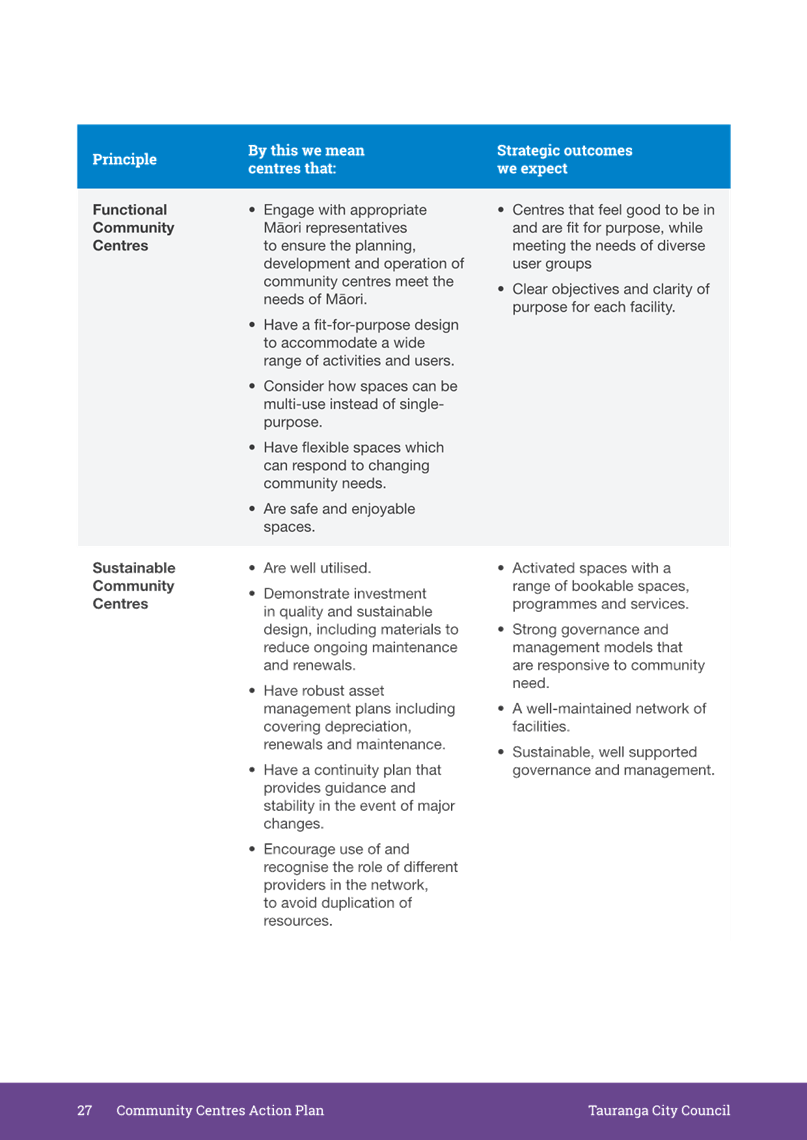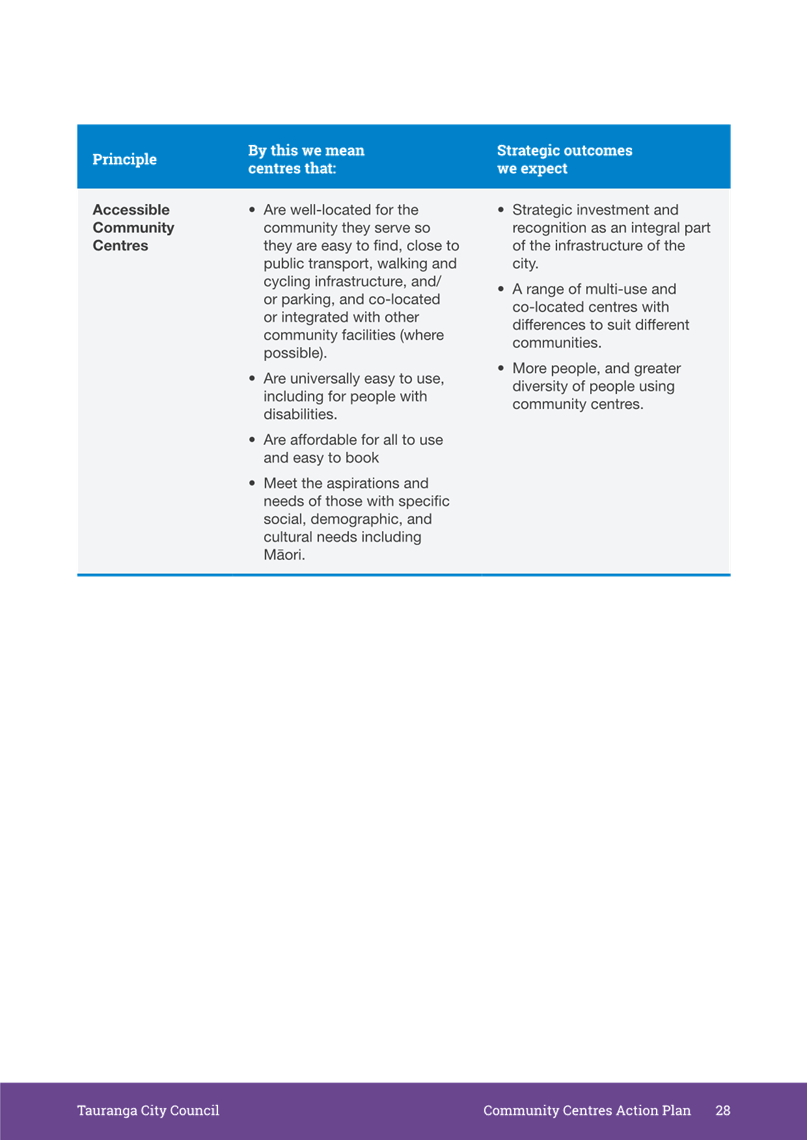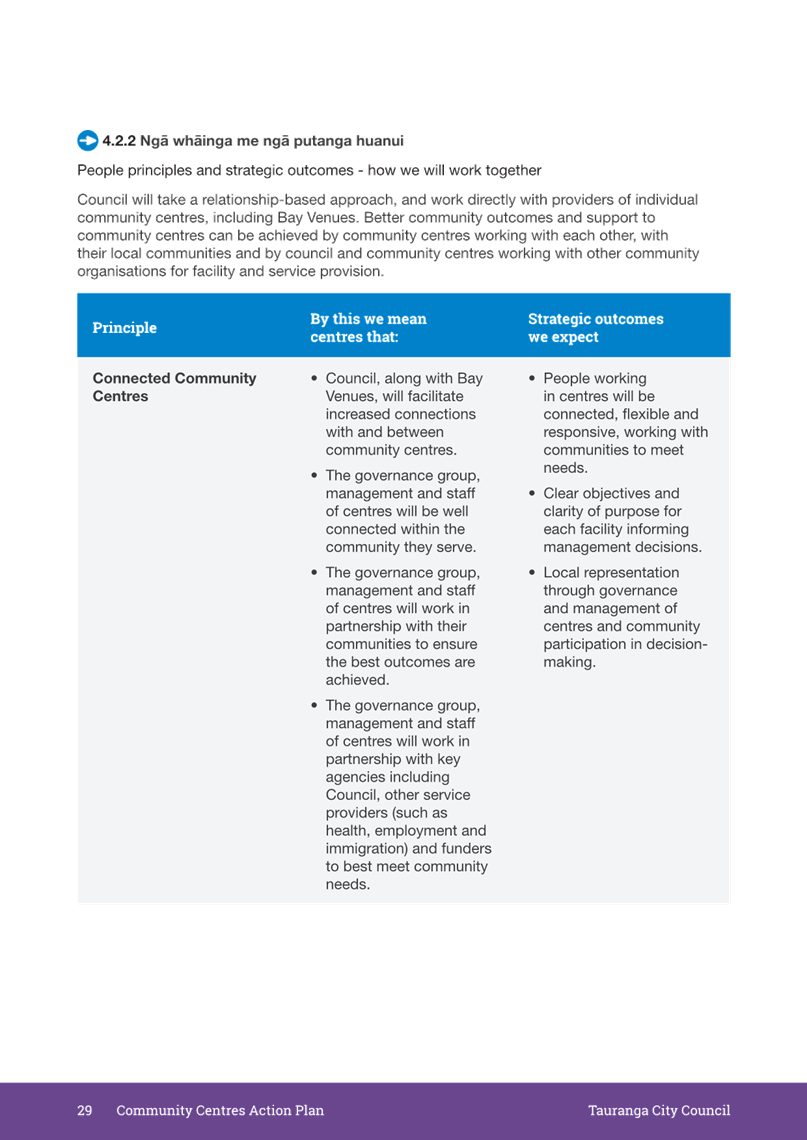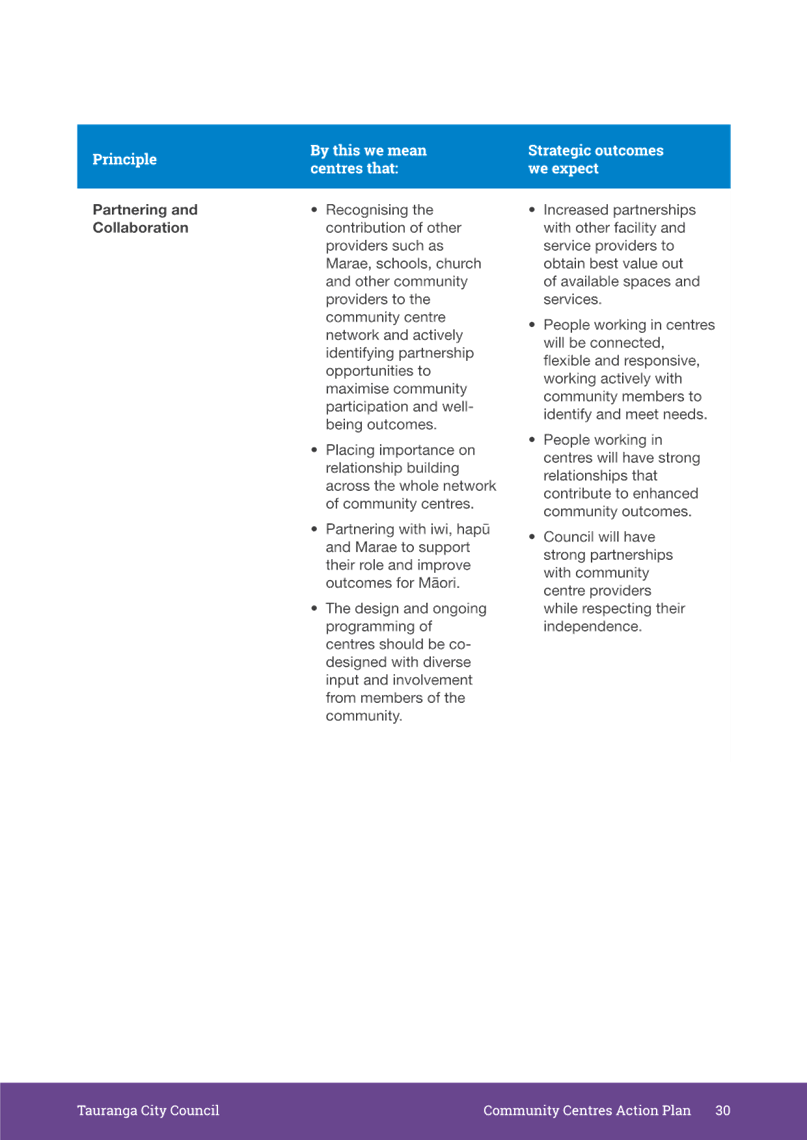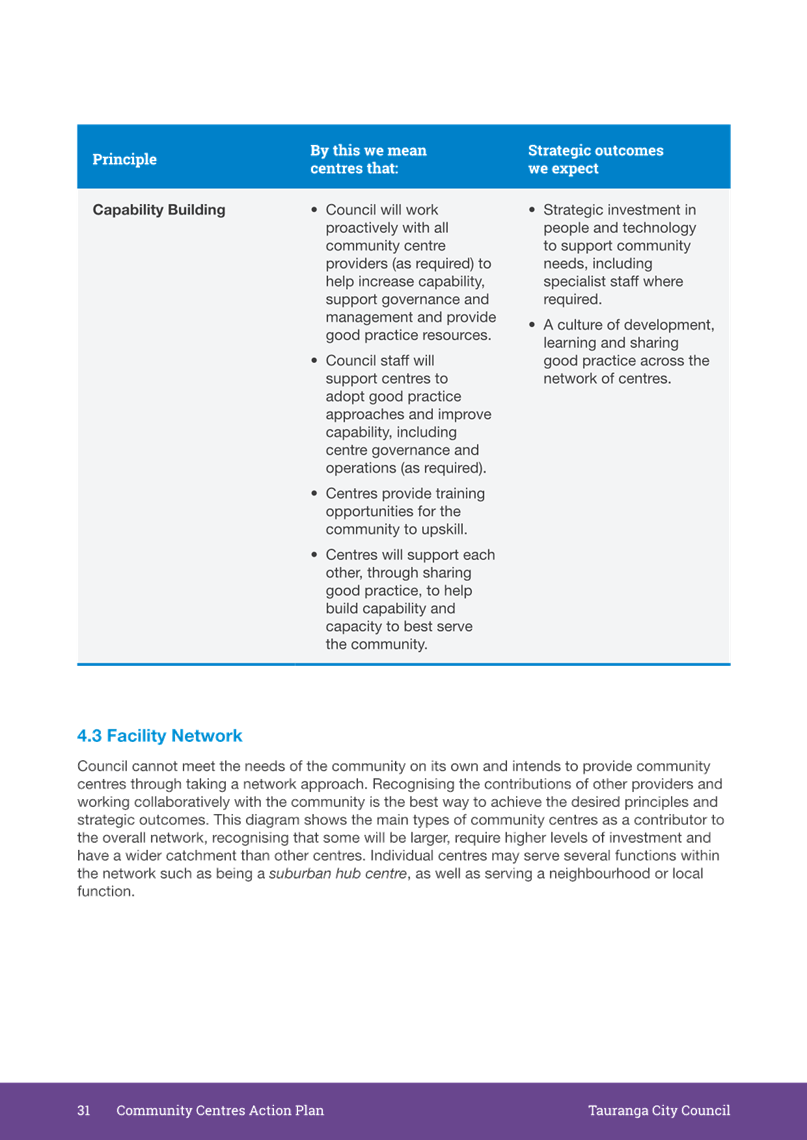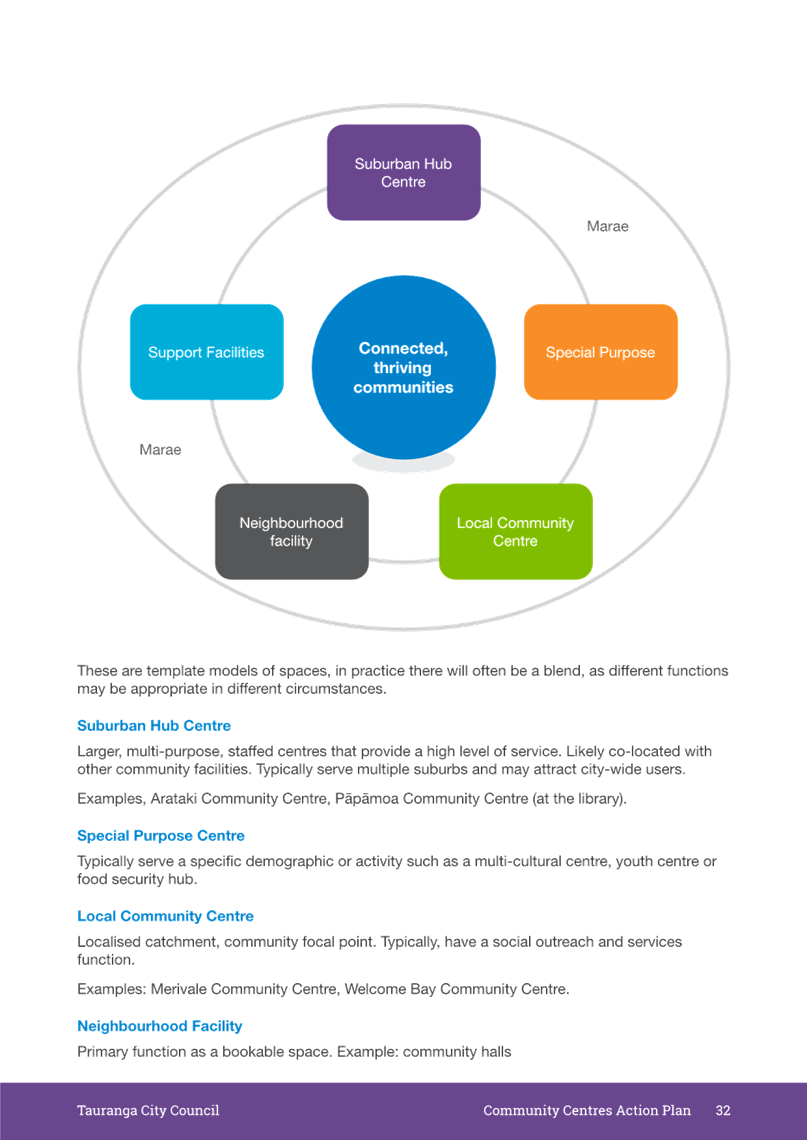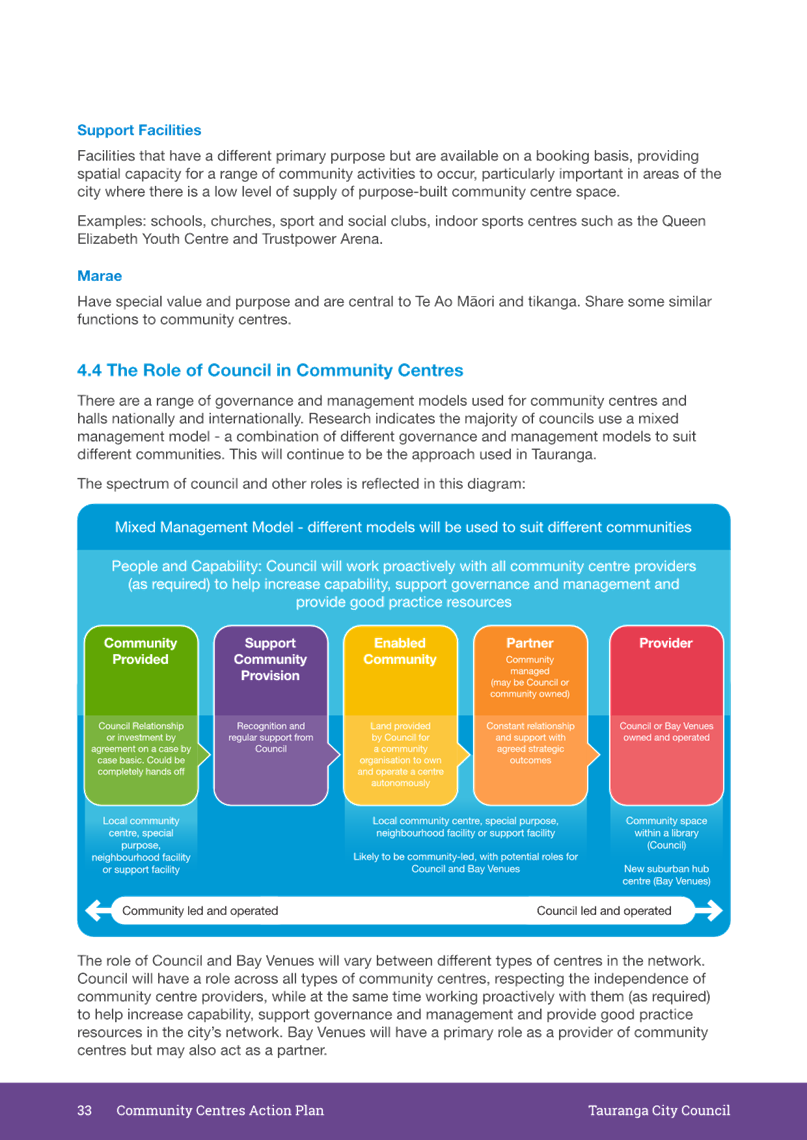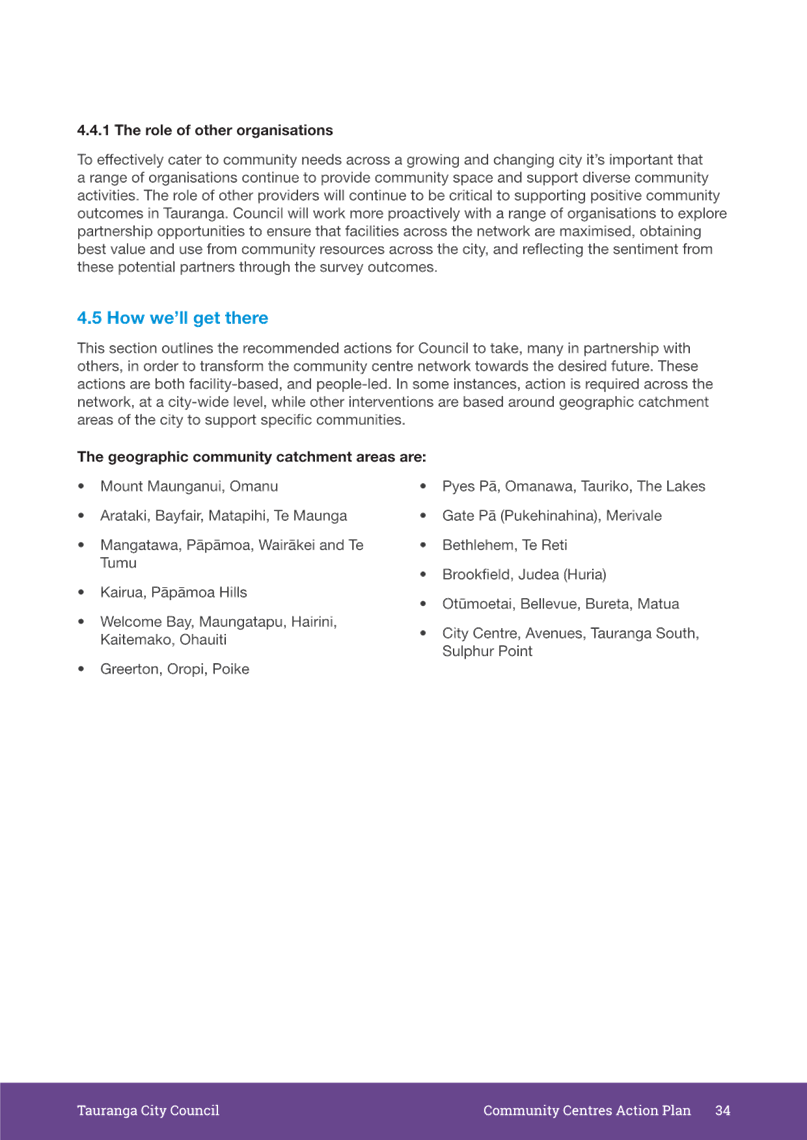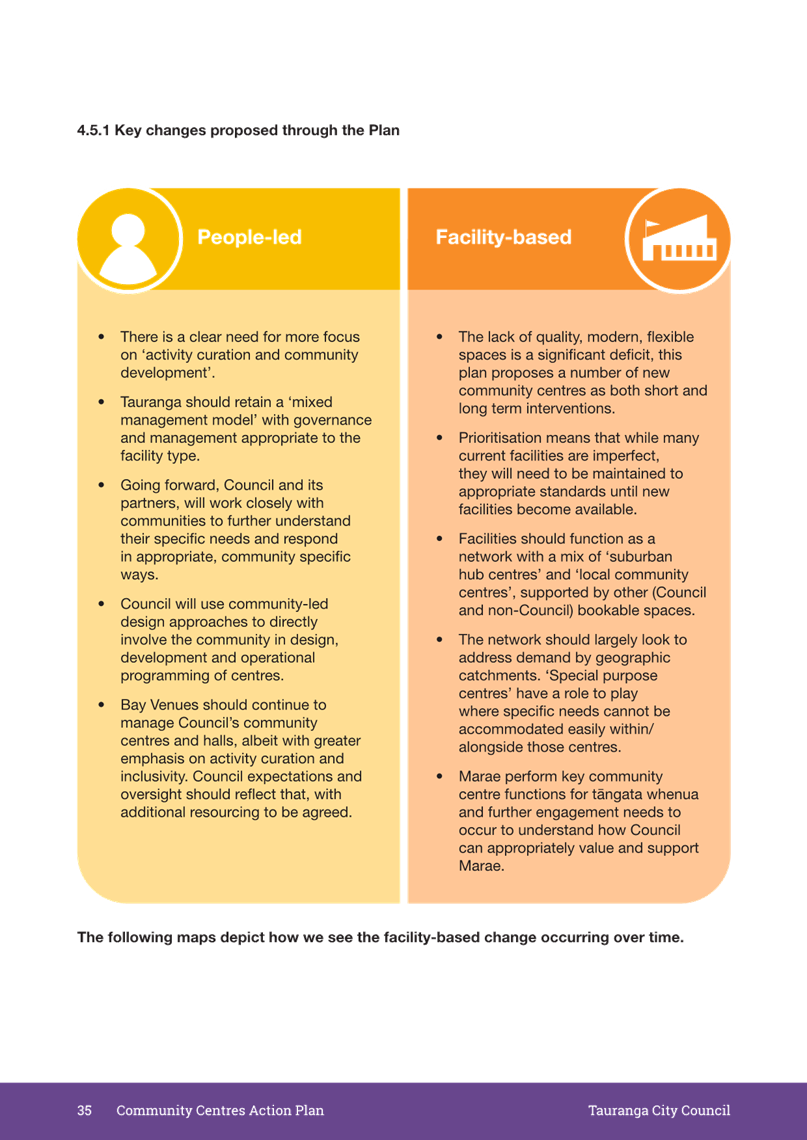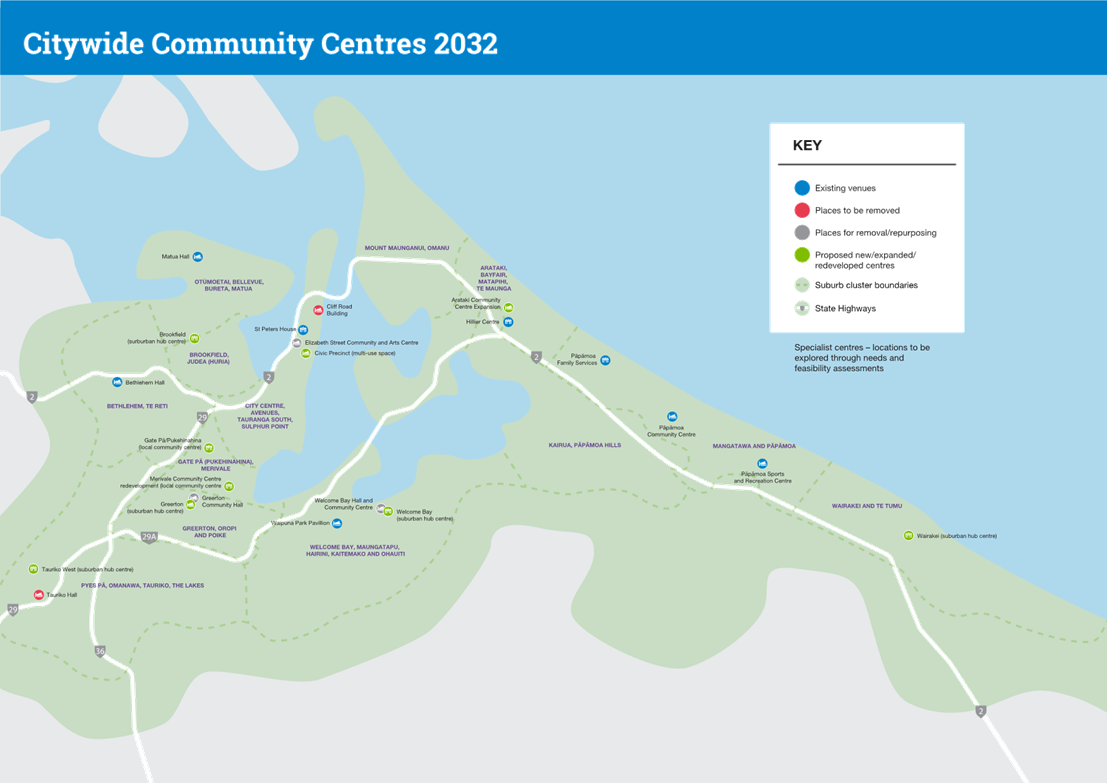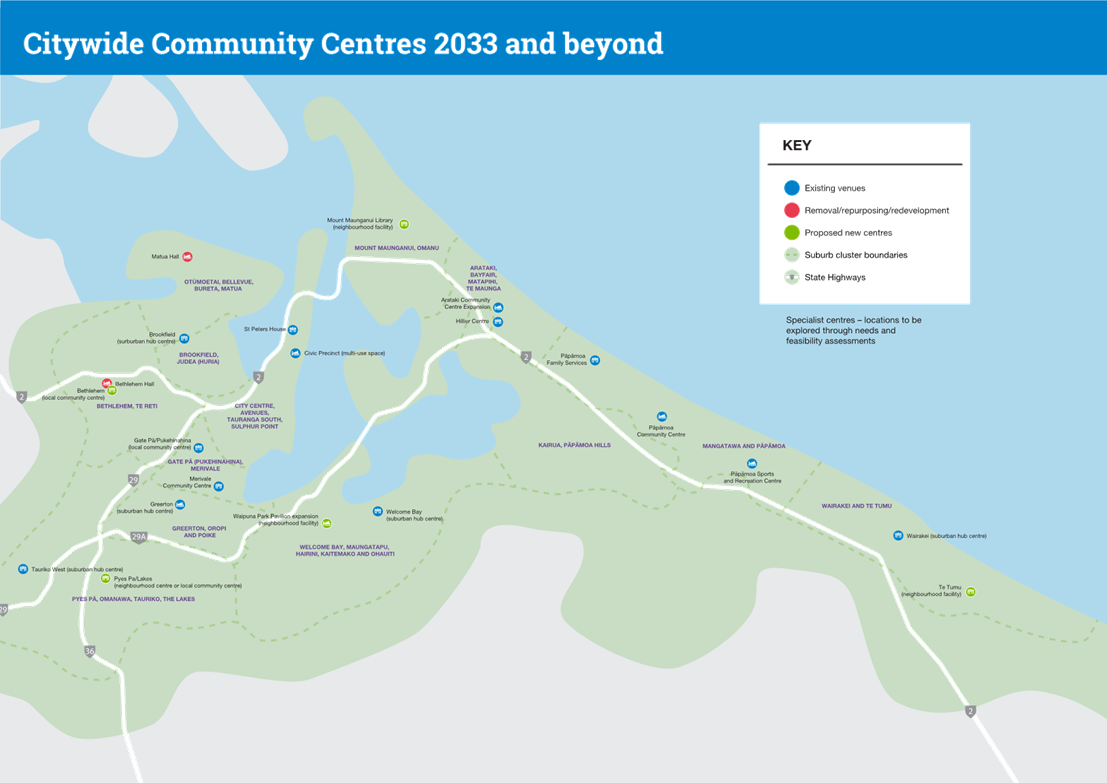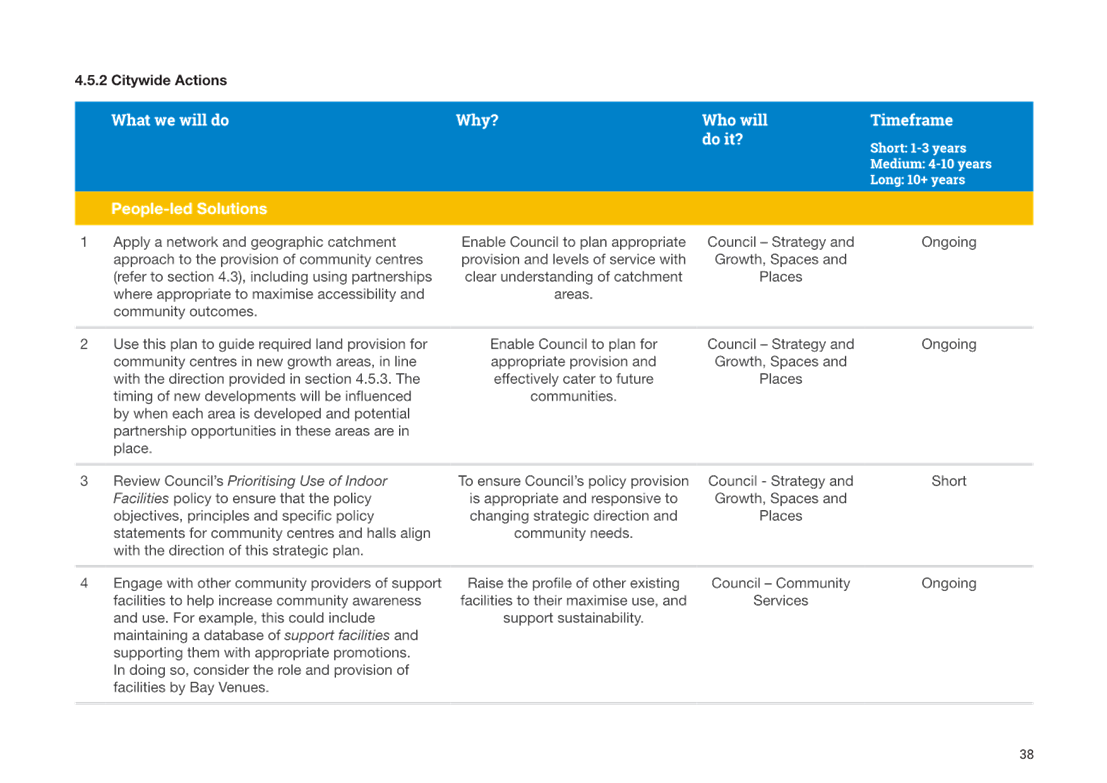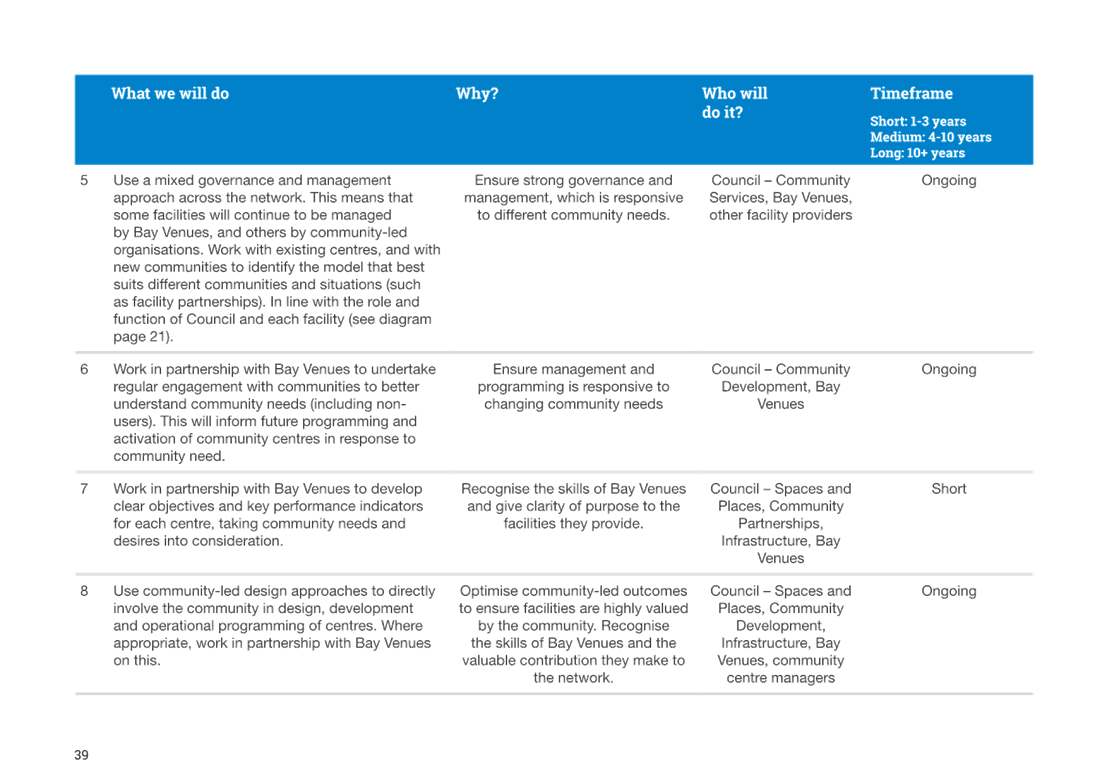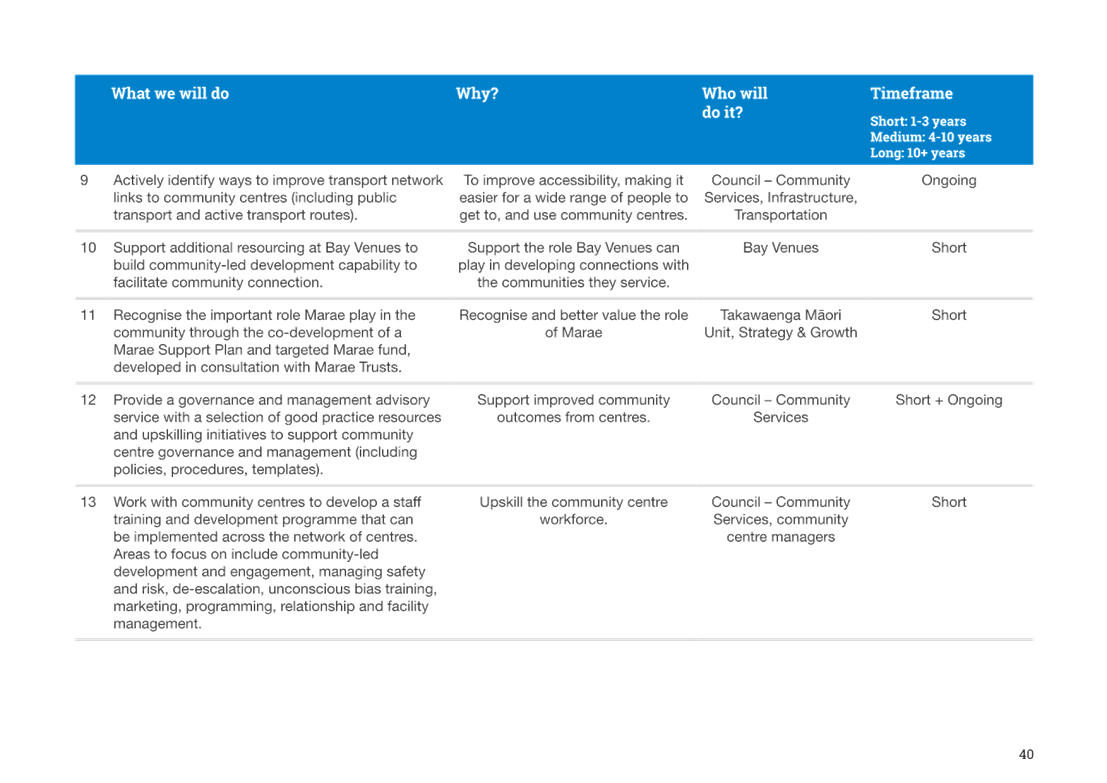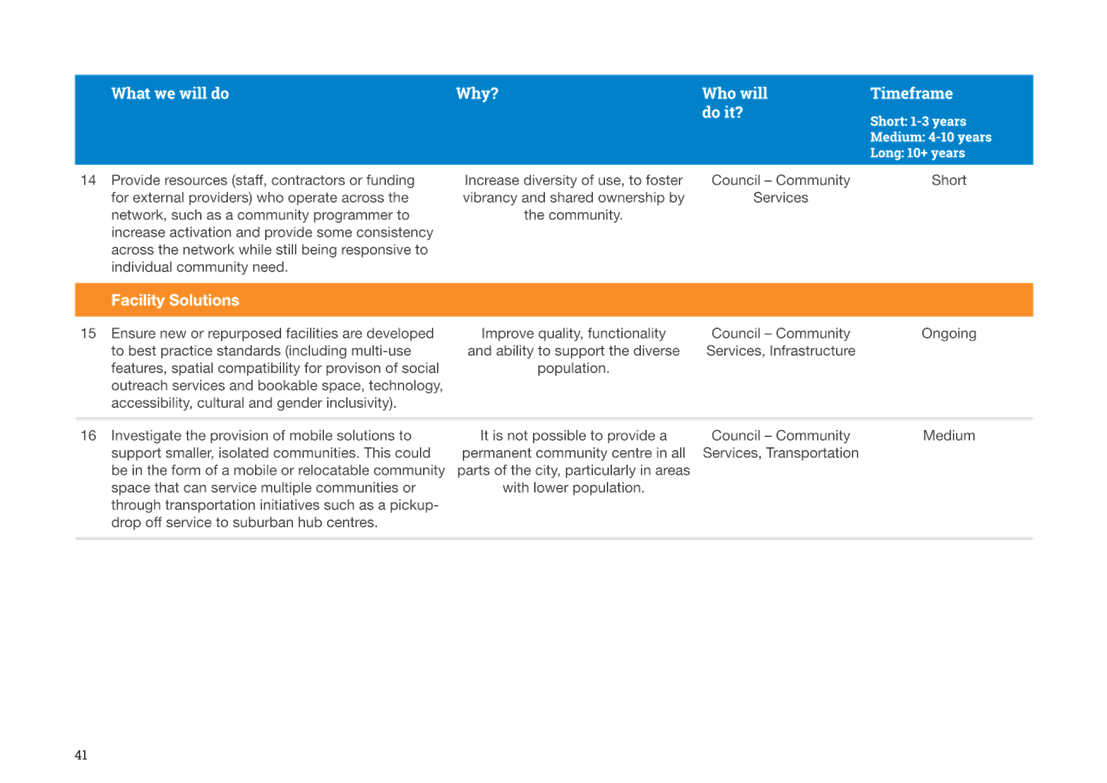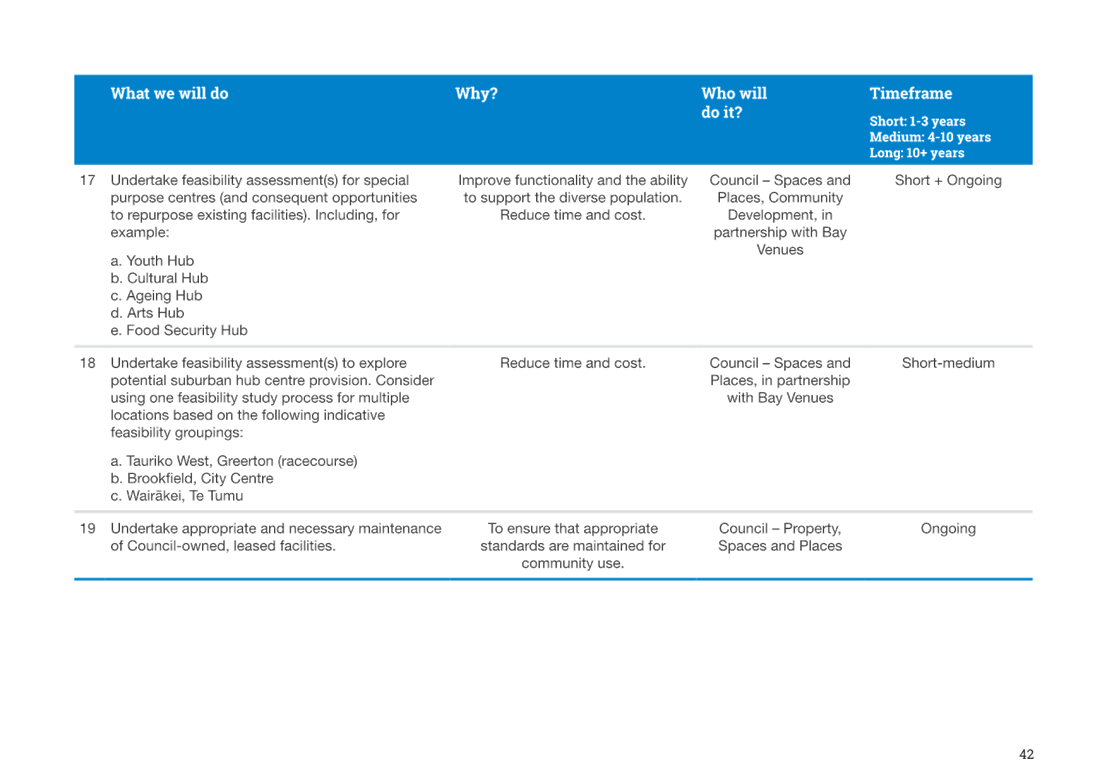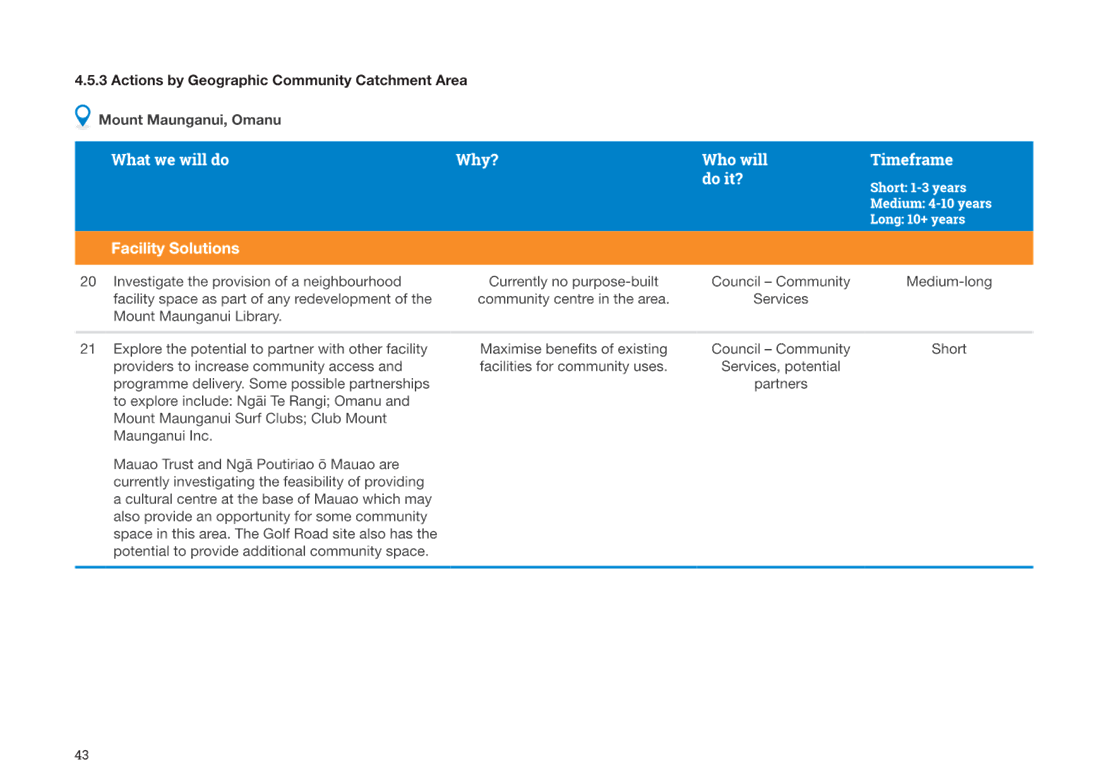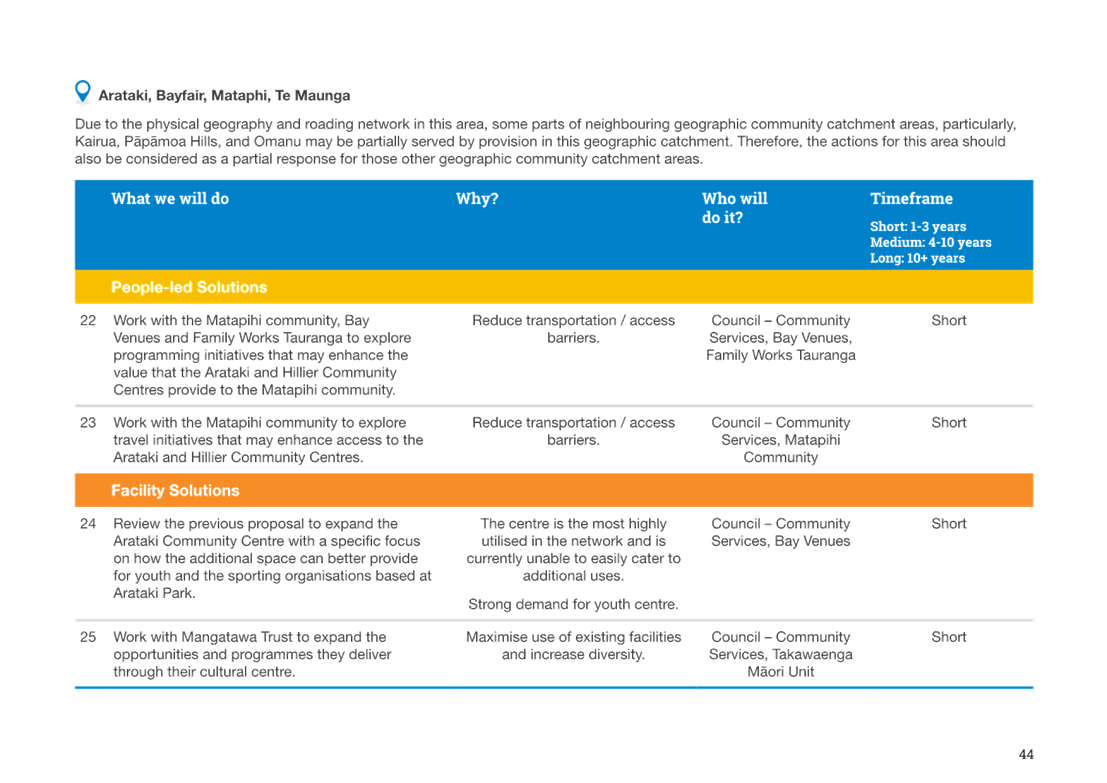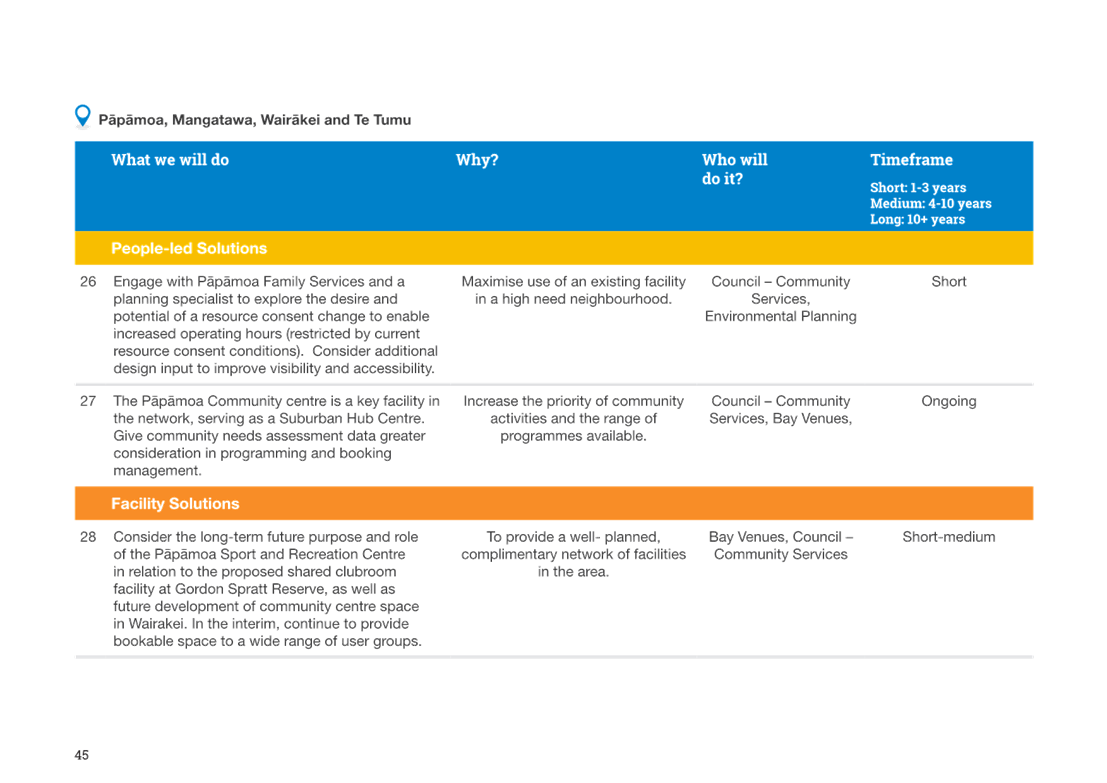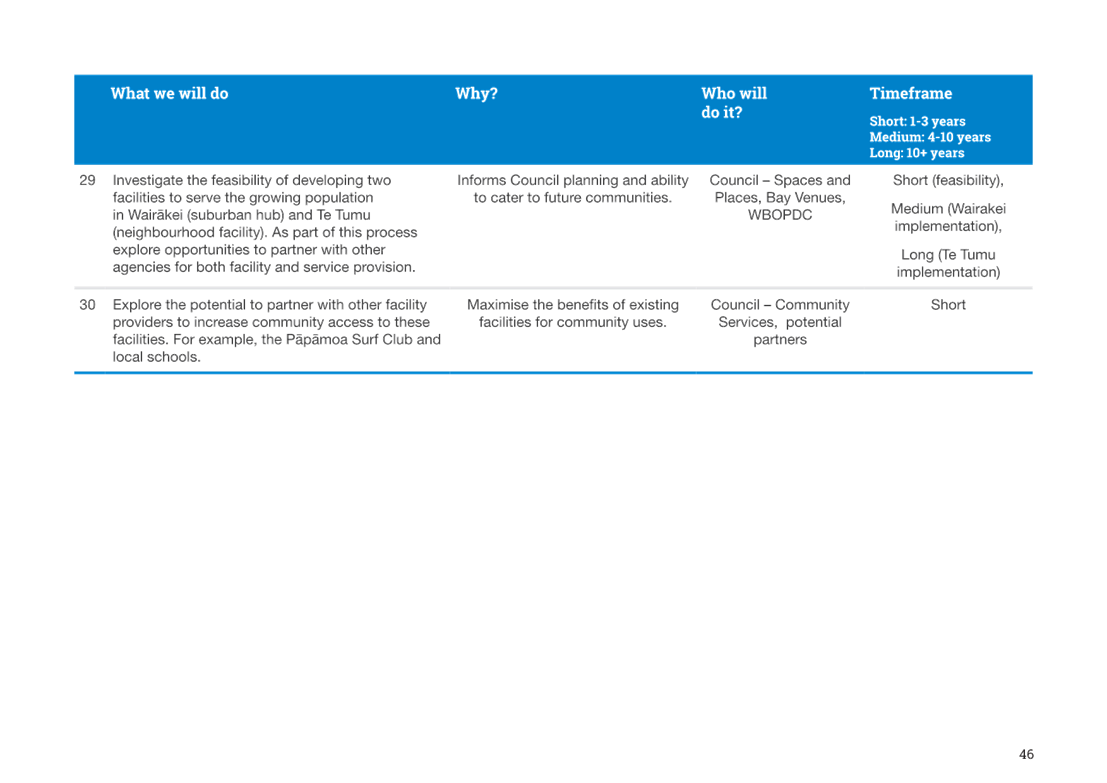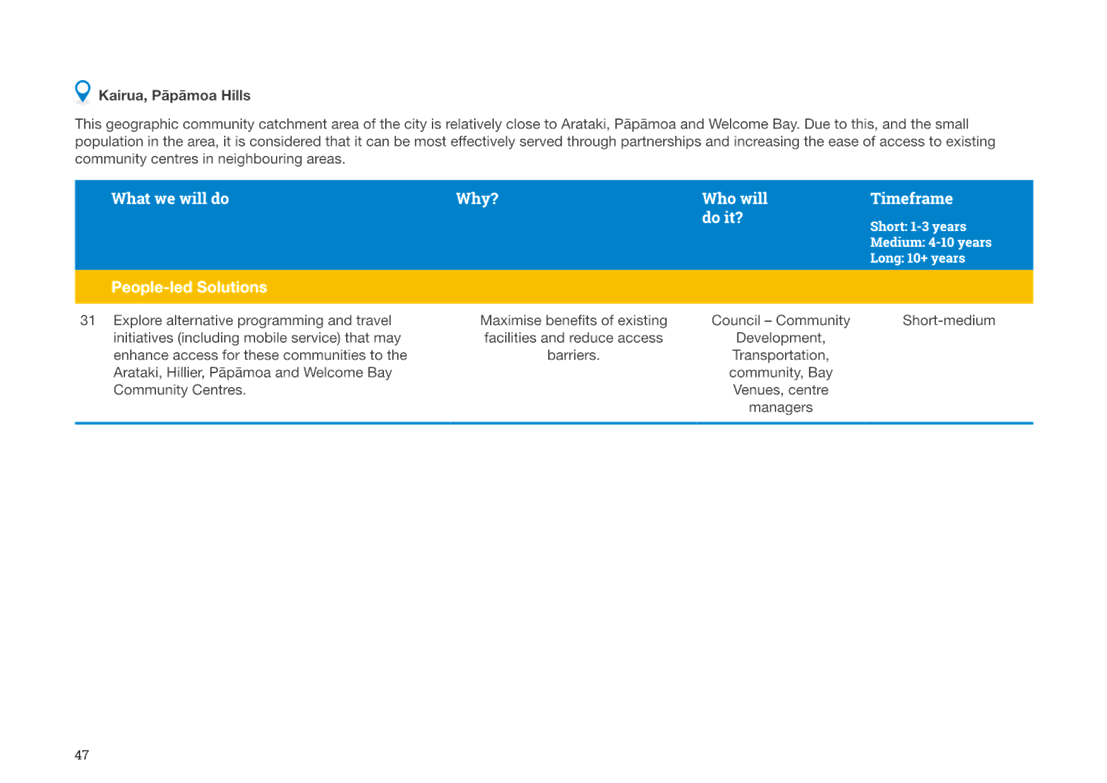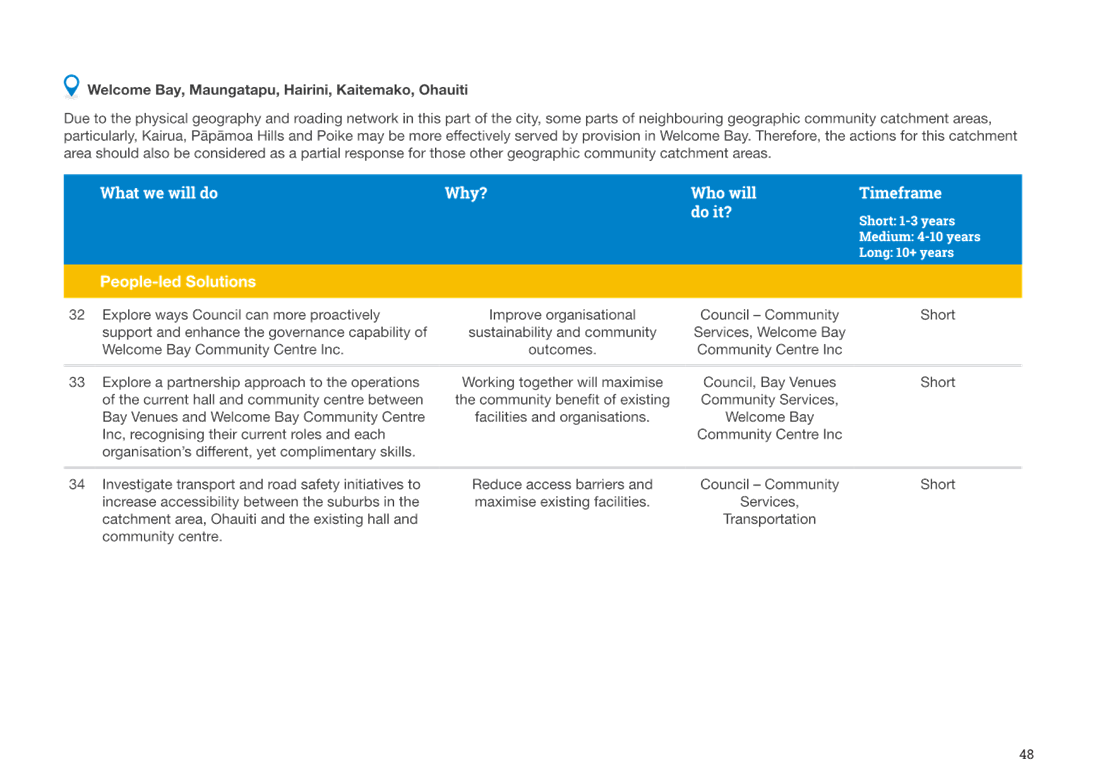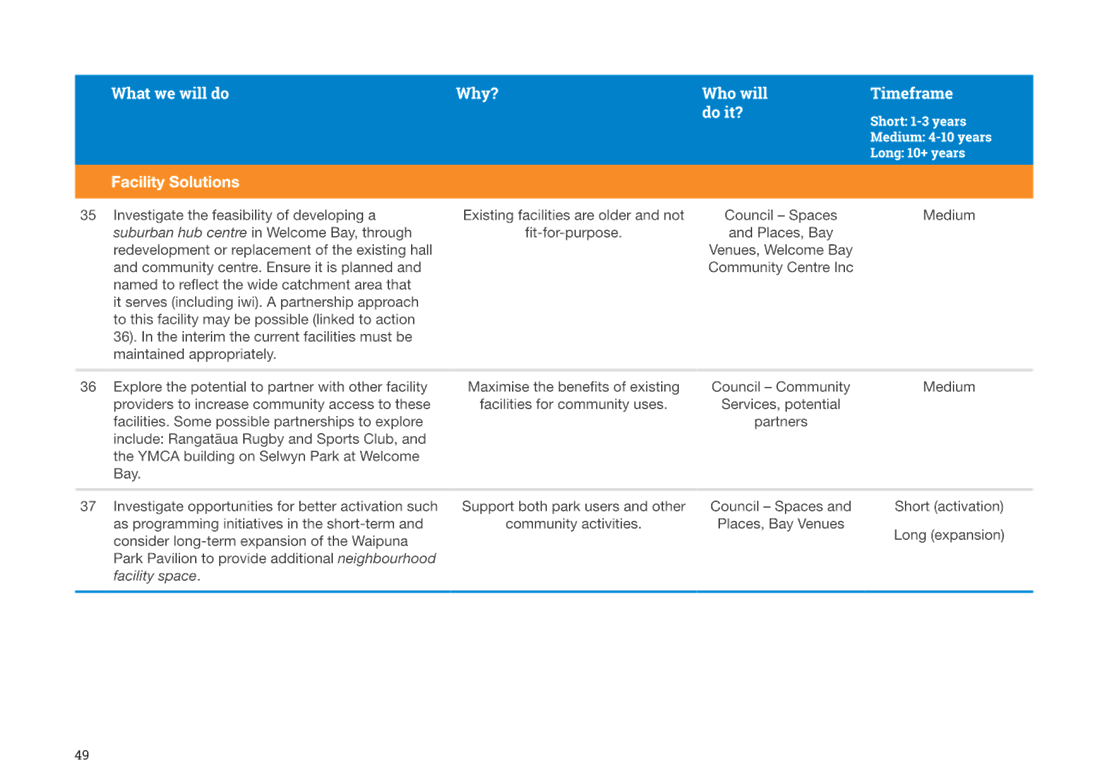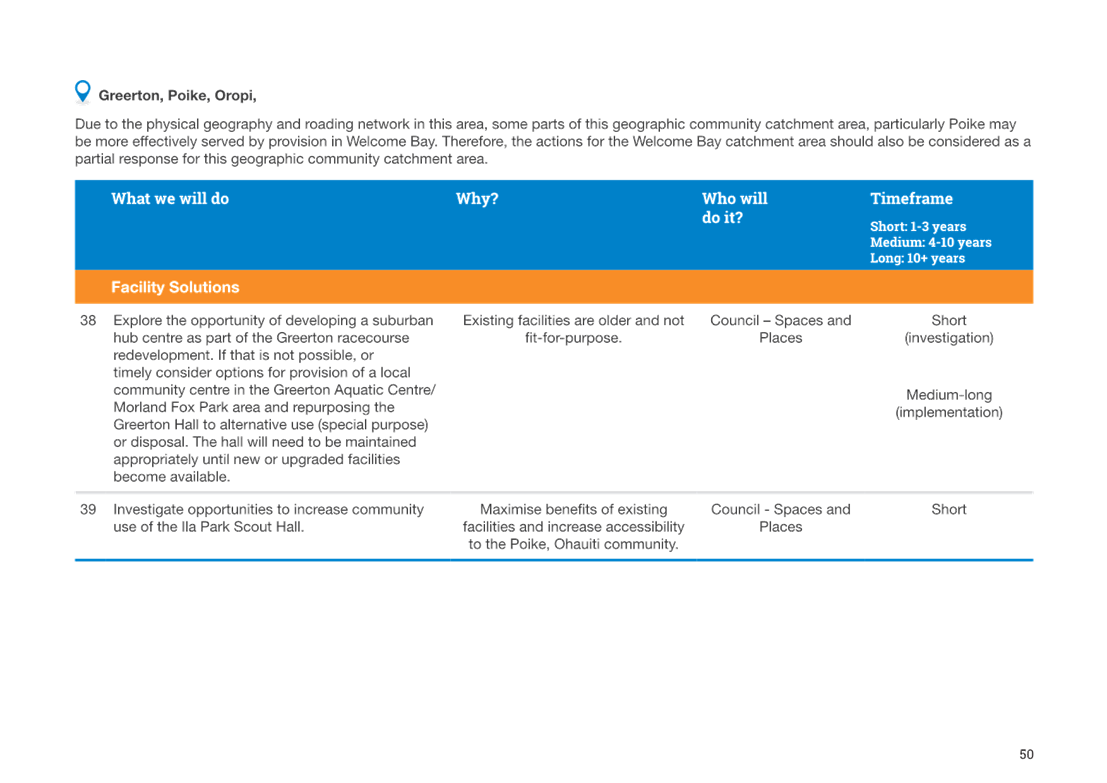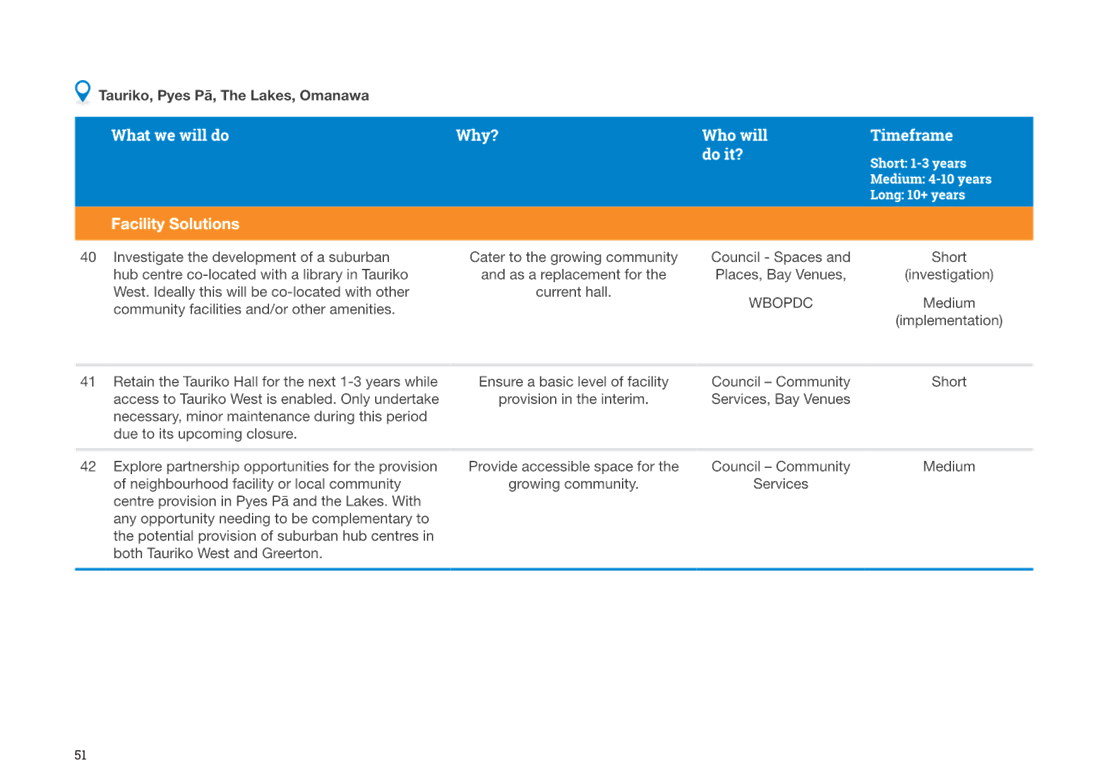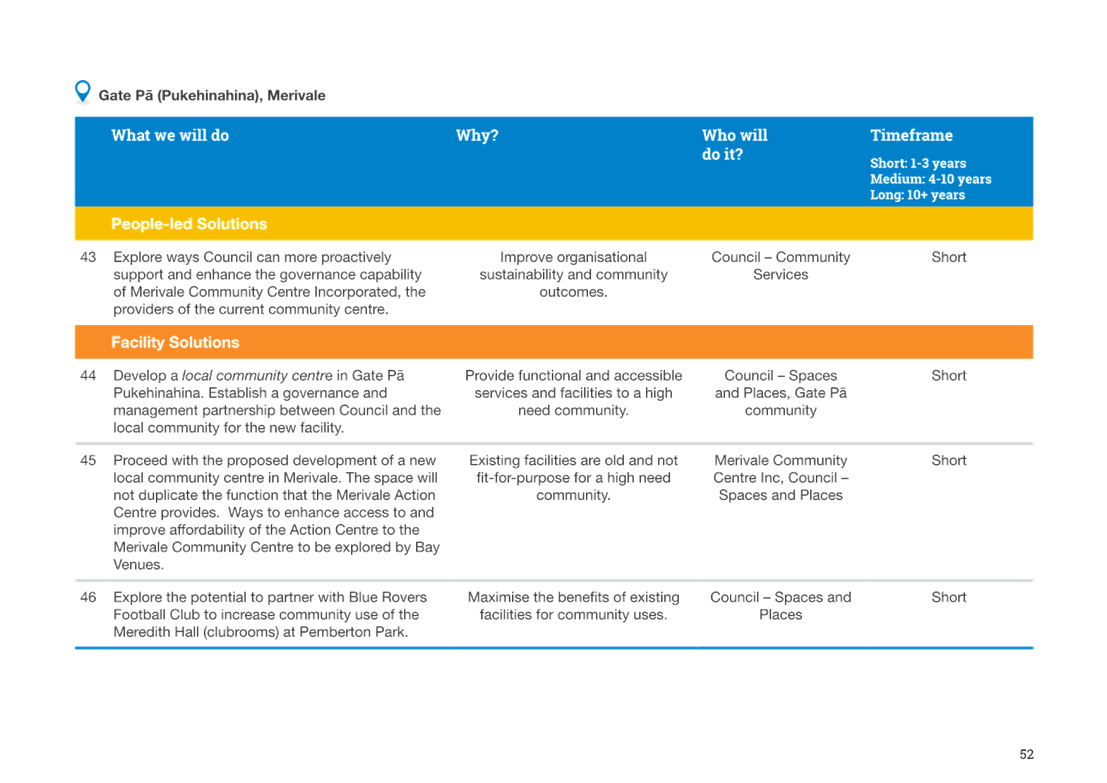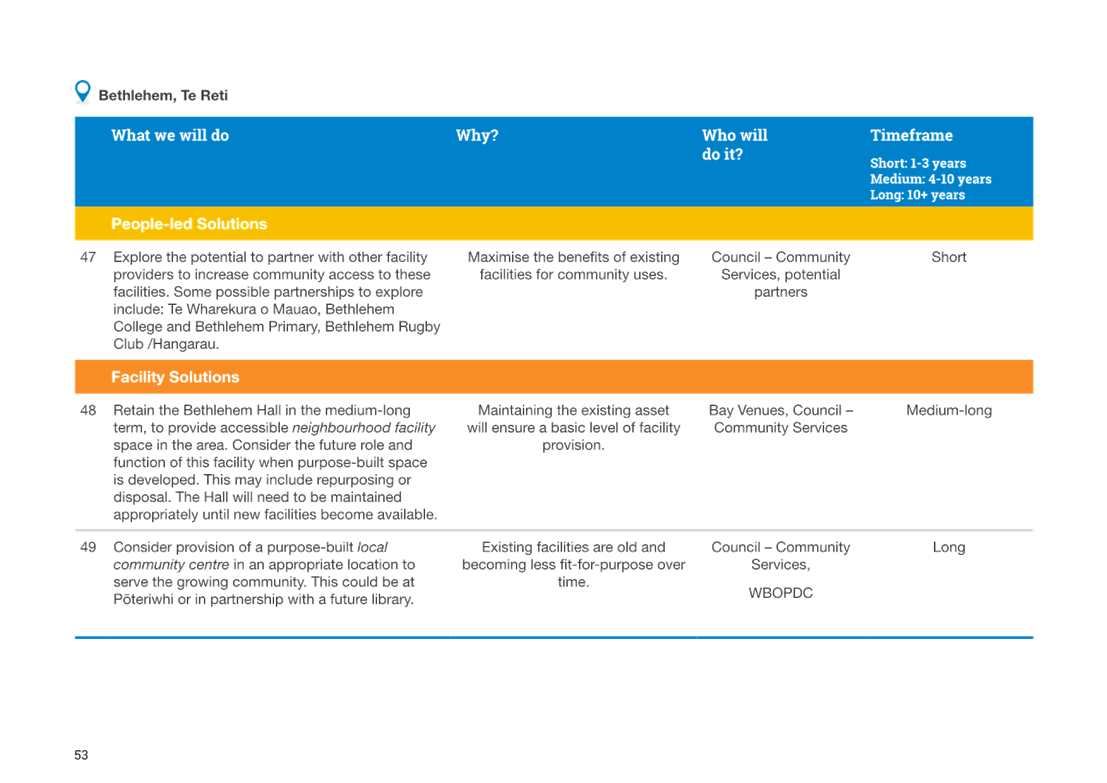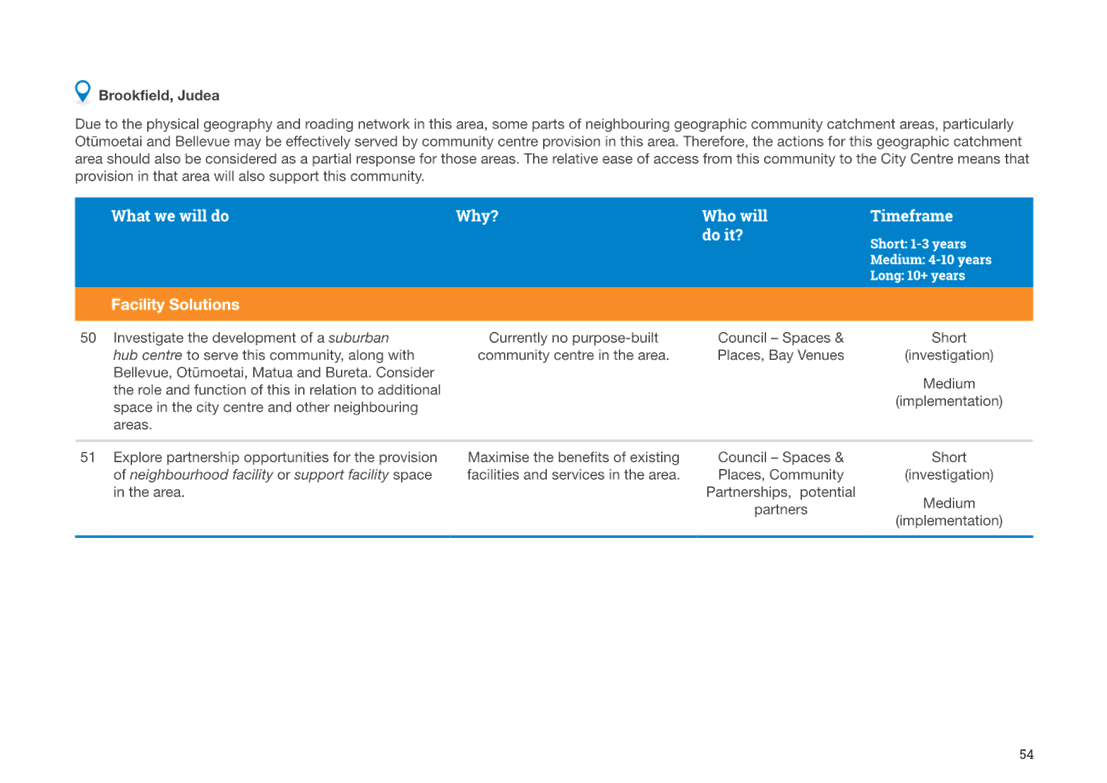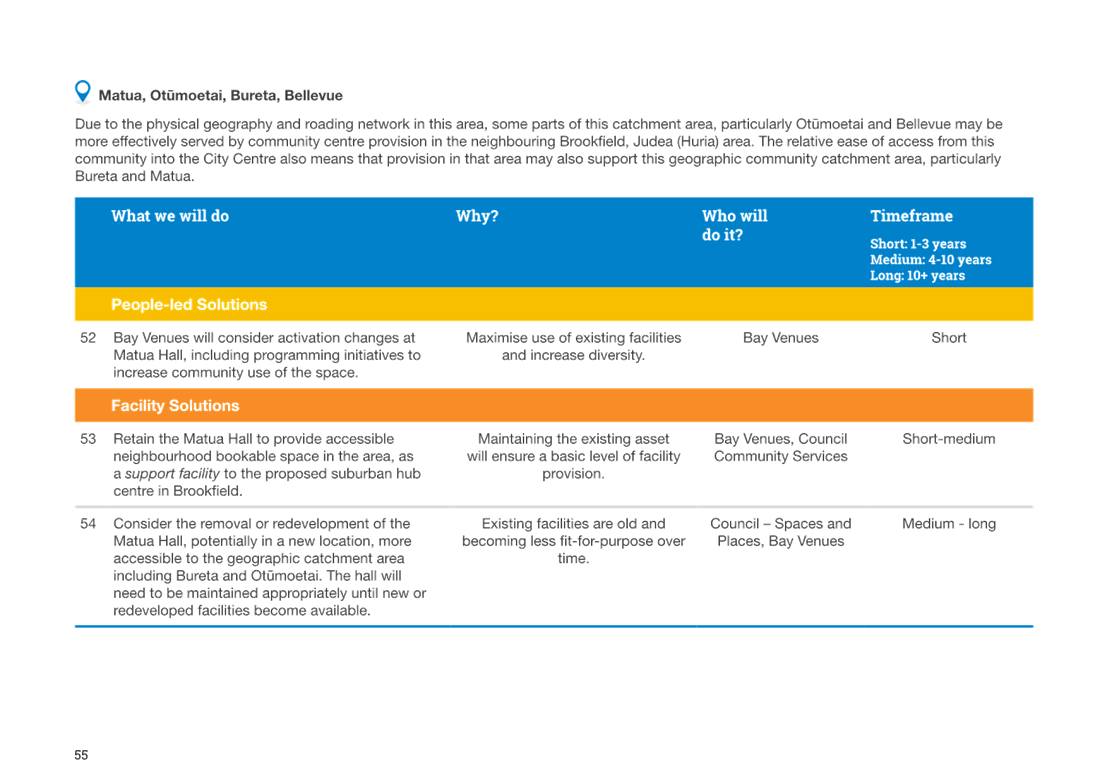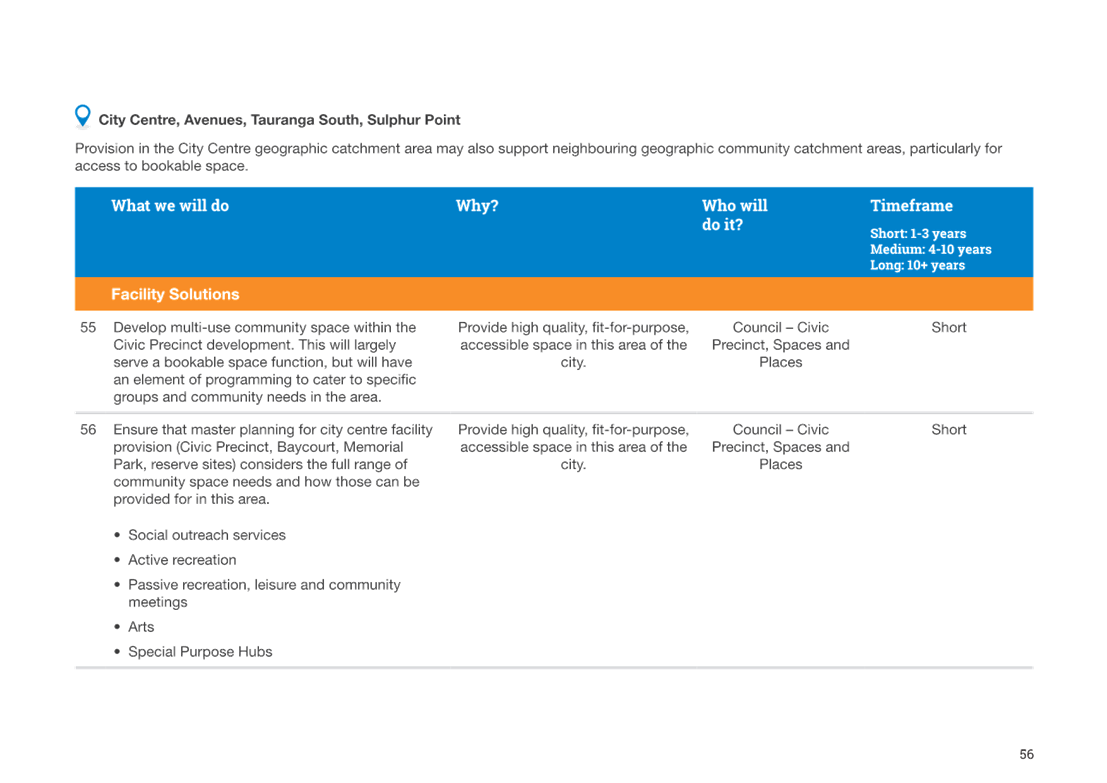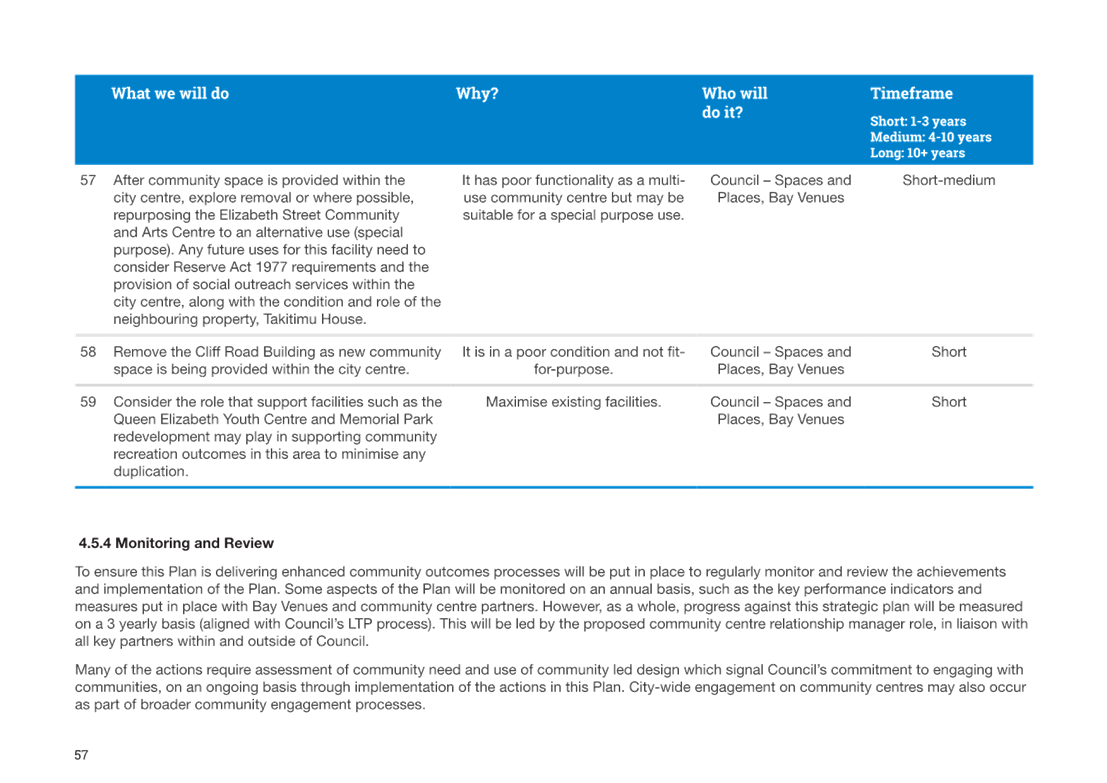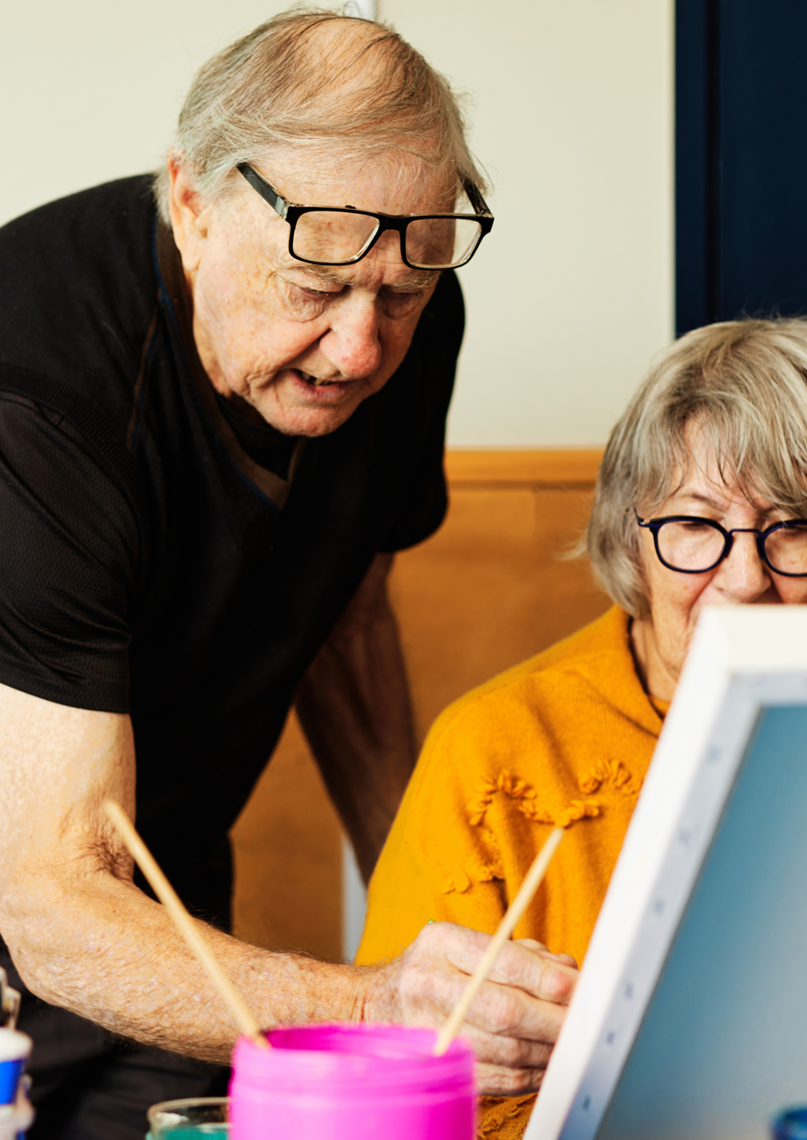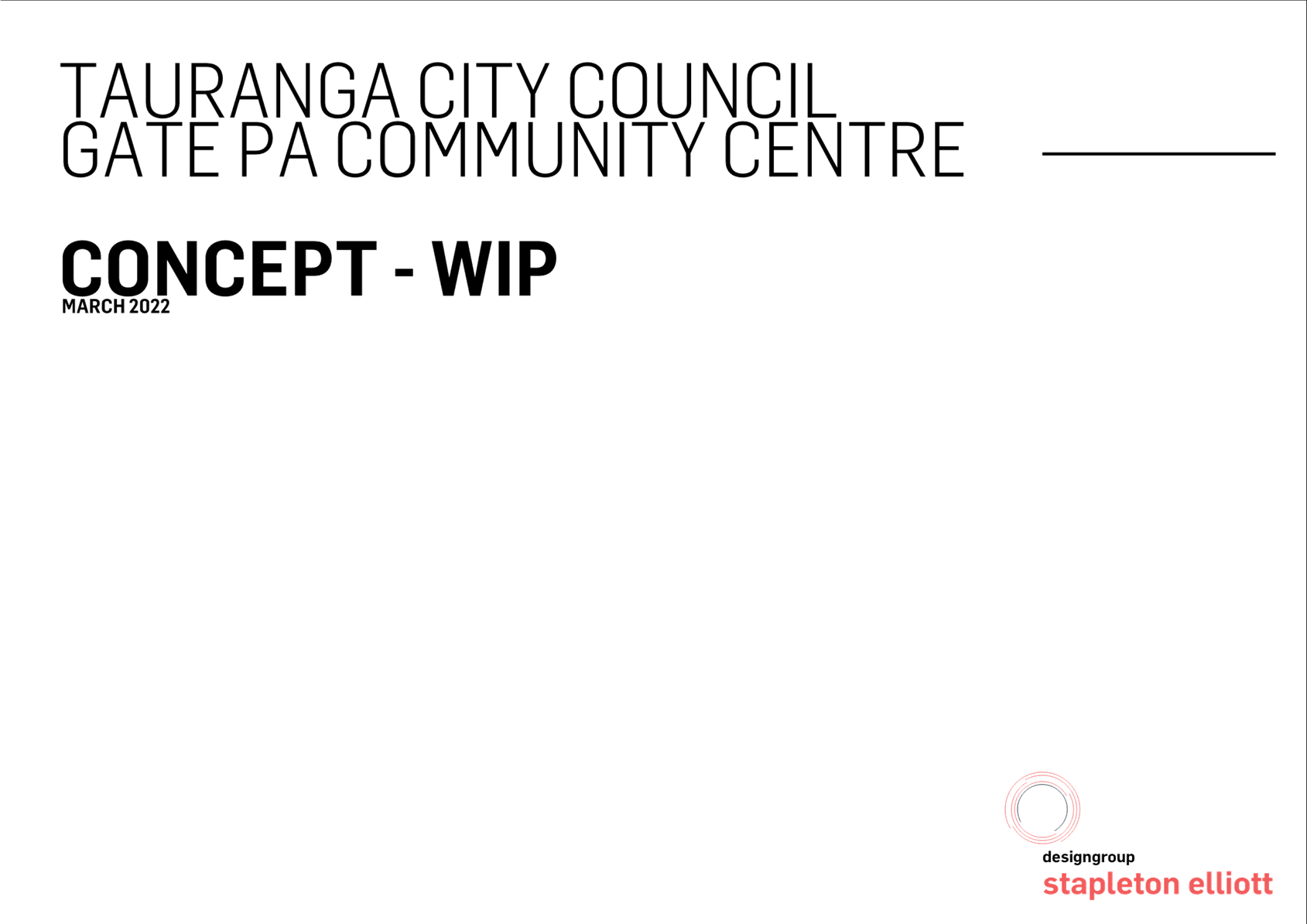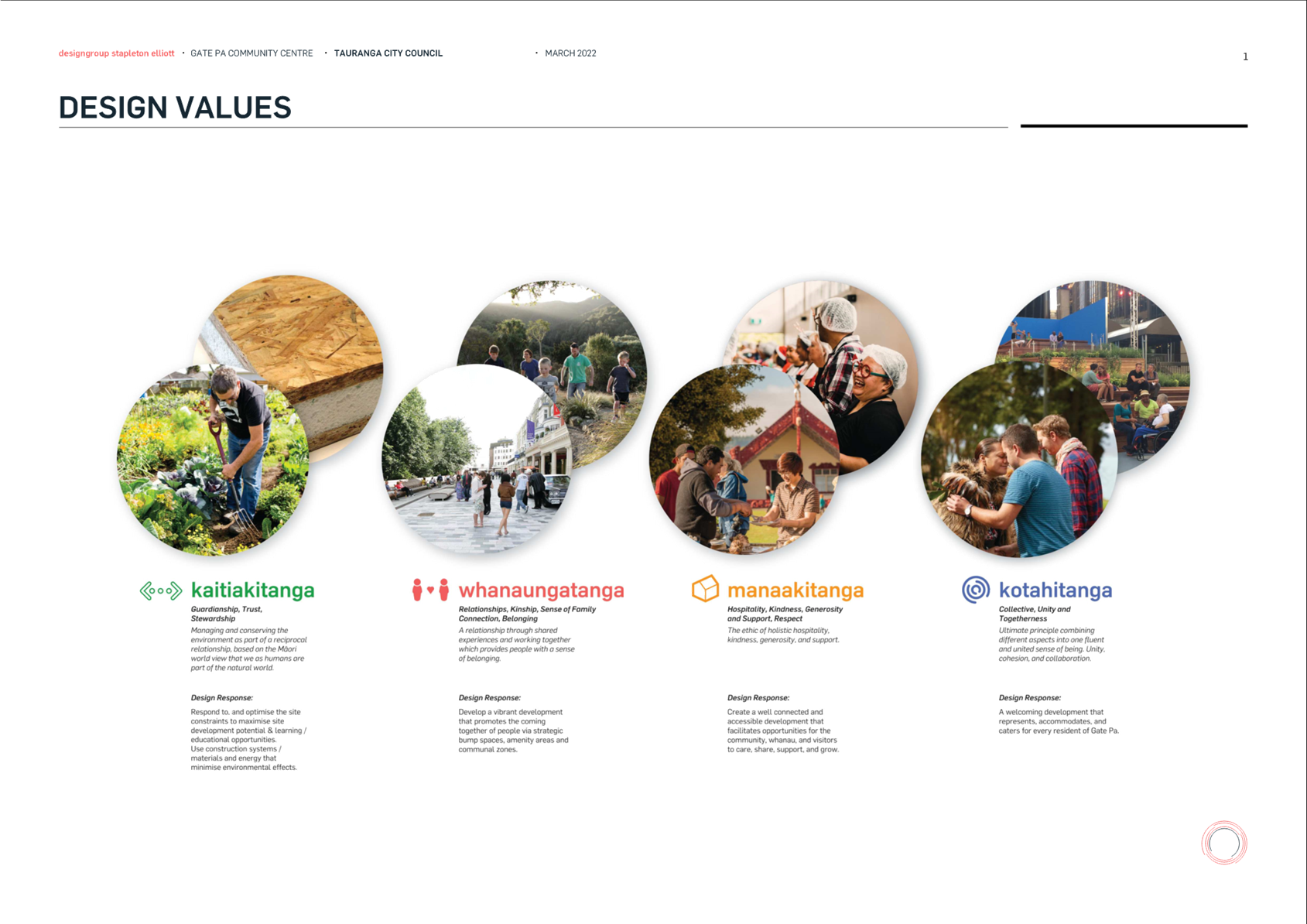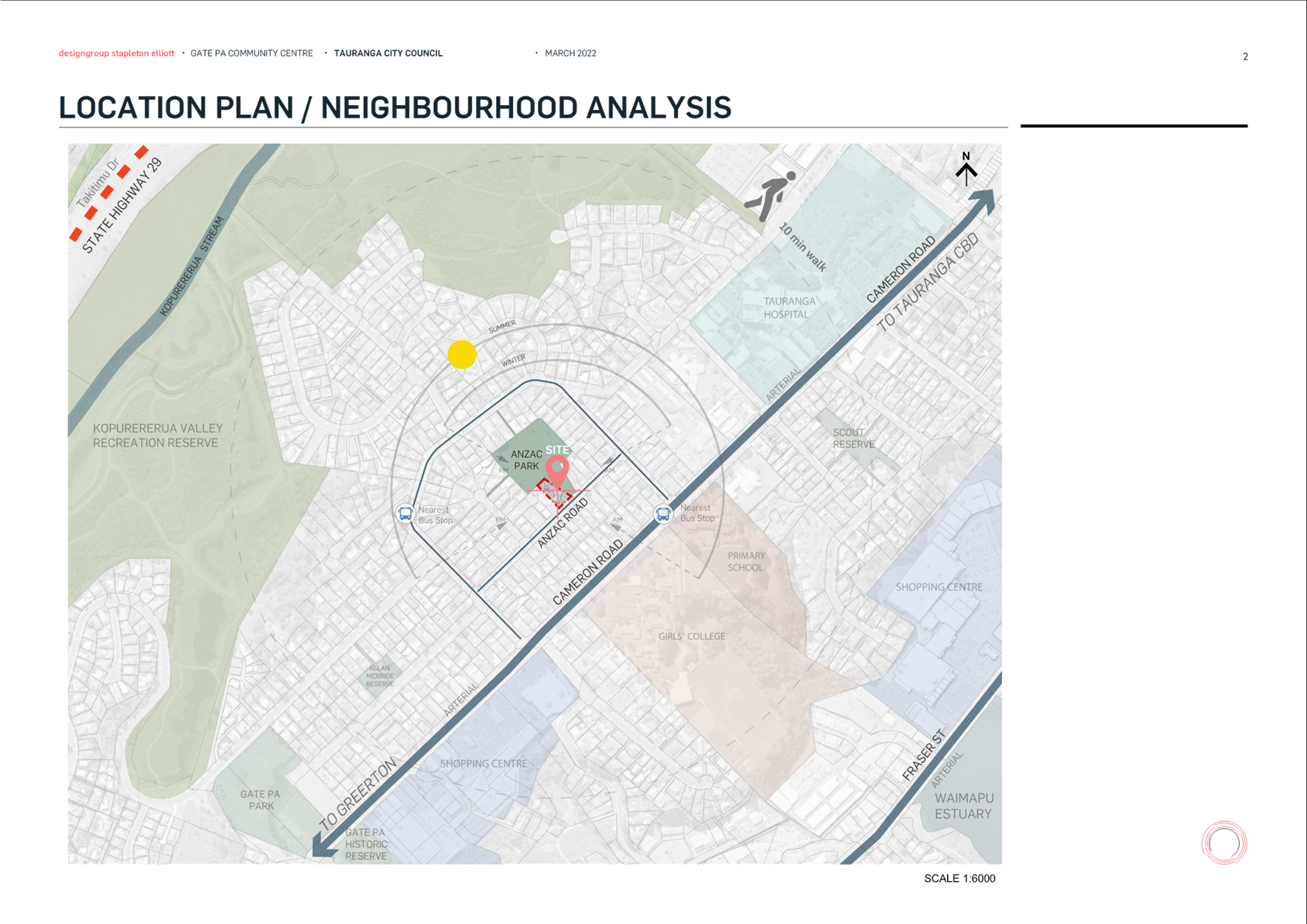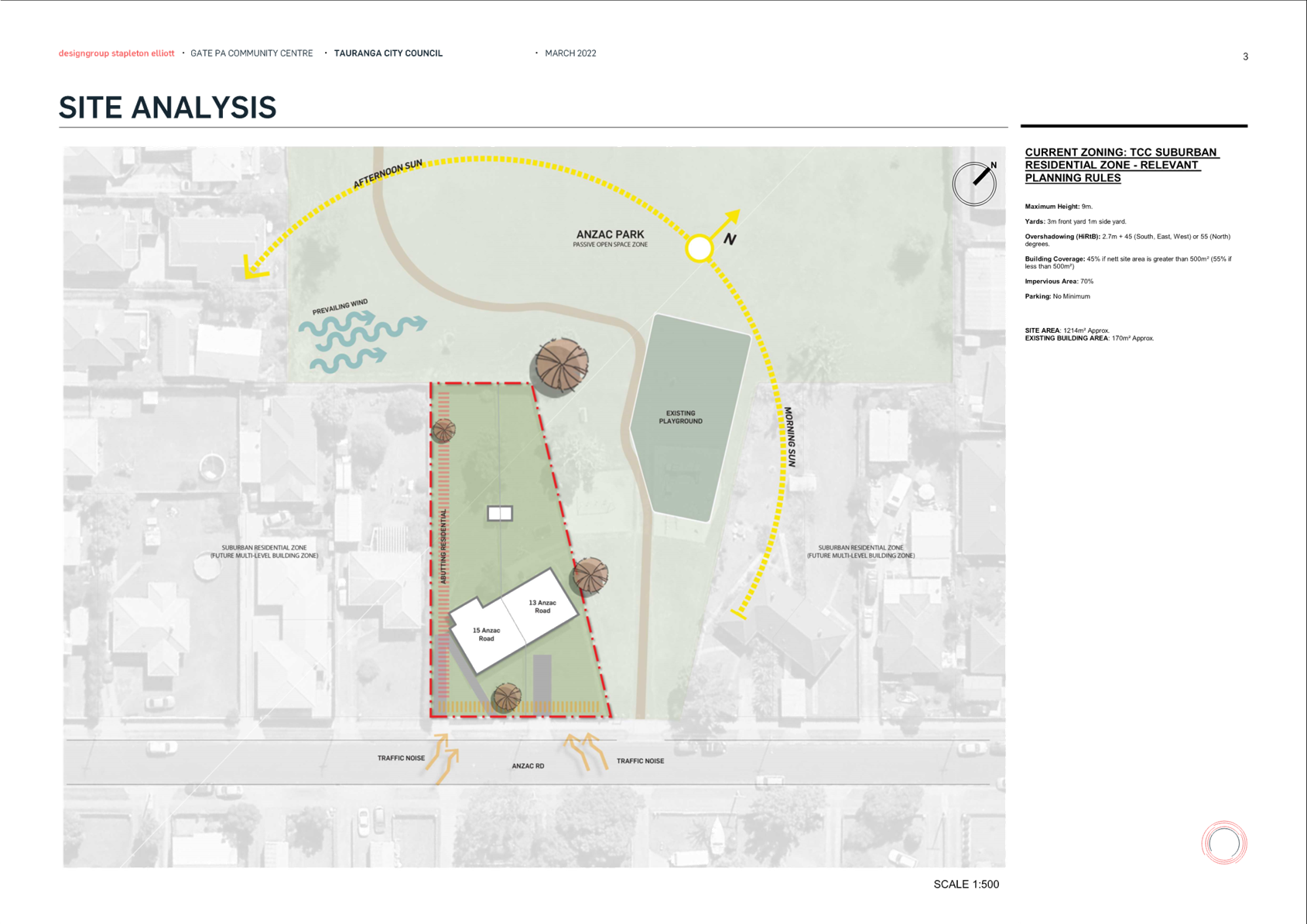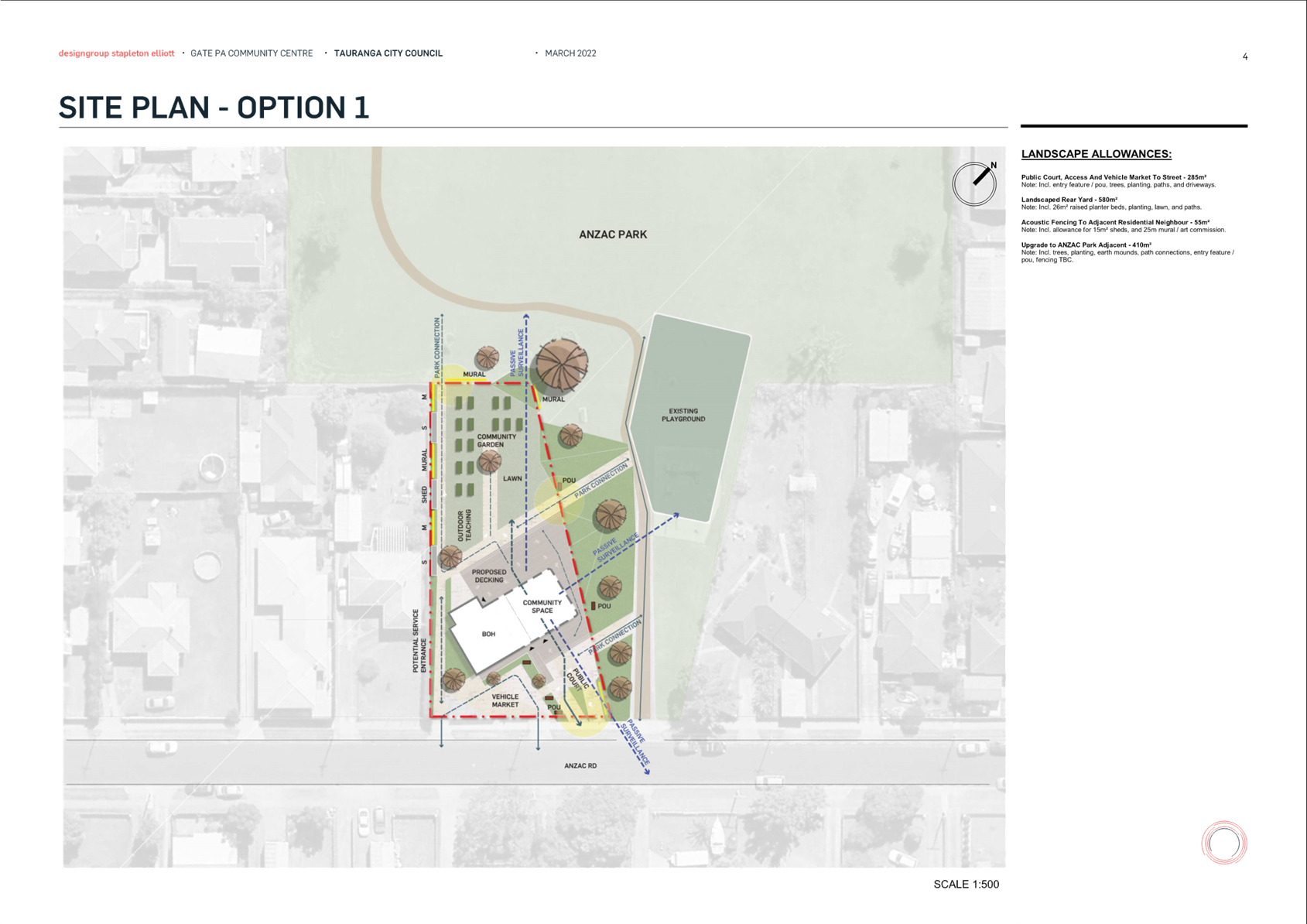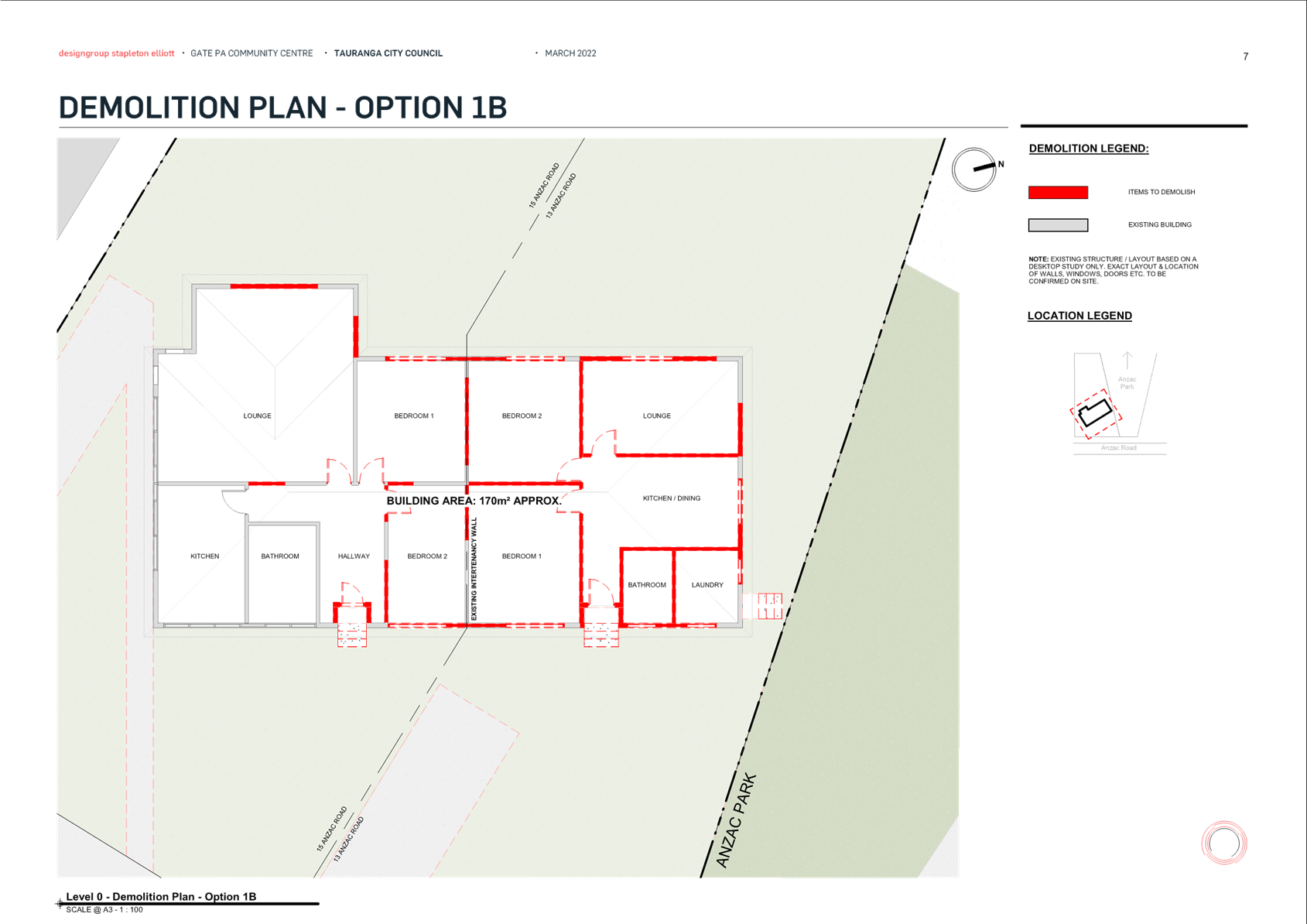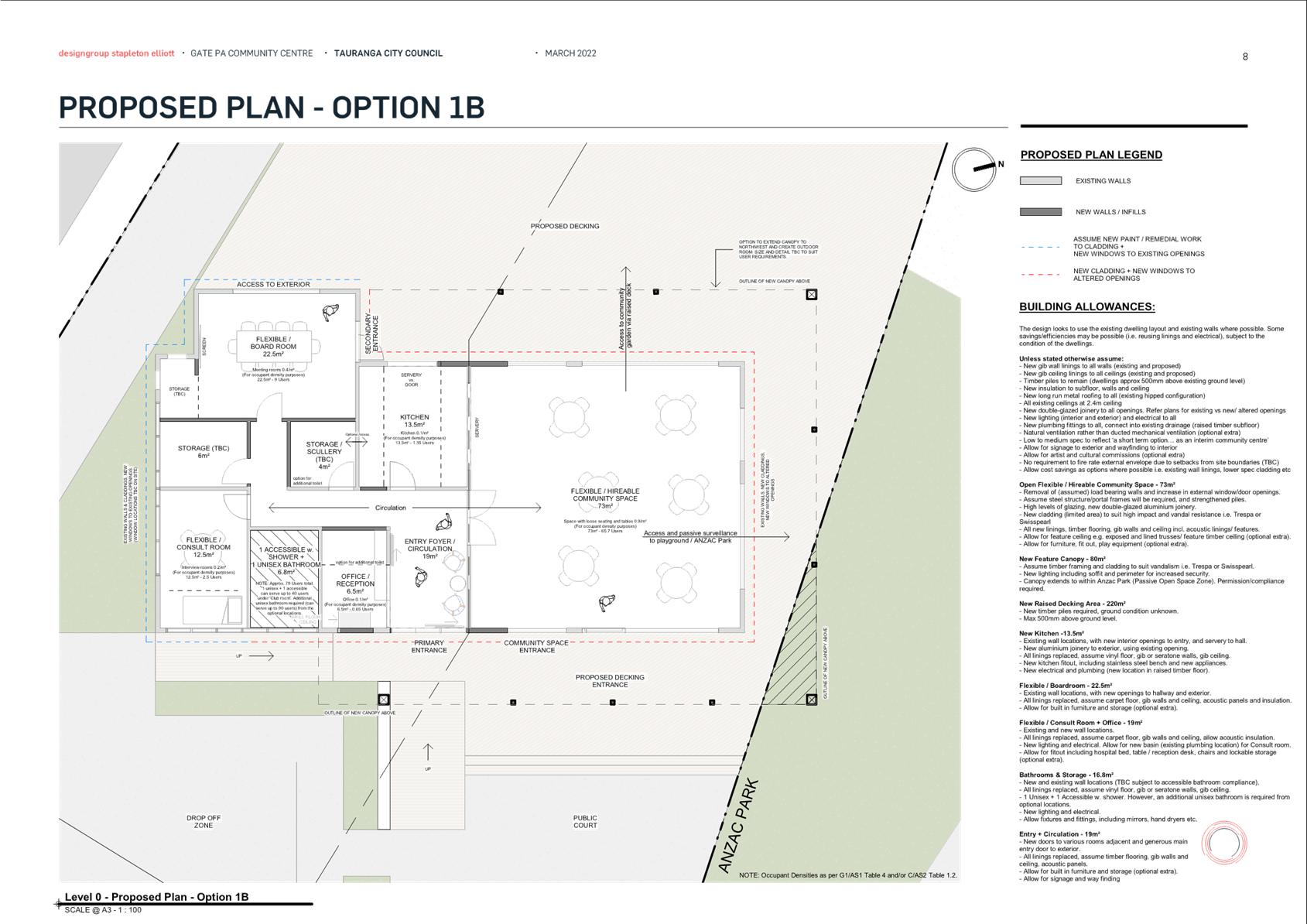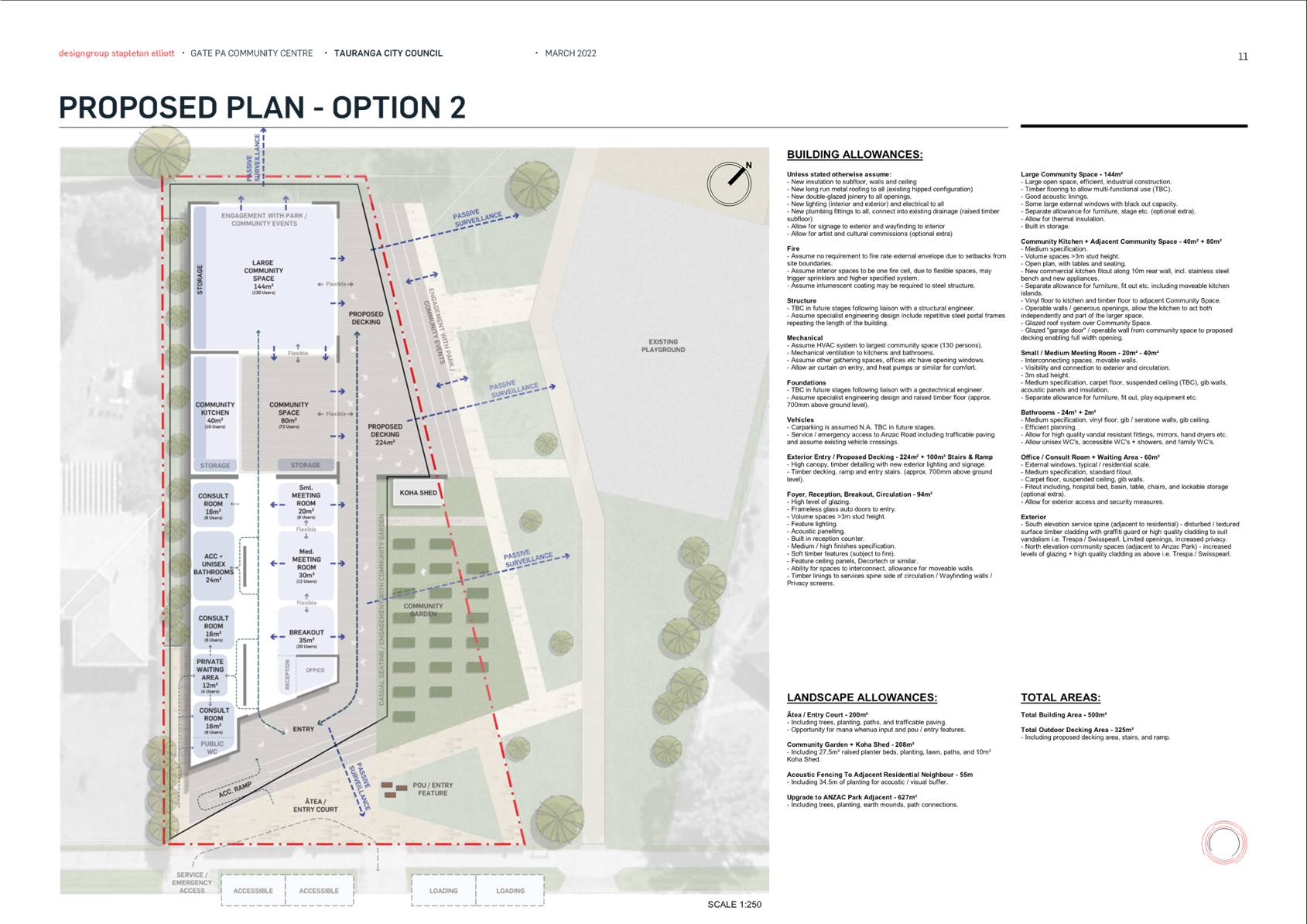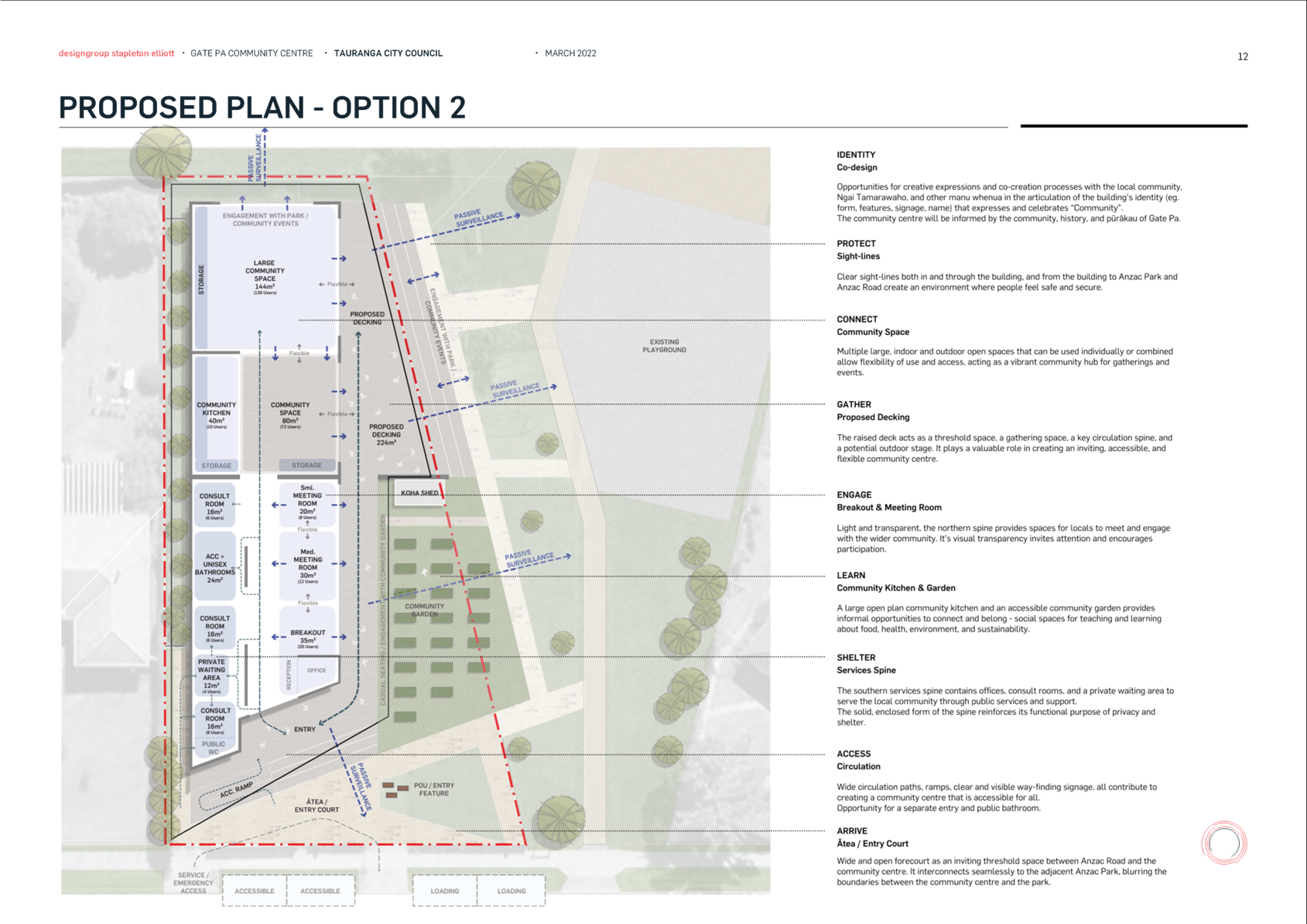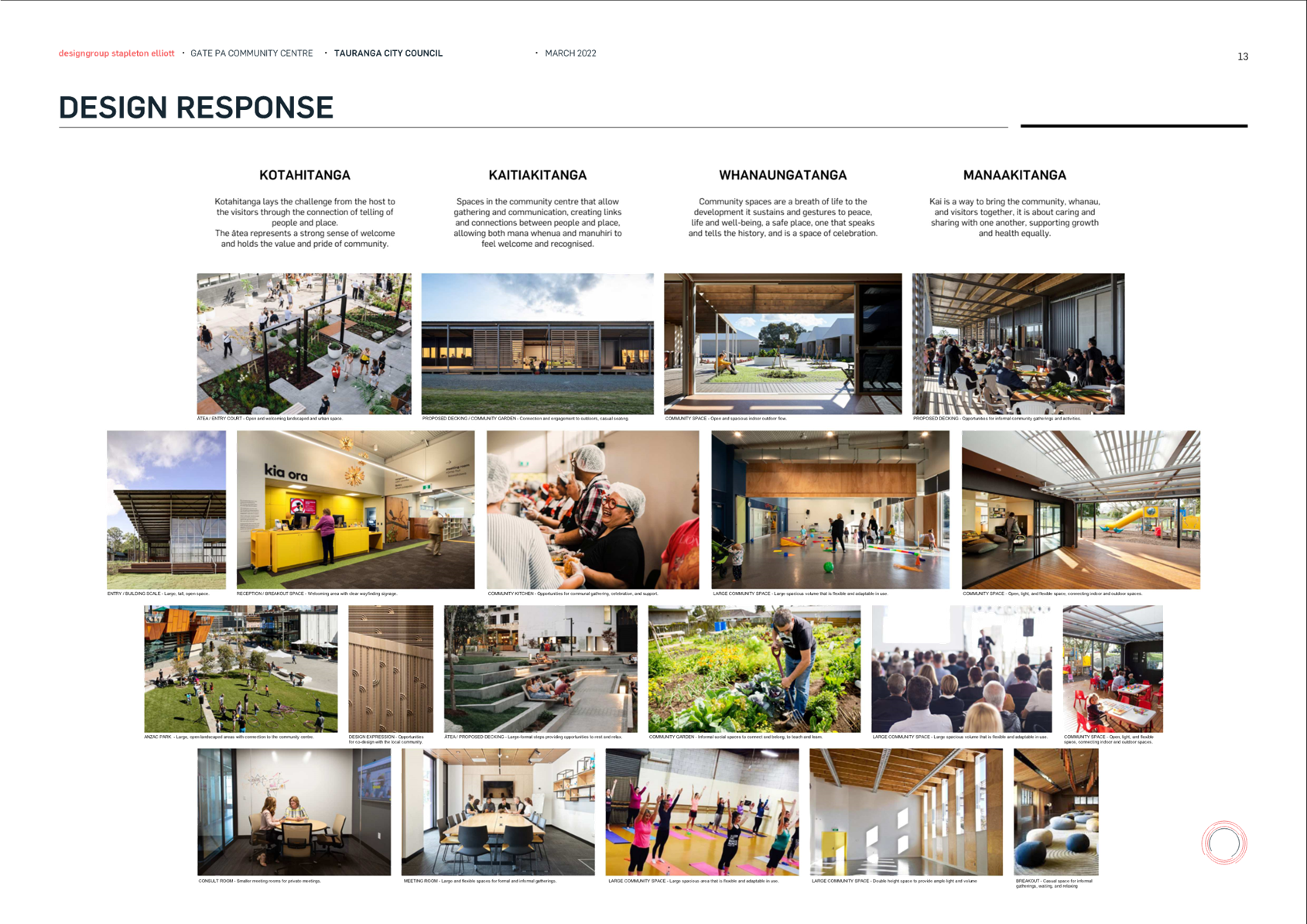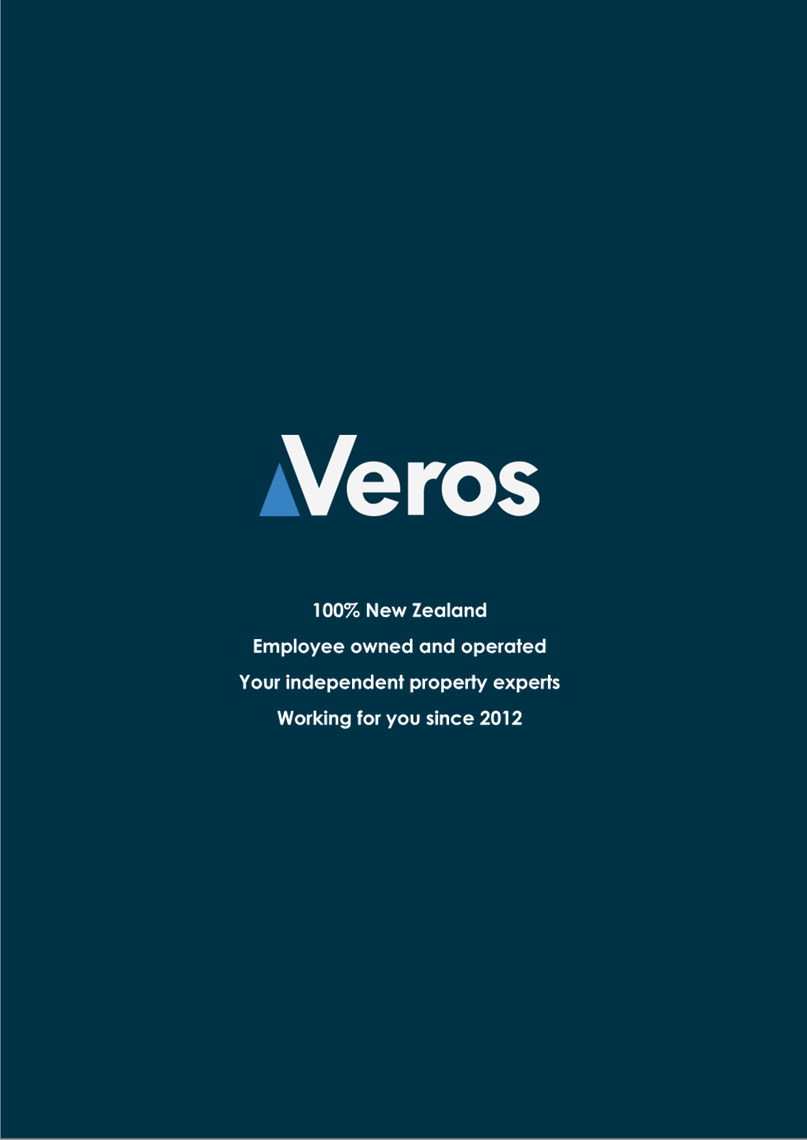|

|
|
AGENDA
Ordinary Council meeting
Monday, 3 October 2022
|
|
I hereby give notice that an Ordinary Meeting of
Council will be held on:
|
|
Date:
|
Monday, 3 October 2022
|
|
Time:
|
to start at the conclusion of the Strategy, Finance
& Risk Committee meeting
|
|
Location:
|
Bay of Plenty Regional Council Chambers
Regional House
1 Elizabeth Street
Tauranga
|
|
Please note that this
meeting will be livestreamed and the recording will be publicly available on
Tauranga City Council's website: www.tauranga.govt.nz.
|
|
Marty Grenfell
Chief Executive
|
Membership
|
Chairperson
|
Commission Chair Anne Tolley
|
|
Members
|
|
|
Quorum
|
Half
of the members physically present, where the number of members (including
vacancies) is even; and a majority of the members physically
present, where the number of members (including vacancies) is odd.
|
|
Meeting frequency
|
As
required
|
Role
·
To ensure the effective and
efficient governance of the City
·
To enable leadership of the City
including advocacy and facilitation on behalf of the community.
Scope
·
Oversee the work of all
committees and subcommittees.
·
Exercise all non-delegable and
non-delegated functions and powers of the Council.
·
The powers Council is legally prohibited from delegating include:
o
Power to make a rate.
o
Power to make a bylaw.
o
Power to borrow money, or purchase or dispose of assets, other
than in accordance with the long-term plan.
o
Power to adopt a long-term plan, annual plan, or annual report
o
Power to appoint a chief executive.
o
Power to adopt policies required to be adopted and consulted on
under the Local Government Act 2002 in association with the long-term plan or
developed for the purpose of the local governance statement.
o
All final decisions required to be made by resolution of the
territorial authority/Council pursuant to relevant legislation (for example:
the approval of the City Plan or City Plan changes as per section 34A Resource
Management Act 1991).
·
Council has chosen not to delegate the following:
o
Power to compulsorily acquire land under the Public Works Act
1981.
·
Make those decisions which are required by legislation to be made
by resolution of the local authority.
·
Authorise all expenditure not delegated to officers, Committees
or other subordinate decision-making bodies of Council.
·
Make appointments of members to the CCO Boards of Directors/Trustees
and representatives of Council to external organisations.
·
Consider any matters referred from any of the Standing or Special
Committees, Joint Committees, Chief Executive or General Managers.
Procedural matters
·
Delegation of Council powers to Council’s committees and
other subordinate decision-making bodies.
·
Adoption of Standing Orders.
·
Receipt of Joint Committee minutes.
·
Approval of Special Orders.
·
Employment of Chief Executive.
·
Other Delegations of Council’s powers, duties and
responsibilities.
Regulatory matters
Administration, monitoring and
enforcement of all regulatory matters that have not otherwise been delegated or
that are referred to Council for determination (by a committee, subordinate
decision-making body, Chief Executive or relevant General Manager).
7 Confirmation
of minutes
7.1 Minutes
of the Council meeting held on 30 August 2022
File
Number: A14064844
Author: Robyn
Garrett, Team Leader: Governance Services
Authoriser: Robyn
Garrett, Team Leader: Governance Services
|
Recommendations
That the Minutes of the Council meeting held on 30 August
2022 be confirmed as a true and correct record.
|
Attachments
1. Minutes
of the Council meeting held on 30 August 2022
|
 Ordinary Council meeting Minutes Ordinary Council meeting Minutes
|
30 August 2022
|
|

|
|
MINUTES
Ordinary Council meeting
Tuesday, 30 August 2022
|
Order of Business
1 Opening karakia. 3
2 Apologies. 3
3 Public forum.. 3
4 Acceptance of late items. 3
5 Confidential business to be transferred into the open. 3
6 Change to the order of business. 3
7 Confirmation of minutes. 3
Nil
8 Declaration of conflicts of interest 3
9 Deputations, presentations, petitions. 4
Nil
10 Recommendations from other committees. 4
Nil
11 Business. 4
Nil
12 Discussion of late items. 4
13 Public excluded session. 4
13.1 Infrastructure Funding and Financing Act Proposal for the Transport
System Plan - Adoption of the Levy Proposal 4
13.2 Bay Venues Remuneration Uplift 4
14 Closing karakia. 5
MINUTES
OF Tauranga City Council
Ordinary Council meeting
HELD AT THE Ground Floor
Meeting Room 1, 306 Cameron Road, Tauranga
ON Tuesday, 30 August 2022 AT
9.30am
PRESENT: Commission Chair Anne Tolley, Commissioner Shadrach Rolleston,
Commissioner Stephen Selwood, Commissioner Bill Wasley.
IN ATTENDANCE: Marty
Grenfell (Chief Executive), Paul Davidson (Chief Financial Officer), Nic
Johansson (General Manager: Infrastructure), Christine Jones (General Manager:
Strategy, Growth & Governance), Alastair McNeill (General Manager:
Corporate Services), Gareth Wallis (General Manager: City Development &
Partnerships), Kathryn Sharplin (Manager: Finance), Frazer Smith (Manager:
Strategic Finance & Growth), Ceilidh Dunphy (Community Relations Manager),
Jim Taylor (Manager: Transactional Services), Ben Corbett (Team Leader: Growth
Funding), Ross Boreham (Civic Communications Specialist), Fraser Hungerford
(Senior Advisor: Growth Funding), Coral Hair (Manager: Democracy &
Governance Services), Robyn Garrett (Team Leader: Governance Services), Sarah
Drummond (Governance Advisor), Anahera Dinsdale (Governance Advisor).
1 Opening
karakia
Commissioner Shadrach Rolleston opened the
meeting with a karakia.
2 Apologies
Nil
3 Public
forum
Nil
4 Acceptance
of late items
Nil
5 Confidential
business to be transferred into the open
Nil
6 Change to
the order of business
Nil
7 Confirmation
of minutes
Nil
8 Declaration
of conflicts of interest
Nil
9 Deputations,
presentations, petitions
Nil
10 Recommendations
from other committees
Nil
11 Business
All business for the meeting was held in
public excluded session.
12 Discussion
of late items
Nil
13 Public
excluded session
Resolution
to exclude the public
|
Resolution
CO16/22/1
Moved: Commissioner Stephen
Selwood
Seconded: Commissioner
Bill Wasley
That
the public be excluded from the following parts of the proceedings of this
meeting.
The general
subject matter of each matter to be considered while the public is excluded,
the reason for passing this resolution in relation to each matter, and the
specific grounds under section 48 of the Local Government Official
Information and Meetings Act 1987 for the passing of this resolution are as
follows:
|
General subject of each
matter to be considered
|
Reason for passing this
resolution in relation to each matter
|
Ground(s) under section 48
for the passing of this resolution
|
|
13.1 - Infrastructure
Funding and Financing Act Proposal for the Transport System Plan - Adoption
of the Levy Proposal
|
s7(2)(g) - The withholding of the
information is necessary to maintain legal professional privilege
s7(2)(i) - The withholding of the
information is necessary to enable Council to carry on, without prejudice
or disadvantage, negotiations (including commercial and industrial
negotiations)
|
s48(1)(a) - the public conduct of the
relevant part of the proceedings of the meeting would be likely to result
in the disclosure of information for which good reason for withholding
would exist under section 6 or section 7
|
|
13.2 - Bay Venues
Remuneration Uplift
|
s7(2)(h) - The withholding of the
information is necessary to enable Council to carry out, without prejudice
or disadvantage, commercial activities
s7(2)(i) - The withholding of the
information is necessary to enable Council to carry on, without prejudice
or disadvantage, negotiations (including commercial and industrial
negotiations)
|
s48(1)(a) - the public conduct of the
relevant part of the proceedings of the meeting would be likely to result
in the disclosure of information for which good reason for withholding
would exist under section 6 or section 7
|
Carried
|
14 Closing karakia
Commissioner Rolleston closed the meeting
with a karakia.
The
meeting closed at 10.14am.
The
minutes of this meeting were confirmed as a true and correct record at the
Ordinary Council meeting held on 3 October 2022.
........................................................
CHAIRPERSON
7.2 Minutes
of the Council meeting held on 5 September 2022
File
Number: A14064821
Author: Robyn
Garrett, Team Leader: Governance Services
Authoriser: Robyn
Garrett, Team Leader: Governance Services
|
Recommendations
That the Minutes of the Council meeting held on 5 September
2022 be confirmed as a true and correct record.
|
Attachments
1. Minutes
of the Council meeting held on 5 September 2022
|
 Ordinary Council meeting Minutes Ordinary Council meeting Minutes
|
5 September 2022
|
|

|
|
MINUTES
Ordinary Council meeting
Monday, 5 September 2022
|
Order of Business
1 Opening karakia. 3
2 Apologies. 3
3 Public forum.. 3
3.1 Draft
Strategic Framework consultation - Envirohub, Sustainable Bay of Plenty, Carole
Gordon, John Robson. 3
4 Acceptance of
late items. 6
5 Confidential
business to be transferred into the open. 6
6 Change to the
order of business. 6
7 Confirmation of
minutes. 6
7.1 Minutes
of the Council meeting held on 15 August 2022. 6
8 Declaration of
conflicts of interest 7
9 Deputations,
presentations, petitions. 7
Nil
10 Recommendations from other
committees. 7
10.1 Recommendation
from other Committees - Strategy, Finance and Risk Committee - 15 August 2022. 7
10.2 Recommendation
from Wastewater Management Review Committee - appointment of Chairperson and
adoption of revised Terms of Reference. 7
11 Business. 8
11.1 Strategic
framework and draft strategies - consultation feedback. 8
11.3 2nd
Links Avenue Trial Update. 9
11.4 Executive
Report 10
11.2 Tauranga
Moana Waterfront Plan. 11
11.4.1 Executive
Report Continued. 13
11.5 Remuneration
for Tangata Whenua and External Representatives on Council Committees. 13
11.6 Submission
to Local Government Electoral Legislation Bill 14
11.7 Traffic
& Parking Bylaw Amendment 39. 16
12 Discussion of late items. 16
13 Public excluded session. 16
13.1 Public
Excluded Minutes of the Council meeting held on 15 August 2022. 17
13.2 Papamoa
East Infrastructure Corridor Planning - Classification of Land for
Divestment 17
13.3 Airport
Precinct expansion plan. 17
13.4 Exemption
to Open Competition - GIS Managed Service. 17
13.5 Exemption
to Open Competition - Polymer Supply. 18
14 Closing karakia. 18
MINUTES OF Tauranga City Council
Ordinary Council meeting
HELD
AT THE Bay of Plenty Regional Council
Chambers, Regional House, 1 Elizabeth Street, Tauranga
ON
Monday, 5 September 2022 AT 9.30am
PRESENT: Commission
Chair Anne Tolley, Commissioner Shadrach Rolleston, Commissioner Stephen
Selwood, Commissioner Bill Wasley
IN
ATTENDANCE: Marty Grenfell (Chief Executive), Paul
Davidson (Chief Financial Officer), Barbara Dempsey (General Manager: Community
Services), Nic Johansson (General Manager: Infrastructure), Christine Jones
(General Manager: Strategy, Growth & Governance), Alastair McNeill (General
Manager: Corporate Services), Steve Pearce (Acting General Manager: Regulatory
and Compliance), Anne Blakeway (Manager: City Partnerships), Josh Logan (Team
Leader: Corporate Planning), Anne Payne (Principal Strategic Advisor), Jeremy
Boase (Manager: Strategy and Corporate Planning), Nick Chester (Inclusive
Cities Advisor), Rebecca Scott (Principal Strategic Advisor), Sarah Stewart
(Principal Strategic Advisor), Malcolm Smith (Senior Project Manager: Civic
Development Projects), Mike Naude (Director of Civic Developments), Andy Vuong
(Programme Manager: Cycle Plan Implementation), Stuart Goodman (Team Leader:
Regulation Monitoring), Brendan Bisley (Director of Transport), Will Hyde,
(Senior Transportation Engineer), Coral Hair (Manager: Democracy &
Governance Services), Robyn Garrett (Team Leader: Governance Services), Sarah
Drummond (Governance Advisor), Janie Storey (Governance Advisor)
1 Opening
Karakia
Commissioner Shad
Rolleston opened the meeting with a karakia.
2 Apologies
Nil
3 Public
forum
|
3.1 Draft
Strategic Framework consultation - Envirohub, Sustainable Bay of Plenty,
Carole Gordon, John Robson
|
|
A copy of presentations by Mary Dillon, Glen Crowther
and Carole Gordon for this item can be viewed on Tauranga City Council’s
website in the Minutes attachments document for this council meeting
|
|
External Envirohub
(Mary Dillon), Sustainable Bay of Plenty (Glen Crowther), Carole Gordon, John
Robson
Mary Dillon - Envirohub
Key points
·
Thanked the Council for the work done to date noting the
environment strategy was in a good place.
·
Items 7 and 8 in the document - There was a necessity for
leadership to be displayed urgently and visibly in the community.
·
Ms Dillon had no issues with the proposal to hold the documents
and combine them with other documents, with references in the plan linking to
other documents.
·
Council was in the process of developing the Otūmoetai
Spatial Plan but noted that an ecological strategy was missing.
·
Ms Dillon referred the meeting to the Vancouver ecology
strategy, noting that it was an ecological strategy that had been done as
part of green infrastructure planning and noted that she wanted to see this
in the Council’s plan, with the environment as a priority.
·
Ms Dillon was concerned that Council would proceed with the
Strategic Framework without being influenced by the Vancouver plan and
considered that it would not be hard to do at Otūmoetai as some of the
items noted were already there.
·
Emphasised that the Otūmoetai spatial plan was a key
document going forward and was an opportunity for Council to demonstrate that
the words in the document were really meant and to show how it was
done. Council must not let the opportunity for demonstrated leadership
pass by when it was right at the doorstep.
In response to questions
·
Commissioner Tolley noted that the Strategic framework needed
to be confirmed as everything else hung off it. It would hopefully be
completed before the end of the year and then time would be given to
developing the inclusive and environmental strategies.
·
It was agreed that an integrated approach to better protect and
look after sensitive areas greening at the time of development, rather than
as an afterthought, needed to be made to protect and look after sensitive areas
and the way the city was developed. Planning exercises would take place
next year for Mt Maunganui also.
Glen Crowther -
Sustainable BOP
Key points
·
It was good to see the strategic framework coming into place,
support for the broad thrust and the environment being at the top
level.
·
However, it would counted for nothing unless a few key changes
were made. UFTI and related plans needed to shift in order to deliver those
outcomes.
·
There was an opportunity to better align from a community
perspective to understand what the Council was trying to do and how community
could contribute.
·
The vision - the phrase together we can was used by
Vodafone, Environment Canterbury and others and had a clichéd response
from many people. Mr Crowther noted the Wellington vision as a
comparison which was far more explicit; having a similar statement upfront
would establish what Tauranga was trying to do.
·
Sustainable BOP’s view was along the lines of Tauranga
being a sustainable, equitable, liveable city, and to be more explicit with
the use of the together we can e.g. together we can protect and
enhance our environment, celebrate diversity. Considered it did not work
well when left hanging at the front as it could be tweaked to whatever people
wanted.
·
While fine with the whakatauki, he questioned the English
translation and thought that moving forward while remembering the past could
be interpreted as not really looking where you were going.
·
Suggested the ideal vision with four matching pillars -
community outcomes, a connected city, primary strategies and potentially
strategic priorities. Considered the proposed strategic framework structure
was too complex.
·
Suggested wording change - a liveable city was a broader
concept than an inclusive city. Considered there was a need to include
equity and accessibility at the same level of importance as inclusivity and
liveable seemed to capture that.
·
Connected centre was already there, there was no point in
separating out transport and urban development when the whole point of UFTI
was to bring it together.
·
There needed to be a community-led economic development plan as
there had been no consultation on an economic plan for the city in last
decade and that would provide a foundation for having a sustainable city.
Carole Gordon
Key points
·
Proposed a new vision - Tauranga - a safe anchorage - as
it was mana enhancing, told about Tauranga’s geography and urban
planning, had many dimensions to it and no other place could have that
mantra.
·
The plan now needed stronger community ownership to create a
liveable city to advance democratic inclusion and belonging, enhance the mana
and leverage community participation to build trust and knowledge,
understanding and growth.
·
Needed more clarity and the documents appeared complex and
convoluted.
·
There was a need to be very precise on population data, what it
looked like now, the process of changes occurring and where the city would be
at in 2050 as each factor was different.
·
There was a need for a reality check, as TCC was not addressing
climate change and an ageing population, and not integrating technology very
well as a smart city as these factors constantly had effects on the current
geopolitical situation and pandemic influence. There should be more
factoring of those influences into the plan as the future was dynamic, to
create cohesiveness and resilience.
·
Structural ageing – there would be more young Māori,
more elders, more old than young, and more jobs than workers. Half of
the population was young and the rest over 45.
·
A lot of the under-five population was Māori which brought
up the key points of healthy longevity and investment that came from elder
wellbeing. This was a concept in global debates at present in all major
agencies e.g. UN, WHO.
·
UFTI talked about connected centres and hyper local
neighbourhoods with reduced congestion, climate change factors, connectivity
and amenity building, which had already started to be highlighted to be
invested in. It was essential to support healthy longevity, as a social
cohesion building block for that model.
John Robson
Key points
·
Noted his experience and expertise in this strategic planning
space.
·
Agreed with the concerns expressed by Sustainable BOP regarding
the use and translation of the whakatauki included in the proposed framework.
·
History should not be an anchor to the past, looking backwards
instead of looking forward. Looking forward was important to understand that
the new world was different to the old world with new challenges.
·
Together we can was not a vision. A vision was a
picture of the future - considered Together we can was a meaningless
jingle.
·
Noted there had been talk about consultation but TCC seemed
reticent when asked who the stakeholders were. Questioned who the
“we” were - was it all of us?
·
There was nothing special about Tauranga - TCC was a creature
of statute like 66 others in NZ, so there was a need to be careful how to
approach the project.
·
Authenticity - together we can needed to be
lived. If you were genuinely looking to change, you needed to do more
than wrap it in fine words. The city has had years of fine words and
delivering not much of real value, nothing sustainable or equitable.
Need to make sure Council was authentic, actions matched words and the words
resonated within the community. Did not consider Council was in that
space yet.
·
Expressed interest in being involved in management and action
plans.
|
|
Attachments
1 Draft
Strategic Framework consultation - Sustainable BOP Presentation
2 Draft
Strategic Framework consultation - Envirohub
3 Draft
Strategic Framework consultation - Carole Gordon Presentation
|
4 Acceptance
of late items
Nil
5 Confidential
business to be transferred into the open
Nil
6 Change
to the order of business
Item 11.2 - The Tauranga
Moana Waterfront Plan would be discussed at 11 am.
7 Confirmation
of minutes
|
7.1 Minutes of
the Council meeting held on 15 August 2022
|
|
Correction: Reference to the national grid on page 19 of
the agenda should be “housing under the national grid”.
|
|
Resolution CO17/22/1
Moved: Commissioner
Bill Wasley
Seconded: Commissioner
Stephen Selwood
That, subject to the foregoing correction, the minutes
of the Council meeting held on 15 August 2022 be confirmed as a true and correct
record.
Carried
|
8 Declaration
of conflicts of interest
Nil
9 Deputations,
presentations, petitions
Nil
10 Recommendations
from other committees
|
10.2 Recommendation from
Wastewater Management Review Committee - appointment of Chairperson and
adoption of revised Terms of Reference
|
|
Staff Coral
Hair, Manager: Democracy and Governance Services
|
|
Resolution CO17/22/3
Moved: Commissioner
Stephen Selwood
Seconded: Commissioner
Bill Wasley
That the Council:
(a) Receives
the report "Recommendation from Wastewater Management Review Committee -
appointment of Chairperson and adoption of revised Terms of Reference".
(b) Appoints
Ms Lara Burkhardt (Ngā Pōtiki) as the Chairperson of the Wastewater
Management Review Committee.
(c) Agrees
that the Chairperson and Deputy Chairperson of the Wastewater Management
Review Committee alternate presiding of meetings.
(d) Adopts
the amended terms of reference for the Wastewater Management Review
Committee, as set out in Attachment 1.
Carried
|
11 Business
|
11.1 Strategic
framework and draft strategies - consultation feedback
|
|
Staff Anne
Payne, Principal Strategic Advisor
Jeremy Boase, Manager: Strategy and Corporate Planning
Key points
·
In response to the public forum, staff prepared initial
responses to submissions and no decisions were being asked of the
Commissioners for the responses.
·
Next steps for the project focus on the development of the
action and investment plans to fill in the gaps in the current
framework.
·
The action and investment plans were not strategies, they were
solid plans for delivering on the strategies as outlined.
·
The framework that had been adopted would be built on where
appropriate to align the strategic direction and draft strategies.
In response to questions
·
The strategic framework was the crucial document under which
everything else hung. It could be finalised before the end of the year,
and the two strategies completed by February 2023. This would then
allow a focus on the actions and how they would be achieved.
·
A further recommendation (d) was included in the resolution
requesting staff to report back with the revised framework.
·
A further engagement process was in train between staff and
submitters seeking an indication of how they wished to be involved with the
development of the action and investment plans prior to them being brought to
Council.
·
The requests for more cycleways and walkways were included in
the transport system plan programme which was linked to one of the action and
investment plans. This would be made more visible in the framework.
Discussion points raised
·
The framework had been picked up from the two previous
councils, therefore there was no mandate for the Commissioners to make major
changes to the outcomes.
·
The common theme with submitters was turning strategy and ideas
into action. The action and investment plans were the critical elements
for expanding horizons to focus on carbon emissions, inclusivity and a
vibrant city and to make sure the ideas and framework were imbedded in
spatial plans. Need to put more effort into what the actions were and
the investment as material actions were what would count.
·
There was a need to recognise the amount of plans provided and
the pressure this would have on community engagement, as the high number may
be a cause for concern for those participating.
·
Submitter 4’s comments on the use of word
“beliefs” - Commissioners did not agree that beliefs could be
dangerous, and suggested that intolerance of beliefs could be more dangerous.
The word should remain in the plan.
·
The phrase inclusive city came from previous community
feedback and should not be changed to liveable city.
·
Requested tangata whenua as well as mana whenua be included in
the plan as a lot of Māori living in Tauranga were not from here, and
need to consider that these groups would grow in the future.
|
|
Resolution CO17/22/4
Moved: Commission
Chair Anne Tolley
Seconded: Commissioner
Stephen Selwood
That the Council:
(a) Receives
the Strategic framework and draft strategies – consultation feedback
report, including the submissions contained in Attachment 1.
(b) Notes
the initial recommended responses to the submissions.
(c) Approves
the proposed next steps for the project, noting that two consultation
documents will remain in draft, enabling further engagement and amendment,
until supporting Action & Investment Plans are completed in early 2023.
(d)
Requests that staff report back with the revised Strategic Framework (incorporating
changes arising from submissions received) for adoption by Council this
calendar year.
Carried
|
|
11.3 2nd Links Avenue Trial
Update
|
|
A copy of the 2nd
Links Avenue Trial Update presentation can be viewed on Tauranga City
Council’s website in the Minutes Attachments document for this council
meeting.
|
|
Staff Andy
Vuong, Programme Manager: Cycle Plan Implementation
Stuart Goodman, Team Leader: Regulation Monitoring
Brendan Bisley, Director of Transport
Key points
·
Update on data collected and feedback from the community.
·
Differences in trial 1 and trial 2 noted the changes of traffic
volume with drops in the use of Links Avenue, but Ocean Beach Road and
Concord Avenue not picking up that difference.
·
A change of behaviours noted with less trips seeming to be
taken in the area, possible consolidating of trips and therefore travelling
less.
·
Travel time monitoring had also been conducted with morning
traffic showing a drop of time into the city of around three minutes.
·
Away from the city in the afternoon had more of an impact with
consistency toward Papamoa.
·
Survey results from those with driveways on Links Ave or having
to travel on a route through Links Ave were similar to trial 1. Common
themes for the area were major walking and biking improvements.
·
The trial highlighted achieved outcomes and a behaviour shift
with dropped volumes of traffic, with 2811 now being the average per day.
·
The trial had shown that the wider network could take the extra
traffic.
·
Noted concerns for cyclists on Ocean Beach Road with cars
parking on the side of the road, cyclists had to ride out onto the road and
felt uncomfortable with large volumes of traffic beside them.
·
Low cost changes were proposed on Gervin and Golf Roads to ease
the flow of traffic with intersection changes to highlight the predominant
traffic flow and the best way to keep a continuous movement of traffic
flowing, rather than stopping and starting. They also provide clearways
in the morning and evening peak to increase safety for cyclists.
In response to questions
·
Staff would request Waka Kotahi to place counters on arterial
roads to provide data on where the traffic had gone to. There was a
permanent and noticeable change in the traffic flows within the past two
weeks.
·
The community and residents of Girvan and Golf Roads had been
consulted regarding the purpose of the improvements and what outcomes were
being achieved.
·
Staff noted that they would investigate whether any of the
reserve areas along Ocean Beach Road could be used for public parking as a
means of getting parked cars off the roadway.
·
A further report would be provided before the end of the year.
·
No work had been started in any detail on the area north of
Golf Road at this stage.
·
New traffic signals had improved the safety for children going
to school along Golf Road and more would be considered.
·
All comments and feedback received from the survey would be provided
to the Community Panel, and would also include the residents’ need to
get their cars in and out of their driveways.
Discussion points raised
·
The story that there was no net loss of carparks in the area
needed to be clearly understood by residents as many would feel there were
less carparks.
|
|
Resolution CO17/22/5
Moved: Commissioner
Bill Wasley
Seconded: Commissioner
Shadrach Rolleston
That the Council:
(a) Receives
the report ‘2nd Links Avenue Trial Update’.
(b) Resolves
that the current trial remain in place until the Community Panel comes to
Council with their recommendations on a solution that can be implemented
which achieves agreed outcomes to ensure the street remain safe.
Carried
|
|
Attachments
1 2nd
Links Avenue Trail Update presentation
|
|
11.4 Executive Report
|
|
Staff Nic
Johansson, General Manager: Infrastructure Services
Barbara Dempsey, General Manager: Community Services
Paul Davidson, Chief Financial Officer
Christine Jones, General Manager: Strategy, Growth &
Governance
Alastair McNeil, General Manager: Corporate Services
Steve Pearce, Acting General Manager: Regulatory and
Compliance
Key points
·
Three Emergency Management staff had been deployed to the South
Island to assist with their operations.
·
The tenants at the Historic Village had requested that the
upgrade work on the fire station be delayed and would now be completed by
mid-September.
·
The Customer Services cadet programme would commence once final
approval of funds from Ministry of Social Development were to hand - four
people would gain work experience for a year. Similar opportunities
were being explored with the University of Waikato where the university had a
complementary programme for scholarships in fields such as civil engineering where
a practical project was in place to assist.
·
Once resource consent was issued for the walkways along Marine
Parade, signage advising of the project would be installed.
·
Following on from the visit to the Christchurch and Selwyn
libraries, a plan would be developed to share and display local taonga
at the TCC libraries.
In response to questions
·
The extent of infrastructure renewals verses investment to
improve environmental outcomes would be considered in future reporting.
Discussion points raised
·
Acknowledgement of the recent contractors function, the mood of
the function and the feedback received was positive.
·
It was important to encourage residents to come forward and
share their local history stories from early Māori and Pakeha
settlement, knowledge of trading etc so these could be captured, told and
shared with the community.
·
Great to see the visual display of photos and stories of the
Orange Festival along Devonport Road and Willow Street and it was hoped that
these would carry on.
|
|
11.2 Tauranga Moana
Waterfront Plan
|
|
A copy of the Tauranga Moana Waterfront presentation and
financial information which was tabled at the meeting can be viewed on
Tauranga City Council’s website in the Minutes Attachments document for
this council meeting.
|
|
Staff Sarah
Stewart, Principal Strategic Advisor
Malcolm Smith, Senior Project Manager: Civic
Redevelopment Projects
Mike Naude, Director: Civic Developments
External Henry
Carruthers - LandLab
Key points
·
The project had been considered in various forms over the last
20 years and included a refresh and alignment with plans and engagement with
mana whenua.
·
Would enhance connections with the water front with a mix of
commercial and recreational activities and stories of the past to become a destination
city.
·
The project included the area between the two bridges
incorporating the marine and city centre synergies in three components -
northern, central, southern.
·
Northern area contained new carparking, the upgrade of Beacon
Wharf, existing wharf and wharf shed, and removing carpark.
·
Central area included events, the whare waka, a destination
playground, central waterfront plaza and pier, the wharf at the end of Wharf
Street and tidal stairs connecting to the urban plaza space.
·
This freed up the southern area where there would be a
realignment of the vehicle access further south from Wharf St to rationalise
parking, a new park and events space.
·
The sea wall, park and promenade all worked together, there
would be improved access to the water, parks and playgrounds that would
attract people to the waterfront. There would also be more planting, lawn
space, play space and seating areas which would soften the area and enhance
the marine ecology.
·
A financial information report was tabled outlining the projects
and funding.
·
$84.2m was for approved projects within recreation reserve
space with $61.3m from the Marine Facilities and Transport
activity.
·
Two major projects including the new wharf on the eastern side
of cargo shed at $9m and the Strand South reserve from Wharf St south to the
start of the new boardwalk of $7.5m needed to be costed in more detail.
There were still unbudgeted costs which would be referred to the next annual
plan or long term planning process.
In response to questions
·
A report would be provided with full costing to a future
meeting. A new resolution point (c) was included below.
·
A further resolution (d) to support the pedestrianisation of
Willow Street between Wharf and Hamilton Streets was also added.
·
The next iteration of detail and costings was under way.
The Dive Crescent carpark and cargo shed projects were underway and the next
stage to be developed was the design for central stream reserve which should
be available with revised costings by the end of the year.
·
Discussions were ongoing with funders for opportunities to gain
external funding.
Discussion points raised
·
This was a major milestone that deserved to be
celebrated. It would be widely welcomed across the community and be
doing something for the city that would make a difference.
·
Need to ensure adequate maintenance was put in place
commensurate with the significance of the space to make sure it was looked
after.
|
|
Resolution CO17/22/6
Moved: Commission
Chair Anne Tolley
Seconded: Commissioner
Bill Wasley
That the Council:
(a) Receives
the report "Tauranga Moana Waterfront Plan".
(b) Adopts
the Tauranga Moana Waterfront Plan (Attachment A) to guide the development of
the city centre waterfront.
(c)
Notes that a further report will be provided with full costing of budgeted
and non-budgeted items and an implementation plan by the end of the year.
(d)
Closes Willow Street between Wharf and Hamilton Streets to traffic, subject
to the required legal processes being undertaken.
Carried
|
|
Attachments
1 Tauranga
Moana Waterfront Plan Presentation
2 Tauranga
Moana Waterfront Plan - Financial Information
|
At 11.31am the meeting adjourned.
At 11.43am the meeting reconvened
|
11.4.1 Executive
Report Continued
|
|
Key points
·
The vessel works were progressing well with the asbestos
removal started last week.
·
The media impact score was being driven up with environment and
recreational reporting and a focus on storytelling and thinking differently
about how to engage with the community.
·
TCC was now able to sign documents digitally.
·
Engagement occurred with over 200 16-17y olds at the recent
Careers Expo.
·
87% of dogs were registered which was well ahead of other
years.
·
Building Services had 17 cadets, with the first being fully
qualified by the end of the year.
·
Willow Street building demolition works were completed six
weeks ahead of schedule and a report would be provided on the recycled
materials from the site.
Discussion points raised
·
A query was raised as to whether any of the recent demolition
sites across the city were suitable for temporary carparking until the new
buildings were commenced.
|
|
Resolution CO17/22/7
Moved: Commissioner
Bill Wasley
Seconded: Commissioner
Stephen Selwood
That the Council:
(a) Receives
the Executive Report.
Carried
|
|
11.5 Remuneration
for Tangata Whenua and External Representatives on Council Committees
|
|
Staff Christine
Jones, General Manager: Strategy, Growth & Governance
|
|
Resolution CO17/22/8
Moved: Commissioner
Stephen Selwood
Seconded: Commissioner
Bill Wasley
That the Council:
(a) Receives
the report Remuneration for “Tangata Whenua and External
Representatives on Council Committees”.
(b) Approves
the remuneration of $26,950 per annum for the external members appointed to
the Strategy, Finance and Risk Committee who have voting rights.
(c) Approves
the remuneration of $14,500 per annum for Te Rangapū Mana Whenua o
Tauranga Moana Chairperson appointed to the Strategy, Finance and Risk
Committee.
(d) Approves
the remuneration of $32,340 per annum for the Deputy Chairperson of the
Strategy, Finance and Risk Committee.
(e) Approves
the remuneration of $6,500 per annum for the Independent Chairperson of the
Tangata Whenua/Tauranga City Council Committee.
(f) Approves
the remuneration of $395 per meeting for Tangata Whenua members appointed to
the Wastewater Management Review Committee.
(g) Approves
the remuneration of $550 per meeting for the Tangata Whenua representative
appointed to the Chairperson or Deputy Chairperson role on the Wastewater
Management Review Committee.
(h) Confirms
the current remuneration of $270 per meeting for the Tangata Whenua members
appointed to the Tangata Whenua/Tauranga City Council Committee.
Carried
|
|
11.6 Submission to Local
Government Electoral Legislation Bill
|
|
A copy of the tabled document Amended Submission to
Local Government Electoral Legislation Bill can be viewed on Tauranga City
Council’s website in the Minutes Attachments document for this council
meeting.
|
|
Staff Coral
Hair, Manager: Democracy & Governance Services
Key points
·
A revised submission was tabled seeking clarification on the
timing of representation reviews, as TCC was not currently within the three
year cycle. This may also affect other Councils in the future.
|
|
Resolution CO17/22/9
Moved: Commissioner
Bill Wasley
Seconded: Commissioner
Shadrach Rolleston
That the
Council:
(a)
Receives the report “Submission to Local Government Electoral
Legislation Bill”
(b)
Approves the submission to the Governance and Administration Select
Committee on the Local Government Electoral Legislation Bill in Attachment 1
with additional submission points tabled at the meeting summarised as:
(i)
Support for the second stage of legislative change relating to Māori representation.
(ii)
Support Taituarā’s submission to
amend the proposed new section 19GA of the Local Electoral Act 2001 by
deleting the phrase “in accordance with Part 6 of the Local Government
Act 2002” and replacing it with “…in a way that gives
effect to Section 82 of the Local Government Act 2002” to enable
councils to tailor their engagement processes on Māori representation.
(iii)
Approves the additional submission point to amend the proposed new
Section 19(H)(2)(b) of the Local Electoral Act 2001 as follows:
“(b) on subsequent
occasions, no later than 6 years after the end of the year in which the
previous determination was made, except where the Minister of Local
Government has exercised their power under sections 258I-J of the Local
Government Act 2002, the determination will be made after 2 general
elections.
Section
258I - Minister may postpone general election when appointing
Commission
Section
258J – Timing of election following postponed election
(iv)
Approves the additional submission points to amend the proposed new
Section 19GA subsections (1) and (3) of the Local Electoral Act 2001 as
follows:
(1) Subsection (2) applies if, for the
previous 2 triennial general elections, or where the Minister of Local
Government has exercised their power under section s258I-J of the Local
Government Act 2022 for the previous 2 general elections, the district of
a territorial authority or the region of a regional council was not divided
into 1 or more Māori
wards or Māori constituencies for electoral purposes.
(3) Subsection (4) applies if, for the
previous 2 triennial general elections, or where the Minister of Local
Government has exercised their power under sections 258I-J of the Local Government
Act 2022 for the previous 2 general elections, the district of a
territorial authority or the region of a regional council was divided into 1
or more Māori wards or Māori constituencies for electoral purposes.
(v)
Support for a mandatory recount when election results are tied and
subsequent changes to the sequence of council meetings after recounts.
(vi)
Support for enabling all candidates to submit electronic nominations.
Carried
|
|
Attachments
1 Submission
to Local Government Electoral Legislation Bill - amended resolutions
|
|
11.7 Traffic & Parking
Bylaw Amendment 39
|
|
Staff Nic
Johansson, General Manager: Infrastructure Services
Key points
·
Vehicles parking on berms had caused a lot of damage this
winter.
·
There were parking and marking changes in the CBD resulting
from the shifting of the bus interchange and the relocation of the library.
In response to questions
·
Consideration was being given to whether the restriction on
berm parking should be extended citywide.
·
The number of people in one dwelling was increasing with the
increased cost of housing.
Discussion points raised
·
Places would also need to be provided where people could park
so there would need to be a give and take allowance.
·
There was an expectation by some in the private sector that
public parking spaces would be provided where they were not provided
privately.
|
|
Resolution CO17/22/10
Moved: Commissioner
Bill Wasley
Seconded: Commissioner
Shadrach Rolleston
That the Council:
(a) Receives the Traffic and
Parking Bylaw (2012) Amendments Report.
(b) Adopts the proposed
amendments to the Traffic and Parking Bylaw (2012) Attachments as per
Appendix B, relating to minor changes for general safety or amenity purposes,
to become effective from 6 September 2022, subject to appropriate signs and
road markings being implemented.
Carried
|
12 Discussion
of late items
Nil
13 Public excluded
session
Resolution to exclude
the public
|
Resolution CO17/22/11
Moved: Commissioner
Bill Wasley
Seconded: Commissioner
Shadrach Rolleston
That the public be
excluded from the following parts of the proceedings of this meeting.
The general subject
matter of each matter to be considered while the public is excluded, the
reason for passing this resolution in relation to each matter, and the
specific grounds under section 48 of the Local Government Official
Information and Meetings Act 1987 for the passing of this resolution are as
follows:
|
General subject of each matter to be
considered
|
Reason for passing this resolution in
relation to each matter
|
Ground(s) under section 48 for the
passing of this resolution
|
|
13.1 - Public Excluded Minutes of the
Council meeting held on 15 August 2022
|
s7(2)(a) - The withholding of the information is
necessary to protect the privacy of natural persons, including that of
deceased natural persons
s7(2)(b)(ii) - The withholding of the information
is necessary to protect information where the making available of the
information would be likely unreasonably to prejudice the commercial
position of the person who supplied or who is the subject of the
information
s7(2)(i) - The withholding of the information is
necessary to enable Council to carry on, without prejudice or disadvantage,
negotiations (including commercial and industrial negotiations)
|
s48(1)(a) - the public conduct of the relevant
part of the proceedings of the meeting would be likely to result in the
disclosure of information for which good reason for withholding would exist
under section 6 or section 7
|
|
13.2 - Papamoa East Infrastructure
Corridor Planning - Classification of Land for Divestment
|
s7(2)(g) - The withholding of the information is
necessary to maintain legal professional privilege
s7(2)(i) - The withholding of the information is
necessary to enable Council to carry on, without prejudice or disadvantage,
negotiations (including commercial and industrial negotiations)
|
s48(1)(a) - the public conduct of the relevant
part of the proceedings of the meeting would be likely to result in the
disclosure of information for which good reason for withholding would exist
under section 6 or section 7
|
|
13.3 - Airport Precinct expansion plan
|
s7(2)(i) - The withholding of the information is
necessary to enable Council to carry on, without prejudice or disadvantage,
negotiations (including commercial and industrial negotiations)
|
s48(1)(a) - the public conduct of the relevant
part of the proceedings of the meeting would be likely to result in the
disclosure of information for which good reason for withholding would exist
under section 6 or section 7
|
|
13.4 - Exemption to Open Competition -
GIS Managed Service
|
s7(2)(h) - The withholding of the information is
necessary to enable Council to carry out, without prejudice or
disadvantage, commercial activities
|
s48(1)(a) - the public conduct of the relevant
part of the proceedings of the meeting would be likely to result in the
disclosure of information for which good reason for withholding would exist
under section 6 or section 7
|
|
13.5 - Exemption to Open Competition -
Polymer Supply
|
s7(2)(h) - The withholding of the information is
necessary to enable Council to carry out, without prejudice or
disadvantage, commercial activities
|
s48(1)(a) - the public conduct of the relevant
part of the proceedings of the meeting would be likely to result in the
disclosure of information for which good reason for withholding would exist
under section 6 or section 7
|
Carried
|
14 Closing
Karakia
The closing karakia was
given by Commissioner Shad Rolleston.
The meeting closed at 12.27
pm.
The minutes of this
meeting were confirmed as a true and correct record at the Ordinary Council
meeting held on 3 October 2022.
........................................................
CHAIRPERSON
10 Recommendations
from other committees
10.1 Recommendation
from other Committees - Strategy, Finance and Risk Committee - 12 September
2022
File
Number: A13868669
Author: Sharon
Herbst, Policy Analyst
Authoriser: Christine
Jones, General Manager: Strategy, Growth & Governance
Purpose of the Report
1. The
purpose of this report is to bring a recommendation from the Strategy Finance
and Risk Committee to Council for consideration. At its meeting on 12
September 2022, the Committee passed the following resolution which includes a
recommendation to Council.
9.2 Deliberations
on Easter Sunday Shop Trading Policy
That the Strategy, Finance
and Risk Committee:
(a) In
relation to the key deliberation matters that arose from feedback during the
consultation period:
(i) Agree
to continue with the current policy, to allow trading in all of Tauranga on
Easter Sunday and include a minor change to show support for events and markets
held on Easter Sunday and clarify that ‘shops’ also include
markets.
(ii) Amend
the draft Easter Sunday Shop Trading Policy to include as an appendix a map of
the Tauranga City area.
(iii) Does
not advocate to Central Government to review the Shop Trading Hours Act
(iv) Does
not advocate to Central Government to review the Sale and Supply of Alcohol Act
to allow unrestricted sale and supply of alcohol on Easter Sunday.
(b) Recommend
to Council to adopt the proposed Easter Sunday Shop Trading Policy included as Attachment
1 in this report.
|
Recommendations
That the Council:
(a) Receives
the report "Recommendation from other Committees - Strategy, Finance and
Risk Committee - 12 September 2022".
(b) Accepts
the recommendation of the Strategy Finance and Risk Committee made on 12
September 2022 and adopts the Easter Sunday Shop Trading Policy 2022 (Attachment
1) with immediate effect.
|
Attachments
1. Final-
Easter Sunday Shop Trading Policy 2022 - A13925067 ⇩ 
|
Ordinary Council meeting Agenda
|
3 October 2022
|




11 Business
11.1 Council-Controlled
Organisations' Draft and Final Annual Reports for 2021/2022
File
Number: A13431552
Author: Sanjana
France, CCO Specialist
Anne Blakeway, Manager: City
Partnerships
Authoriser: Gareth
Wallis, General Manager: City Development & Partnerships
Purpose
of the Report
1. The
purpose of this report is for the council-controlled organisations to provide
their draft and final annual reports to Council regarding their financial and
non-financial performance for the year 2021/2022.
|
Recommendations
That the Council:
(a) Receives
the council-controlled organisations’ Draft and Final Annual Reports
for 2021/2022 report.
(b) Receives
Bay Venues Limited’s draft annual report on its performance for the
year to 30 June 2022.
(c) Receives
Bay of Plenty Local Authority Shared Services Limited’s draft annual
report on its performance for the year to 30 June 2022.
(d) Receives
Tauranga Art Gallery Trust’s report on its performance draft annual
report on its performance for the year to 30 June 2022.
(e) Receives
Tourism Bay of Plenty’s draft annual report on its performance for the
year to 30 June 2022, noting that it was also provided to Western Bay of
Plenty District Council as joint shareholder at their meeting on 15 September
2022.
(f) Receives
the Local Government Funding Agency’s final annual report on its
performance for the year to 30 June 2022.
|
Executive
Summary
2. Tauranga
City Council (TCC) has a number of council-controlled organisations who are
required to provide their audited annual reports to Council regarding their
financial and non-financial performance.
3. Due
to the impact of COVID-19 on public entities, Audit NZ have had to
re-prioritise their audits, with several of the council-controlled organisation
audits being delayed this year. This means that draft annual reports for Bay
Venues Limited (Bay Venues), Bay of Plenty Local Authority Shared Services
Limited (BOPLASS), Tauranga Art Gallery Trust (TAGT), and Tourism Bay of Plenty
(TBOP) are provided at this time. An audited annual report is provided for the
Local Government Funding Agency (LGFA).
4. A
summary of each council-controlled organisation’s performance against the
financial and non-financial measures in their individual Statements of Intent
is provided for Bay Venues, BOPLASS, TAGT, TBOP and the LGFA.
5. TBOP’s
draft annual report was also provided to Western Bay of Plenty District Council
as joint shareholder at their meeting on 15 September 2022.
Background
Requirement to report
6. In
accordance with their statements of intent and the Local Government Act (2002),
Bay Venues, TAGT, TBOP, and the LGFA are required to draft annual reports to
Council within two months of the end of the financial year. The final audited
annual reports are due to be provided to Council within three months of the end
of the financial year (30 September 2022).
7. In
accordance with its Statement of Intent and the Local Government Act (2002),
BOPLASS is required to provide an audited annual report to Council within three
months of the end of the financial year.
8. Bay
Venues, TAGT, TBOP and BOPLASS are audited by Audit New Zealand and the LGFA is
audited by KPMG.
9. Due
to the ongoing impact of COVID-19 on public entities, Audit New Zealand have
again had to re-prioritise, leading to the council-controlled organisation
audits being delayed this year.
10. A
legislative change on 5 August 2020 provides for council-controlled
organisations, with a 30 June balance date, to extend their statutory reporting
timeframe until 30 November 2022.
11. The
table below outlines the date of receipt for the draft and final (audited) Annual
Reports for TCC’s council-controlled organisations:
|
Council-controlled
organisation
|
Draft Annual Report received
|
Final (audited) report due
|
Reference
|
|
Bay
Venues
Draft,
unaudited Annual Report
|
19 Sept ‘22
|
30 Nov
‘22
|
Attachment
1
|
|
BOPLASS
Draft, unaudited
Annual Report
|
31 Aug ‘22
|
30 Nov
‘22
|
Attachment
2
|
|
TAGT
Draft,
unaudited Annual Report
|
1 Sept ‘22
|
30 Nov
‘22
|
Attachment
3
|
|
TBOP
Draft,
unaudited Annual Report
|
29 Aug ‘22
|
30 Nov
‘22
|
Attachment
4
|
|
LGFA
Final,
audited Annual Report
Letter
to Shareholders
|
29 Aug ‘22
|
31 Aug
‘22
|
Attachment
5 and
Attachment
6
|
12. Annual
reports are provided by the council-controlled organisations to Council as part
of its role to ensure the council-controlled organisation’s performance
is consistent with their Statements of Intent and other accountability
documents.
13. As
TBOP is a joint council-controlled organisation with Western Bay of Plenty
District Council (WBOPDC), TBOP’s draft annual report was provided to
their Council meeting for discussion on 15 September 2022.
14. Specifically,
the Statements of Intent require that the annual reports include:
(i) Statement
of Financial Performance (balance sheet);
(ii) Statement
of Comprehensive Income (income statement);
(iii) Statement
of Movements in Equity;
(iv) Statement
of Cash Flows;
(v) Disclosure
of related party transactions;
(vi) Notes
to the Financial Statements; and
(vii) Such
other statements as may be necessary to fairly reflect the financial position
of the Company and its subsidiaries, the resources available to the Company and
its subsidiaries and the financial results, of the operations of the Company
and its subsidiaries.
15. The
board of each council-controlled organisation is also required to provide a
board report, including a summary of the financial results, a report of the
operations, and a comparison of performance in relation to objectives.
16. All
five draft and final Annual Reports have met the legislative and Statement of
Intent requirements. Final copies of audited Annual Reports will be provided
for each of the council-controlled organisations once received back from Audit
New Zealand.
Bay Venues Limited (based
on draft, unaudited report)
17. The
draft unaudited Annual Report for the year to 30 June 2022 is provided at
Attachment 1.
Summary of Financials
18. Bay
Venues reported an EBITDA deficit of $2.9 million (against a breakeven budget)
and an after-tax deficit of $4.08 million pre-revaluation, shown on page 10 of
their report.
19. This
was based on actual operational revenue of $23.9 million against a budgeted
revenue of $31.6 million. A number of factors have driven this
lower-than-expected revenue, notably COVID-19 related restrictions on business
throughout the year, including an inability to host major events.
Summary of Statement of Intent Performance
The staff engagement
survey performance measure is recorded as being currently on track and
remaining so. The overall survey average for FY22 was 69%, up from 63% prior
year. Due to a new survey platform being implemented, question categories
differed to the previous year, which makes direct comparisons difficult.Bay
Venues became a Living Wage employer to help attract and retain staff. Employee
remuneration expenses (staff exceeding $100,000 at June 2022) are made
available at note 29 on page 31. 22. The
reporting year has seen a declining trend in the number of facility-related
Health and Safety incidents from the previous year, with 19% less than the
previous year.
23. Bay
Venues’ customer experience survey received 1,598 survey responses. 1,445
rated their overall experience as Satisfied or Very Satisfied, equating to 90%
of respondents. This was above the year’s target of 85% and on par with
last year’s 90% result. 14 out of 16 (88%) actions from the FY22
Strategic Implementation Plan were completed.
Other comments
24. Pages
2-9 of the Annual Report contain a summary of the year’s results and
highlights, noting Bay Venues’ 24 facilities were used by 1.5 million
people during the year and seeing normal business resuming in the fourth
quarter, following ongoing COVID-19 disruptions and impacts on the Events and
Leisure industry.
25. Bay
Venues was awarded the Recreation Aotearoa 2021 Aquatic Innovation Award
for their ‘Keep Me Safe’ pool supervision rules, encouraging
caregivers to take ownership of their child’s safety in and around the
water. Since the campaign’s implementation in 2020, there has been a 38%
decrease in wet rescues across all aquatic sites.
BOPLASS (based
on draft, unaudited report)
26. The
draft, unaudited Annual Report for the year to 30 June 2022 is provided at
Attachment 2.
Summary of Financials
27. BOPLASS’
surplus after tax for 2021/22 was $6,244, lower than the previous year’s
surplus of $15,970.
28. BOPLASS’
total equity for the 2021/22 year was $52,070, which is an increase on the
2020/21 equity of $45,826. The calculation of equity ratio for 2022 was 4.32%,
higher than the 2021 ratio of 3.07%.
Summary of Statement of Intent performance
29. BOPLASS’s
Annual Report states eleven out of twelve Statement of Intent targets were
achieved. The target not achieved was holding formal meetings with all council
executive teams at least once during the year, due to staff absences, travel restrictions,
and increased workloads. A table outlining the targets and providing commentary
on BOPLASS’ performance against each item is provided on pages 7-19 of
the draft Annual Report.
30. BOPLASS
continued to focus on joint procurement opportunities and benefits from
inter-regional collaboration to facilitate savings and add value through shared
coordination.
31. Notable
highlights include:
· Through
managing tenders for several of the larger contracts and negotiating supplier
terms and conditions, substantial cost savings were achieved, along with
improved service delivery. Some of the procurement highlights this year have
been:
- Mail services
- Courier services
- Rapid Antigen Test purchasing
(which resulted in heavily reduced pricing, discounted shipping, and priority
service)
- Staff wellbeing platform
- Infrastructure insurance
- Cyber insurance
- Aerial imagery
· BOPLASS
established a preferred supplier agreement for a collective staff wellbeing
portal, offering support to staff and their families during and after COVID-19
impacts.
· Following
an extensive tender process, BOPLASS has entered a collective agreement for
mail services with DX Mail, providing savings and improved service levels for
BOPLASS, CoLAB and Manawatū-Whanganui Local Authority Shared Services
(MWLASS) councils.
· The
appointment of a courier services provider has also been undertaken this year
on behalf of BOPLASS, Co-LAB and MWLASS councils, with savings achieved for all
councils through the appointment of NZ Couriers as our preferred provider.
Other comments
32. Maintaining
full insurance cover for all councils on the BOPLASS insurance programme
continues to be a significant challenge as insurers become more demanding in
their requirements. BOPLASS relies on councils continuing to demonstrate strong
risk management practices to maintain the programme.
33. The
Annual Report financial statements were prepared on the assumption that any COVID-19
impacts on BOPLASS are minimal and the company will continue to operate.
Tauranga Art Gallery
Trust (based on draft, unaudited report)
34. The
draft unaudited TAGT Annual Report for the year to 30 June 2022 is provided at Attachment
3.
Summary of Financials
35. For
the 2021/22 period, the total revenue was $1,525,834 (compared to $1,292,988
last year). Expenses were $1,492,417 (compared to $1,308,065 in 2020/2021),
resulting in a surplus for the year of $33,417 (after depreciation).
36. The
Gallery secured 21% of its 2021/22 funding from sources other than Tauranga
City Council, and a Business Development Manager was appointed for new revenue
generating activities.
37. Note
18 on page 50 addresses variances to the budget and shows several revenue
decreases, including a decrease overall ($10,370) in non-government grants,
sponsorship and donations due to the impact of impact of COVID-19. This
decrease is less than the one experienced in the 2020/21 financial year.
38. The
Gallery achieved 70% of its visitor target, which was a reduction of 34% on the
previous year. Contributing factors include the impacts of the COVID-19
lockdown, cancelled inner-city events, such as the Jazz Festival and Tauranga
Arts Festival, and cancelled Education programmes.
39. Some
of TAGT’s expenses were lower than budgeted, for example volunteer and
employee related costs, advertising campaigns, building expenses, education,
venue hire, event and exhibition expenses.
40. TAGT’s
assets are worth $1,469,651. This takes into consideration non-current assets
(property, plant and equipment) of $13,728,507, total assets of $15,198,157 and
liabilities of $297,729.
41. Long
term budget and financial stability is noted as a key focus with some
challenges presented.
Summary of Statement of Intent performance
42. TAGT
programmes welcomed a total of 101,503 visitors, including 27,814 gallery
visits, (down from 42,019 visitors in the previous financial year), 53,858
offsite project visits and 19,831 visits to touring exhibitions.
43. Education
programmes had 7,367 participants (close to the target of 7,500), including 35
different schools being involved. In addition, 137 people from community
groups, adult, tertiary and early childhood groups participated in programmes.
44. Shannon
Novak’s far-reaching exhibition engaged over 50,000 people in
high-exposure sites across the city, raising awareness and building
relationships with the Rainbow Community.
45. Despite
being faced with periods of closure, interruption and staffing challenges over 2021/22,
TAGT successfully kept doors open and delivered 18 exhibitions, showcasing 40
Bay of Plenty artists, 13 events, three major commissions including a major
sculpture by Tauranga artist Darcell Apelu, alongside other solo exhibitions
and projects. This was a decrease of six exhibitions compared to 2020/21.
46. TAGT’s
customer satisfaction survey response showed 77% of 1,541 surveyed visitors
were highly satisfied and a further 20% of those surveyed provided positive
feedback.
Other comments
47. A
cost benefit analysis report was completed by Fresh Info and their research
allows the Gallery to better express the value of their activities to Tauranga
City. It showed the Gallery returns $1.20 of value to every $1 received. The
next step is to utilise these metrics as a base for increasing benefits to
residents, the city, and local, national and international artists.
48. As
a result of COVID-19, the number of visitors taking part in Gallery art
programmes were less than previous years. With the borders remaining closed
until 2021/2022, visitation targets were accordingly conservative.
49. The
Gallery invested in new tools to monitor and improve staff culture, and
wellbeing policies were developed with full staff participation. The living
wage was also achieved for all staff.
Tourism
Bay of Plenty (based on draft, unaudited report)
50. TBOP’s
draft unaudited Annual Report for the year to 30 June 2022 is provided at Attachment
4.
· Income
and expenses down on budget due to Ministry of Business Innovation and
Employment funding being deferred and unfilled vacancies led to a 3% surplus.
· Regional
Events Fund – four successful events were held including Polo in the Bay,
Mount Festival of Multisport, Stand-Up Paddleboarding Nationals and the
Flavours of Plenty festival. There are 11 more regional events funded over the
next two years, including those rescheduled due to COVID-19.
· Coastal
Bay of Plenty was NZ’s fourth largest visitor ahead of Waikato and
Queenstown, and it achieved 86% Domestic Visitor Satisfaction.
· Delivery
areas not met – ten out of 33 measures were not achieved due to a mixture
of COVID impacts, the measure no longer being applicable, staff changes and
vacancies, and TBOP’s waste footprint having increased.
· TBOP’s
overall highlights included the Favours of Plenty inaugural festival, which
attracted around 1800 people including around 13% from outside the region. It
created a positive brand identity, provided media coverage and local business
collaboration opportunities.
· Wayfinding
activities and infrastructure initiatives in progress to aid regional
storytelling, and collaboration with Māori.
· TBOP successfully
promoted the region’s stories through engaging public relations and wide
media coverage to attract domestic tourists.
· TBOP’s
destination management – in the ‘Survive and Revive’ stage of
this plan, the COVID-19 Pandemic provided unique environment for supporting and
upskilling local tourism operators.
51. Approach
to governance includes:
· Developing a plan
for TBOP to apply best practice principles relating to the Local
Government Transparency Framework.
Local Government Funding Agency (based on final,
audited report)
52. The
audited Local Government Funding Agency (LGFA) Annual Report for the year to 30
June 2022 is provided as Attachment 5. A cover letter to shareholders is provided
as Attachment 6.
Summary of Financials
53. LGFA
has delivered an increased Net Operating Profit of $10.7 million for the year
ending 30 June 2022 (compared to $12 million in 2020/21) and shareholder equity
now at $104.6 million. 75 out of a total of 78 councils are now approved
borrowers.
54. LGFA
bonds on issue as of 30 June 2022 were $16,075 billion across maturities from
2022 to 2037.
55. Lending
to councils during the 2021/22 year was at a new record $3.3 billion.
56. LGFA
declared a dividend of 4.87% (compared to the previous year of 3.43%). This
represents a payment of $90,873 to Council, which was received on 2 September
2022.
Summary of Performance
57. Key
performance indicators required LGFA to provide interest cost savings relative
to alternative sources of financing. LGFA has continued to borrow at very
competitive interest rates relative to its market equivalent borrowers - see graph
below.

Source: LGFA (SSA are AAA rated Supranational, Sovereign
and Agency)
58. In
February 2021, Standard and Poors’ upgraded LGFA’s ratings to AA+
foreign currency and AAA local currency. Both ratings are on
‘stable’ outlook and the same as the NZ Government. There is no
further change to LGFA’s rating this year.
59. Two
performance targets were missed:
· LGFA
total operating income for the period to 30 June 2022 will be greater than
$19.1 million. Actual result: $18.6 million.
· Annual
issuance and operating expenses (excluding Approved Issuer Levy – AIL)
will be less than $7.2 million. Actual result: $7.2 million.
Strategic / Statutory
Context
60. The
Local Government Act 2002 requires council-controlled organisations to provide audited
annual reports to their shareholders. The annual reports are helpful when
developing Council’s Letters of Expectation for its council-controlled
organisations for the following year.
61. Council’s
partnerships with its council-controlled organisations help deliver our
community outcomes and facilitate improved quality of life, quality of economy
and sound city foundations.
Options Analysis
62. There
are no options as Council is only receiving the 2021/22 draft and final Annual
Reports for the council-controlled organisations.
Financial Considerations
63. The
financial considerations are outlined in the main body of the report and
attachments.
Legal Implications /
Risks
64. The
Annual Reports meet the legislative requirements for the council-controlled
organisations to provide Council with an overview of performance against their
Statements of Intent on both financial and non-financial measures.
Consultation /
Engagement
65. No
consultation or engagement is required or planned.
Significance
66. The
Local Government Act 2002 requires an assessment of the significance of
matters, issues, proposals and decisions in this report against Council’s
Significance
and Engagement Policy. Council acknowledges that in some instances a
matter, issue, proposal or decision may have a high degree of importance to
individuals, groups, or agencies affected by the report.
67. In
making this assessment, consideration has been given to the likely impact, and
likely consequences for:
(a) the current and future social,
economic, environmental, or cultural well-being of the district or region;
(b) any
persons who are likely to be particularly affected by, or interested in, the
matter; and
(c) the capacity of the local authority to
perform its role, and the financial and other costs of doing so.
68. In
accordance with the considerations above, criteria and thresholds in the
policy, it is considered that the decision is of low significance.
ENGAGEMENT
69. Taking
into consideration the above assessment, that the issue is of low significance,
officers are of the opinion that no further engagement is required prior to
Council making a decision.
Next Steps
70. The
council-controlled organisations will be informed of Council’s
consideration of this paper.
71. Final
copies of audited Annual Reports will be provided by Bay Venues, BOPLASS, TAGT
and TBOP by the extended statutory reporting timeframe of 30 November 2022.
72. Any
issues raised will be considered during the upcoming development of the annual
Letters of Expectation for the 2023-2026 Statements of Intent, which will be
presented to Council for approval in December 2022.
Attachments
1. Bay
Venues Annual Report 2021/22 (draft unaudited) - A13968701 (Separate
Attachments 1) 
2. Bay
of Plenty Local Authority Shared Services Annual Report 2021/22 (draft
unaudited) - A13888409 (Separate Attachments 1) 
3. Tauranga
Art Gallery Annual Report 2021/22 (draft unaudited) - A13890991 (Separate
Attachments 1) 
4. Tourism
Bay of Plenty Annual Report 2021/22 (draft unaudited) - A13884163 (Separate
Attachments 1) 
5. LGFA
Annual Report 2021/22 (final audited) - A13884900 (Separate Attachments 1) 
6. LGFA Letter to
shareholders 2021/22 - A13884218 (Separate Attachments 1) 
11.2 Proposal
to establish a Council Controlled Organisation for Site A of the Civic Precinct
- consultation feedback
File
Number: A13869085
Author: Phil
Kai Fong, Team Leader: Strategic Property
Authoriser: Gareth
Wallis, General Manager: City Development & Partnerships
Purpose of the
Report
1. Tauranga City
Council recently asked for community input on a proposal to establish a new
council controlled organisation with Otamataha Trust. The purpose of the CCO
proposed is to own the land referred to as Site A of the Civic Precinct, to
restore mana of the whenua to hapū and iwi, and provide certainty for the
future development and use of the land to the community.
2. This report provides
a summary of feedback received from the consultation phase.
|
Recommendations
That
the Council:
(a) Receives the report
"Proposal to establish a Council Controlled Organisation for Site A of
the Civic Precinct - consultation feedback".
(b) Considers the feedback received
through the public consultation process.
(c) Approves the establishment of a
council controlled organisation for Site A of the Civic Precinct with
Otamataha Trust (Option 1) with the following proposed structure and
arrangements:
· Transfer
of the land to the council controlled organisation for a nominal sale price
of $1.00 and subject to a perpetual peppercorn ground lease back to Council;
and
· Council
retains ownership of any improvements on the land and is entitled to develop
and construct further improvements on the land.
(d) Requests
that staff proceed with finalising arrangements to establish a council
controlled organisation and notes that a further report to appoint Trustees
for the new council controlled organisation charitable trust will be
available to Council before the end of year.
|
Background
3. At the Council
meeting of 27 June 2022, Council adopted the Long-term Plan Amendment
2021-2031, which approved a $303 million investment in developing the city
centre over the next eight years through the Civic Precinct Masterplan –
Te Manawataki o Te Papa. This will include facilities such as a Civic Whare,
Museum, Library and Community Hub, and an Exhibition/Events space.
4. Site A of the Civic
Precinct, being the Council-owned site bounded by Willow, Hamilton, Wharf and
Durham Streets (refer to map), is culturally significant to mana whenua of
Tauranga Moana, particularly Ngāi Tamarāwaho, Ngāti Tapu and Te
Materāwaho, as represented by the Otamataha Trust (the Trust).
5. There is a long and
complex history associated with the site, with unresolved grievances associated
with the land. Council wishes to ensure that Te Manawataki o Te Papa
development respects and reflects the significant history and importance of the
area to mana whenua. The relationship with mana whenua is pivotal to the success
of many of the benefits and outcomes to be realised on the Civic Precinct site
(including Site A).

6. To achieve this, an
Accord has been developed and signed by the Trust and Council. This is an
initial step to record the collaborative partnership approach, and the
intention to work together towards a solution for Site A. The Accord sets out
the parties’ aspirations for partnership and joint ownership of the land
underlying the development.
7. On 25 July 2022,
Council considered a report that explored options to give effect to the
aspirations contained in the Accord (Te Manawataki
o Te Papa – securing land for future generations and ongoing community
use). At this meeting, Council resolved to consult on options with the public
regarding partnership approaches with Otamataha Trust in relation to Site A of
the Civic Precinct.
8. In addition,
Council decided that the preferred option for consultation purposes was
co-ownership of the land referred to as ‘Site A’ of the Civic
Precinct with Otamataha Trust, through the establishment of a council
controlled organisation (CCO), with the following proposed structure and
arrangements:
· Transfer
of the land to the CCO for a nominal sale price of $1.00 and subject to a
perpetual peppercorn ground lease[1]
back to Council; and
· Council
retains ownership of any improvements on the land and is entitled to develop
and construct further improvements on the land.
9. Further background
information, including historical and property context can be found in the 25 July
2022 report.
summary –
consultation feedback
10. Public consultation on the
proposal to establish a new CCO was carried out from 24 August to 6 September
2022.
11. A consultation proposal
document (refer Attachment 1) outlining the proposal, the history, the
benefits, costs, and how a CCO would work was available to inform those who
wished to provide feedback. People were asked to provide general comments and
the reasons behind their comments – “tell us what you think”
and “tell us why”.
12. In total, 73 responses were
received on the proposal to establish a CCO. Sixty were from individuals and 13
from the following organisations:
|
· Abundant
Life Community Church
· Citizens
Advocacy Tauranga
· Holland
Beckett
· Holland
Beckett Law
· Hungahungatoroa
1B1A Land Trust
· Hungahungatoroa
1B2B Trust
|
· Hungahungatoroa
Marae
· Mahiwahine 2B
Trust
· Matakana Island
Hapu
· Ngāi
Tukairangi Hapū Trust
· Ngāi
Tukairangi Trust
· Ngāti Tapu
Hapu
· Tauranga Moana
Marriages Trust
|
13. Out of the 60 individuals that responded:
· 23
identified as female and 32 as male (five did not respond).
· 24
identified as New Zealand European, 12 as Māori, one as Asian with the
remainder of respondents not providing ethnicity details.
· 40
individuals did not indicate their age and the remaining 33 were mostly aged
over 35 years, with nearly half (15) of respondents aged over 65 years.
14. Council received 22 late comments that were
accepted up until 14 September 2022. These are included in the summary table
below and in the discussion relating to key themes.
|
Responses received from the
community on the CCO proposal
|
number
|
%
|
|
On-time
|
Support
|
30
|
41
|
|
Support but not in current form
|
4
|
6
|
|
Oppose
|
16
|
22
|
|
Out of scope
|
1
|
1
|
|
Late
|
Support
|
20
|
27
|
|
Support but not in current form
|
2
|
3
|
|
Oppose
|
0
|
0
|
|
Out of scope
|
0
|
0
|
|
Total
|
Support
|
50
|
68
|
|
Support but not in current form
|
6
|
9
|
|
Oppose
|
16
|
22
|
|
Out of scope
|
1
|
1
|
|
|
TOTAL
|
73
|
100%
|
15. All responses can be read in full as Attachment 2
to this report[2].
Key themes from
feedback
16. Out of the 73 respondents, 50
were in support of the proposal, 16 opposed the proposal, six did not support
the proposal in its current form, and one did not provide feedback on the
proposal but supported Te Manawataki o Te Papa development.
17. Support for the CCO proposal
Out of
the 50 respondents who were in general support, common reasons provided
included that the proposal:
· will
restore the mana and dignity of mana whenua to the site
· will
restore trust between mana whenua and Council
· aligns
with the principles of Te Tiriti o Waitangi
· reconciles
historical grievances and resolves the breaking of the original contractual
arrangements
· will
benefit all communities within Tauranga
· is
“about time” and the “right thing to do”.
18. Financial impacts on
ratepayers
Financial
considerations and negative impacts on ratepayers were issues raised by some
respondents, including:
· costs
associated with establishing and operating the Trust
· cost
of the lease, with some suggesting the land should be leased at commercial
rates (not peppercorn lease)
· loss
of an asset to the community
· the
ability to get rates revenue from landowners
· that
co-owners should pay for the upkeep of buildings on the land
· that
the land should be sold or kept but not co-owned.
19. Please refer to the
‘Financial Considerations’ section for information on costs
associated with the proposal.
20. Disagree with co-ownership
of land
Some respondents felt that the land should be gifted back to
mana whenua with ‘no strings attached’. In contrast, a small group
of respondents disagreed that the land should be returned to mana whenua as
there is no obligation under Te Tiriti o Waitangi to do so.
21. Not democratically elected
Council
Four respondents opposed the proposal as the current Council
is not democratically elected, with three respondents calling for a referendum
on this issue.
22. Inadequate consultation
Another issue raised by some respondents related to a
perception of inadequate consultation on the proposal. Comments included that
there was a short timeframe to respond, that it was on-line only, there was
little awareness of the proposal, and that there was a lack of detail provided.
Please refer to the ‘Consultation/Engagement’ section below for
details on the methods used to engage the community on the proposal.
23. Outside scope of proposal
Targeted feedback focusing on elements outside of the
proposal’s scope was received from one respondent. This included a list
of projects such as a new carpark next to Baycourt, a new movie cinema, a
tenpin bowling centre, along with a variety of projects in Welcome Bay.
24. Exclusion of Ngāi
Tukairangi hapū from Otamataha Trust
Those who supported the proposal but not in its current form
were received from the following six groups:
· Ngāi
Tukairangi Hapū Trust
· Hungahungatoroa
Marae
· Ngāi
Tukairangi Trust
· Hungahungatoroa
1B2B Trust
· Hungahungatoroa
1B1A Land Trust
· Mahiwahine
2B Trust.
25. Although these groups support
Council’s intention to consider historical land grievances through the
establishment of a CCO, respondents highlighted that
they have been excluded from the conversation, future decision making, and
governance on the civic precinct site. One group perceived the proposal as
giving the three hapū represented by the Trust an “elevated status
of authority on matters pertaining to Te Papa”. These groups strongly
request to be included in ongoing conversations and governance arrangements of
Te Manawataki o Te Papa Charitable Trust. It should be noted that all groups
are connected with Ngāi Tukairangi Hapū Trust (Ngāi Tukairangi),
and that Ngāi Tukairangi is exploring other mechanisms to address this
issue.
Discussion
26. The position of Ngāi
Tukairangi is respected, but in this case, the interests of Ngāi
Tukairangi can be recognised and provided for through the Otamataha Trust. That
was confirmed in the Māori Affairs Committee (2014) report on the New
Zealand Mission Trust Board (Otamataha) Empowering Bill. The Committee considered
the inclusion of Ngāi Tukairangi as a third hapū beneficiary of the
Otamataha Trust when transferring land and other property from the New Zealand
Mission Trust to the Otamataha Trust. The Committee did not consider that
amendment to be necessary as Ngāi Tukairangi members benefit from the
Otamataha Trust through their whakapapa links to the historical hapū of Te
Materawaho, whose connections to the land are recognised in the Otamataha Trust
deed.
Options
Analysis
27. The option analysis below
considers two options relating to the establishment of a CCO Charitable Trust, taking
into account community perceptions on the proposal.
Option 1 (RECOMMENDED)
28. Council proceeds with establishing a CCO
Charitable Trust with Otamataha Trust for Site A of the Civic Precinct.
|
Advantages
|
Disadvantages
|
|
· Aligns
with majority of public feedback on the proposal.
· Secures
the land for future generations.
· Long-term
certainty for the community in terms of public access and use.
· Restores
mana of the whenua to Ngāti Tapu, Te Materawaho and Ngāi
Tamarawaho.
· Mana
whenua reunited with whenua, resulting in significant cultural wellbeing
impacts, including strengthening identity through connections to whakapapa
and providing a place to stand as Māori.
· Relationships
strengthened between Council and hapū, and between hapū and the community.
· Reduces
the possibility of a Waitangi Tribunal claim, or other action such as further
protest or occupation.
· Aligns
with the principles of Te Tiriti o Waitangi.
· Provides
confidence that Council can move forward and implement the Masterplan, providing
significant cultural, educational, social and economic benefits to the
community as a whole, avoiding potential risks and delays.
|
· Potentially
excludes Ngāi Tukairangi from future conversations and governance
arrangements.
· Potential
tension between objectives and/or aspirations of Council and hapū,
and/or between different hapū represented by Otamataha Trust.
· A
small sector of the community may disagree with co-ownership of land.
· Additional
ongoing costs (e.g. the costs of annual audit estimated $10K).
|
|
Key risks
|
|
· Community
and legal – Ngāi Tukairangi do not feel adequately
acknowledged within Otamataha Trust. Excluding Ngāi Tukairangi from
future conversations may result in formal proceedings being initiated.
· Community
– consultation indicates that there is a small portion of community
members that strongly disagree with this approach, potentially causing
divisions within the community and negatively impacting mana whenua.
· Community
and consultation – some respondents consider that the consultation
timelines were inadequate. It should be noted that late comments were
accepted up to 14 September 2022.
|
Option 2 (NOT RECOMMENDED)
29. Council does not
proceed with establishing a CCO Charitable Trust for Site A of the Civic
Precinct.
|
Advantages
|
Disadvantages
|
|
· Avoidance
of potential negative sentiment from a small sector of community.
|
· Significant
negative cultural impacts on mana whenua, (particularly Otamataha Trust), who
have continuously tried to reconnect with this whenua over an extended period
of time.
· Missed
opportunity to reconcile longstanding differences between Council and mana
whenua.
· Acknowledgements
and visibility of mana whenua may be seen as token.
· Mana
whenua aspirations, as outlined in the Accord, are not realised leading to
perceptions of marginalisation and discontent.
· Harm
to longer term relationships with iwi and hapū.
· Costs
and time associated with potential litigation.
· Uncertainty
and development confidence issues.
|
|
Key risks
|
|
· Reputational
and legal – this option does not address the unresolved grievances
associated with the land and therefore does not meet hapū aspirations in
relation to land ownership of Site A of the Civic Precinct, impacting
negatively on Council’s relationship with mana whenua, and increasing
the likelihood of a potential legal claim being commenced by Otamataha Trust.
· Reputational
and financial – commencement of a claim, protest or occupation
would cause timing and financial issues for the development project and
relationships with development partners, as well as for longer-term Council
and community relationships with iwi and hapū.
· Community
– consultation indicates that many community members strongly agree
with the proposal to establish a CCO. A decision not to proceed may be
perceived negatively by both the general community and mana whenua.
|
Discussion
30. Following
community consultation, it is recommended that Council proceeds with
establishing a CCO Charitable Trust for Site A of the Civic Precinct
(Option1).
31. This option provides a
considerable step forward to formally recognising the long-standing grievances
associated with Site A, and provides certainty for how the land will be owned
and used in the future so that everyone in the community can benefit.
32. A new CCO Te Manawataki o Te
Papa Charitable Trust would be created, with the Council and Otamataha Trust
each appointing 50 percent of the trustees to the Trust. Ownership of the land
at Site A, excluding buildings and any improvements, would change from being
owned by Council to being owned by the CCO Charitable Trust. Council would
continue to own all buildings and any improvements on the land at Site A, both
now and in the future. Redevelopment plans for the land through the Civic
Precinct Masterplan – Te Manawataki o Te Papa will continue as planned.
Council will be responsible for day-to-day operation of the services and
activities on the land, and public access to the land and buildings will be
preserved.
33. Option 1 has a minimal cost to
ratepayers (refer Financial Considerations).
Financial Considerations
34. The financial considerations
relevant to this matter will be legal costs associated with land ownership. It
is intended that the transfer of land to the CCO would be for a nominal sale
price ($1) and would be subject to a peppercorn ground lease back to Council
($1).
35. There are a number of financial
implications of the proposed transactions with the land in question currently
being revalued. The current book value is approximately $16 million. A transfer
of the asset at less than the book value would be recognised in the accounts of
the Council, primarily through the revaluation reserve.
36. A below market lease
arrangement would also come under new accounting standards for leases applying
to public sector entities from next year. These considerations mean that
further work is required to determine the preferred detail of transactional
arrangements.
37. Civic and public amenities are
planned on this land so there is unlikely to be a profitable net financial
return from the activities involved.
38. There would be an additional
audit fee required for the audit of the CCO. This is estimated as $10K
annually.
Legal
Implications / Risks
39. As
outlined in the previous report (25 July 2022), there are a number of legal
implications to consider in relation to the establishment of a CCO Charitable
Trust, including matters under the Reserves Act 1977, the Public Works Act
1981, and the Local Government Act 2002. If Council decides to proceed with the
establishment of a CCO Charitable Trust, Council staff will continue to work through
any required processes.
40. Council will also continue to
work closely with Otamataha Trust on finalising the Trust Deed.
41. For key risks, please refer to
the ‘Option Analysis’ section above.
Consultation / Engagement
42. As required under section 56
of the Local Government Act 2002, Council has consulted anyone who will or may
be affected by, or have an interest in, the establishment of the CCO Charitable
Trust. Council encouraged interested members of the community to provide their
views on the proposed new CCO through the following:
· A
media release sent out on the day that consultation opened (24 August 2022).
· A
consultation proposal document was available on our website and in hard copy at
community locations, such as our Customer Service Centre and Libraries.
· Presence
on the Council website for the duration of the consultation period. This
included links on the website Homepage and the ‘Projects and Open
Consultations’ page, directing people to the consultation proposal
document and encouraging them to provide feedback.
· Advertising
in the Bay of Plenty Times (print and online).
· Editorial
coverage on Sun Live.
· Q&A
interview formats on Moana Radio.
· LinkedIn social media post.
43. In addition, there has been
considerable engagement with Otamataha Trust in relation to a future
partnership approach to co-ownership of Site A of the Civic Precinct land. This
is evident through the non-binding Accord and involvement in the development of
the consultation material (Attachment 1).
Significance
44. The Local Government Act 2002
requires an assessment of the significance of matters, issues, proposals and
decisions in this report against Council’s Significance and Engagement
Policy. Council acknowledges that in some instances a matter, issue, proposal
or decision may have a high degree of importance to individuals, groups, or
agencies affected by the report.
45. In making this assessment,
consideration has been given to the likely impact, and likely consequences for:
(a) the current
and future social, economic, environmental, or cultural well-being of the
district or region.
(b) any persons who are likely to be particularly
affected by, or interested in, the decision.
(c) the capacity of the
local authority to perform its role, and the financial and other costs of doing
so.
46. In accordance with the
considerations above, criteria and thresholds in the policy, it is considered
that the decision is of high significance.
ENGAGEMENT
47. As required under section 56 of
the Local Government Act 2002, Council has consulted anyone who will or may be
affected by, or have an interest in, the establishment of the CCO Charitable
Trust.
48. Taking into consideration the
above assessment, that the decision is of high significance, officers are of
the opinion that no further engagement is required prior to Council making a
decision.
Next Steps
49. If Council decides to proceed
with the proposal to establish a CCO Charitable Trust, the next steps are to:
· Proceed
with finalising arrangements to establish a new CCO ‘Te Manawataki o Te
Papa Charitable Trust’.
· Develop
a process to appoint Trustees to Te Manawataki o Te Papa Charitable Trust, with
the Council and Otamataha Trust each appointing 50 percent of the trustees to
the Trust.
· Report
back to Council before the end of year to appoint Council’s Trustees to
‘Te Manawataki o Te Papa Charitable Trust’.
Attachments
1. Online
consultation document - August 2022 - FINAL VERSION - A13910690 ⇩ 
2. Verbatim Comments with
names redacted - A14045316 ⇩ 
|
Ordinary Council meeting Agenda
|
3 October 2022
|










|
Ordinary Council meeting Agenda
|
3 October 2022
|















11.3 Executive
Report
File
Number: A13891014
Author: Nic
Johansson, General Manager: Infrastructure
Barbara Dempsey,
General Manager: Community Services
Paul Davidson, Chief
Financial Officer
Christine Jones,
General Manager: Strategy, Growth & Governance
Alastair McNeil,
General Manager: Corporate Services
Gareth Wallis,
General Manager: City Development & Partnerships
Sarah Omundsen,
General Manager: Regulatory and Compliance
Authoriser: Marty
Grenfell, Chief Executive
Purpose of the Report
1. This report provides
updates on key Council projects and activities.
|
Recommendations
That the Council:
(a) Receives the report
"Executive Report";
(b) Approves
the total overspend of $603,000 for the Tauranga Domain Grandstand project;
and
(c) Agrees
to loan-fund the overspend of $603,000.
|
Infrastructure
Tauranga Harbour Bridge wastewater pipeline maintenance
2. Every
few years, the operations team shuts down all flows from the Chapel Street
waste water treatment plant (WWTP) so that they can do essential maintenance on
the pipeline that runs across the Tauranga Harbour Bridge. To get treated
effluent from Chapel Street to the Te Maunga WWTP, a pipeline passes through
the box girder section of the harbour bridge. The bridge itself expands
and contracts in different temperatures and loads, so the pipeline has flexible
couplings (bellows) at each end of the bridge, in the narrow bridge abutments.
The rubber of these bellows deteriorates over time and loses its flexibility,
so the bellows need to be replaced approximately every 10 years. The operations
team shuts down all flows from Chapel Street and they drain the harbour bridge
pipe. This is done at night when flows are lower. The new bellows are
compressed in a concertina manner and then installed between the bridge and
land sections. The photos below were taken earlier this month and show the
pipeline section where the bellows were inserted and the team preparing to
install the new bellows on the Chapel Street side of the bridge. Work started
at 9pm and was completed at 4am the next morning. This process will be repeated
for the bellows on the Mount Maunganui side of the bridge in near future.
|
|
 |
 Water renewal contract
Water renewal contract
3. We
are coming to the end of the first year of a new type of water pipe renewal
contract, which spans across a five-year period, moving away from the
traditional one-year model. Year 1 started in September 2021 and included works
in Tauranga South, Matua, Judea, and Mount Maunganui. The total value of the
works for Year 1 is approximately $2.8M and involved the renewal of
approximately 8km of mostly aging asbestos cement pipes in those areas.
Engagement with all stakeholders is continuous throughout the contract. Special
care is taken regarding archaeological findings, tree management and traffic
management. It has been a challenging year, due to the ongoing impact of Covid
alongside supply chain and staffing challenges, but we are seeing these issues
becoming less pronounced as we move into Year 2. The Year 2 scope and cost
negotiations are currently being finalised with the contractor, with an
anticipated start in October. Pipe replacement works will be happening in the
areas of Matua/Ōtūmoetai and Greerton, with a similar scope to Year
1. That will result in some disruption to traffic in specific areas, from
time to time, and this will be well-communicated in advance.
Corporate
Sustainability Plan
4. Work
has begun on a Corporate Sustainability Plan with updated goals, targets and
actions which will inform how Tauranga City Council becomes a more sustainable
organisation in the years to come.
5. The
main outcomes the plan will cover include:
(a) Greenhouse
gas emissions reduction across Council operations
(b) Risk
resilience across Council operations
(c) A
just transition framework that recognises inclusion, fairness and equity along
the Council’s value chain.
6. We
will focus on implementation as the plan progresses, rather than waiting for
the plan to be finished. The plan will be finalised in mid-2023.
Council’s current target is to reduce greenhouse gas emissions by 15% by
2024 from our 2018-19 baseline. A progress update will be published after the
September 2022 emissions inventory audit.
Kerbside
“Thanks Tauranga” campaign
7. We
have just completed our “Thanks Tauranga” campaign.
8. The
campaign focused on thanking our community for the awesome work they have done
to almost halve our household waste to landfill within just one year of the
service commencing, dispelling some myths such as recycling does not get
recycled and food is not composted; and also on helping people understand what
we can all do more of to get even better results for the city and for the environment.
Regional
Waste Collaboration
9. We
have partnered with Waikato Regional Council to fund research about
waste-to-energy technologies. Through the Waste Management and Minimisation
Plan and Waste bylaw consultation process, we recognised a need to understand
more and have a position on waste-to-energy technology.
10. The
research will support central North Island councils in their future decisions
about these technologies.
Wairoa
Cycleway Project
Design
update:
11. The
solution being developed for this project involves a temporary off-road cycle
path that goes under the bridge and connects to a two-way cycleway on the
opposite side of the highway to the clip-on.
12. The
western side provides higher safety benefit, particularly at the intersection
of Taniwha Place, where there is sufficient room to provide a cycleway crossing
that is set back from the highway.
13. The
under-bridge path will be a temporary solution. The long-term solution, which
is under investigation, is a new cycle bridge clip-on on the western side of
Wairoa Bridge.
14. We
have commissioned the design via Westlink.
Progress
update:
15. The
project team is currently working on design, costings, traffic and safety
assessments and engagement with local stakeholders.
16. The
total investment required is looking to be greater than originally anticipated
due to design changes (to meet the highest safety standards), community
expectations and the escalating costs of materials. The project team may need
additional time to secure the required funding. There is no fixed date
for construction until the additional funding is secured.
Low
Cost/Low Risk
17. The
Low Cost/Low Risk programme of works (LCLR) contains a large number of projects
with budgets of under $2 million. This programme can be broken into four
categories:
(a) ‘Road
to Zero’ – safety improvements such as intersection safety
upgrades, raised pedestrian platforms and speed reduction
(b) Local
Road Improvements – general minor improvements such as pedestrian
crossing points, footpaths, and other minor road works
(c) Public
Transport Improvements – includes bus stop upgrades and bus priority
improvements
(d) Walking
and Cycling Improvements – includes safety and other improvements that
make walking and biking a more attractive option for more people.
18. The
delivery team responsible for this programme is at the tail-end of a period of
change that will ensure the three-year programme is delivered in a manner that
gets the best outcomes for Tauranga. The changes include a restructured team
and dedicated programme manager.
19. We
now anticipate a significant increase in delivery in future, with 70 projects
either in design or starting design. An example of projects within the Low
Cost/Low Risk programme are:
Road to
Zero
Vale
Street & Bureta Road Roundabout
20. This
is a new roundabout with raised crossing points to achieve significant safety
benefits for all users of the intersection. Construction is programmed for
February 2023.
Oceanbeach
Road & Girven Road Intersection
21. This
project’s aim is to improve safety for all road users, while
acknowledging the important network role this intersection has. It is currently
at the start of the design process.
Local
Road Improvements:
13th
Ave, St Mary’s School Crossing
22. This
project includes a new raised pedestrian crossing outside of the school, along
with a new footpath along the western side of 13th Ave to assist
with safe travel options to the school. It is expected that this project will
be delivered within the Christmas school holidays, pending construction
resource allocation.
Te
Ngaio/Marnie Parade Raised Crossing
23. This
is a newly-identified project, resulting from discussions about the Mt
Maunganui Coastal Pathways project, and shows the flexibility of the programme.
This project will provide a new raised crossing between the new playground in
Te Ngaio and the coastal pathway/beachside reserve elements. It is envisioned
to be delivered prior to Christmas 2022, to ensure a safe crossing point is
available over the holiday period.
Public
Transport Improvements:
Bus
Shelter Supply
24. This
project is for the supply of a large number of bus shelters. Tenders are
currently under evaluation.
Bus Stop
Improvements
25. This
project provides ~$2.5 million to undertake minor bus stop improvements such as
shelter installation and safe access facilities, running through until the end
of FY24.
Walking
and Cycling Improvements:
Golf
Road Signalised Crossing
26. This
project has been completed and provides a signalised crossing point on Golf
Road.
Te Papa
Walking and Cycling Improvements
27. This
involves a couple of packages, including a new/upgraded footpath along Faulkner
St/Cook St and 23rd Ave and raised platforms at side-roads. Design
is to be started in the coming month for construction in FY24.
|
Status
|
Project #
|
Value ($)
|
|
Construction Complete (FY23)
|
26
|
5.5 million
|
|
In Design
|
35
|
22.6 million
|
|
Starting Design
|
35
|
21 million
|
|
Scoping or On-Hold
|
18
|
11.8 million
|
Community Services
Tauranga
Domain Grandstand project
28. To
allow the televising of sporting events at the Wharepai Domain, Council needed
to construct a broadcasting facility. The seismic grading of the grandstand
meant that the platform needed to be a stand-alone structure and could not form
part of the grandstand structure.
29. The
LTP budget to do this work was $433k. The final cost to undertake the physical
works was $1.04m. One increase of budget was approved by staff, under
delegation to increase the budget to $899k. However, given that the final
cost is $603k above the LTP budget, a Council resolution is required.
30. The
variations reflected the unforeseen remedial works that needed to be undertaken
to bring the building up to a safe and compliant standard, most of which were
only exposed once work commenced. This included asbestos removal, re-routing
cabling, replacing non-compliant sub-mains, remedial works on structural steel
columns, relocating services, new flashings to soffits, electrical works to
changing rooms, compliance to fire requirements, etc.

Community
Development
31. A
recent workshop was held with representatives from the Kāinga Tupu
Taskforce and SmartGrowth to test the soon-to-be released digital dashboards on
homelessness and housing for the Western Bay of Plenty sub-region. A
launch of the dashboards in mid- to late-October will be announced in the
coming weeks.
32. Our
Rangatahi Advisor attended the Young Innovator Awards (YIA) Finals and
presented awards on behalf of Tauranga City Council for the Junior category and
will also be MC-ing the upcoming Young Enterprise Scheme (YES). Both events are
about celebrating design-led thinking and entrepreneurship in young people.
33. 899
Cameron Road Activation - While 899 Cameron Road, Gate Pā sits vacant
awaiting its proposed development as part of the Pukehinahina regeneration
plan, Accessible Properties Inc., with the support of Tauranga City Council,
the Department of Internal Affairs (NZ), Good Neighbour Aotearoa Trust, and the
Gate Pā Primary School, has put the site to good use as a way of
supporting community connection, engagement, and wellbeing.
The site is now fully-fenced, with
a beautiful green lawn and picnic benches, as well as a temporary gym, which
arrived fully set-up in a shipping container. Two local trainers will be
running free bootcamps at the site for interested community members, providing
physical fitness opportunities to those who ordinarily may not have access to
fitness classes and gym memberships.
Emergency
Management
34. South
Island emergency support: Across a two-week period, two members of the
Emergency Management team and one person from Spaces and Places were deployed
to support the Nelson Tasman Emergency Operations Centre, to help with the
emergency response to the severe weather that impacted the upper South Island
in August. Working in the planning, welfare and operations teams, their
assistance was hugely appreciated by the Nelson City and Tasman District
locals.
35. Group
Plan Review: The team is supporting the Bay of Plenty CDEM Group Plan Hazards
Review. The purpose is to review the regional risk profile, which will guide
hazard prioritisation across the region for the next group plan.
36. Lifelines:
The combined Waikato/BOP Lifeline Utilities Infrastructure Forum was held in
August. Key case studies presented on the day were around tsunami
resilience, volcanos and critical infrastructure. The forum provides an
opportunity for major utility companies’ local lifeline utilities project
managers and Emergency Management professionals to come together, share ideas
and learn best practice.
Libraries
37. The
library activation series, Winter Warmers, wrapped-up at the end of
August. This new initiative consisted of various workshops and events for
the community during the winter season. A mix of topics were covered, from
educational, learning-based opportunities utilising library resources to
craft-based, fun social DIY workshops for all ages. Over 180 people attended a
range of workshop events. All said they would recommend this to a friend. The
series attracted a wide variety of attendees, with the craft sessions being of
particular interest to those in our more vulnerable demographics, the very
elderly and those with impaired cognitive function. A lovely piece of
feedback illustrated how useful these sessions were, as a young man who was
struggling to get his mother connecting with others in her community was able
to get his mother out of the house and be more social.
38. In
September, libraries are hosting a series of workshops for Mahuru Māori,
including, social Te Reo game sessions, language workshops, raranga workshops,
calligraphy whakatauki workshops, and children’s singalongs with
well-known author Sharon Holt. September also sees our annual Law Series,
partnering with local law firm Lyon O’Neale Arnold. With
Covid restrictions eased, the libraries have also become a hub for community
clinics, such as Heart Foundation, Diabetes New Zealand, and Telehealth.
Space
and Places
39. An
early commencement order was issued for Omanawa Falls, which meant construction
of the Omanawa Falls Walkway could commence. The contractor has completed
approximately 80% of the track between the existing 4WD access and platform
2. Works over the next two weeks will include building the track below
platform two, and undertaking cliff stabilisation in Area A.

40. The
Welcome Bay amenity improvement project has commenced with the creation of a
footpath connection that will run along the frontage of Waipuna Park.
Over the next three months, playground improvements, BBQs, park furniture and
footpaths will be installed across the Welcome Bay open space network.
41. The
new playground at the cemetery is complete. This was a project identified last
financial year and was funded by the Tauranga Reserves Management Plan (TRMP)
Bulk Fund. This has created a wonderful space, near the Chapel and Tui Lounge,
for the children of families attending services. Feedback from the public and
funeral directors has been very positive.
42. Hazardous
tree mitigation works at Yatton Park: After a large rainfall/wind event, one of
the large pine trees near the front entrance of Yatton Park uprooted and fell
over. After this tree fell, there was concern over the stability of the
remaining trees, where there was soil disturbance around the root systems.
Initially it appeared to be of only minor concern, but staff noticed a crack in
the ground between two of the remaining trees, this crack and ground movement
was a sign of an imminent failure to one or two of the standing trees. A
failure could have resulted in a large tree landing in the busy car park.
The site was quickly secured and a fence erected. Arbor Care utilised a large
crane to reduce the standing trees to minimise risk, and also to remove the
fallen tree.
43. Mount
Beachside accommodated three schools and their supporters during the week of
AIMS games. All accommodation options (ensuite cabins, basic cabins, on-site
caravans) were all booked out.
The new Holiday Park Ute showing its new wrap.

Venues
and Events
44. Baycourt
has been eagerly preparing for Tauranga Musical Theatre’s (TMT)
two-and-a-half-week season of We Will Rock You. The smash hit West End musical
by Queen and Ben Elton will open on 14 September, with audiences treated to a
hilarious futuristic comedy featuring amazing local talent. Following the
disappointing cancellation of TMT’s Les Misérables in February
this year, due to COVID-19, the successful staging of We Will Rock You is even
more meaningful for TMT, their supporters, Baycourt and the community.
45. As
part of the new internal communication strategy being implemented at The
Historic Village, the first of their quarterly tenant update meetings was held
on Tuesday 30 August. Over 30 tenants attended and heard updates on visitation
statistics, capex projects, marketing and tenant movements, followed by a
question-and-answer session and networking. The meeting gave tenants the
opportunity to meet and welcome the newly appointed Historic Village
Facilitator.
46. The
Historic Village team has been working with The Incubator to host Catherine
Daniels’ exhibition, The Secret Keeper, which shares her story of
childhood trauma and sexual abuse. The exhibition is being presented in The
Village Hall from 3 to 26 September and features more than 70 sculptures.
Catherine has collaborated with photographer Esther Bunning to add photography
to this emotion-stirring display and Catherine is in residence for the duration
of the exhibition, from 10am – 4pm daily.
47. The
2022 – 2023 Historic Village marketing plan is underway and focuses on
driving awareness of The Village and increasing visitation. Marketing efforts
in the 2021/22 financial year included content creation and a website upgrade,
resulting in a 33% increase in the number of users to the website in comparison
to the prior year. The Facebook page has also grown to over 7,000 followers,
with page-follower growth this year up 91%. The Instagram account has grown to
over 2,000 followers, with profile visits up 37% this year.
48. Tauranga
hosted its largest participation event, the Zespri AIMS Games from 3 to 9
September. Across the week, an estimated 20,000 athletes and their families
have participated in various sports across the city. The event ran smoothly and
early indications are that this event is likely to provide similar returns to
the region as previous tournaments.
49. The
Events team, with support from Council’s Pollution Prevention Officers
and Keep Tauranga Beautiful, ran their first Zespri AIMS Games Gives Back beach
clean-up on 7 September, as part of the Zespri AIMS Games leverage programme.
The event was successful with 85 athletes collecting 35.9kgs of rubbish and
recycling from Pilot Bay, Mount Maunganui Main Beach, Moturiki and Hopukiore.
This initiative received wide media coverage.
50. The
first funding round for the new Tauranga Western Bay Community Event Fund has
been completed, with all successful recipients notified. The round was highly
competitive, with 35 applications received across Tauranga and the Western Bay
of Plenty, 26 of which secured funding. A total of $339,231 has been granted in
this round.
Customer
Services
51. Customer
Services has consulted with several departments to explore how to better
connect customers coming into the Service Centre to request a face-to-face
meeting with Council staff, who may be working from home or in another
building. A new piece of technology (vidak unit) will be arriving
shortly, which will allow us to improve accessibility, while also ensuring our
customers receive a good experience.
52. The
most recent rates period in August has seen the highest number of customer
rebate enquiries and applications ever received – 2720 in the latest
period compared to 1700 in 2021. While applications continue to come in
over the year, the first rates period usually attracts the highest customer
volumes.
Arts
& Culture
53. Lighting
designer Angus Muir was in Tauranga in early-September to present concepts for
this year’s Christmas Illuminations along The Strand, and for a site
visit to discuss the “Lighting up the CBD” project. The timeframe
for this year’s illuminations has been extended, so that the programme
will be a “Summer Lights” event, rather than just for Christmas,
and will run from 4 November through to Waitangi weekend. Building on the
success of the lighting displays from last year, this year’s programme
will also run later into the night, with the installations lit until midnight.
The designs for this year include a range of interactive lighting works, encouraging
the public and young families in particular to ‘play’ and engage
with the works. The displays will also incorporate the newly renovated Cargo
Shed, with lighting installations able to be viewed during the day.
54. Staff
have been involved in the commissioning of two new public artworks, both using
the draft principles of the new public art framework.
(a) Local
artist Paul Darragh has created a work on Shadelands Lane, providing a bright
and bold focus for Te Papa O Ngā Manu Porotakataka. The work references
the ‘circling birds’ of the urban park’s name and will be
completed by the end of September.

(b) Mount
Maunganui artist Bobbie Gray is creating a new light sculpture for the Grey
Street arcade entrance to the Spring Street parking building, following on from
her temporary “Wisteria Lane” light sculpture, which featured in
Creative Bay of Plenty’s “After Dark” light festival earlier
this year. The new work, entitled “Kowhai Grove”, will be made
entirely from single-use plastic bottles, collected by the community, and made
into a canopy of over 4,000 kowhai flowers. The work will re-use over 20,000
bottles and the community will be invited to create the ‘flowers’
at a series of public workshops held through the spring. The work will be
installed prior to Christmas. The image below is an artist impression of what
the work will look like.

55. Creative
Bay of Plenty has recently completed an in-depth survey of the local creative
sector. The “State of the Arts” study provides a detailed snapshot
of the key aspirations, priorities and challenges experienced by the creative
sector in Tauranga and the Western Bay and identifies some key areas where
capability development is required for the sector to grow. The study included
participation from arts organisations and individual practitioners. The study
identified three key challenges that the local creative sector is experiencing:
(a) Lack
of profile for the arts and culture sector amongst the local community
(b) Lack
of access to sufficient funding and support for arts and culture projects
(c) Lack
of affordable access to appropriate spaces to showcase creative work (i.e.
performing arts venues, gallery space).
56. The
survey results also indicated a good level of optimism across the sector, with
the cultural developments of the Civic Precinct cited as demonstrating a
growing desire to explore the cultural narratives of Tauranga. An increased
level of collaboration across the sector was also noted by a range of
respondents. Creative Bay of Plenty intends to share the full survey results
with Council in October.
Heritage
Collection
57. The
Heritage Collection team has been developing new opportunities for artefacts
from the Heritage Collection to be shared with the community. This includes the
following initiatives:
(a) The
Heritage Collection team has installed a new exhibition at He Puna Manawa,
giving visitors to the library up-close access to a set of moa bones from the
Heritage Collection. The display includes bones from two moa, found at Athenree
and Tauriko, as well as a 3D printed moa egg made for the collection by a local
designer.
(b) New
display cases have been commissioned for Papamoa Library and will be installed
by the end of September. Exhibition displays will then be rotated between He
Puna Manawa and Papamoa Libraries, with new displays being installed on a
quarterly basis. Options for the display of collection artefacts at Greerton
and Mount Maunganui Libraries are currently limited by available space, but
staff will run three ‘hands-on’ sessions at these libraries during
October, November and December, giving the public an opportunity to view
artefacts from the collection up close.
(c) Staff
will develop opportunities for a larger display of artefacts from the
collection in December, utilising the two customised shipping containers that
the Heritage Collection owns. The containers were last used for the “From
Tauranga to the Trenches” exhibition in 2018. Options are being
considered for locating the containers on the Waterfront over the summer for a
‘pop-up’ exhibition, or incorporating them into the hoardings at Te
Manawataki o Te Papa, as a way of giving the community some glimpses of the
collection, at the site of the future Museum.
(d) The
2023 annual programme for public display of the Heritage Collection will be
presented in December, detailing plans for pop-up exhibitions and talks
inspired by the collection.
Chief Financial Office
Tauranga
Airport
58. Air
New Zealand’s flight schedule is very close to pre-COVID levels, with
strong international and domestic bookings. Over July and August, 91,000
passengers travelled through the Airport, which is 104.5% of the same months
pre-COVID.
59. Plans
are well underway for the Terminal precinct extensions, with the first building
consent to be lodged in the first week of October and Civil works planning at
the detailed design stage.
60. A
condition assessment of the existing runway lighting, navigation aids and
standby power generator is underway. The outcome of this report will drive the
negotiated value of any equipment to be taken over from Airways New Zealand.
61. An
earthworks consent for the Hangar development has been granted with civil works
set to start in mid-October.
Strategy, Growth and Governance
Democracy
& Governance
62. The
Epidemic Preparedness Notice was extended on 15 September until 20 October 2022, a shorter extension period than the usual three months.
Taituarā has advised it is unlikely that the notice will be extended
further.
63. Under
the Principal Notice that came into force on 25 March 2020, the Prime Minister
has to declare that she is satisfied that the effects of the outbreak of
COVID-19 are likely to significantly disrupt or continue to disrupt essential
governmental and business activity in New Zealand. Some councils have
lobbied for the continuation of the Epidemic Preparedness Notice to ensure that
those attending council and committee via audio or visual link can be counted
towards the quorum of meetings.
64. If
the notice is not extended, the current provisions under Clause 25A(4) of
Schedule 7 of the Local Government Act 2002 and Standing Orders apply and a
person attending remotely is not counted towards the quorum, but they are able
to vote.
Strategic
Māori Engagement
65. Te
Wiki o Te Reo Māori: The focus of this last period culminated in a full
week of activities to promote Te Reo. The libraries ran a successful
series of workshops, we had daily quizzes, an instructional video on the
delivery and use of the TCC Karakia by Josh Te Kani, whakatau welcomes for our
new General Manager Sara Omundsen and also for new staff, making it a full
calendar of events with the most participation we have seen. This year, we aim
for some spill-over to normalise te reo use outside this solitary week, for
example push options sharing te wananga ipurangi topical sessions to relevant
teams. This is a good time to also remind us of Te Koruru, the te reo
guideline for TCC which is informed by Te Tahuhu, the 25-year plan already put
in place by iwi.
66. Cultural
Advisory Group for Te Manawataki o Te Papa: We are taking a more proactive and
cohesive approach to this initiative by establishing an advisory group with
line-of-sight over the many overlapping projects. Given the volume of art
and design, we have also established a complementary Toi Māori Advisory
led by leading Māori practitioners supported by mana whenua - the likes of
Whare Thompson, Kelcy Taratoa, Quinton Bidois and Stu McDonald.
Corporate Services
Community
Relations
67. Last
month saw a small fall in the Media Impact Score (MIS) to 1.6, mainly due to a
spike in neutral reporting rather than elevated criticism. Media coverage
relating to the civic precinct continued to be high with a MIS of 4.9 and wider
city centre transformation achieving 3.3.
68. The
team continues to support a large number of consultation processes, including
establishing a new Council Controlled Organisation (CCO) Charitable Trust for
Site A of the Civic Precinct, Accessible Streets in Ōtūmoetai and
Plan Change 33.
Procurement
69. A proposal for a Low-Cost Low-Risk panel
for Transport has been compiled and presented to Waka Kotahi for approval, as
the major shareholder in many of our roading projects. Initial feedback was
favourable, with some minor amendments to be made. The panel will increase
efficiency in the Transport space, reducing the time to award works. It is
anticipated that with Waka Kotahi’s approval, TCC will be going to open
market for the panel in the next 6-8 weeks.
Digital Services
70. Online
transactions and survey: Digital technologies provide a valuable tool to engage
and transact with our community, providing anywhere/anytime access to make
payments; provide feedback on our various proposals/changes; or simply ask a
question. Through August, the council received 1,738 submissions through our
various consultation surveys and feedback forms, with the Greerton Maarawaewae
Study feedback topping the list at 549, followed by our Revised draft Local
Alcohol policy with 188 responses.
August
also saw a total of 6742 online transactions, with rates and parking fines
topping the list at 2123 and 2266 transactions respectively. The below table
provides an overview of Online transactions.

71. Digital
Signing: Digital Signing has now
been rolled-out across the organisation and is being used in earnest.
Anecdotally, there were previous delays in getting documents signed, but the
median time to complete now is just 26.5 minutes, meaning we are not only
compliant, but also improving productivity.
72. We continue to see challenges in the
recruitment space as we lose people to higher paid roles. As a result, we
have over 30 current vacancies in the Digital Services team and are
supplementing heavily with contractors, particularly in the agile delivery
area. It is likely this will continue for the foreseeable future and we
may see impacts to our planned work pipeline.
Human
Resources
73. Staff
turnover is calculated on a 12-month rolling basis. The employment market
is very challenging at the moment, so it is positive that our turnover is
remaining steady. While our aspirational staff turnover range is 10-12%, 15% is
a good result when compared to other Councils and to the national average of
18.5%

74. We
have seen a slight lift in women in leadership roles at Council and a decrease
in union membership.
75. In
the recruitment space, there has been an increase in active advertisements and
a drop in the average time it takes to fill a role, which aligns with the
additional focus being applied.
76. Our
current number of staff affected by Covid has reduced dramatically, aligning
with the national reduction in numbers. Hopefully, we’re through the
thick of the winter illnesses - after seeing another peak in sick leave taken
over July, this seems to be tapering off as we head into the warmer
months.
Health,
Safety & Wellbeing
77. The
Health, Safety and Wellbeing Team held a campaign in August to recruit new
Health and Safety Representatives, which received a great response. The next
step for our team is to help the new rep’s set up their working groups
and learn what the role involves. We’ve implemented a comprehensive
training pathway for all our Health and Safety representatives, to make sure
they have all the tools they need to be the best rep’s they can be.
Anyone who missed the campaign is still welcome to apply to become a
representative and join the training pathway.
78. Some staff attended the SafeSkills Conference 2022 in
Hamilton. SafeSkills is aimed at high-performing health and safety
representatives, who are empowered to be leaders in the business and play a
fundamental role in creating and supporting a culture of safety and
wellbeing. SafeSkills, presented by Safeguard, was a one-day event that
assists Health and Safety representatives to develop
the skills they need to be more effective in increasing worker engagement and
participation.
79. Due
Diligence visits by Community Services General Manager to Pyes Pa and McLarens
Falls; and the Chief Executive to the Airport have been well-received.
The team is looking to provide General Managers with more support and guidance
to support future visits.
Regulatory and Compliance
Environmental
Regulation
Regulation
Monitoring
80. Proactive enforcement continued
around Blake Park during the AIMS games. Physical barriers were a deterrent,
but we still observed inconsiderate and dangerous parking behaviour. During the
course of the games, over 120 infringements were issued for parking on a
footpath or traffic island and for inconsiderate parking.
81. The Minister of Tourism has confirmed
up to $10 million will be made available to local authorities during 2022/23
and 2023/24 to support the transition from the existing freedom camping system
to the new freedom camping rules. While the proposed changes do not directly
impact our current Freedom Camping Bylaw, we will be submitting a funding
application which will include an educational communication campaign to raise
awareness of the freedom camping rules, along with additional ambassador
patrols to complement our enforcement patrols. Funding applications close on 4
October.


Alcohol
Licensing
82. In August, we received 149 various
applications and reported to the District Licensing Committee on 126. Amongst
those applications were 12 new ON-Licence and 1 new Off-Licence premises
applying for their respective licences.
83. Planning has started with event
organisers for the many large-scale concerts happening this summer, now
Covid-19 restrictions have been removed. Monitoring of these events will be a
high priority this year, to ensure that events are managed responsibly and
effectively to keep alcohol-related harm to a minimum.
Environmental
Health
84. The Environmental Health team has
been busy throughout September reregistering all the health registered
premises, such as hairdressers and campgrounds.
85. The Environmental Health Team Leader
has recently started engaging with baking/patisserie students at Toi Ohomai
Institute of Technology and has been giving presentations about starting a
business, Food Act requirements, using the Food Control Plan, registration and
verification requirements and how to minimise costs. This is a great way to
help educate the sector on their responsibilities.
Animal
Services
86. We
are inviting dog owners to join us for a ”Bark in the Park” fun day
at Memorial Park on 1 October. We will be promoting dog safety in the home and
in our public spaces, such as parks and at the beach. There will be a Top Dog Competition,
face-painting, a photo booth, dog agility activities, lots of prizes and some
pet rescue groups offering adoption and fostering opportunities.
87. We
will also be launching a school holiday programme - Tessa’s Treasure
Hunt. Tessa (Tauranga’s Education Services Safety Ambassador) is our
promotional mascot and heads all our brochures and promotional material.
Scattered throughout Tauranga will be pictures of Tessa, each with a unique QR
code to scan. Visiting all our Tessas will enter the finder into a competition
for prizes such as dog food and a free dog registration, while promoting our
Facebook and Animal Services.

88. Staff
have been actively visiting owners of unregistered dogs and issuing
infringements for continued failure to register. Sixty-seven infringements have
been issued and 258 more dogs registered since the last report. The current
registration rate is 88%. This will continue to be our focus, in addition to
addressing incoming complaints.
Building
Services
89. We
received 236 Building Consent and Amendment applications in August. This
continues to be roughly on par with previous years on a per-month basis, but is
cumulatively down across the first eight months of the year (1868 compared with
1988 in 2019, 1933 in 2020 and 2325 in 2021).
90. We
granted 280 consents and amendments in August. This continues a trend of higher
than ‘normal’ volumes for the past four months, as a result of the
significant effort that has been put in to reducing the backlog of consents by the
processing team and their contractors. Applications continue to be allocated to
a processor within the first week of lodgement.
91. As a
result of this increased effort, compliance with statutory timeframes has
continued to increase, with 69% of consents and amendments being issued in 20
working days in August. This was brought down slightly as a result of the
challenges associated with lead-up to, and implementation of, plan change 33.
However we are now comfortably meeting our timeframes and we expect the
compliance percentage to continue to increase.
92. Inspection
wait times for standard 45-minute inspections have continued to stay around 1-2
days. The wait time for more complex final inspections (Residential 3) has
continued to drop and is now sitting at an average of 10 days.
93. Our
next cohort of seven Trainee BCOs will start their 6-week course at the
Auckland Council Building Control Training School in early-October. These
trainees have had significant in-house training and are progressing well. Our
previous cohort, which started in February, are on-track to complete competency
assessments late this year or early next year.
94. We
have also recently gone through the recruitment process with a couple of
experienced BCOs who are keen to move to Tauranga, and a former employee who is
keen to come back to TCC. This is a great indication that the hard work to make
our BCA an attractive proposition is paying off.
Environmental
Planning
95. In preparation for Plan Change 33, the Planning team
has spent time getting up to speed with the new provisions and creating
practice notes to assist all involved. An external practice note was created to
assist applicants and consultants - https://www.tauranga.govt.nz/Portals/0/data/living/planning/files/practice-guidance-note-pc33.pdf
96. The
number of BCs reviewed has remained relatively consistent over the last four
months. However, the team managed to completely clear all of the backlog prior
to notification of PC33. This was to ensure there were no applicants caught-out
by the changes to the planning provisions introduced on 20 August.
97. Following
a dip in April, the number of applications received started increasing, only to
drop-off again in July. While this has increased slightly in August, the number
of applications received is still lower than over the same period last year.

Environmental
Monitoring
98. The
Environmental Monitoring team reported 27 incidents over August, similar to the
28 reported in July. The team resolved 26 incidents, including some from the
previous financial year. There were 11 incidents still open at the end of
August.
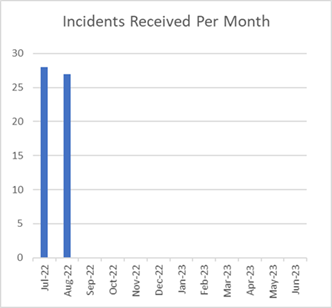
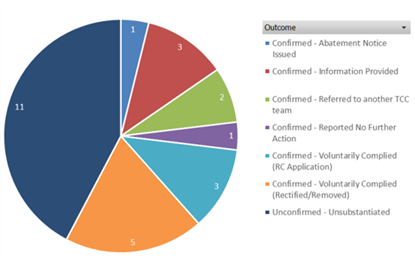
99. A
total of 101 individual resource consents were monitored in August, a slight
drop from 117 in July.
100. Noise incidents
remained low in August, with 8 incidents reported. June and July were also
quiet with 13 and 11 incidents respectively. Residential noise was the biggest
issue in August, with 50% of the incidents reported relating to residential
noise.

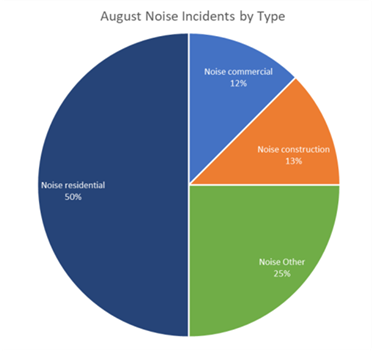
101. The introduction of Plan Change 33 was
implemented on 20 August, bringing about some relatively big changes to the
residential zones and rules in the City Plan. The team has been getting to
grips with these and how we enforce them, along with enjoying using the new
online City Plan.
102. The team also collaborated with the
Environmental Health team in a joint site visit to investigate a number of
allegations at a property. It was great to learn from each other and
build working relationships. The team has spent time in August monitoring a
Papamoa Eastern Interchange (PEI) resource consent for contaminated land, as
well as piling at the Tauranga North Link (TNL) Cambridge Road abutment.
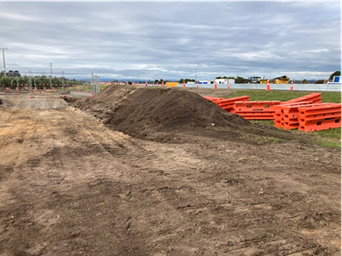

Development
Engineering
103. The Development
Engineering team is keeping on top of referrals coming from the Planners. PDP
and Banks Engineering Ltd. have been assisting the team to balance resourcing
requirements. To assist efficiency, the team has updated an engineering
checklist for RC applications to ensure correct information is provided
up-front by applicants. They have also provided the Development Engineers with
more delegation in decision-making, to reduce the number of applications that
need to be sent to the Three Waters team. Investigations are underway to put in
place a panel of experts to assist with reviews.
104. The Development
Contributions team noted an increase of BC applications prior to the fee
increase in July, while the number of standard three-bedroom dwelling consents
has reduced slightly, with a lot more consent applications for alterations to
existing dwelling coming through. This has coincided with the team assessing
multi-unit developments, mixed-use developments, more industrial units in
Tauriko and multi-story student accommodation.
105. Overall, there
has been an increase in developers requesting the deferral of development
contributions payments.
106. The Development Engineering team is continuing to work
through referrals and is on top of this workflow. Referrals for Resource
Consents have been more or less in line with 2021 (other than for June and
July), while the 223/224 application referrals have exceeded the proceeding
years.
Resource Consents:
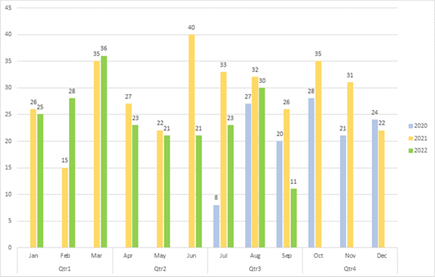
223/224 Applications:
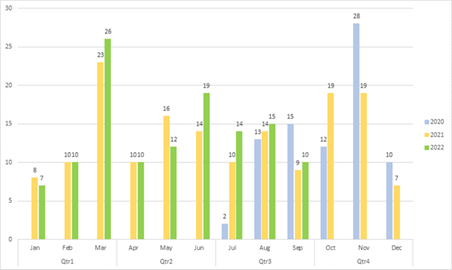
City Development and
Partnerships
City Partnerships
107. In
September, we met with staff from TECT, Lotteries, the Ministry of Culture
& Heritage, Sport NZ, Creative NZ and the Grassroots Trust to identify
potential funding opportunities across the next three years. We also attended
the Fundraising Institute NZ Conference in Wellington.
108. We
have received the Annual Report from the Tauranga Business Chamber for the
Smart Economy Business Advisor (SEBA) contract. This valuable service ensures
the outputs and intent of the Smart Economy Strategy (revised 2012) are
delivered, including ensuring organisations offering small business support
coordinate their programmes, and investigating establishing additional
programmes and activities to increase local business capability and
productivity. The 2021/22 financial year was a challenging time for new
business start-ups, as the Chamber saw an unusual decline in SEBA enquiries.
However, local businesses of all types and stages reached out to the Chamber’s business support
team. From there, clients were triaged to the most relevant business
support available to them.
109. We
are working with the Tauranga Māori Business Association to identify
opportunities for support, including networking opportunities and drafting a
submission to the Annual Plan.
110. Following
presentation of the six-monthly reports from the four mainstreet organisations
to the Strategy, Finance and Risk Committee on 12 September, staff met with
Commissioner Rolleston to discuss opportunities for greater collaboration with
our mainstreets. We will also be sending out a satisfaction survey to business
owners in October and are continuing to work on better ways to analyse and
present data for use by the mainstreets.
111. The
discovery stage of the council-controlled organisations (CCOs) shared services
project is now complete. A number of quick wins have already been identified
and actioned, including access to the TCC intranet to leverage existing
policies, identification of supplier panels that CCOs may be able to access,
progress on consideration of the adoption of the SAP finance system by Bay
Venues, and Tourism BOP leveraging TCC insurance rates with AON Insurance. The
next stage is to design, develop and activate an implementation roadmap to a
future state service model, which enables TCC and the CCOs to work together to
deliver impact and value for our communities through sharing of services in the
short-, medium- and long-term.
112. Our
three council-controlled organisation board interns have been adding
significant value to their respective CCO boards. They attended the Effective
Director Series three-day programme (delivered by Governance New Zealand) in
September, along with our new CCO Specialist.
Civic
Development - 95 Willow Street Demolition
113. The
demolition of 95 Willow Street has finished ahead of schedule, on budget, and
has exceeded sustainability targets.
114. An
independently-validated post-demolition report has confirmed that a total of
3,240 tonnes of concrete and 396 tonnes of steel removed from the site was
successfully recycled, achieving an impressive 100% recovery rate for those
materials.
115. The
report also shows 89% of all the material removed from the site during the demolition
will be either recovered, recycled or reused, meeting waste processing
obligations under the New Zealand Green Building Council Green Star reporting
criteria. This result is well above the initial target of a 75% recovery
rate.
116. Now
this phase of the demolition is finished, Geotech work is underway to inform
planning for the design and construction of Te Manawataki o Te Papa. While this
initial preparation work is underway, a section of the old library’s
first floor and the floor plates remain on site at Willow Street to keep the
ground solid and reduce dust.
117. Pedestrian
access along Willow and Wharf Streets has been restored. Hoardings have
also been installed, with signage to be put up around the area in the coming
weeks to promote awareness of the future development of Te Manawataki o Te
Papa.
The
Strand North
118. Seawall
renewals budget has been brought forward and discussions are underway to
develop the associated concept design for a “living seawall”, to
encourage habitation by shallow water marine life.
The
Strand South, Stage 1 – KiwiRail underpass and boardwalk
119. The
detailed design of the underpass culvert and wingwalls has been completed.
Fulton Hogan, a KiwiRail preferred supplier, has been engaged for the project.
120. The
decking timber for the boardwalk has been ordered to ensure material
availability for construction in mid-2023, with completion scheduled for
October 2023 to facilitate a joint official opening of this stage of Te Hononga
Ki Te Awanui.
121. Communications
and engagement are planned to let key stakeholders and the community know what
they can expect to see/hear, and when.
Tunks
Reserve/Elizabeth Street East
122. Detailed
design is currently in progress, with construction scheduled to commence before
the end of 2022 and completion expected March/April 2023.
123. Improvements
to the Fixation Coffee site and adjacent area bordering the basketball court
have been successfully discussed with the tenant. The Property team will
include the improvements as a condition of the new lease about to be issued.
Masonic
Park
124. The
redevelopment of Masonic Park has been brought forward with developed design
underway to allow for construction to commence in May 2023 – a slight
delay requested by the adjacent hospitality businesses to maximise the summer
hours.
Dive
Crescent Carpark
125. The
concept design for the redevelopment of the carpark is now moving into the
detailed design phase, which is planned for completion in late-October.
Early Contractor Involvement (ECI) will also assist in the detailed design
phase. The revamped carpark will provide 134 general parking bays,
including nine accessibility and maternity bays.
126. The
project communication plan is currently being finalised.
127. The
work programme is anticipated to commence prior to Christmas.
Beacon
Services Wharf
128. The
Beacon Services Wharf is an historic wharf once used for marine vessel
maintenance. The existing wharf structure is in a derelict state and has been
closed for many years. Concept designs are currently being considered to
maximise the recreational opportunities the site offers. The initial evaluation
of the remnants of the old wharf has confirmed little of the existing structure
could be utilised in any future development.
129. A
cone penetration test (CPT) programme is currently being designed by Tonkin and
Taylor to provide confidence about the nature of the harbour floor substrates.
The programme will encompass the marine zone running along the waterfront and
in the areas where proposed wharf developments will occur.
130. The
exciting discovery of a new species of sponge, not found anywhere else in the
harbour, brings a further dimension to this project. The sponge is
believed to be part of the Dysidea sp. family. Several large specimens of the
sponge can be found in proximity around the old western wharf piles.
131. In
parallel with concept design development, engagement with the University of
Waikato Coastal Science Group is occurring on how best to protect the sponge as
the development takes shape.
Cargo
Shed
132. Alaska
Construction was the preferred supplier and has been awarded the interior
fit-out contract for the Cargo Shed. The building consent, while issued, is
on-hold pending a resource consenting technicality that has been escalated to
be resolved ASAP. This will have an impact on the works programme, pushing the
expected completion date out to 30 November.
Elizabeth
Street Carpark Seismic Strengthening
133. The
Elizabeth Street carpark project is due for completion at the end of September.
Painting of steelwork on site has been held up by wet weather and it is
estimated the project will run over-schedule by two weeks. The project
delivered by Naylor Love has oherwise run very smoothly, with the live carpark
environment managed throughout the entire works, with minimal impact on users.
The project will be delivered within budget and to the original tendered price.
Spring
Street Carpark Seismic Strengthening
134. Spring
Street carpark strengthening works required a significant amount of steel
components that were sourced from overseas. Despite the project team’s
attempts to mitigate supply chain issues with early procurement, material from
England has been slow to arrive in New Zealand. This has led to a revised
sequencing of the work and will have a knock-on effect on the overall
programme. The new programme anticipates the project completion date will
extend by two months to 30 June 2023.
90 Devonport Road (Civic Administration Building
fitout)
135. Warren
& Mahoney presented the 90% preliminary design package to the Executive in
September and a number of design matters were endorsed, with the focus now on
working towards Frozen Layout in the next few weeks.
136. Over
the past three months, the Design Reference Group, which meets fortnightly, has
provided staff inputs and feedback to the design team to reach this milestone.
Our Specialist Groups are also meeting each month to provide their specific
needs to the design team.
137. Over
200 staff dialled in to our Live Teams event to hear about progress on the
design fit-out, as we reached a key milestone with the concept design and
initial floor plans being submitted by architects Warren and Mahoney. With the
floor plates now locked in, the next key milestone is preliminary design, which
is due in October.
City
centre transformation – overarching communications and engagement
strategy
138. Our
team has developed a communications and engagement strategy to support the
narrative around the city centre transformation, and the implementation of
projects across the area.
139. Key
to this strategy is that a joined-up communications approach is
taken across all projects and initiatives being delivered by council which
impact the city centre, as they are all part of our overarching vision for the
area - as outlined in our City Centre Action & Investment Plan.
Alignment with our Partnerships team will also play an integral role in
helping us to achieve our objectives.
140. In
the coming months, communications will be rolled-out across a variety of
channels, including signage, with a distinct ‘look and feel’ that
can be easily identified by our community, helping us achieve our overarching
communications objectives.
Attachments
1. 2021
- 2022 Smart Economy Business Advisor Report - A14011026 ⇩ 
|
Ordinary Council meeting Agenda
|
3 October 2022
|
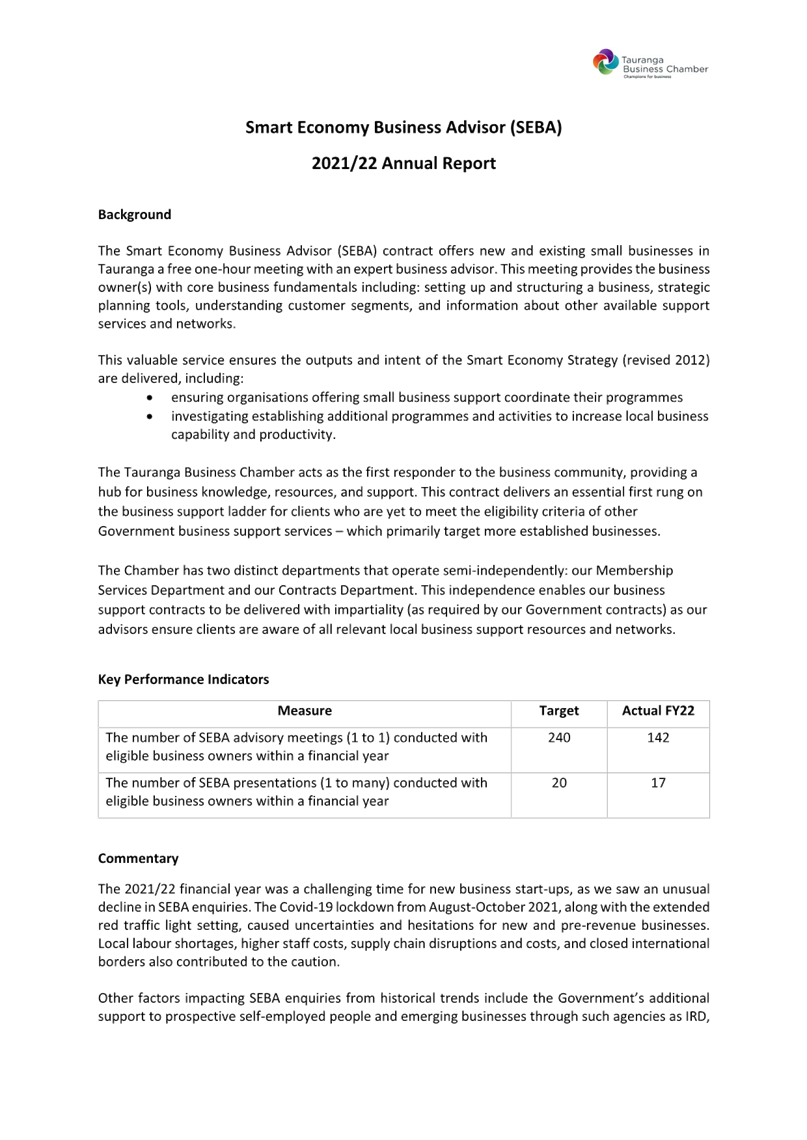
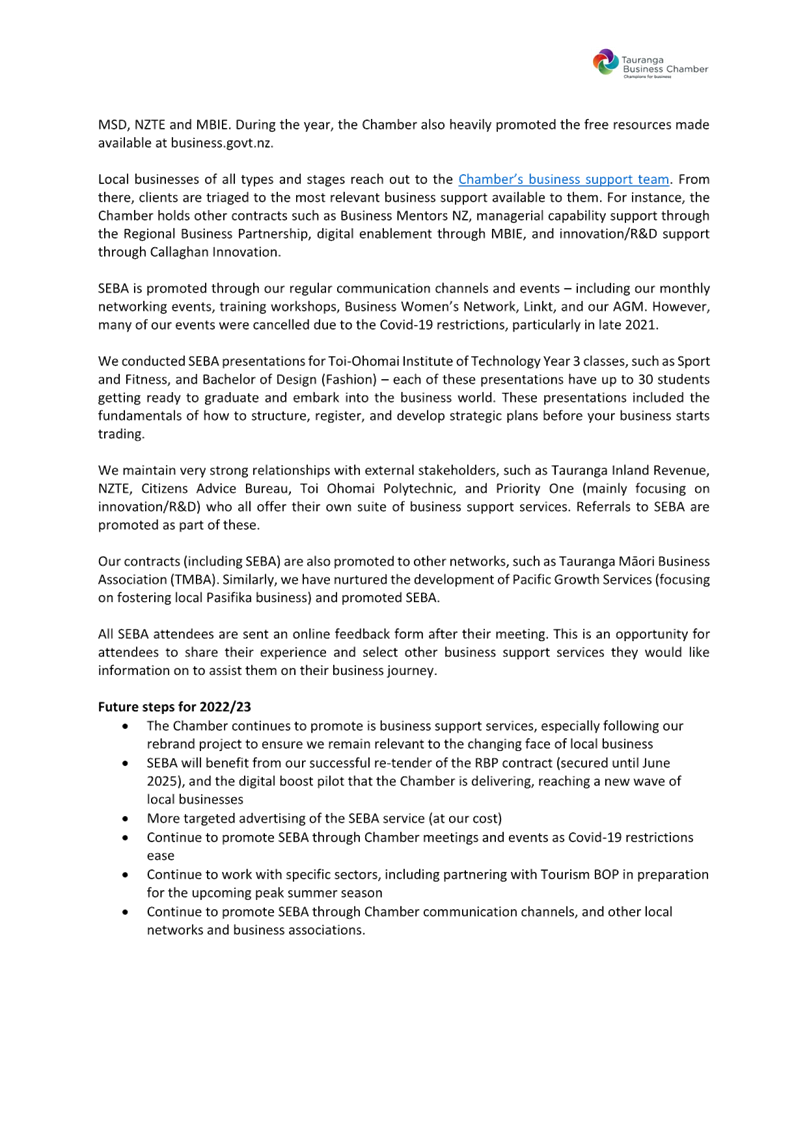
11.4 Parking
Management Plan
File
Number: A13763600
Author: Paul
Dunphy, Service Transformation Manager
Brendan Bisley,
Director of Transport
Authoriser: Nic
Johansson, General Manager: Infrastructure
Purpose of the
Report
1. Tauranga City is on a
journey to a future that supports a richer and more sustainable range of
transport choices, where people of all ages and abilities can move safely and
freely around the city, whether they choose to travel by foot, bike, scooter,
bus, car or any other types of vehicles.
2. Earlier this year, Council
adopted the parking strategy, which identifies five strategic outcomes:
· Improving vibrant
centres and access to centres
· Enabling a
multimodal transport system
· Enabling a more
attractive and compact urban form
· Supporting access
for all
· Ensuring value for
money and best use of resources.
3. The Transport team have
been working with consultants MR Cagney to develop a parking management plan
for the city centre to achieve the outcomes set out in the parking strategy.
This report provides a number of recommendations from the parking management plan
for approval.
|
Recommendations
That the Council:
(a) Receives the Tauranga
Central City Parking Management Plan report
(b) Adopts the Parking
Management Plan (Option 1) and its recommendations as set out in Table 2,
with specific attention drawn to:
(i) From December 1, 2022,
stop the 2-hour free trial and reinstate parking charges within the city
centre core area (outlined in Figure 2 in orange).
(ii) From
December 1, 2022, extend no parking on berms throughout the plan area
(iii) From November 1, 2023,
implement parking restrictions across the city centre fringe and wider areas
in Te Papa up to 11th Avenue, including Memorial Park (outlined in
Figure 2 in purple and green).
(iv) Adopts the change to variable on-street
charging which will come into effect on December 1, 2022.
(c) Notes that there will be
communications on the changes.
|
background
4. The Council provides
carparking in commercial and residential areas across the city. Within a road
reserve, there is a limited space, and every activity requires some space which
may prevent other activities being able to be accommodated. Streets need to provide
for vehicle movement, delivery of goods and services, walking, cycling,
beautification (garden areas, trees, and art features etc) and safety
(pedestrian crossings etc).
5. The recently adopted
parking strategy by Council has an emphasis on the carparking being available
to support retail activities. To support a thriving business area, carparking
availability is an important aspect as customers want the ability to easily
visit a business to browse and collect goods. In commercial areas we have both
on-street and off-street carparks, and we have a mix of short- and long-term
parking options.
(a) The on-street carparks are
intended to be short stay and high turnover carparks so customers can park
relatively close to the stores they wish to visit and have a high confidence a
carpark will be available when they visit the city centre. Typically, Council
would aim to keep occupancy of on-street carparks below 85% at any time so
there are always carparks available if a customer comes into a street.
(b) The off-street carparks (at
street level and parking buildings) are designed to cater for parking over
longer time periods. These are better suited to provide carparking for workers
that need the ability to use a vehicle to get to and from their work.
(c) The private sector has a role
to play in the provision of carparking. The Harrington Street site has been
recently consented to provide public carparks as part of the site
redevelopment. Work is expected to get underway on this building in the near
term which will increase the availability of off-street carparks.
6. Once past 3rd Avenue, the
side streets are largely residential in nature. In these areas Council needs to
balance amenity for residents, support businesses along Cameron Road and on the
adjacent side streets and provide visitor parking for the residents. In these
areas, the streets are not intended to cater for all day worker parking.
7. In mid-2020, in response
to disruption caused by the Covid pandemic and to support business recovery in
the city centre, on-street parking in the Tauranga City Centre was made free
but subject to a two-hour time limit. There have since been extensions and now
the two-hour free trial has been in place for approximately two years. Based on
spending data obtained during the trial, there has been no discernible
improvement in the vitality of the city centre businesses as a result of the
trial with spending in the CBD growing at similar rates to Bayfair and The
Crossing after the end of the Covid lockdowns.
8. The provision of
carparking is expensive. Council has either purchased the land and built a
carpark or has installed facilities for carparking. In addition, there are
ongoing costs to manage and maintain the carparks. Parking management is
intended to be fully funded by user fees to reflect the benefit from those
using parking spaces (it does not attract any rates funding). Where revenue
does not cover the costs of managing and maintaining carparks, the shortfall in
revenue has been provided via debt funding, but this needs to be repaid.
Strategic / Statutory Context
9. The National Policy
Statement on Urban Development has required councils to allow for greater
density around town centres and remove minimum parking requirements from local
planning rules. The recommendations outlined in this plan will allow TCC to
proactively manage their parking resources in anticipation of density and
increased parking demand.
10. In response, TCC recently adopted
the Tauranga Parking Strategy which sets policy direction and how it relates to
parking supply and management in Tauranga. It identifies five strategic
outcomes:
· Improving vibrant
centres and access to centres
· Enabling a
multimodal transport system
· Enabling a more
attractive and compact urban form
· Supporting access
for all
· Ensuring value for
money and best use of resources.
Parking Supply
11. There are over 5,000 car parking
spaces within the Parking Management Plan area, with over 3,000 spaces located
on the street and nearly 2,000 in off-street spaces. These parking spaces are
currently managed by a variety of methods, including parking fees, time limits,
leased spaces, residents only parking, and there are almost 1,400 unrestricted
spaces. The on-street supply is expected to decrease as space is allocated to
support public transport, cycling and street upgrades.
Parking Use
12. The current utilisation of car parks
across the plan area does not exceed 85% during busy times. A large proportion
of parking across the plan area is being used by workers for long-stay parking,
especially areas without any parking restrictions which are highly utilised
during busy times for long stay parking.
13. The provision of the carparking
infrastructure has been funded through debt. This covers the land the carparks
are situated on, lighting, management of the carparks, surfacing, line
markings, building maintenance, parking meters, IT systems and collection
services to empty the meters. In an ideal situation, the carparking revenue should
cover the costs of maintaining the infrastructure and collect sufficient
revenue to repay the debt funding over time (10 years)
14. The 2-hour free trial has resulted
in workers using the carparks for extended periods. This has created the
situation where few carparks are available for customers of stores and
businesses in the city centre. The 2-hour free parking also has an impact on the
value of the parking tickets that can be issued. An infringement for
overstaying a time restriction varies between $12 to $57 depending on the
length of the overstay. The average infringement value issued in the city
centre is $15 due to the time period that the parking restriction applies. Some
motorists are happy to pay this cost as it was lower than the parking building
charges. Failing to pay for parking is a $40 infringement. With parking charges
in place for the whole day, these higher infringements can be issued more
easily and act as a deterrent to stop workers using the carparks for all day
use.
15. Some workers need access to a
vehicle as part of their job, because of where they live not having viable
alternatives or because they need to drop-off and collect children. There are
many workers however, who could use an alternative mode of travel, but the use
of a vehicle is convenient and has become a habit.
16. Off-street parking currently
provides enough car parks to accommodate the workers who need a vehicle.
Utilisation information for July 2019 and compared to July 2022 (table 1 below)
shows there is capacity to move from on-street spaces into the parking
building.
|
Average
Occupancy
|
July 2022
|
July 2019
|
|
Elizabeth Street
|
54.7%
|
72.6%
|
|
Spring Street
|
82.9%
|
83.2%
|
Table 1: Average Occupancy, 9am-5pm Mon-Fri
17. Those
workers who don’t need a vehicle have buses and cycling as a viable
alternative and there is also future investment planned to improve these two
options.
(a) Public transport: this will be
through the provision of bus infrastructure such as shelters, park and ride
facilities, interchange facilities, additional bus lanes to improve bus travel
times and changes to the bus services to optimise services.
(b) Cycling infrastructure:
Council has plans to build a series of safe separated cycle paths that are
connected across the city. This will allow cyclists to safely travel between
different parts of the city and into and out of the city centre.
Gearing up for
the future
18. We believe that it is the right time
to make some changes to parking in the city centre. Our population has
increased drastically in recent years and is predicted to grow by 50% over the
next 50 years, so there is increasing pressure on our roads for space,
therefore this is the time to gear up for the future, to enable more travel
choices to be made.
19. Having more travel choices, will
contribute to ensuring ‘We can move around our city easily’
which is one of the Community outcomes.
20. There are five key benefits of this
Parking management plan being adopted, namely.
1. Reducing
Congestion
It will help
enable a multimodal transport system that reduces traffic congestion for
everyone that use our roads, speeding up journey times. Parking management is
one tool to create a better transport network but is part of a greater city
vision involving other transport projects across Tauranga that support and
complement each other.
2. Reducing
Carbon
It will help
deliver on the Government’s emission reduction plan for combatting
climate change and improving air quality by encouraging environmentally
friendly travel choices across Tauranga. There are future plans being
considered to look at park and ride for more rural areas as well as new signs
being put in place at 5 ‘gateways to the city centre’ showing the
number of free spaces in our parking building.
3. Revitalised
City Centre
As we reimagine
what our future city centre looks like, we have an opportunity to review how we
access and move around the area. Our plan is a city centre for people, a great
place to live, work, learn and play, that prioritises people at its heart.
Increased parking turnover means more shoppers and visitors, contributing to a
revitalised city centre. Our variable charges should give confidence that there
will be a parking space available for them to use, because of higher turnover,
and at an affordable price.
4. Multi-modal
Our community is
on a journey from a car-oriented past to a multimodal future that ensures a
more sustainable range of transport choices so people of all ages and abilities
can safely and freely move around, whether they choose to travel by foot, bike,
scooter, bus, or other type of vehicle. We acknowledge public transport and
active travel will not always be viable for everyone, but it is important our
community can access healthier and more environmentally friendly alternatives
to private vehicle use
5. User-Pays
The actual cost
of parking in Tauranga should be paid for by those that are using it. Currently,
the trial means the Parking activity is operating at a loss each year, which is
contributing to an unsustainable model of increasing debt.
Options Analysis
21. The
option analysis below considers the adoption of the Parking Management Plan.
Option 1 (RECOMMENDED)
22. Council adopts the Parking
Management Plan.
23. Key
risk: Some of the Community will not be supportive due to the financial
impact on individuals
|
Advantages
|
Disadvantages
|
|
· Helps
to reduce congestion
· Helps
to reduce carbon emissions
· Contributes
to a revitalised City Centre
· Helps
with multi-modal travel choices
· Supports
a sustainable user-pays model
|
Not all of the
community will be supportive, including some workers
Public Transport
needs to be improved
The infrastructure
across our city is still improving (roads, cycle ways)
Charging for parking
while there is high Inflation impacting cost of living for everyone is
challenging
|
24. Implement variable priced parking in
City Centre Core from 8am-6pm Mon-Sat. Enforcement for additional hours able to
be absorbed within existing resources in the short term
25. Implement variable on-street charges
at $1 per hour for the first two hours, then $5 per hour thereafter.
|
Year (Financial Year 2023)
|
$
|
Comments
|
|
Budget for on
street revenue
|
2,177,828
|
Assumed
implementation date of July 1 2022
|
|
Revenue forecast if variable charging introduced on Dec 1
2022
|
1,196,261
|
· Based
on average 4 hour stay
· assuming
50% occupancy,
· Mon-Sat
charging and
· 10%
uptake of Eliz St carpark building utlisation for workers
|
|
Variance to revenue budget if charging implemented on Dec 1 2022
|
(981,567)
|
|
26. Future year adjustments to revenue and
expenditure for the parking changes coming online from November 1 2023 will be
addressed through 2024 annual plan process.
27. To give effect to the parking
strategy, a parking management plan is required. This details the specifics of
how the parking strategy will be implemented and the changes in the area
covered by the study. The CBD and surrounding area were the first area to have
a parking management plan developed. Similar plans will be developed for the
other key retail areas of the Mount and Greerton. This report covers the city
centre and its surrounding areas and has suggested changes to more effectively
provide parking for the activities in the area.
28. The Parking Management Plan coverage
area is shown in figure 1 below. The plan provides clear and justified parking
management recommendations that will help TCC manage its public parking
resources in a way that is aligned with the council’s strategic
objectives. This work supports the movement and access framework in the City
Centre Action and Investment Plan (CCAIP)

Figure
1: Tauranga Central City Parking Management Plan Study Area
29. The Transport team have been working
with consultants MR Cagney to develop a parking management plan. The Tauranga
Parking Management Plan (Appendix 1) developed a series of
recommendations to support the parking strategy. The changes are detailed
further in the following table:
|
December 1 2022
|
Type
|
Summary
|
Recommendations
|
|
Area
wide parking management
|
Technology
|
• Investigate
using Licence Plate Reading (LPR) camera systems linked to Pay By Plate
payments for on and off-street car parking enforcement.
• Procure
another LPR camera mobile enforcement system
• Promote
use of parking apps and QR codes
• New
parking meters purchased should be smaller and cashless
|
|
Data
collection and reporting
|
• Conduct
parking occupancy survey 6 months after implementing changes and annually
thereafter.
• Work
with parking suppliers to get access to data and aggregate to provide up to
date view of utilisation and compliance
|
|
Parking
on berms
|
• Extend
no parking on berms throughout the plan area
|
|
Area
specific
|
On-street
priced parking
|
• Implement
variable priced parking in City Centre Core from 8am-6pm Mon-Sat
• Charges
will be $1 per hour for the first two hours, then $5 per hour thereafter
|
|
Off-street
car parks
|
• Amend
pricing structure to prioritise short-stay parking and reflect the cost of
providing the parking
|
|
Residents
only parking
|
• Review
any formal arrangements establishing the car parks on First Avenue as
‘residents only car parks’ with the view to phasing these out
|
|
Mobility
Parking
|
• Establish
additional mobility car parks in the area between Durham Street and Cameron
Road on Elizabeth Street
|
|
|
|
November 1 2023
|
Area
Specific
|
On-street
priced parking
|
• Implement
priced parking in City Centre Fringe
|
|
Residential
Fringe
|
• Retain
existing time limits
• Apply
new P120 time limits as outlined in Figure 2
• Use
mobile LPR camera vehicles to enforce these restrictions
|
|
Off-street
car parks
|
• Incrementally
adjust pricing of off-street car parks to recover a greater proportion of
parking costs.
• Phase
out lease parking.
|
|
Plan
Area
|
• Monitor
parking occupancy annually and adjust prices to achieve 85%.
|
|
Recreation
reserve
land
|
• Monitor
parking to ensure the land is being used by people using the recreation
reserve not commuters.
|
|
Appropriated
On- Street car parks
|
• Regularise
parking spaces on public land that have been appropriated by adjacent
businesses
|
|
Mobility
Parking
|
• Establish
additional mobility car on St Johns Road and the eastern part of 11th Avenue
in the 11th Ave Commercial area
|
Table 2: Full proposed Parking Management Plan changes
30. The development of this plan
involved:
· Reviewing
related strategic documents such as the Parking Strategy and Regional Mode
Shift Plan which were widely consulted on
· Discussions
with key stakeholders such as Tauranga City Mainstreet Organisation, Priority
One and Tauranga Primary School
· Comprehensive
data analysis to provide a picture of current parking supply and use
· Developing
parking management approaches for the plan area, including looking at different
options and their impact.
31. The scope of this plan covers time
limits, priced parking and mobility parking for on-street parking and TCC
managed off-street parking within the plan area. The plan area has been split
into six management areas, as shown in Figure 1 overleaf, based on land use
activities and demand for different types of parking.
32. The changes proposed are shown in
the Figure 2 below:

Figure 1: Map of key recommendations
33. TCC have been in discussion with the
Bay of Plenty Regional Council (BOPRC) about public transport provision. BOPRC
are currently investigating a return to pre-covid bus services as well as
investigating additional routing. There are, however, challenges recruiting bus
drivers, which they are navigating.
34. In relation to timing,
(a) the two-hour free trial could
be stopped from the beginning of December 1, 2022. This allows time for
engagement with stakeholders and to change signage and change the information within
the meters.
(b) The extension of the paid
parking areas and time restrictions on the Avenues could be implemented from
November 1, 2023. This would allow time to order the additional meters,
undertake the installation and for businesses and drivers that have used those
areas for parking to plan for the change. Parking on the berms across the wider
area would be banned to prevent workers simply parking on the berms to avoid
the parking charges.
35. The P120 restrictions will be
removed as new hourly parking rates should still discourage all day parking and
ensure workers are directed to the cheaper option, i.e. into the parking
buildings which have a daily rate of approx. $17. It will cost workers at least
$21 per day based on 7 hours of parking to park on street. The risk of a $40
infringement for failing to pay for parking should also help to drive
compliance. Areas with shorter duration limits (P5, P10, P30, P60 etc) could
also be retained as they are as they were put in place based on the needs of surrounding
businesses. In relation to fees and charges, new charges were agreed as part of
the recent annual plan. On street charges will come into on December 1, 2022.
Option 2
(NOT RECOMMENDED)
36. Council does not adopt the
Parking Management Plan.
37. Key
risk: Slower or little change in the behaviour of the Community.
|
Advantages
|
Disadvantages
|
|
· Continuation of
the 2-hour free parking trial
· Continuation of
free parking in a number of streets along the Avenues
|
· Lack of
alignment with the Councils Community Outcomes
· Workers continue
to drive to the city centre and park their car
o Illegally for more than two
hours, on residential streets, on berms or in reserves
· No clear
response to congestion or carbon reduction. By making different travel
choices (walking, cycling or public transport) there will be less emissions
released into the atmosphere which is good for climate change and air
quality.
· Increased debt
to cover car park infrastructure
· Does not align
with the City Centre vision
· Lack of parking
available close the business as it is used by workers
|
38. Retain current trial of free parking
in the city centre.
|
Year (Financial Year 2023)
|
$
|
Comments
|
|
Budget for on
street revenue
|
2,177,828
|
Assumed
implementation date of July 1 2022
|
|
Revenue forecast if free trial
continues
|
240,000
|
Based on current
revenue generation
|
|
Variance to revenue budget if free
trial continues
|
(1,937,828)
|
|
Financial Considerations
39. The financial considerations have
been detailed in the above options.
40. There is a negative variance to
revenue budget under both options, with the recommended option being
approximately $1m less impactful on the parking management activity’s
debt.
41. The Parking management activity does
not attract any rates funding so neither option will have a direct bearing on
the 2023 rates requirement.
Legal Implications / Risks
42. An
initial assessment of legal implications and risks has not given rise to
significant concerns in relation to the proposed resolutions. Further
assessment of legal implications and risks will be undertaken before December
1.
Consultation / Engagement
43. Engagement with stakeholders on this
plan builds on the engagement undertaken through the development of the
Tauranga parking strategy adopted in November 2021.
44. During the development of this plan
interviews were held with key stakeholders in the city centre.
45. There have also been discussions
with Bay of Plenty Regional Council, mana whenua, Priority One and Waka Kotahi.
Key Themes from these discussions
46. There was overall concern at the
decline of the Tauranga City Centre but divergent views on the cause of this.
· parking was the
reason that the city centre was not performing well.
· A need for better
alternative transport options
· better management
of parking to support access for short-term visitors.
· more all-day
parking was needed as public transport in Tauranga didn’t work for many
people.
47. The feedback gained through
stakeholder inputs has informed the recommendations made in the Parking
Management report.
48. The community was consulted on the
parking strategy earlier this year. This parking management plan gives effect
to the strategy and is not changing the outcomes of the adopted strategy.
49. The business community and affected
residents will be informed of the planned changes across multiple channels (as
outlined in a Communications Plan).
Significance
50. The Local Government Act 2002
requires an assessment of the significance of matters, issues, proposals and
decisions in this report against Council’s Significance and Engagement
Policy. Council acknowledges that in some instances a matter, issue, proposal
or decision may have a high degree of importance to individuals, groups, or
agencies affected by the report.
51. In making this assessment,
consideration has been given to the likely impact, and likely consequences for:
(a) the
current and future social, economic, environmental, or cultural
wellbeing of the district or region.
(b) any
persons who are likely to be particularly affected by, or interested in, the
decision.
(c) the
capacity of the local authority to perform its role, and the financial and
other costs of doing so.
52. In accordance with the
considerations above, criteria and thresholds in the policy, it is considered
that the decision is of low significance. The Transport team acknowledge the
issue of the future of the city centre’s parking is of high significance.
However, the decision proposed in this report is of low significance due to the
recent adoption of the Parking strategy which was widely supported after
significant engagement and input that has occurred.
Next Steps
53. If adopted there will be
the following undertaken:
(a) Communications across multiple
channels, i.e., in person, online and via leaflets.
(b) Improvements to the on-street
pay and display machines, including any new/replacements to be made and signage
in the city centre core area
(c) A new vehicle for monitoring
illegal parking to be purchased
(d) The new charges to be put in
place and signage updated for December 1 2022
(e) Working closely with our
regional partners to support Public Transport provision being increased back to
normal (pre-covid) levels as soon as possible
Attachments
1. Tauranga
Parking Management Plan - A13788671 (Separate Attachments 1) 
11.5 Active
Reserve Masterplans
File
Number: A13897551
Author: Ross
Hudson, Team Leader: Planning
Authoriser: Barbara
Dempsey, General Manager: Community Services
Purpose of the Report
1. To
seek endorsement of the masterplans for Baypark, Blake Park and the Tauranga
Domains and approval to move to detailed design and implementation of early key
actions.
|
Recommendations
That the Council:
(a) Receives the Active Reserve Masterplans
report and attachments.
(b) Endorses the attached Active
Reserve Masterplans for Baypark, Blake Park and the Tauranga Domains as
preferred options and notes the intention to propose funding allocations
through the next Annual Plan and Long-term Plan to enable key actions.
(c) Approves moving to detailed
design and project feasibility for the masterplans, including further
engagement with stakeholders and mana whenua, and delegates to the Chief
Executive or appointee to make further decisions on minor design amendments.
(d) Continues to work with Bay
of Plenty Speedway Association towards the implementation of the Baypark
masterplan, including consideration of options for relocation of their
activities to a suitable alternative site.
(e) Endorses the following
actions as priorities for early implementation between now and 2024/25,
pending detailed design and feasibility and agreement of funding
contributions through the Annual Plan and Long-term Plan:
(i) Enabling
works at Baypark, including a new entrance from State Highway 29a and the
repositioning of the Speedway pit area
(ii) Relocation
of Tauranga Netball and essential supporting services from Blake Park to
Baypark
(iii) Increased
dedicated tennis court space provision at Blake Park
(iv) Provision
of additional grass fields at Blake Park
(v) Demolition
of the Mount Sports Centre at Blake Park and reuse of that space for
additional carparking
(vi) Provision
of additional formalised parking at Blake Park
(vii) Relocation
of the athletics track and essential supporting services from Tauranga Domain
to Baypark
(viii) Relocation
of Tauranga Lawn Bowls and Tauranga Croquet Club from Tauranga Domains to
alternative sites
|
Executive Summary
2. Tauranga’s
network of active reserves provides multiple opportunities for community sport,
recreation, events and high-performance training. The reserves are highly used
and valued by our community. The network has grown incrementally over decades with
play space and facilities being allocated in ways that made sense at the time
but, in some cases, are now constraining greater and more diverse use. We are
embarked upon a programme of work to improve the capacity and quality of the
network, with improvements across a range of reserves underway.
3. Our
premier active reserves – Baypark, Blake Park and the Tauranga Domains
– have lacked integrated designs and clear visions for their future
development. In order to maximise the community value that can be derived from
those spaces as the city grows rapidly, we have developed an integrated set of
outline masterplans that can guide short, medium and long-term investments by
Council, and its partners.
4. Whilst
each of the sites is expected to provide for a mix of community sport and
recreation, high performance sport and events, the vision and emphasis differs
at each site. This is summarised as:
(a) Blake Park – a field sports
hub, with primary focus on community and high-performance sport, and a
secondary focus on events.
(b) Baypark – a community
sports hub, with a particular focus on indoor sports and outdoor
non-field-based sports, and a secondary focus on events and high-performance
sport.
(c) Tauranga
Domains – a primary focus on events and a showcase for community and
high-performance sports, with a secondary focus on community sports.
5. It
is important to note that the remainder of the active reserves network, where
we are implementing a programme of actions to increase capacity, will continue
to prioritise community sport and recreation.
Image 1 below outlines the vision of the
three masterplanned sites in the context of our programme of work across the
active reserves network. 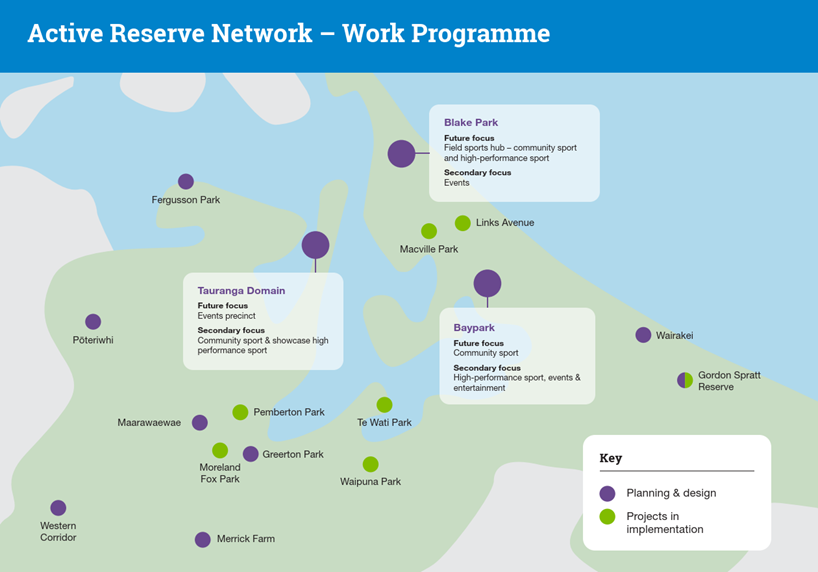
6. The
set of outline masterplans are attached with this report. As part of the
master-planning process, we have also identified a set of key moves that,
between now and the end of 2025/26, will be the first major steps towards the
visions for each site, and that will enhance the user experience for those
sporting groups directly affected and other users of the sites. The key moves
for each site are noted below.
7. Blake
Park
(a) Relocation of Mount Playcentre to
Golf Road Reserve.
(b) Relocation of Tauranga Netball
from Blake Park to Baypark.
(c) Improved dedicated tennis court
space provision (compensating for loss of shared tennis/netball space).
(d) Provision of additional playing
fields at Blake Park for 2 x rugby fields and 1 x cricket oval in the space
vacated by netball.
(e) Bay Oval pavilion extension.
(f) Demolition of the Mount
Sports Centre, with the current uses of the hall being absorbed through planned
investments in the indoor courts network and the potential for additional
indoor courts and outdoor covered space at Baypark.
(g) Creation of a Destination
Skatepark on the Hull Road/Maunganui Road site – for Summer 2023.
(h) Increases to the formalised
parking provision onsite and remodelling of entranceways.
(i) Planting,
cultural and aesthetic enhancements.
8. Tauranga
Domains
(a) Relocation of the athletics track
and supporting facilities to Baypark.
(b) Relocation of Tauranga Lawn Bowls
to a suitable alternate site.
(c) Relocation of Tauranga Croquet
Club to a suitable alternate site.
(d) Relocation of two tennis courts
to the space vacated by croquet, enabling improved site access, circulation and
events management.
(e) Improved site access and surfaces
to enable better events staging.
(f) Development of the proposed
Tauranga Community Stadium (pending business case).
Note that the moves are expected to be
beneficial or neutral for those affected users once complete and are considered
beneficial to the overall function and community use of the site, whether the
Tauranga Community Stadium proceeds or not. For example, at the moment
athletics use is regularly disrupted by events and by other sports clubs’
use of the site. Their relocation to Baypark will allow a dedicated space for
track and field training and events.
9. Baypark
(a) Relocation of the Speedway pit
area within the site, freeing-up space for additional community sports uses.
(b) Development of dedicated spaces
and facilities for athletics and netball.
(c) A new primary entrance to the
site from the State Highway 29a roundabout and associated improvements to
parking, circulation and multi-modal accessibility.
(d) Planting,
cultural and aesthetic enhancements.
10. It
is important to note that whilst there will be inevitable disruption to
affected stakeholders through the implementation of these actions, our
provisional assessment is that the changes will be beneficial or neutral to
those user groups, and that they are essential to the overall function of reserves
as the city grows and seeks to meet its agreed community outcomes. We have
engaged with over 30 stakeholders, along with mana whenua, through the process
so far and will continue to do so as the masterplans move into detailed design,
feasibility, and implementation phases.
11. With
Council endorsement, our key next steps include:
(a) Detailed
design across the three sites, including refinement of space allocations
staging of works, mana whenua cultural narrative and design plans, vegetation
plans and refinement of access plans.
(b) Feasibility and business case
development for key moves, where necessary, including detailed cost
assessments.
(c) Proposals
for budget reallocations and, where necessary, increased budgets through the
upcoming Annual Plan and Long-term Plan (LTP) processes.
(d) Implementation
of key actions that can be achieved in the next 0-24 months.
12. Key
deliverable actions over the next 24 months include –
(a) Relocation of the Mount
Playcentre and demolition of the current building (underway)
(b) Extension of the Bay Oval
Pavilion (underway)
(c) Relocation of the Speedway pit
area (this financial year)
(d) Development of new outdoor
netball courts at Baypark and temporary supporting facilities
(e) Development of an athletics
track at Baypark and temporary supporting facilities
(f) Enabling works for
additional grass fields at Blake Park
13. We
have identified an initial $18m of existing Active Reserves budget allocations
across the LTP that could be deployed towards the identified key moves between
now and 2025/26. Further Council funding, along with external funding will be
required to fully enable these moves.
Background
14. On
23rd May 2022, Council resolved to: –
(a) Undertake masterplans for Baypark,
Blake Park, and the Tauranga and Wharepai Domains, with Bay Venues Limited and
other key stakeholders; and
pending
finalisation of those masterplans;
(b) Identify Baypark as the preferred
location for a new Tauranga netball facility, consults and works with the
Netball Association towards that objective;
(c) Work with Bay Venues Limited to
explore options for the relocation of the Tauranga Domain athletics track and
in doing so, consults with the Bay of Plenty Speedway Association about
co-location and relocation options for a facility, subject to the community
stadium development proceeding;
(d) Work with Tauranga lawn bowls and
croquet to explore co-location and relocation options, subject to the community
stadium development proceeding; and
(e) Continue to engage directly with
affected parties, including existing users of the reserves, and with mana
whenua and wider stakeholders as appropriate.
Engagement
15. The
attached outline masterplans are the result of dedicated analysis and
engagement with affected stakeholders. Over 30 stakeholders and users of the
sites have been consulted through the process to date. Whilst some affected
parties are averse to, or hesitant about the changes proposed, the majority are
in favour. In addition, Bay Venues, Sport Bay of Plenty and Sport New Zealand
and Priority One have expressed their support for the masterplans.
16. Mana
whenua have been engaged through each of the outline masterplan processes and
have expressed support. Through the detailed design phase, we will be creating
specific design layers for each masterplan that reflect the cultural narratives
of the sites and opportunities for their visual expression. We will also be
exploring opportunities for greater involvement and participation of mana
whenua in the activities on those sites.
17. Our
view is that all the proposed moves will be beneficial (or at worst neutral)
for the sporting groups directly affected and that the implementation of the
masterplans will be significantly beneficial for our broader ambitions to
enable our community to be more active, more often, to be able to participate
in sports and recreation at high quality facilities, and to spectate at exciting
and inspiring events. Implementation of the masterplans will be key to maximise
the community value from these premier spaces and from our Active Reserves
network as a whole. Further work is now required on the detailed design and
implementation of the masterplans, and their key actions. Key stakeholder
engagement will be ongoing through that phase.
18. The
following sections summarise the vision for each of the outline masterplans,
the full realisation of which can be delivered through Council partnerships
with clubs and funding partners.
Blake
Park
19. The
vision for Blake Park is that its role as a premier community and
high-performance field sports centre evolves and enhances further. A key
benefit of the masterplan and its key moves are that it allows the field space
to meet growing and currently competing demands, as well as significantly
enhancing the scope and quality of facilities for community sports clubs and
high-performance sports training and events.
20. Key
features of the masterplan are as follows:
(a) The Bay Oval is further developed
towards the vision for it to be New Zealand’s premier boutique cricket
ground, with extension of the pavilion and development of a new indoor training
centre for cricket and other sports.
(b) Community cricket will benefit
from an additional cricket oval and a new pavilion as part of a co-located
cricket and tennis clubroom facility.
(c) The Mount Tennis Cub will benefit
from additional dedicated tennis courts, compensating for the loss of the
shared netball/tennis courts, with new surfaces proposed for all courts.
(d) Community and high-performance
and rugby are both provided with additional field space and improved turf
quality, with two new sand-based grass fields and a new hybrid turf on the
Gordon Tietjens field.
(e) The Mount Sports Club will be
refurbished or rebuilt, providing additional squash courts and improved rugby
facilities. Consideration will also be given to potentially integrate a rebuilt
Adams Centre for High Performance as part of that development.
(f) Tauranga Hockey will
benefit from an additional half-turf training pitch and new clubroom
facilities.
(g) The new Destination Skatepark
will be built at the junction of Hull and Maunganui Roads.
(h) Additional formalised carparking
will be created at the Hull Road end of the park and at the Kawaka Street end, with
the intention that there will be sufficient parking availability during busy
event days. Multi-modal access will improve with planned interventions on
Totara Street and Maunganui Road.
(i) Improvements to
entranceways, pathways, planting and cultural storytelling with enhance the
overall experience of the park.
(j) Events
will continue to be held, where they are consistent with the vision for the
park, or where they do not significantly disrupt regular agreed use.
Baypark
21. The
vision for Baypark is that it becomes the premier location for non-field-based
community sports and expands its role as an entertainment precinct, albeit with
fewer major events. What is currently an underutilised outside space becomes
filled with community sports and recreation options, where people stay for
longer and have multiple activity options.
22. Key
features of the masterplan are as follows:
(a) A new Netball Centre is built on
the current Eastern carpark providing outdoor covered and uncovered courts with
supporting facilities, with the covered facilities being adaptable to multiple
sports.
(b) A new athletics centre is built,
with high-quality dedicated track and field facilities, and supporting
spectator and club facilities.
(c) A new beach sports centre is
constructed with community and high-performance beach volleyball and associated
uses.
(d) A new regional Gymsports centre
is constructed, housing multiple related codes, alongside indoor and outdoor
climbing facilities.
(e) The Trustpower Arena is expanded
to provide at least four additional multi-use indoor courts, providing much
needed additional capacity and allowing larger community sports events.
(f) The speedway pit area is
relocated within the site initially, with a preference for Bay of Plenty
Speedway to relocate to an alternative site from no later than 2029. Work is ongoing
with Speedway to explore alternative site options, alongside options for a
reduced footprint at Baypark.
(g) A new primary entrance is
constructed off the new SH29a roundabout, with redesigned access and movement
options through the site. This will improve vehicle access and the Bay of
Plenty Regional Council has advised it will improve public transport viability
as it enables quicker access and exit for buses. Walking and cycling access to
the site will also improve with the SH29a pedestrian bridge and planned works
along Truman Lane.
(h) The
overall user experience of the park is enhanced with outdoor play features,
mana whenua historical storytelling and visual imagery, planting and walkways.
Tauranga
Domains
23. The
vision for the Tauranga and Wharepai Domains is that they become the
city’s premier events spaces as part of a transformed city centre.
Pending its business case process, the Tauranga Community Stadium would become
the centrepiece of the Domain, showcasing community and high-performance sport,
and major cultural events. With or without the Tauranga Community Stadium, the
majority of the actions identified in the masterplan would be recommended as
they enable improved use of the space and more sustainable outcomes for the
affected sports clubs.
24. Key
features of the masterplan are as follows:
(a) A new community stadium, with a
hybrid turf playing surface, providing for community and events use, with
Tauranga Lawn Bowls, Tauranga Croquet Club and the athletics track relocate to
suitable alternative sites. Development of a new multi-sport clubrooms in the
North-eastern corner of the stadium.
(b) New entrance on Hamilton Street
with circulation round the site behind the tennis courts, enabled by moving two
tennis courts, along with new hardstand surfaces and parking to enable events
logistics and people movements, and improved carparking for Tauranga Lawn
Tennis Club.
(c) New cricket nets.
(d) Hybrid turf and reconfiguration
of Wharepai Domain to enable higher grass sports use and events.
(e) Improved events staging sites and
storage.
(f) A
new ‘woodland style’ playground under the area of mature trees.
Financial
Considerations
25. The
implementation of the identified key moves is expected to lead to requests for
additional Council funding through the upcoming Annual Plan and LTP processes.
$18m of existing Active Reserves funding has been identified that could be
reallocated towards the proposed actions, without compromising the agreed
programme of work to increase network capacity. External funding applications
are also planned.
Legal
Implications / Risks
26. An initial assessment of legal
implications and risks has not given rise to significant concerns in relation
to the proposed resolutions. The primary legal and risk issues relate to the
lease arrangements of users of the sites. Further assessment of legal
implications and risks will be undertaken through the detailed design and
feasibility stages.
Significance
27. The
Local Government Act 2002 requires an assessment of the significance of
matters, issues, proposals and decisions in this report against Council’s
Significance and Engagement Policy. Council acknowledges that in some instances
a matter, issue, proposal or decision may have a high degree of importance to
individuals, groups, or agencies affected by the report.
28. In
making this assessment, consideration has been given to the likely impact, and
likely consequences for:
(a) the current
and future social, economic, environmental, or cultural well-being of the
district or region;
(b) any persons who are likely to be particularly
affected by, or interested in, the proposal; and
(c) the capacity of the
local authority to perform its role, and the financial and other costs of doing
so.
29. In
accordance with the considerations above, criteria and thresholds in the
policy, it is considered that the proposal is of medium significance.
ENGAGEMENT
30. Taking
into consideration the above assessment, that the proposal is of medium significance,
officers are of the opinion that no further engagement is required prior to
Council making a decision
Next
Steps
31. Detailed
design across the three sites, including refinement of space allocations
staging of works, mana whenua cultural narrative and design plans, vegetation
plans and refinement of access plans.
32. Feasibility
and business case development for key moves, where necessary, including
detailed cost assessments.
33. Proposals
for budget reallocations and, where necessary, increased budgets through the
upcoming Annual Plan and LTP processes.
34. Implementation
of key short-term deliverable actions.
Attachments
1. Active
Reserve Masterplans - Baypark, Blake Park, Tauranga Domains - A14053956 ⇩ 
2. Netball
Support Letter - A14053957 ⇩ 
3. Athletics
Support Letter - A14053953 ⇩ 
4. Tauranga Athletics
Support Letter - A14063296 ⇩ 
|
Ordinary Council meeting Agenda
|
3 October 2022
|
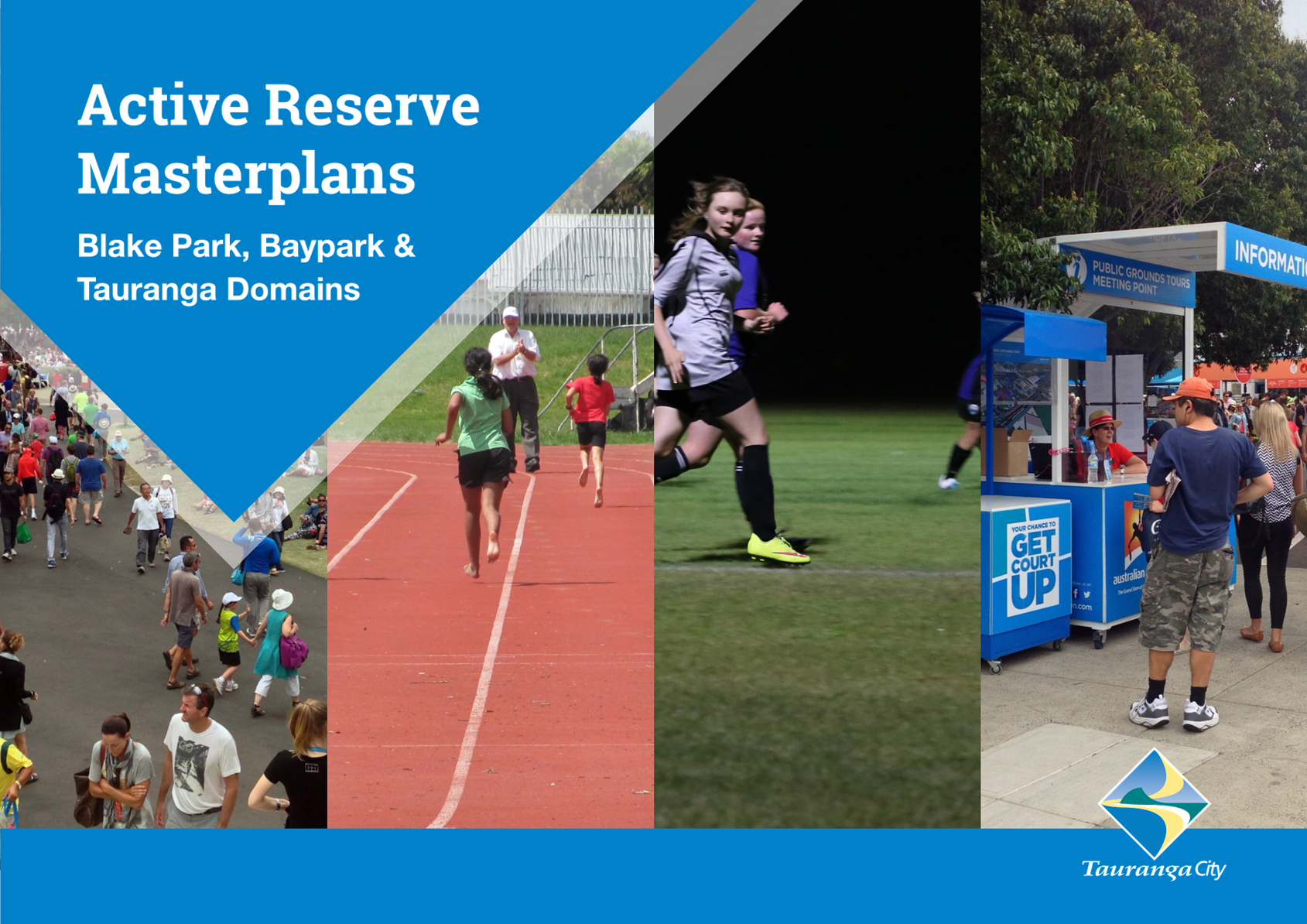
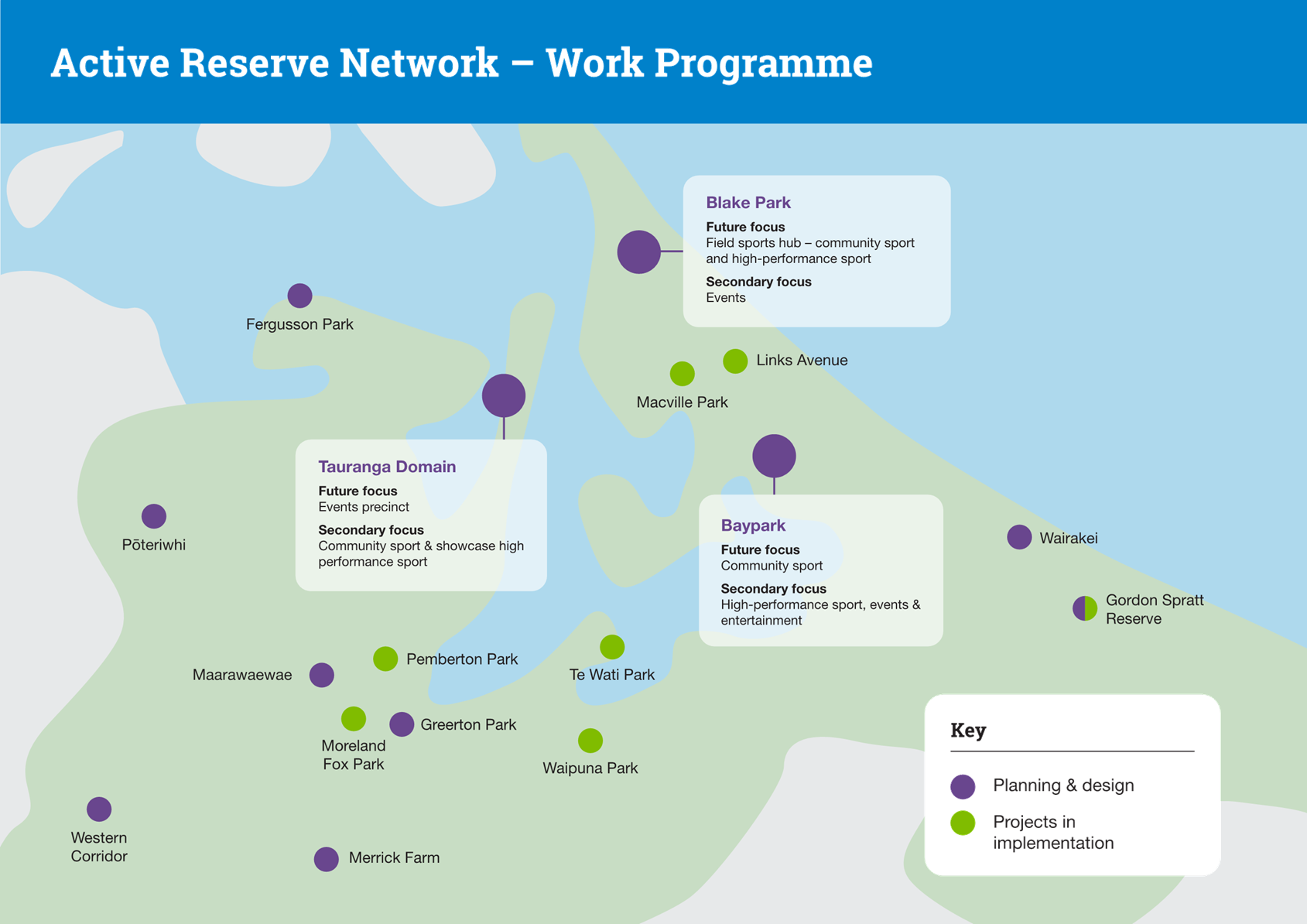
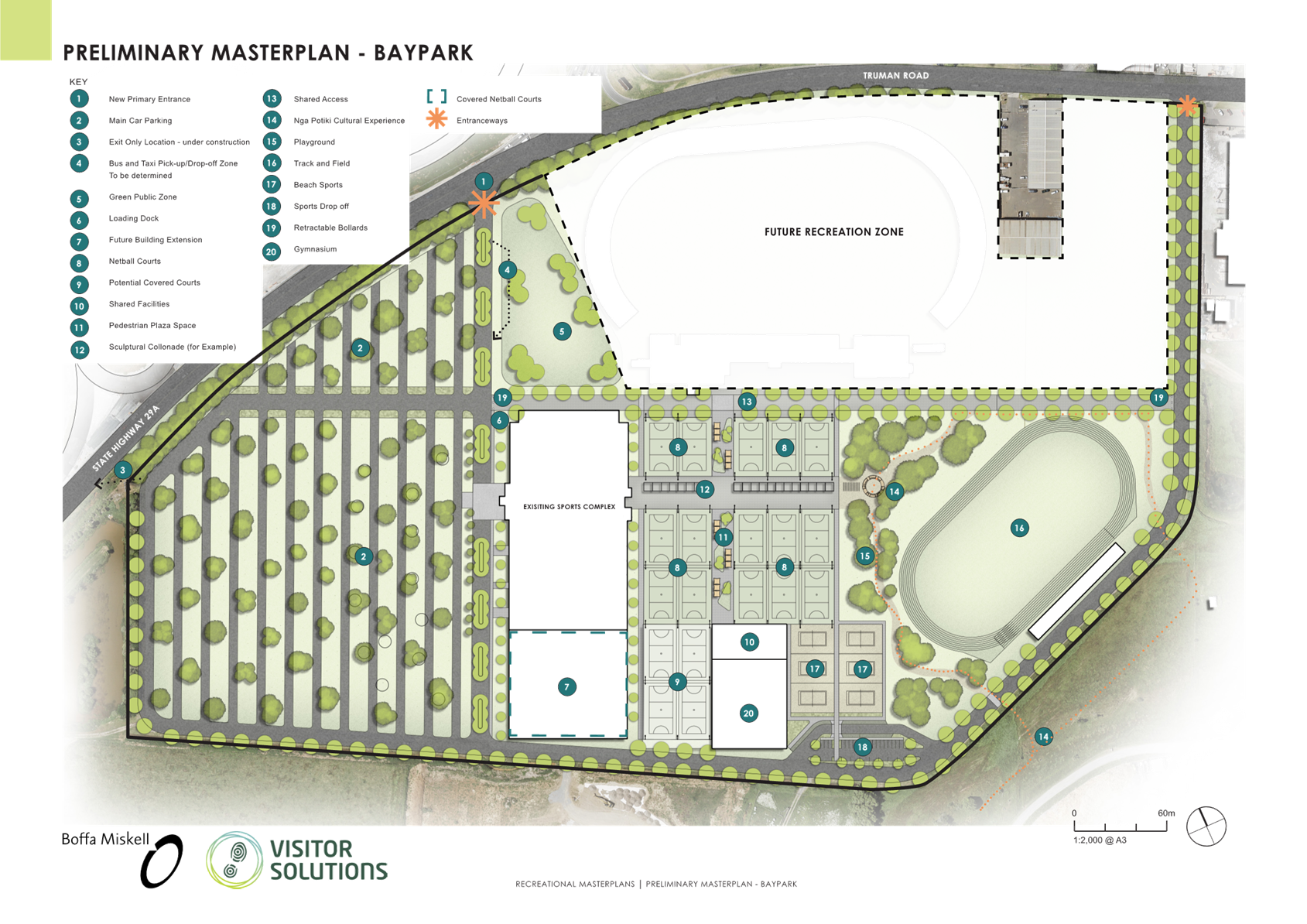
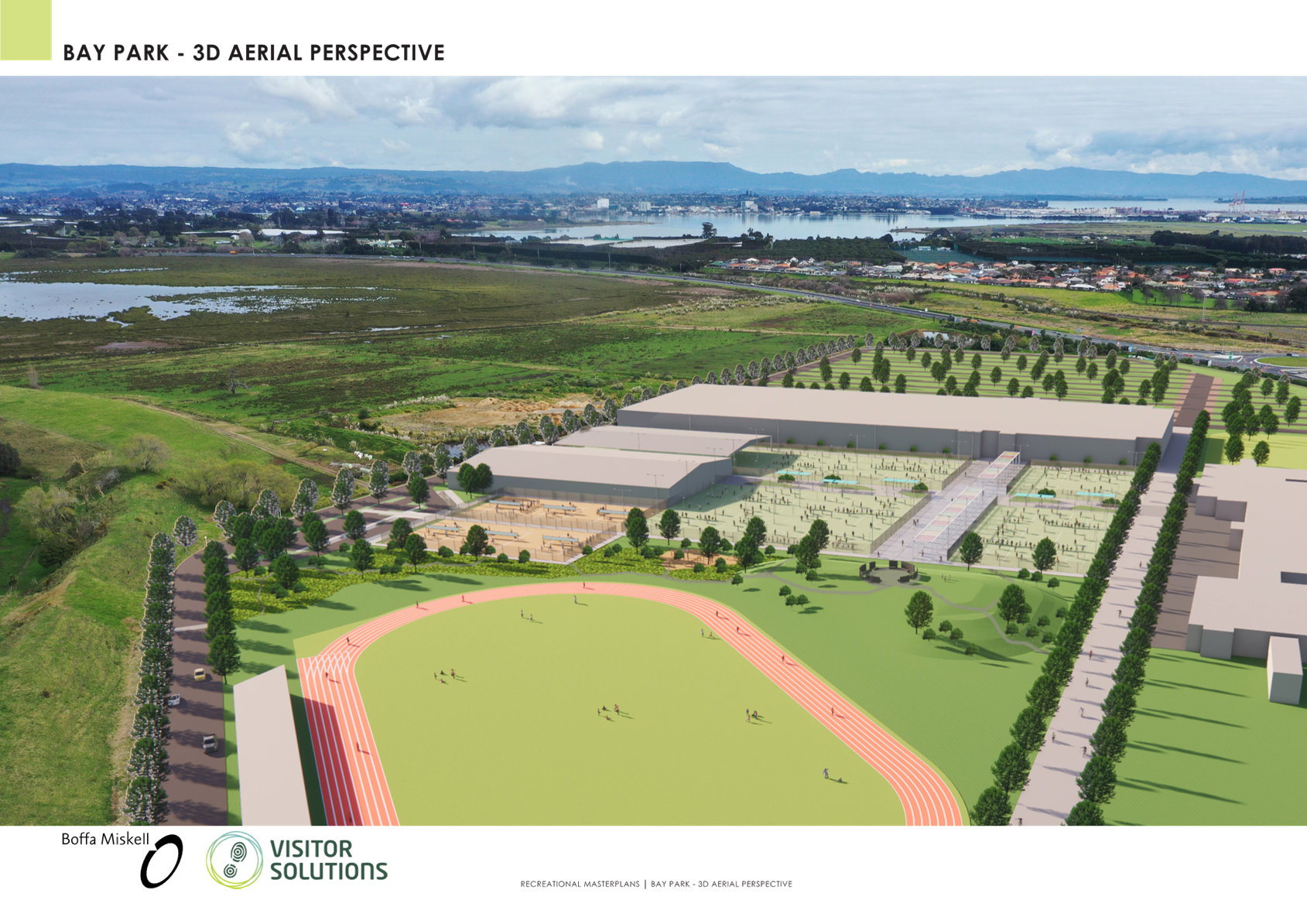
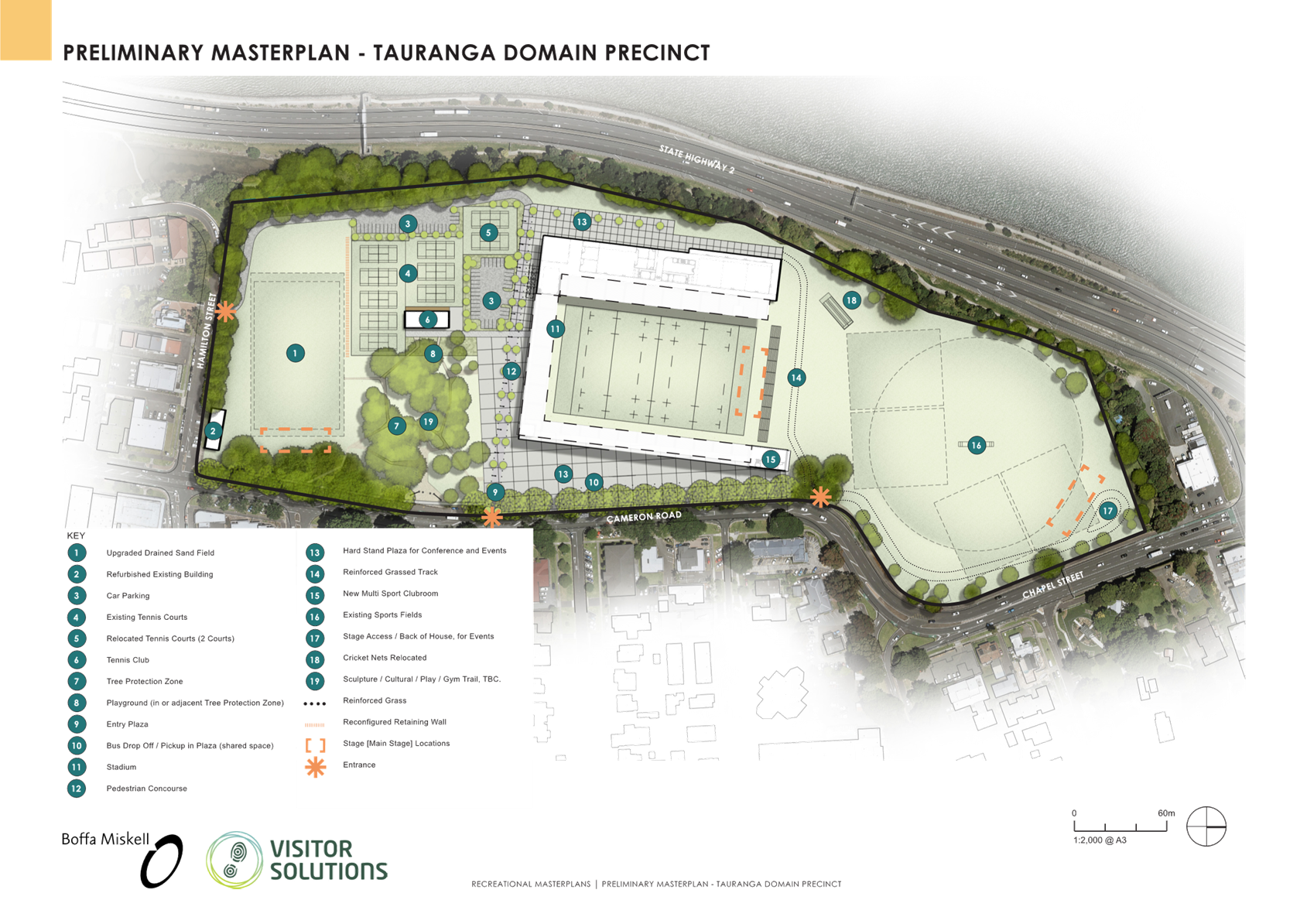
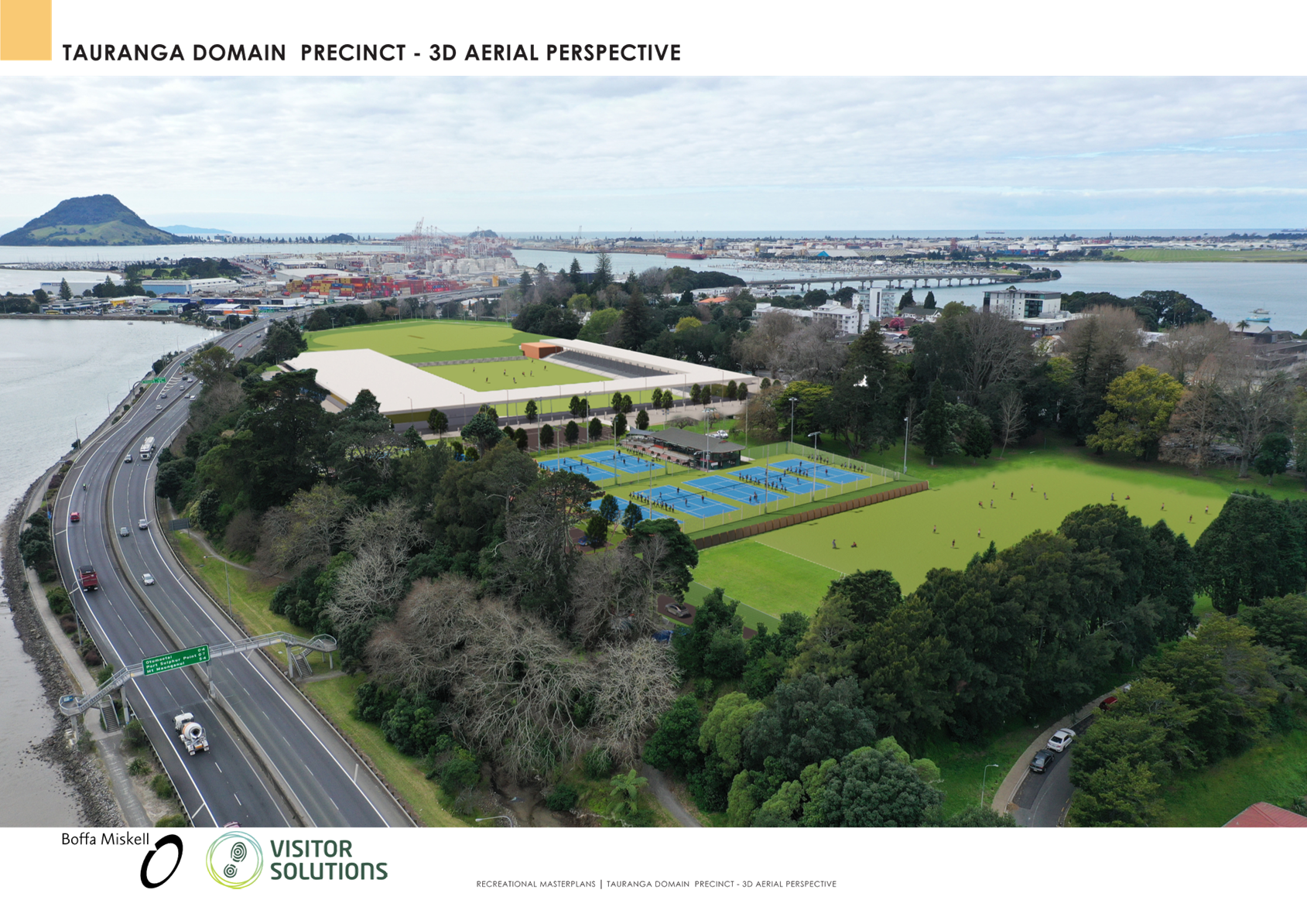
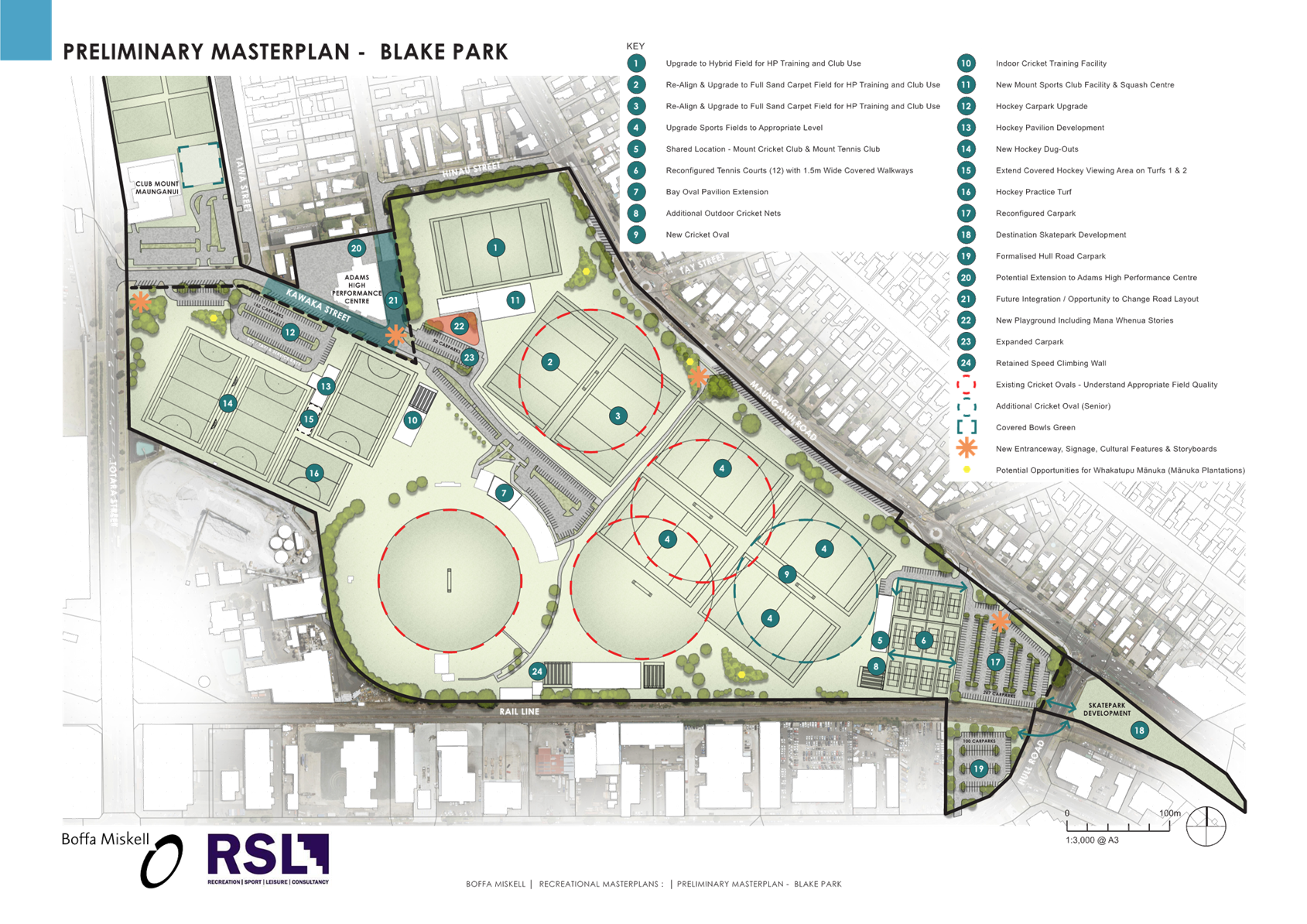
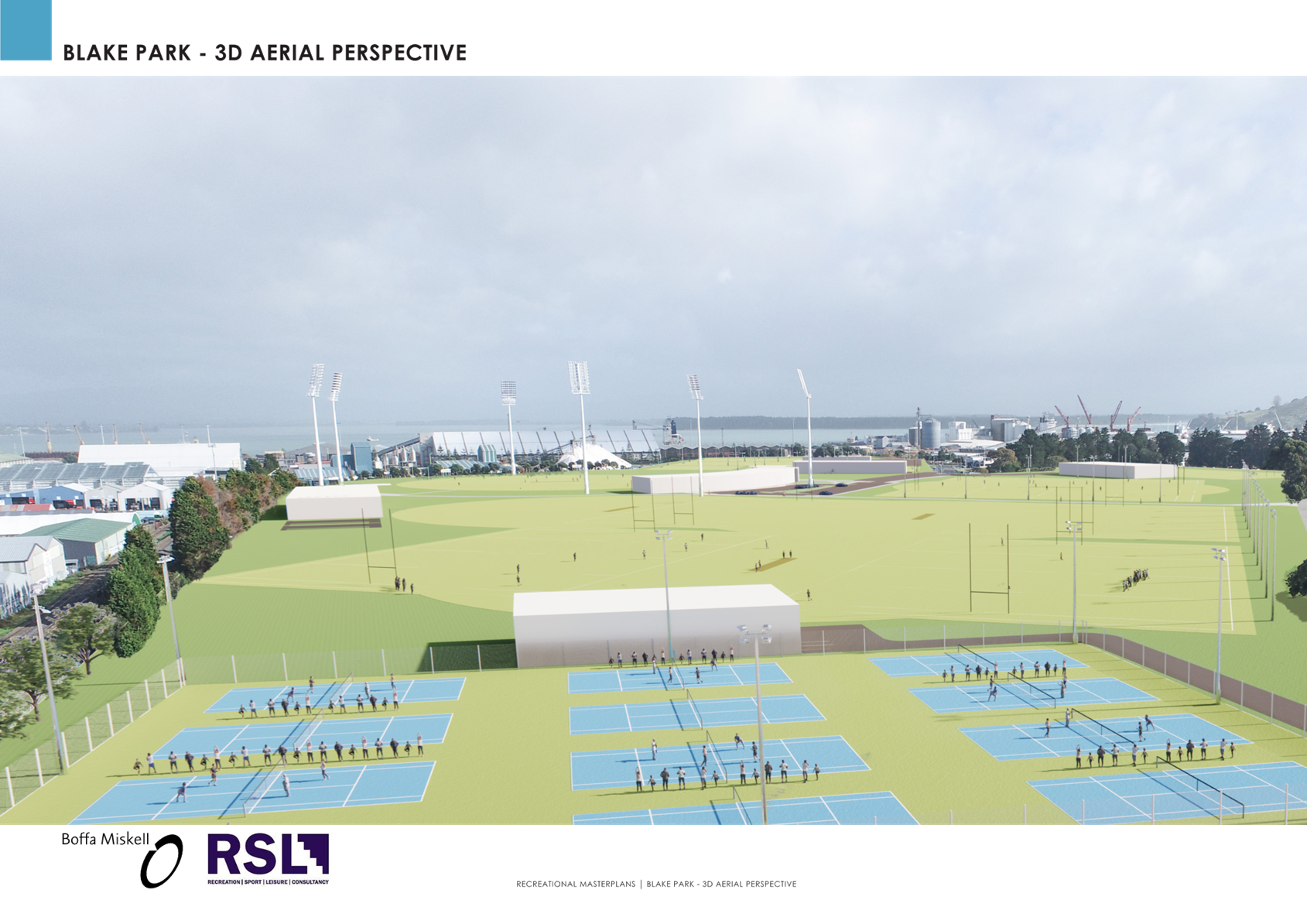
|
Ordinary Council meeting Agenda
|
3 October 2022
|
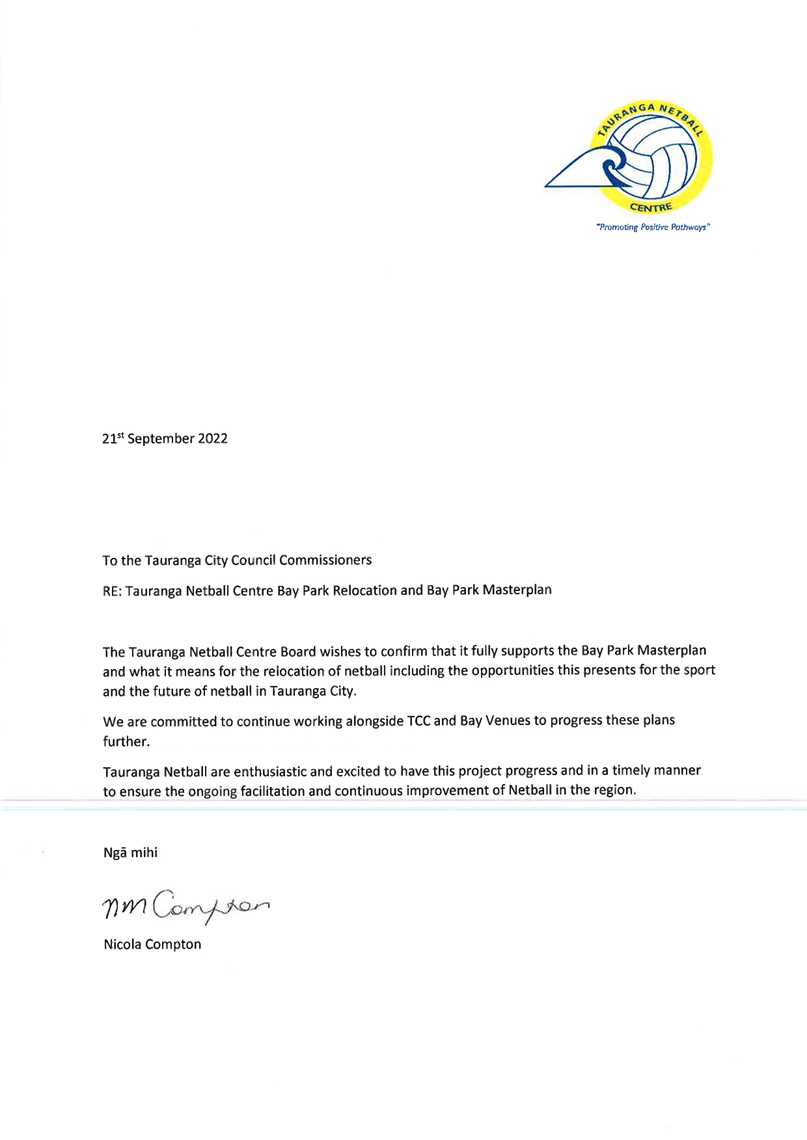
|
Ordinary Council meeting Agenda
|
3 October 2022
|
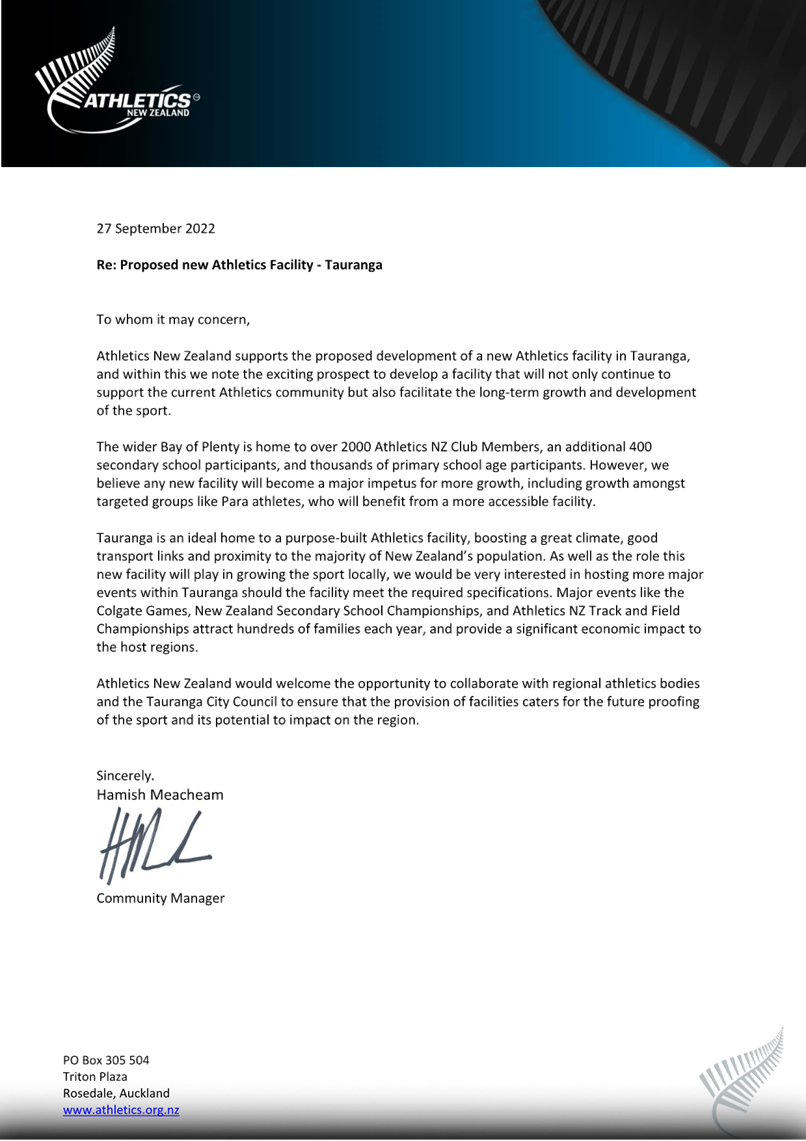
|
Ordinary Council meeting Agenda
|
3 October 2022
|
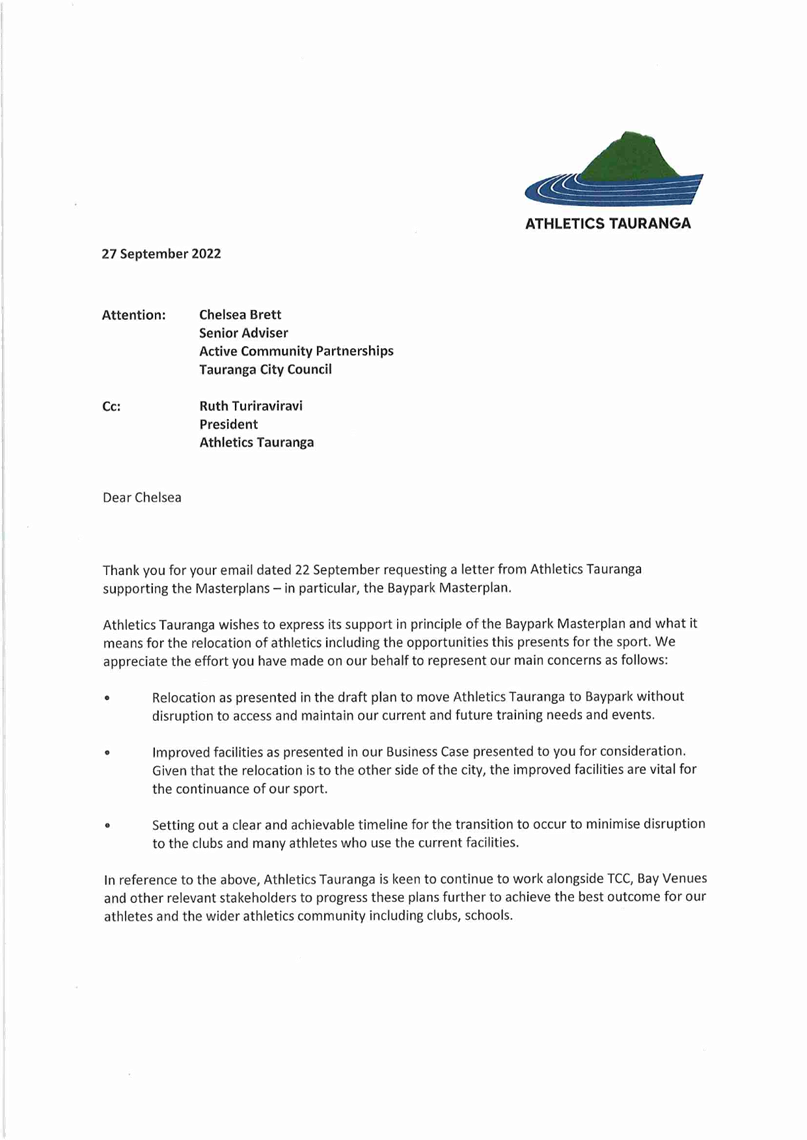
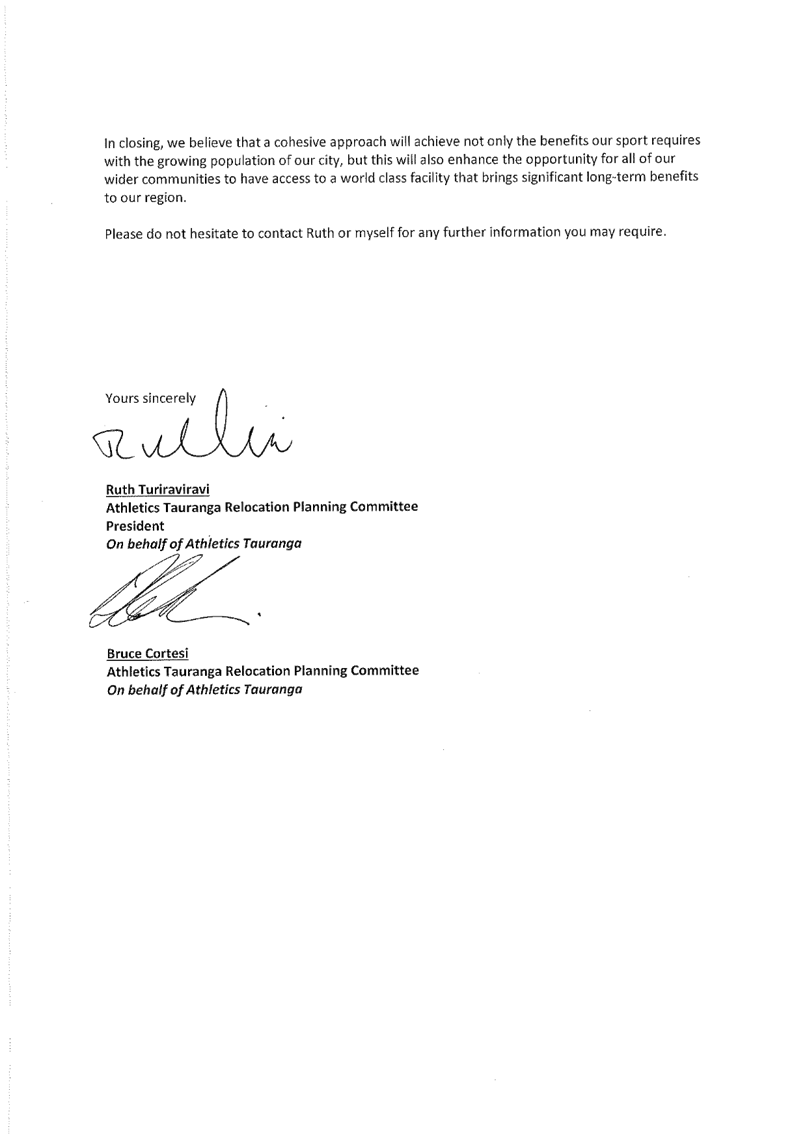
11.6 Adoption
of Community Centres Action & Investment Plan
File
Number: A13460064
Author: Ross
Hudson, Team Leader: Planning
Authoriser: Barbara
Dempsey, General Manager: Community Services
Purpose
of the Report
1. Adoption
of the Community Centres Action & Investment Plan and Gate Pā Community Centre Feasibility Study.
|
Recommendations
That the Council:
(a) Receives
the report “Adoption of Community Centres Action & Investment
Plan”;
(b) Adopts
the Community Centres Action & Investment Plan;
(c) Endorses
the Gate Pā Community Centre feasibility study and supports progress of
the project to its detailed design and implementation phases;
(d) Notes
that amendments to current budget allocations for community centre
investments will be proposed through the 2023/24 Annual Plan and the 2024/34
Long Term Plan.
|
Executive
Summary
2. The people of Tauranga have
a wide range of needs and interests, and a desire for social connection, that
can be met through activities and interactions at community centres. Recent
surveys and rapidly increasing booking numbers have confirmed their value to
the community. People have told us they want access to friendly and inviting
community centres that support community wellbeing, with a wide range of
activities and programmes on offer.
3. While the city’s
population is rapidly growing and diversifying, community centre provision and
management has not kept pace. Tauranga has a very dated set of community halls,
such as Greerton Hall and Tauriko Hall, that provide bookable space for
community groups, and one or two more modern community centres, such as the
Arataki Community Centre that provide a mix of multi-use spaces, onsite
management, and curation of activities.
4. The Community Centres
Action & Investment Plan (the Plan) sets out priority investments across
the network of facilities and neighbourhoods and a management approach based on
best practice established through national and international benchmarking. Key
features of the plan include:
(a) A mixed model approach to
facility provision that accounts for the varying needs of communities across
the city and the availability of existing community spaces.
(b) Greater emphasis at the
network and neighbourhood scales on community involvement in our centres and
halls, with better resourcing of new centres, including in-centre management
and programming of activities.
(c) Early Council and external
funding partner investment in new ‘local community centres’ in
Merivale (to be open by May 2024) and Gate Pā (to be open
by Summer 2025), and for the facilities to be Council owned but managed by
local community trusts.
(d) Investment in the network of
facilities over the next 0-15 year period, taking account of population growth
and facility condition, with priorities including:
(i) Merivale Community
Centre redevelopment
(ii) Gate Pā Community Centre
development
(iii) a new community hub space as
part of He Puna Manawa (the new Central Library)
(iv) refurbishment of the Golf Road
Reserve community building and consideration of the extension of Arataki
community centre
(v) new ‘suburban hub
centres’ in Wairākei and Tauriko West
(vi) redevelopment of Welcome Bay
community centre (and hall)
(vii) a new centre in Greerton,
replacing the current Greerton Hall
(viii) a new ‘local community
centre’ in Brookfield.
5. Most of the proposed
investment already has allocated budgets. Budget adjustments will be proposed
through the upcoming Annual Plan and Long Term Plan.
6. In addition to the above,
and noting the financial support given to marae by some other councils, the
Plan recommends that Council staff work with Te Rangapū
Mana Whenua o Tauranga Moana and marae trusts to explore options to provide
support to marae for facility improvements, acknowledging the similar role
marae play to community centres for mana whenua.
7. It also identifies the
need to undertake feasibility studies to explore the value of a
‘multi-cultural centre’ and a ‘youth centre’, or the
potential to co-locate spaces with that particular focus alongside other
facilities. Those feasibility studies are underway and respond to proposals put
to Council through the Long Term Plan. Dependant on the outcome of these two
feasibility studies in 2022/23, budget adjustments may be proposed through the
Long Term Plan.
8. The Plan’s
development has been informed by extensive stakeholder engagement and community
surveys. As such, it is recommended that Council adopt it without the need for
further specific public consultation beyond that proposed for the refreshed
Strategic Framework as a whole. It will sit within the suite of Action &
Investment plans, under the Our Public Places Strategic Plan.
Background
9. The
Plan (Attachment 1) is built on research, analysis, community surveys,
engagement with community groups, centre managers, Te Rangapū Mana Whenua
o Tauranga Moana, and was developed in partnership with Bay Venues.
10. It
presents an approach to investment and management that aims to provide
consistency at the network level through a guiding set of principles,
resourcing of oversight of the network and a geographically networked approach
to provision of spaces. At the same time, it acknowledges the varying needs of
our communities and neighbourhoods and the distribution of existing community
centres, halls, social service centres and other bookable spaces such as
churches.
11. So,
it adopts a ‘mixed model’ approach with facility investment
determined by the catchment and communities served and by the other community
spaces available in the area. Three main models of community centre are
proposed –
(a) ‘suburban hub
centres’ that will be located where they can serve broad catchments, and
managed by Bay Venues (e.g. Wairākei, Tauriko West);
(b) smaller ‘local community
centres’ located particularly in neighbourhoods with higher community
development needs (e.g. Merivale, Gate Pā, Welcome Bay);
and
(c) ‘neighbourhood
facilities’, with some neighbourhoods retaining the existing community
halls, where their condition and spaces are considered to be sufficient in the
medium to long term (e.g. Matua Hall).
12. The
primary shift in management approach is towards greater emphasis on onsite
management and programming, with new centres intended to operate more like
Arataki Community Centre and charitably run local community centres , and less
like the old community halls. This approach will roll out with the provision of
new neighbourhood and suburban centres over the coming years, with Bay Venues
also adapting its current management approach to enable greater community
involvement and programming of spaces.
Gate Pā Community Centre
13. Through the Long Term Plan, Council
was approached on behalf of the Gate Pā – Pukehinahina community by
Accessible Properties NZ Ltd with a proposal to use two of their properties at
the entrance to Anzac Park as the location for a new community centre.
Alongside development of the Action & Investment Plan, we undertook a
feasibility study for a new centre in that location, taking a community
co-design approach and working in partnership with mana whenua representatives.
14. The feasibility study (Attachment 2)
and the Plan recommend the early development of a new centre on those sites,
providing a physical and social anchor for a socio-economically deprived
community as it undergoes significant intensification and social change over
the coming years. We will be proposing to bring forward a ‘bulk
fund’ community centres budget through the upcoming Annual Plan to
deliver that project, which is entering its detailed design and consenting
phase now. The intention is to acquire the land from Accessible Properties NZ
Ltd, for which additional budget may be required. The new centre will be owned
by Council, with the management model being established through the detailed
design phase.
Strategic / Statutory
Context
15. The
Plan will form part of Council’s new Strategic Framework, positioned
under the Our Public Places Strategic Plan (under development) and the broader
community outcome of a Well-planned city.
Financial Considerations
16. Budgets
for investment in community centres were allocated through the 2021/30 Long
Term Plan, based on the Community Facilities Investment Plan (2021). The
Community Centres Action & Investment Plan amends some of those investment
priorities. The funding requirements and timing of investments will be refined
through the development of the 2023/24 Annual Plan and the 2024/34 Long Term
Plan.
17. The
identified top nine priorities are currently estimated to cost in the region of
$55m, of which $47m is currently budgeted in the LTP. Budgets will be refined
through the development of the 2024/34 Long Term Plan. External funding
contributions are expected to be available towards several of these projects.
18. Note
also that our intention is also to create a Community Centres component to the
Development Contributions policy to reflect the role that new and redeveloped
Centres will play in providing for population growth. If adopted, that would
reduce the rates-funded component. This will be addressed through the upcoming
Long Term Plan process.
Legal Implications /
Risks
19. There
are no identified legal implications.
Consultation /
Engagement
20. We
have engaged extensively with the community, mana whenua and stakeholders
through the development of the Plan. It builds on the Community Facilities
Investment Plan that was consulted on through the 2021-2031 Long Term Plan. No
further consultation is considered necessary at this stage.
21. The
Gate Pā Community Centre Feasibility Study was developed through a
community co-design process.
Significance
22. The
Local Government Act 2002 requires an assessment of the significance of
matters, issues, proposals and decisions in this report against Council’s
Significance and Engagement Policy. Council acknowledges that in some
instances a matter, issue, proposal or decision may have a high degree of
importance to individuals, groups, or agencies affected by the report.
23. In
making this assessment, consideration has been given to the likely impact, and
likely consequences for:
(a) the current
and future social, economic, environmental, or cultural well-being of the
district or region
(b) any persons who are likely to be
particularly affected by, or interested in, the matter.
(c) the capacity of the local authority to
perform its role, and the financial and other costs of doing so.
24. In
accordance with the considerations above, criteria and thresholds in the
policy, it is considered that the matter is of low significance.
ENGAGEMENT
25. Taking
into consideration the above assessment, that the matter is of low significance,
officers are of the opinion that no further engagement is required prior to
Council making a decision.
Next Steps
26. Next
steps for the Plan’s implementation include the following –
(a) Design and delivery of the
Merivale Community Centre by May 2024
(b) Design and delivery of the
Gate Pā Community Centre by Summer 2025
(c) Feasibility studies exploring
the need for youth centres and multi-cultural centres (or specialist spaces
attached to other facilities)
Attachments
1. Community
Centres Action & Investment Plan, 2022 - A14031541 ⇩ 
2. Gate
Pa Community Centre Feasibility Assessment Report July 2022 - A13978533 ⇩ 
3. CCAIP - LTP Priority
Investments - A14024081 ⇩ 
|
Ordinary Council meeting Agenda
|
3 October 2022
|
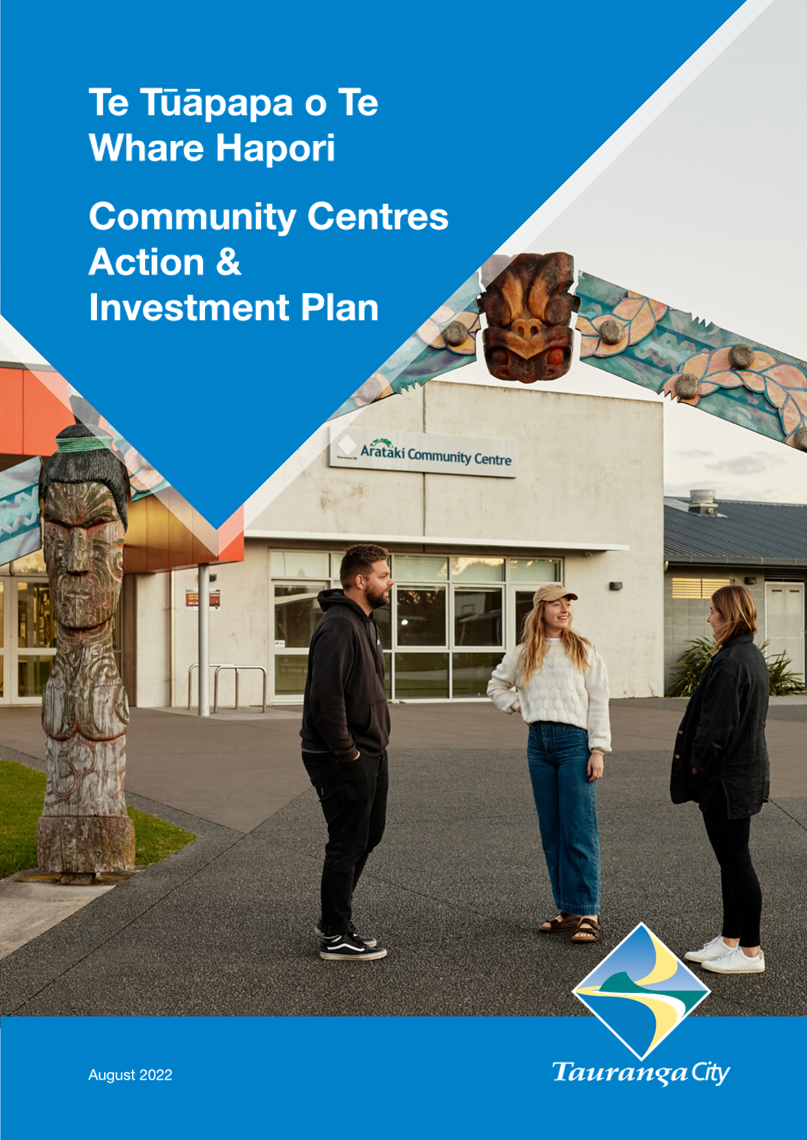
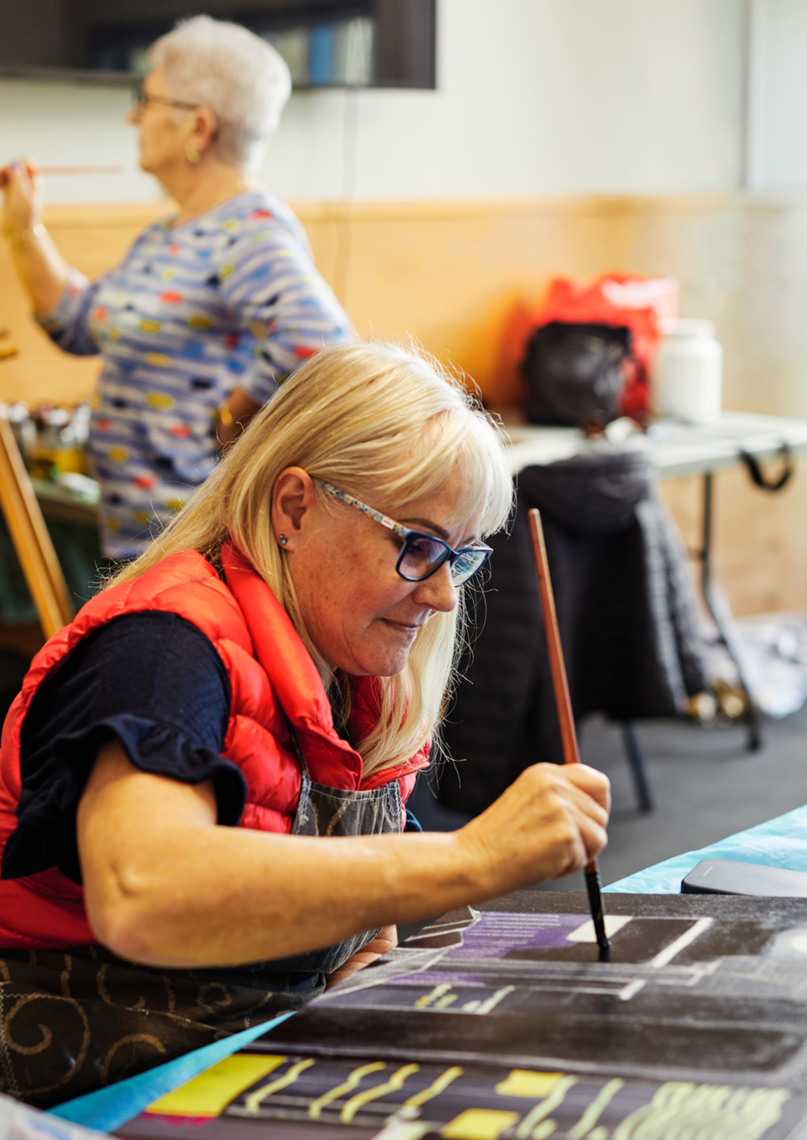
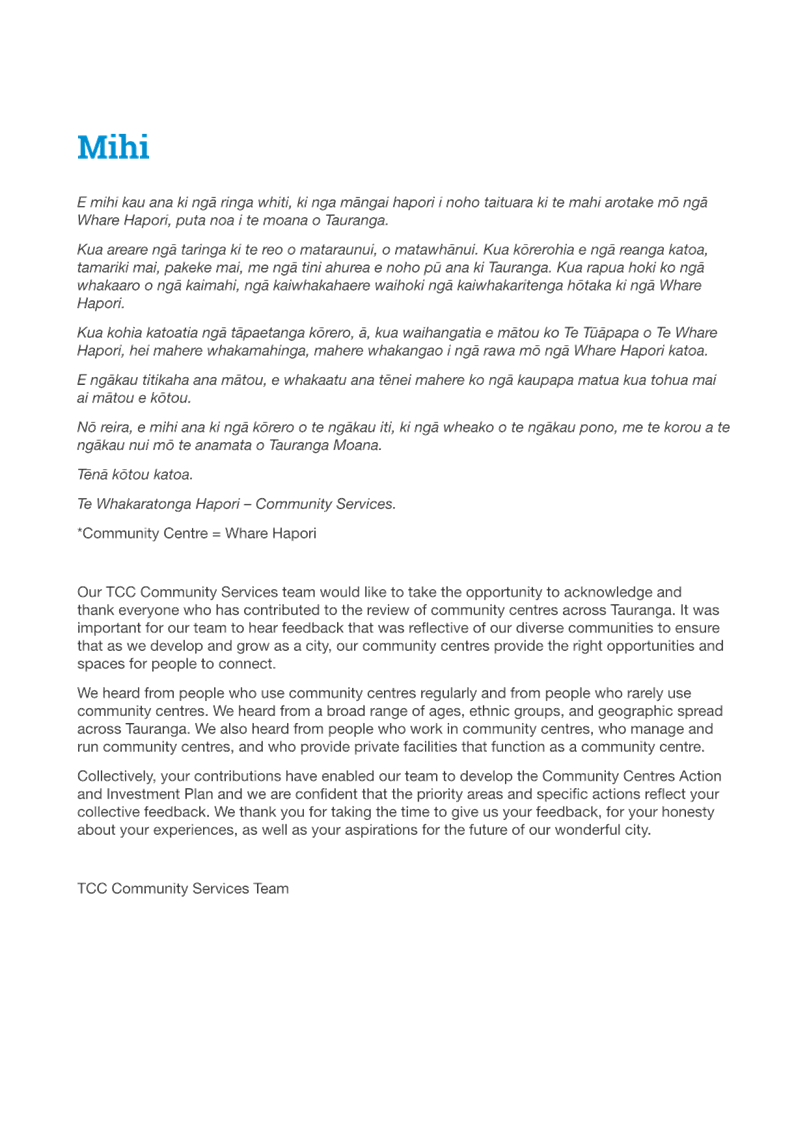

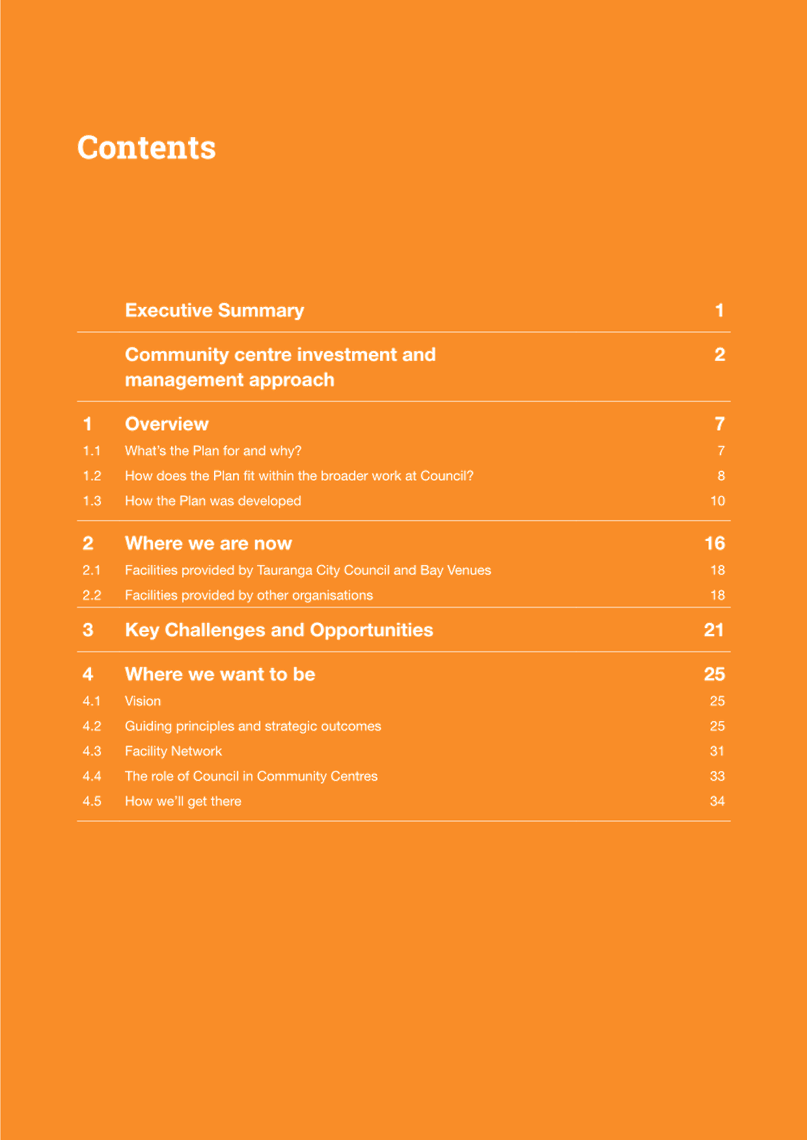
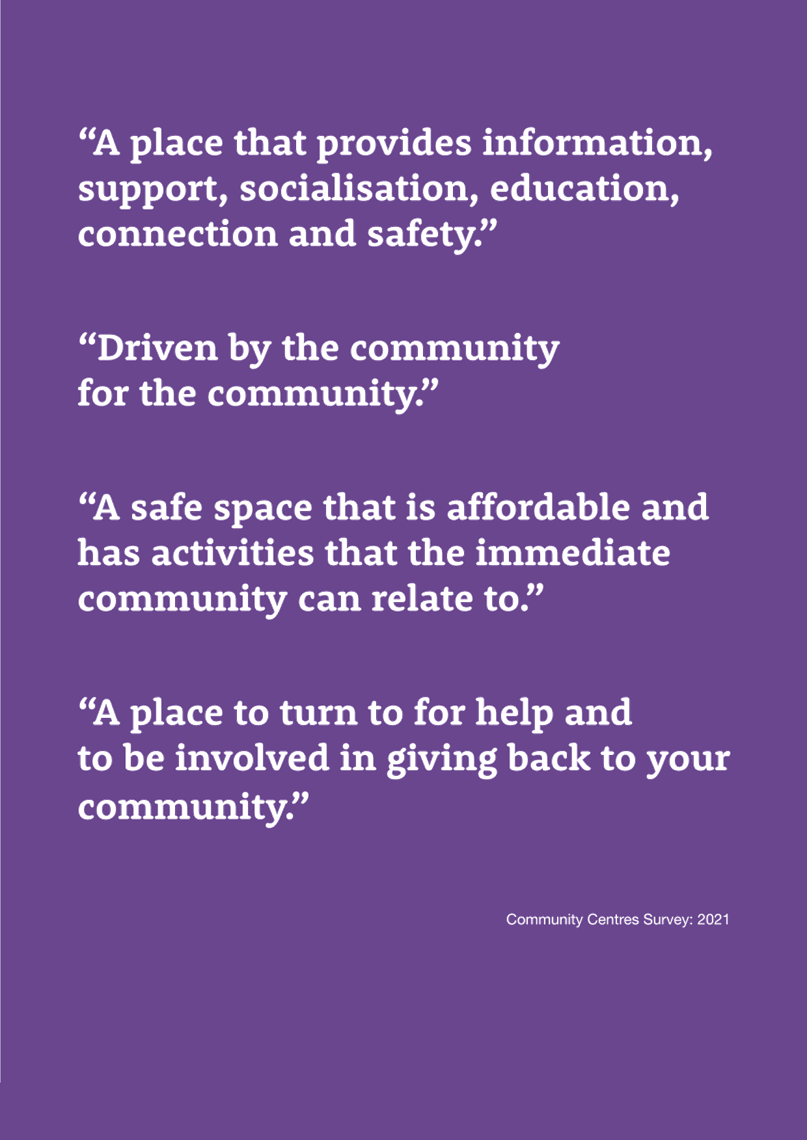
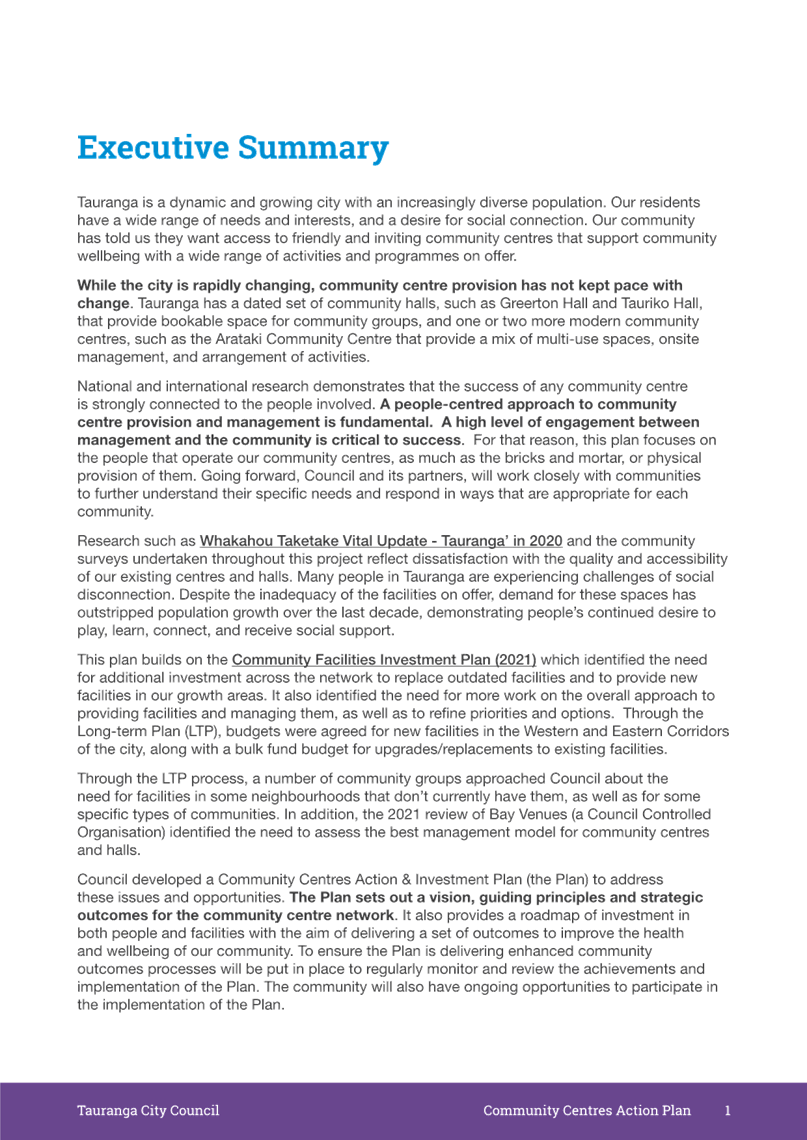
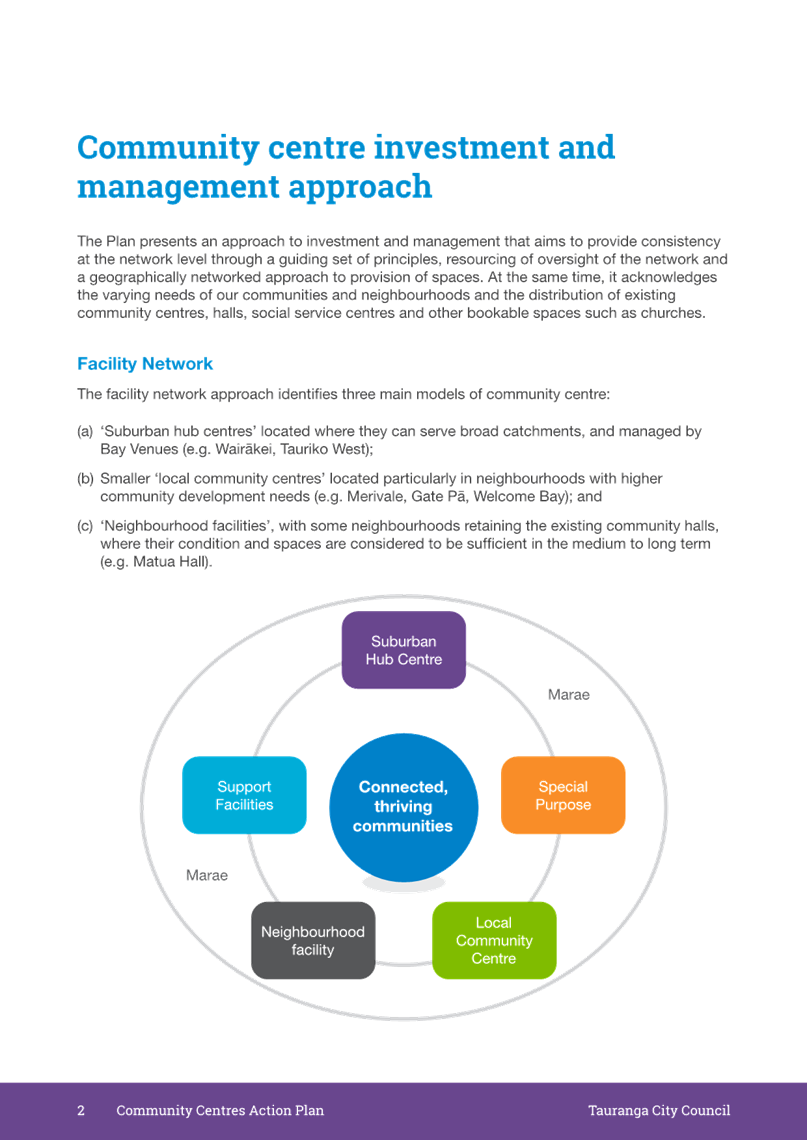
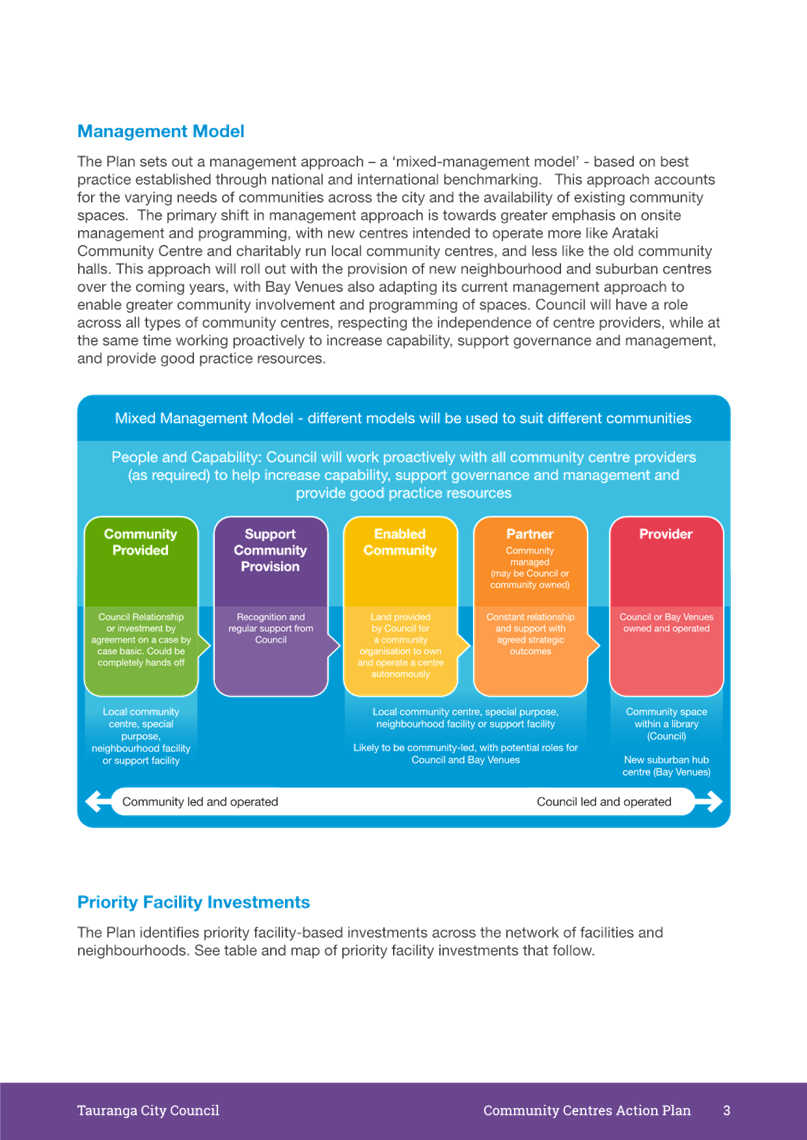
|
Ordinary Council meeting Agenda
|
3 October 2022
|
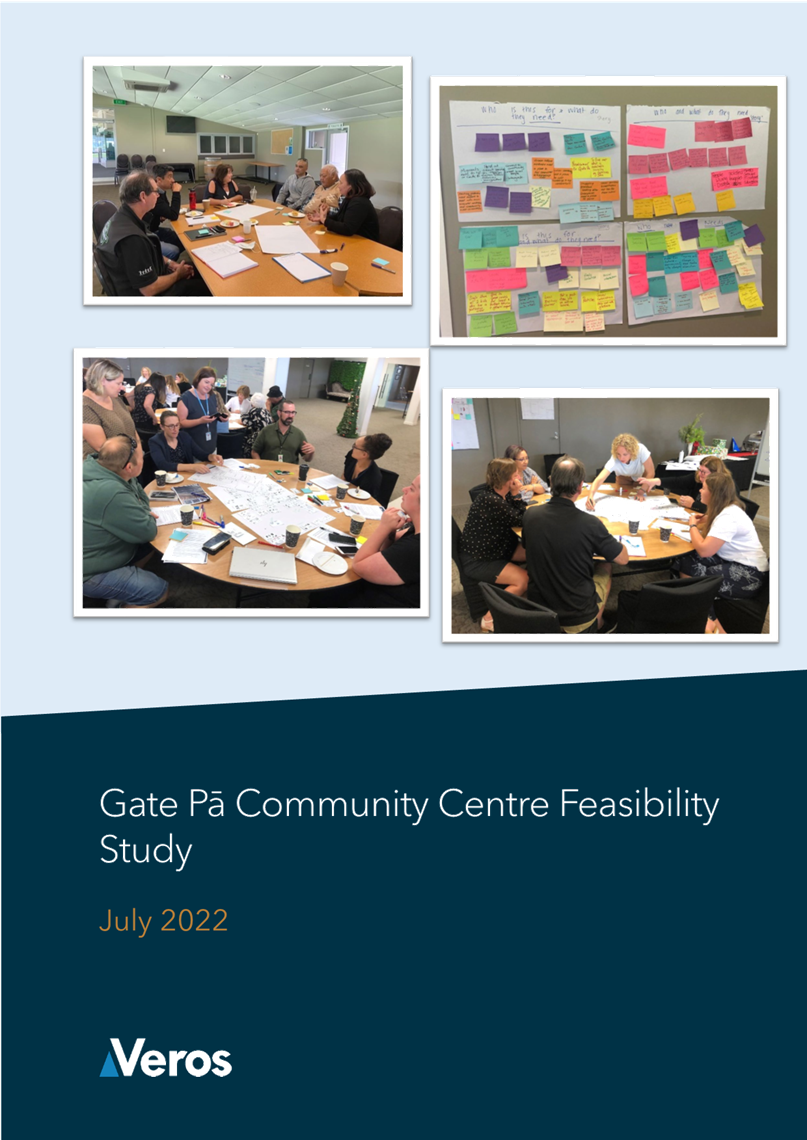
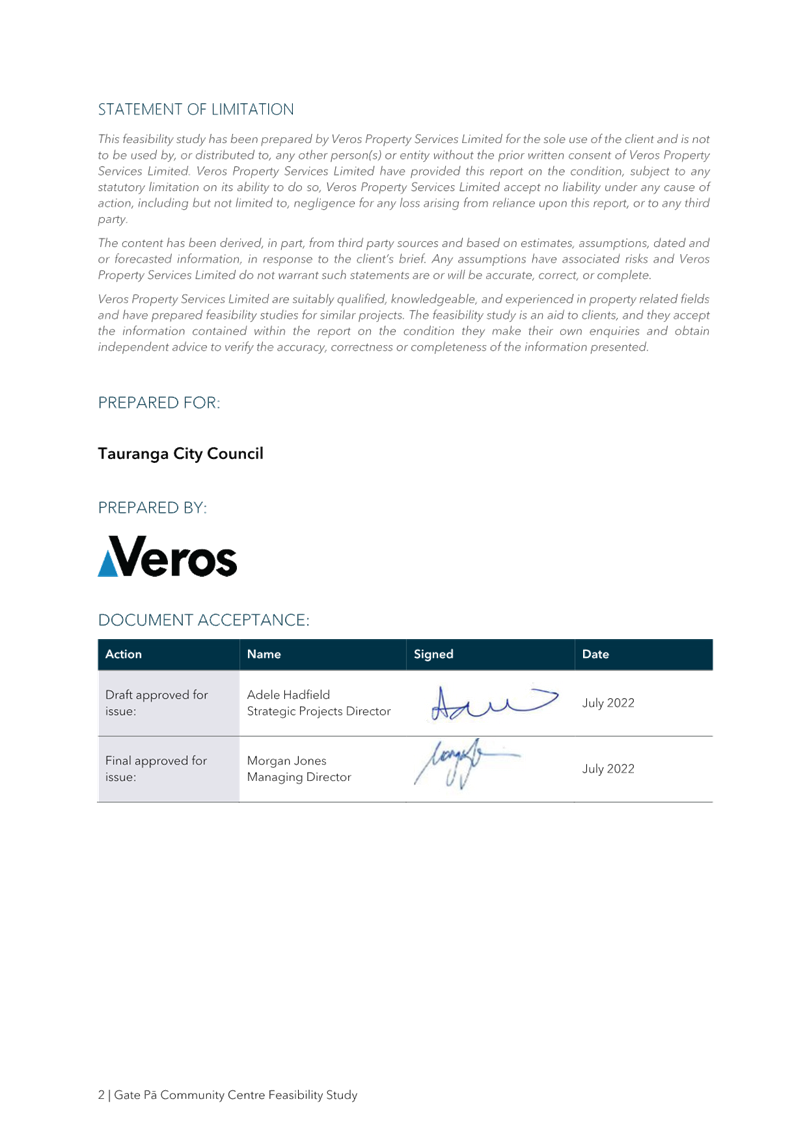
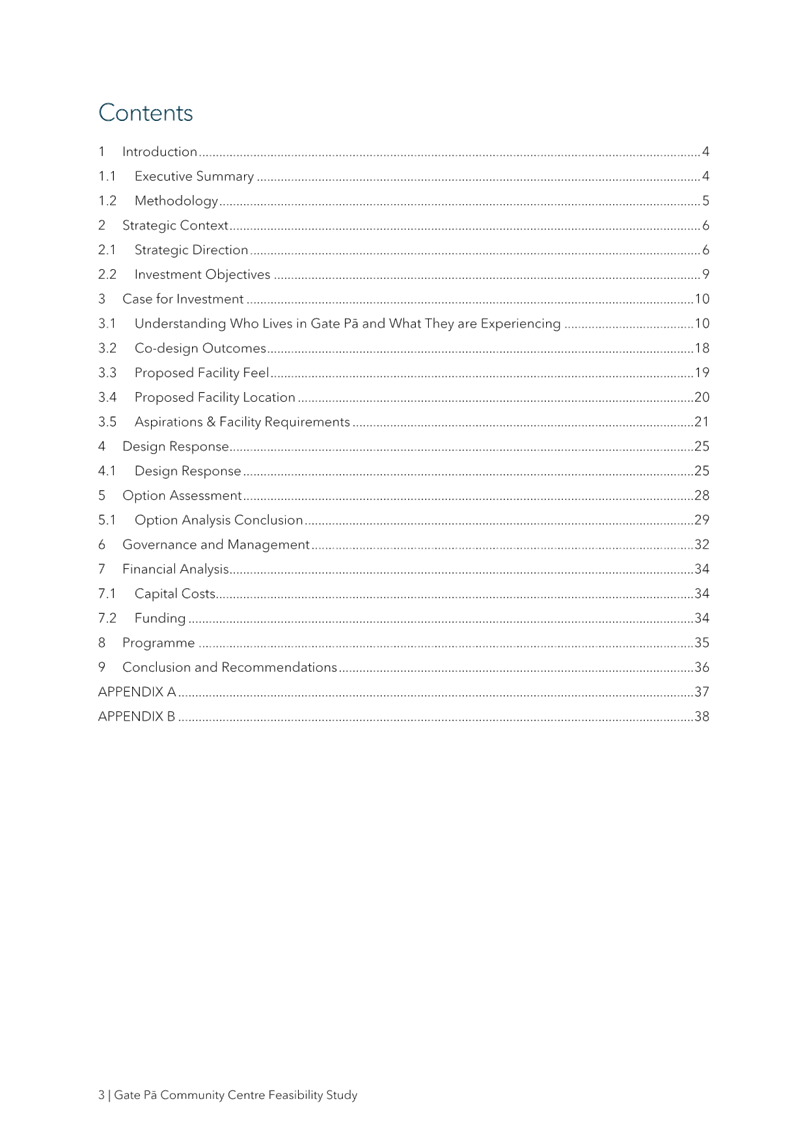
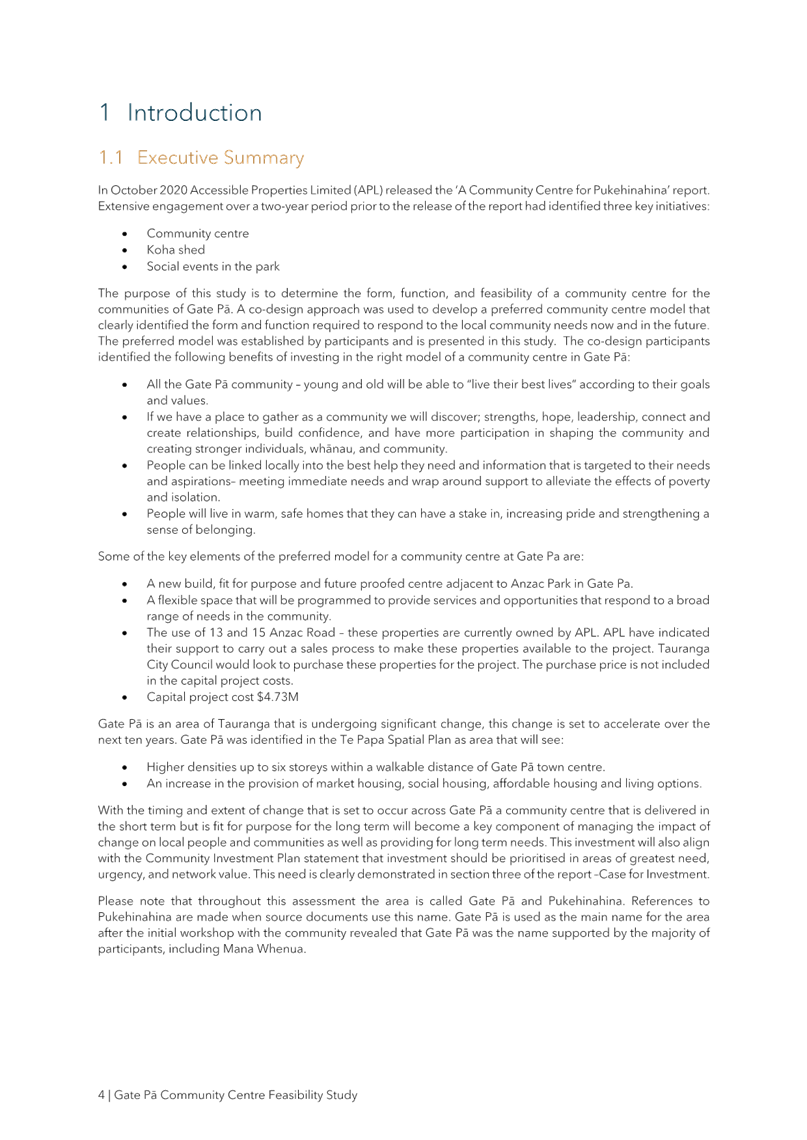
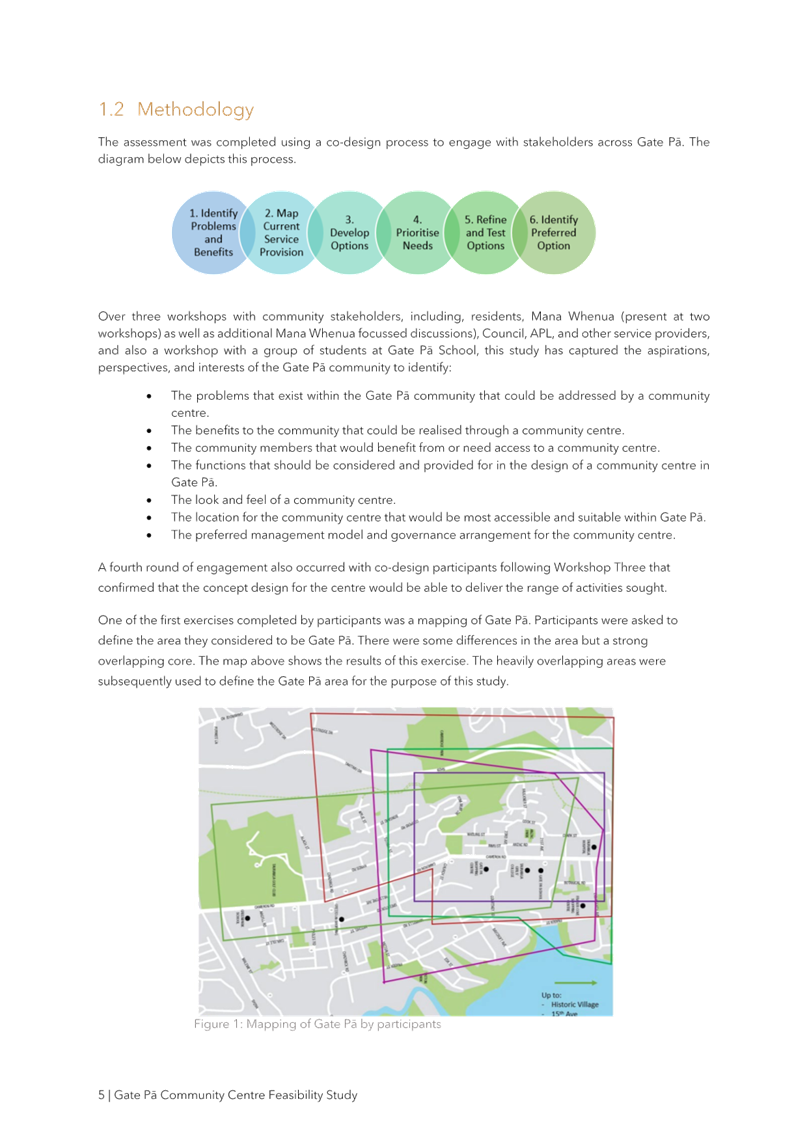

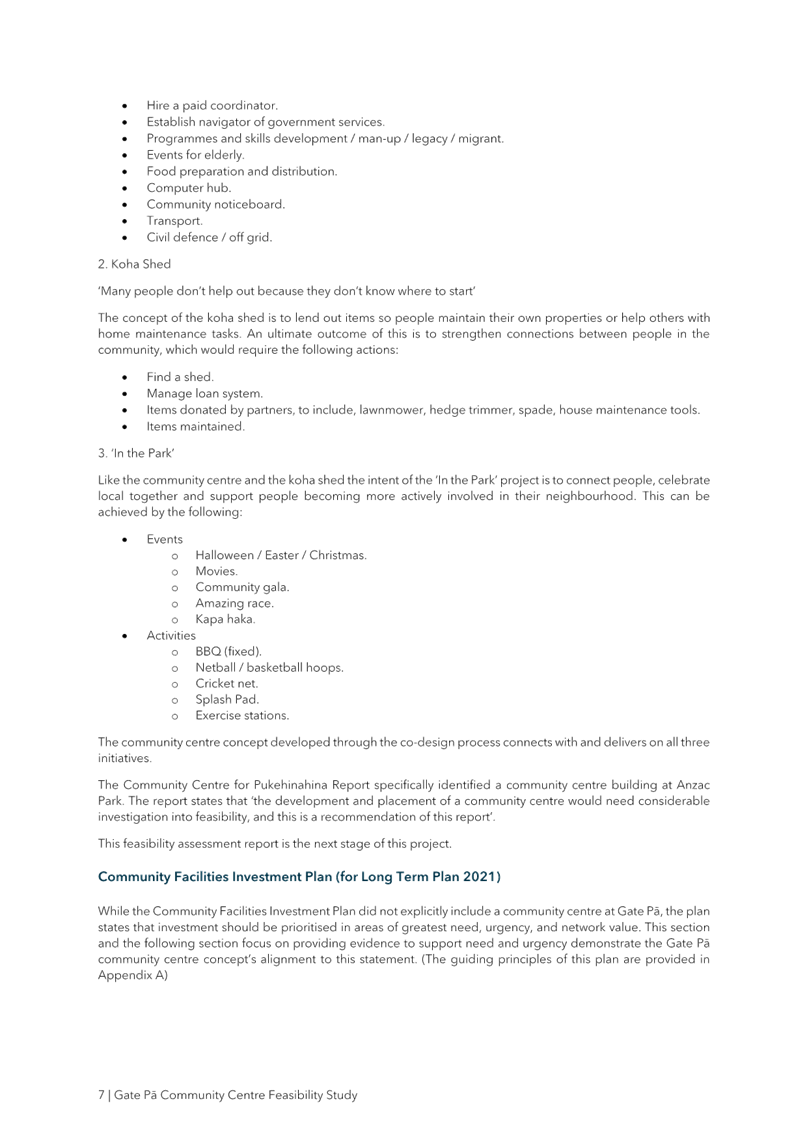
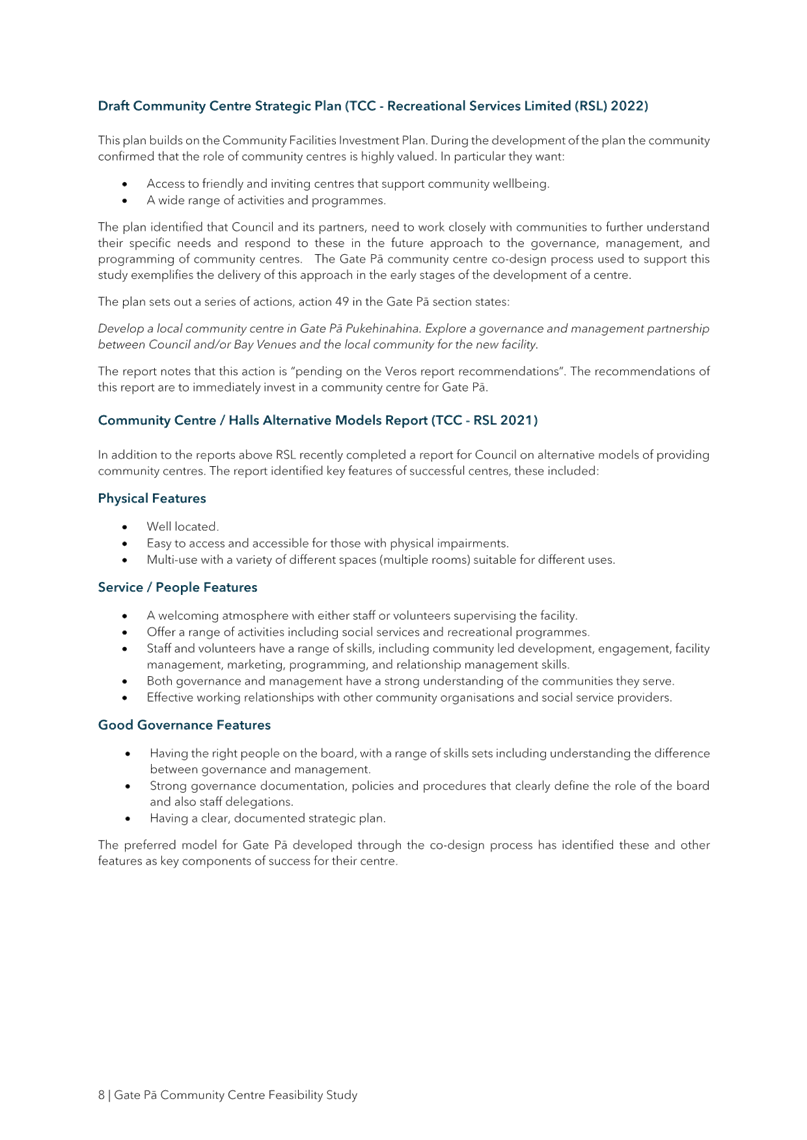
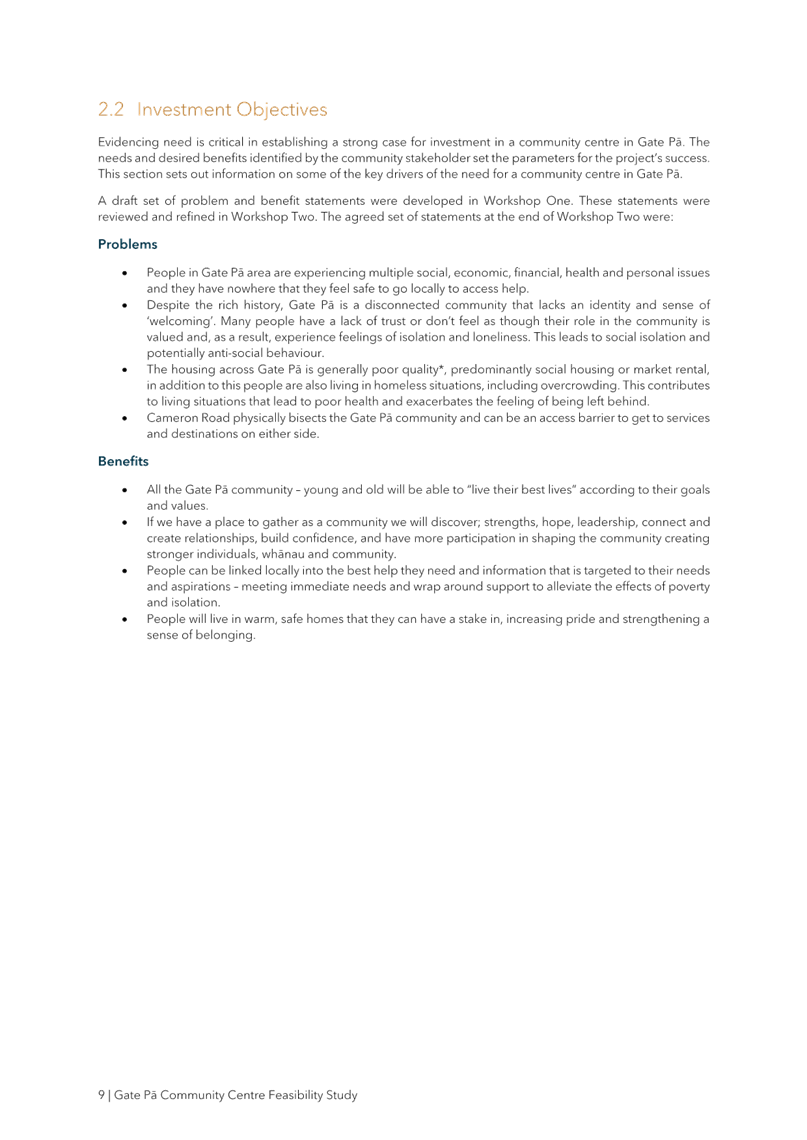
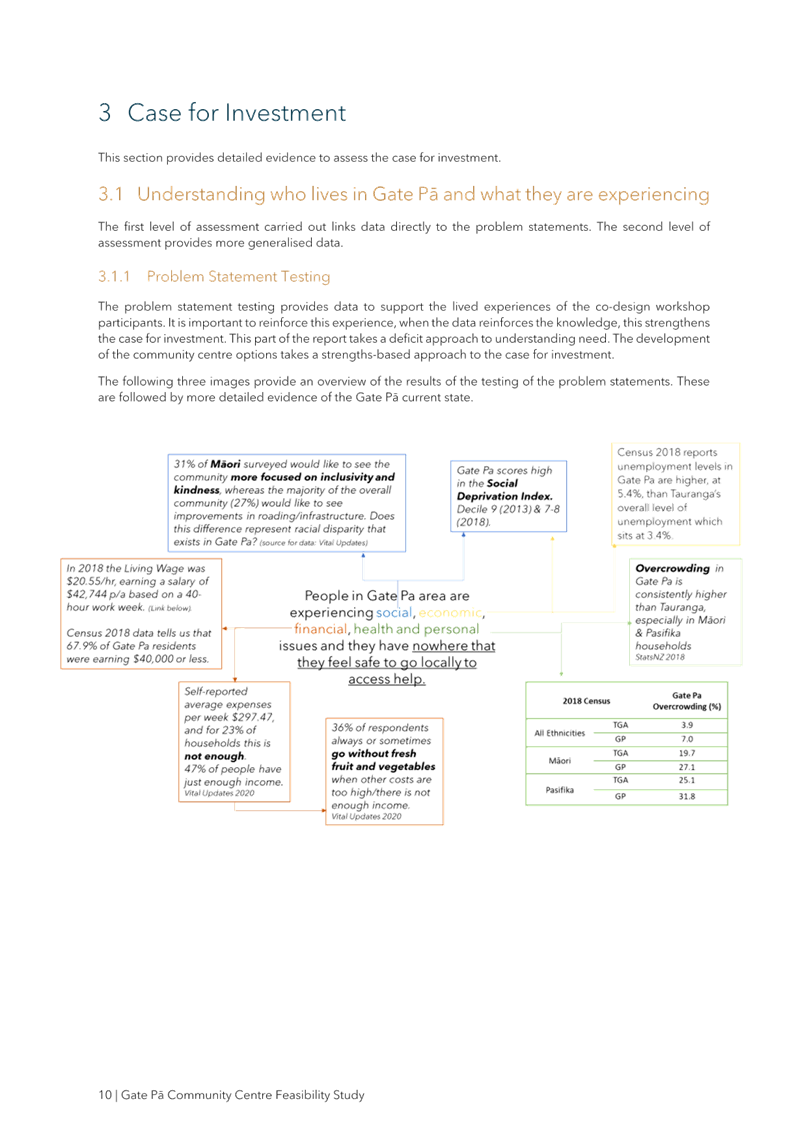
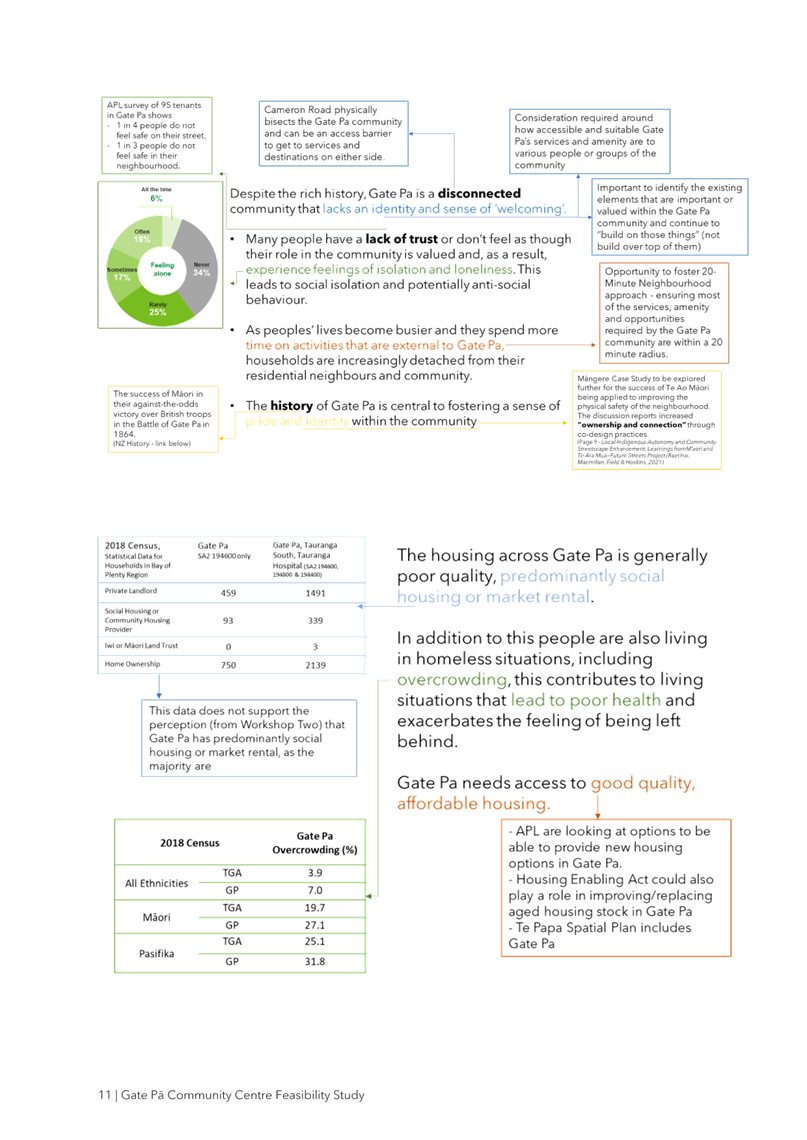
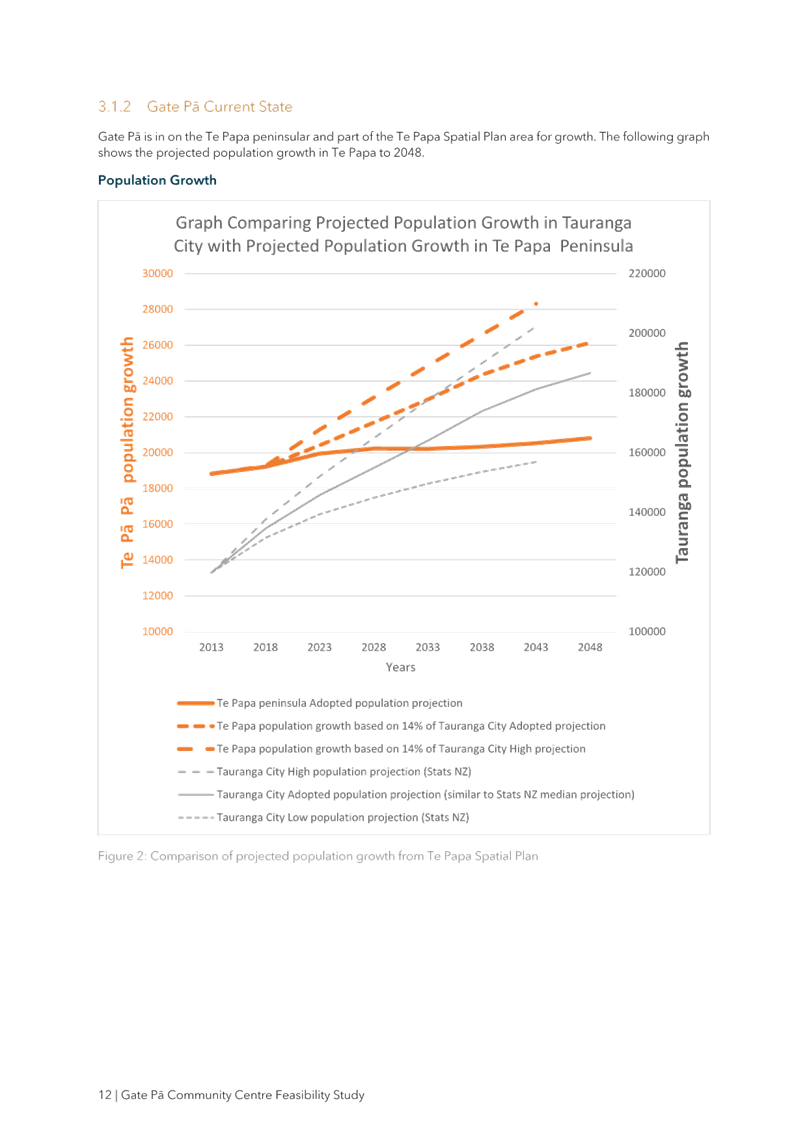
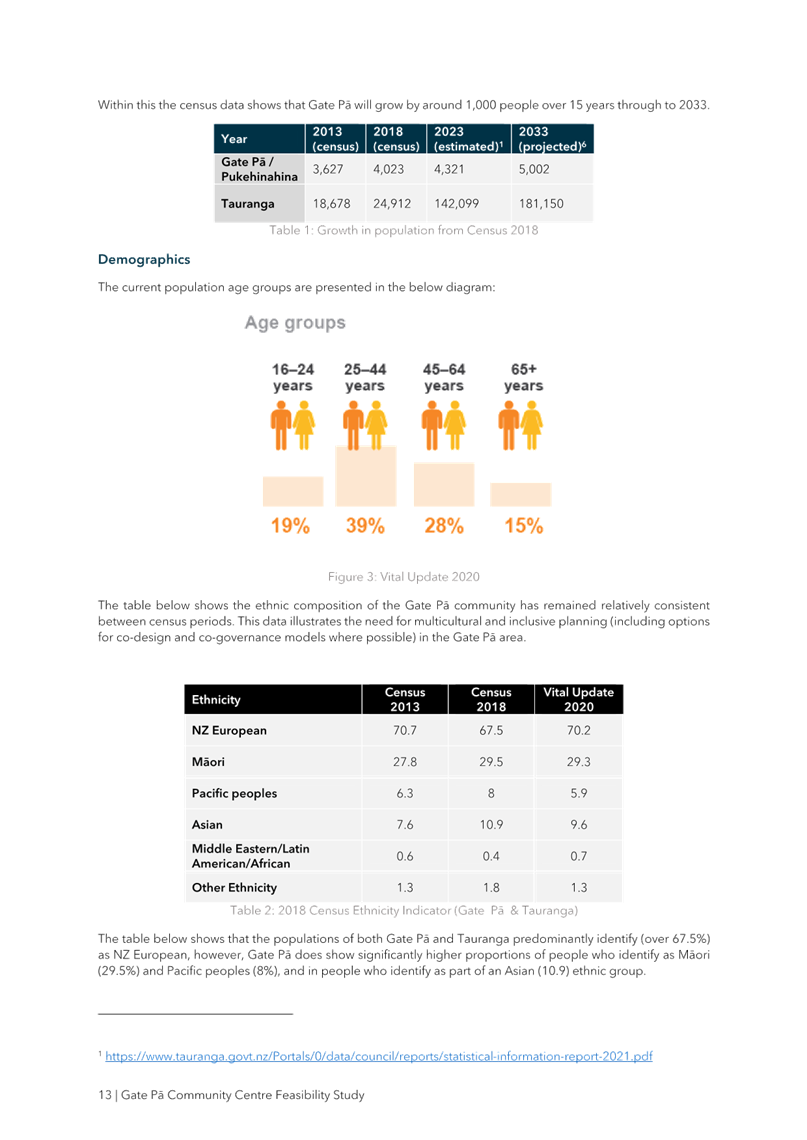
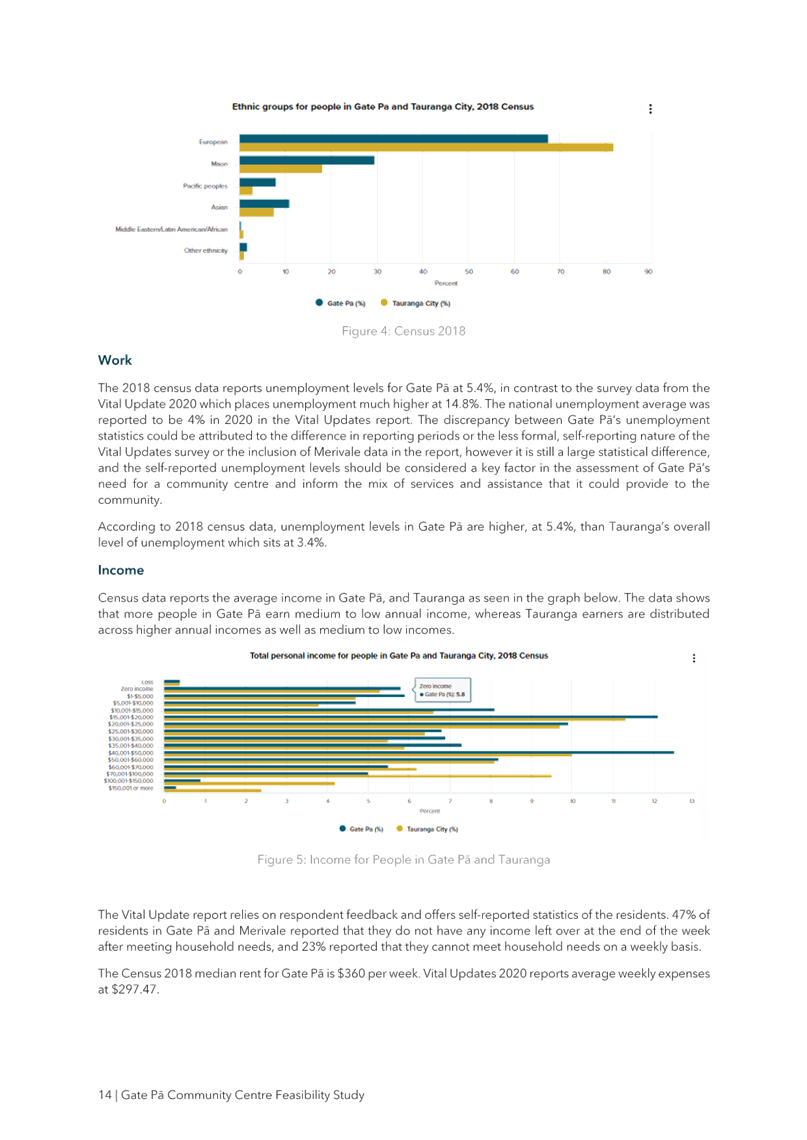
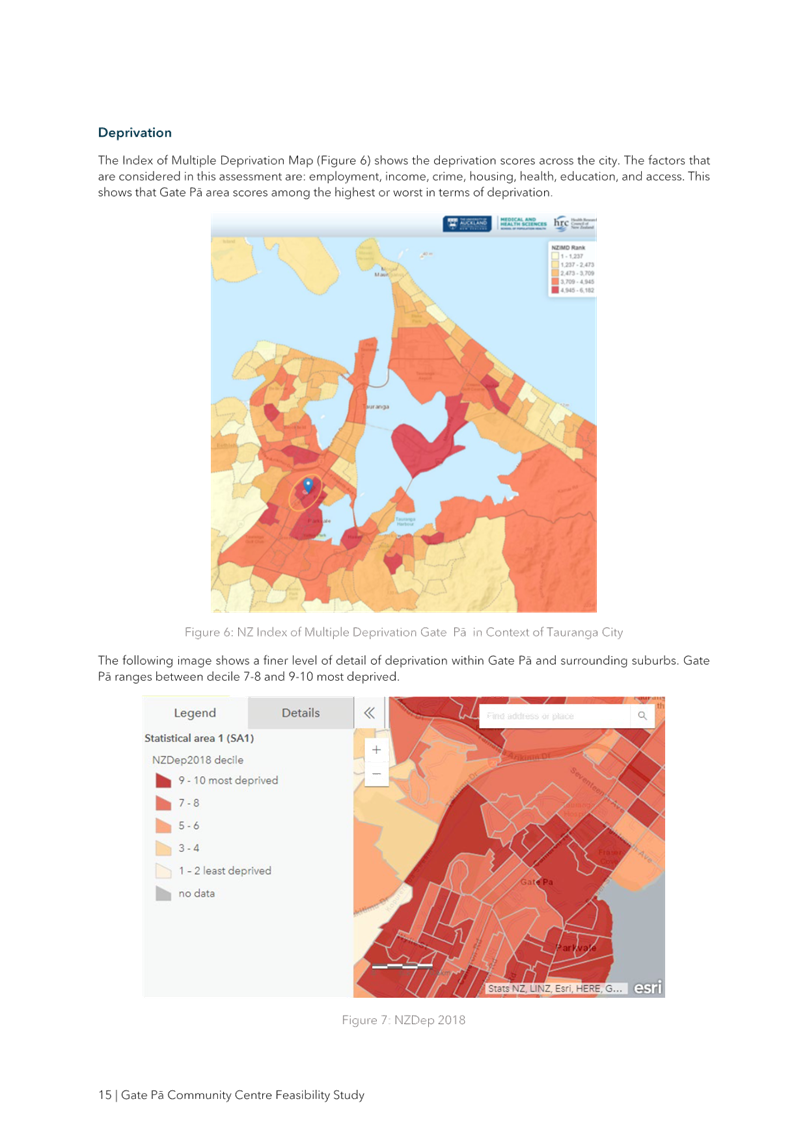
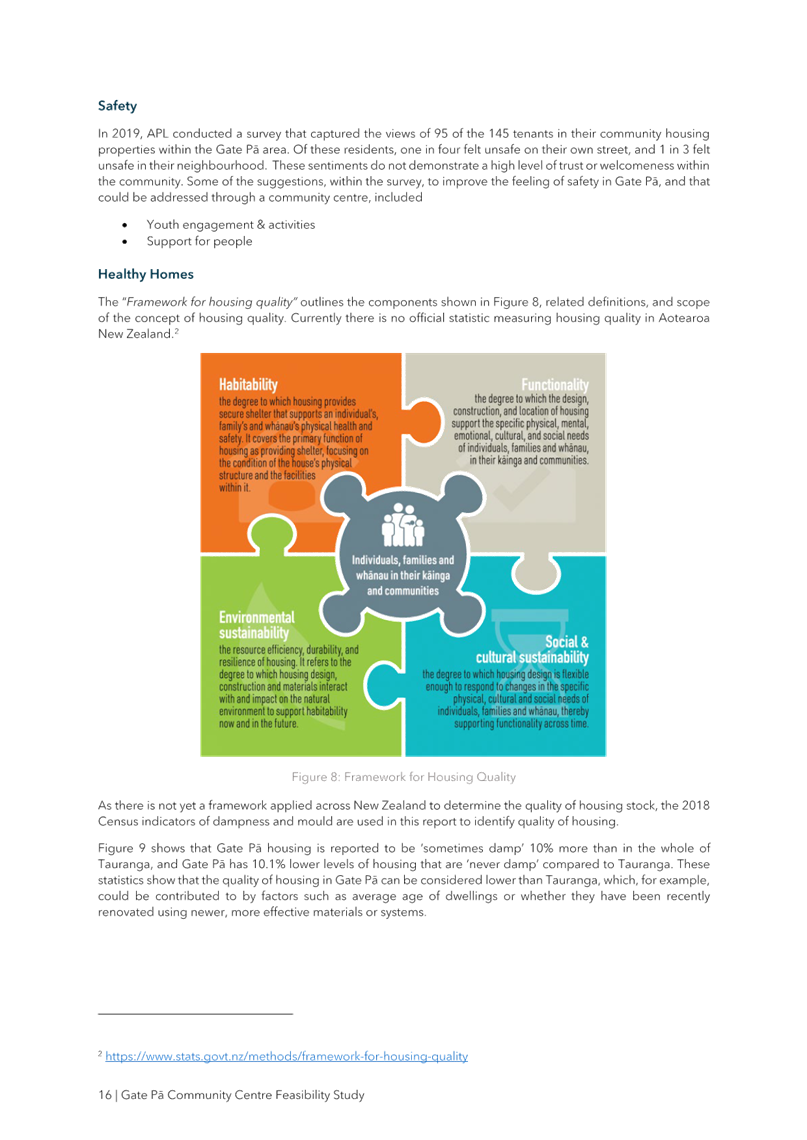
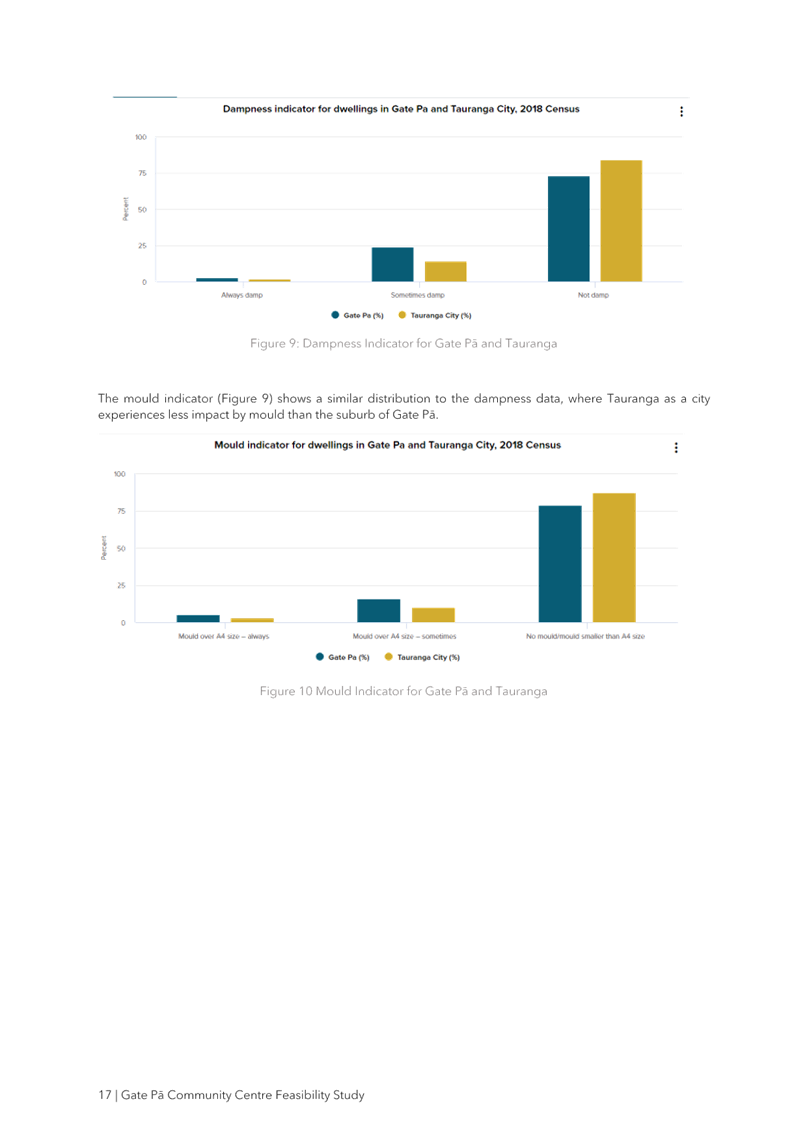
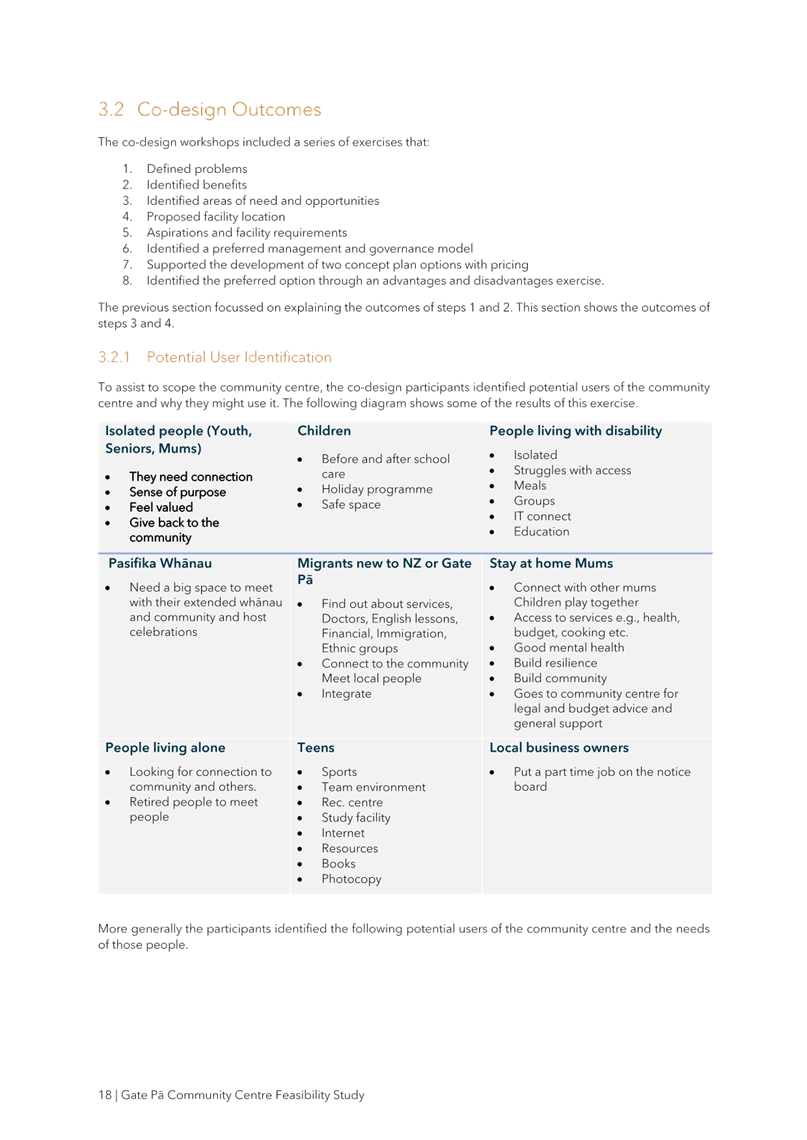
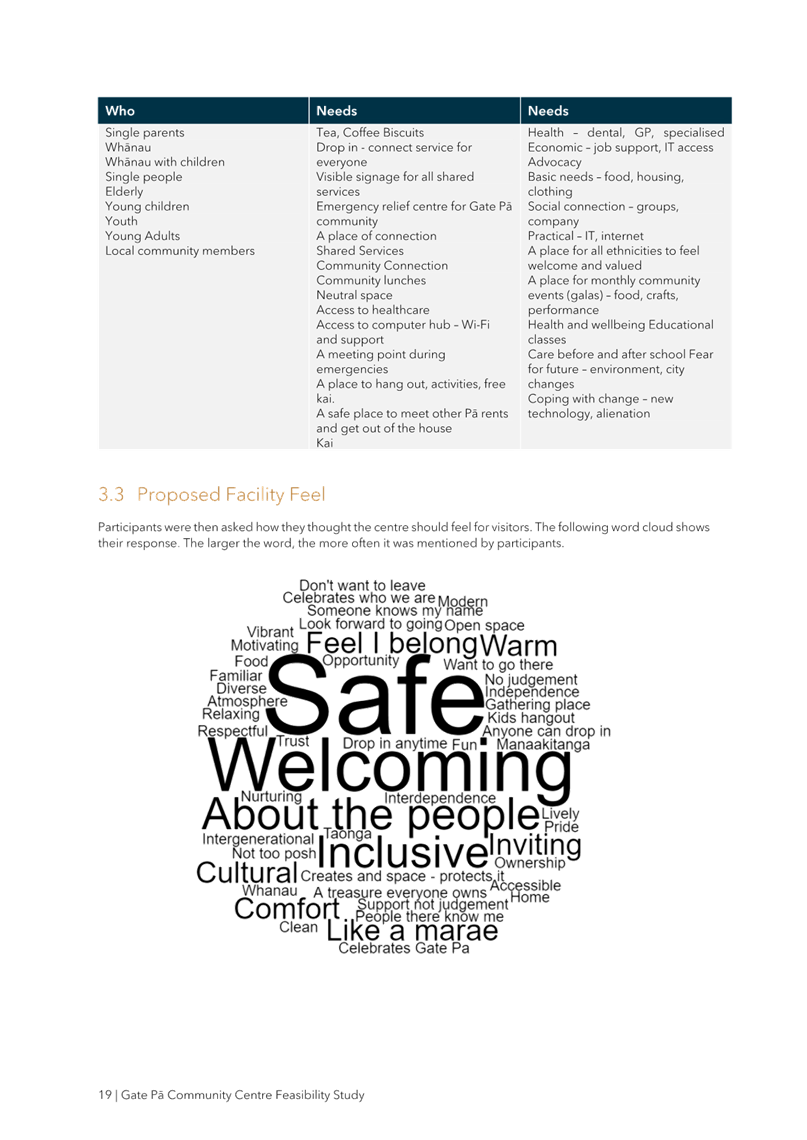
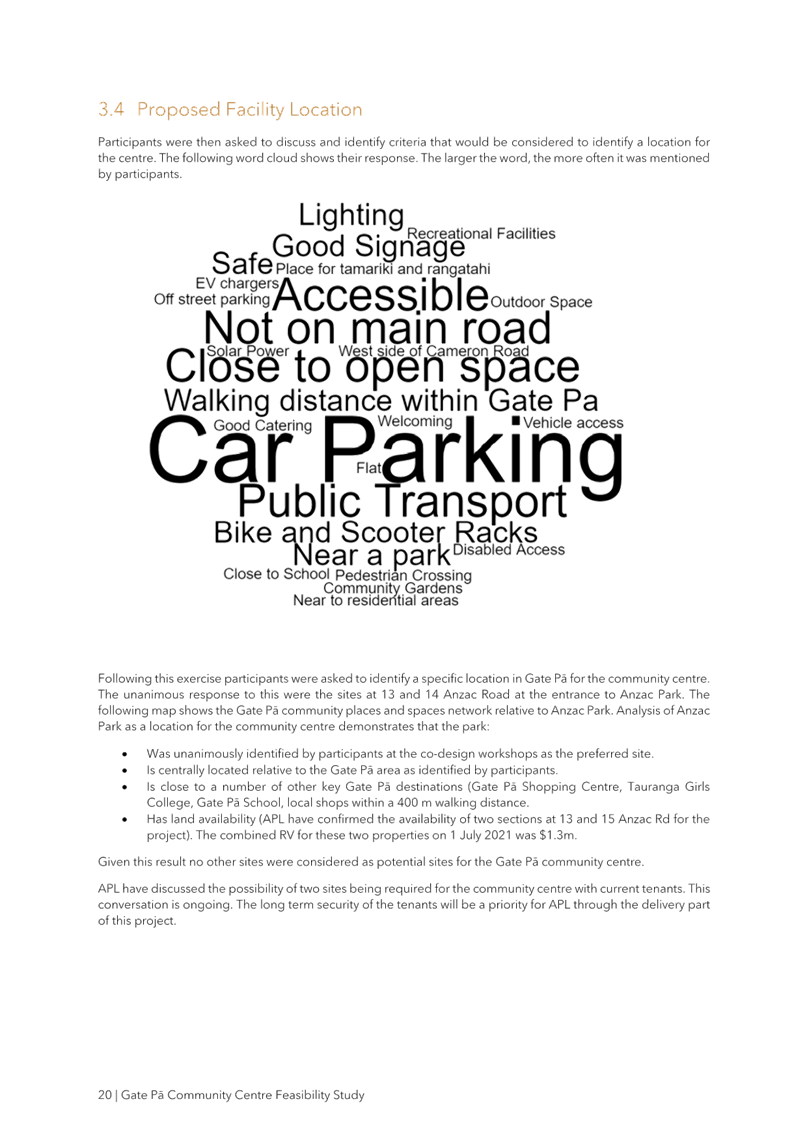
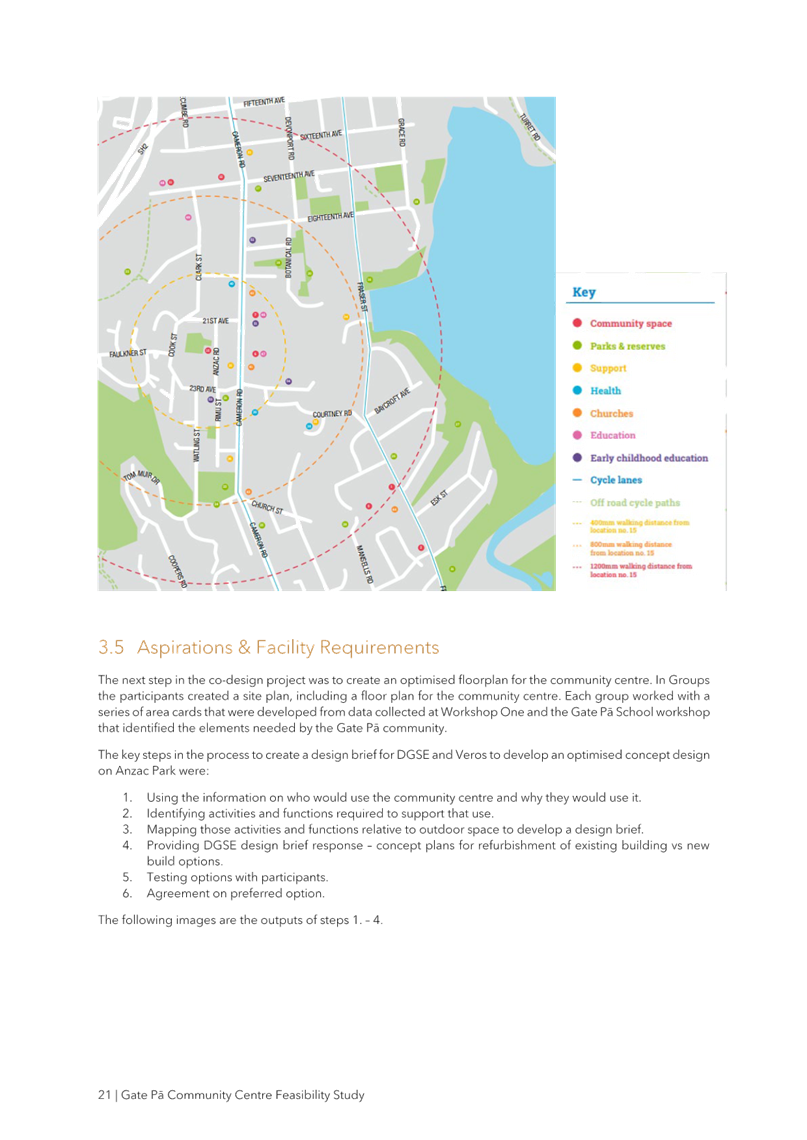
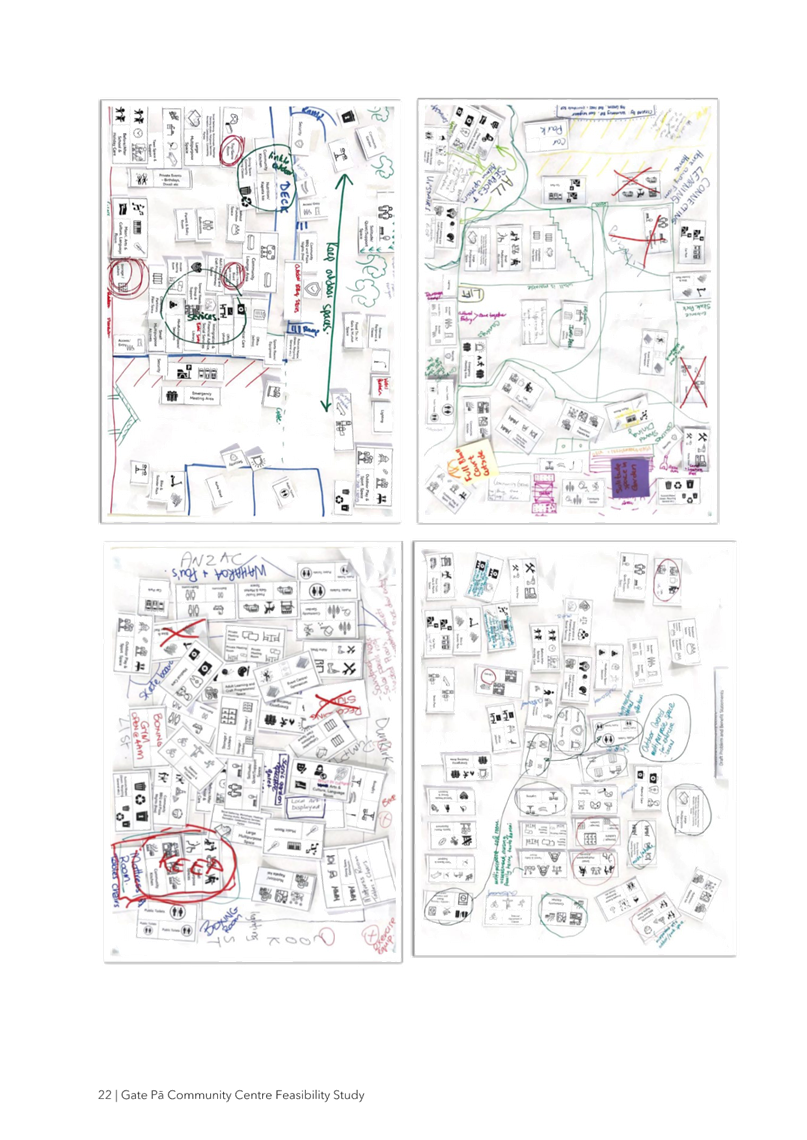
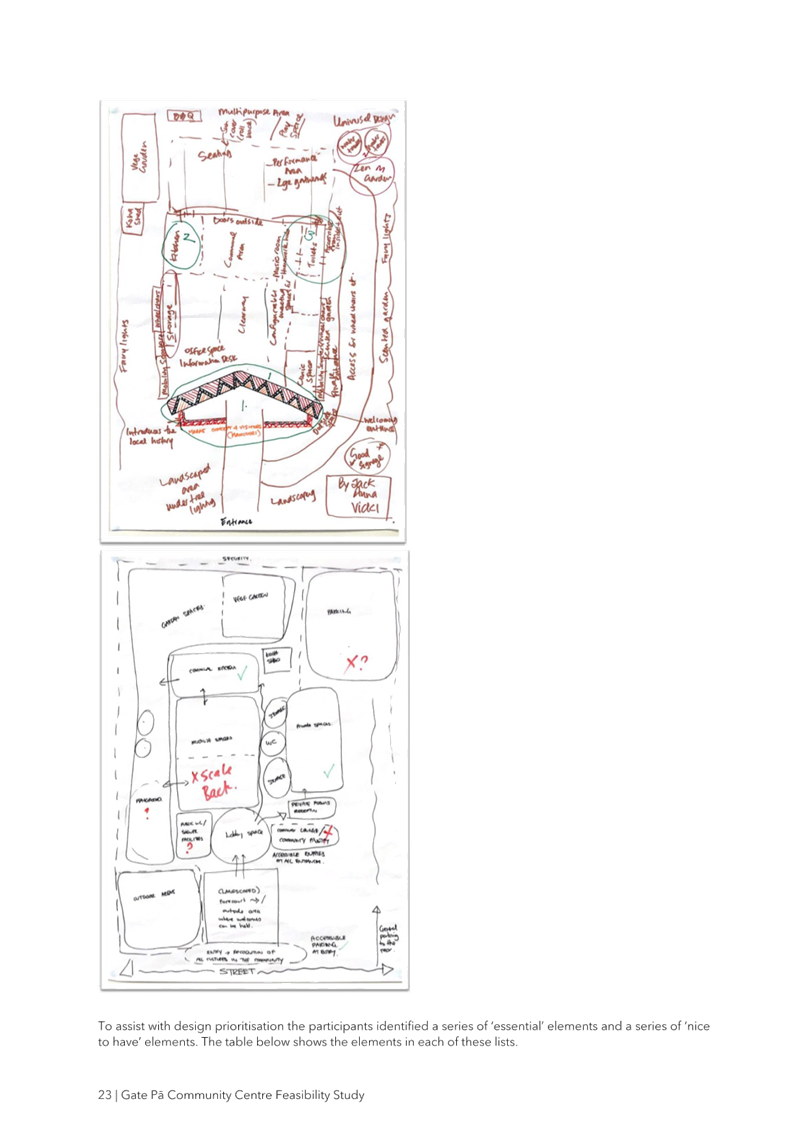

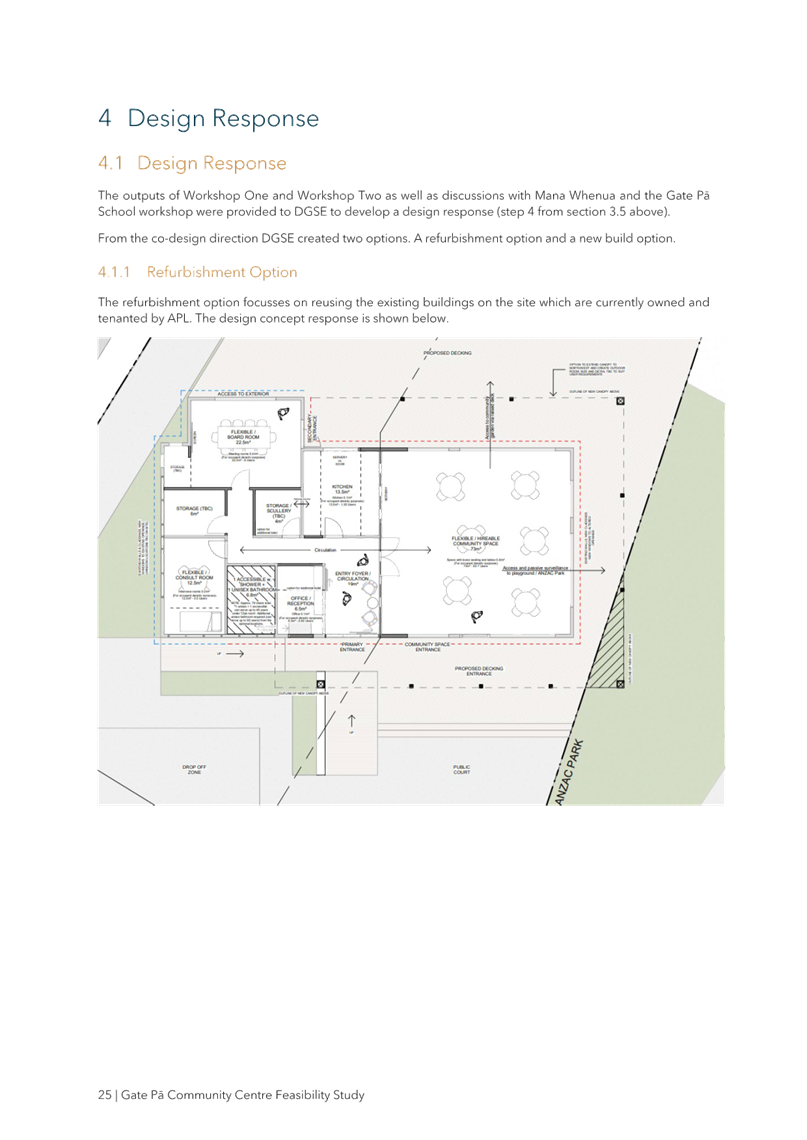
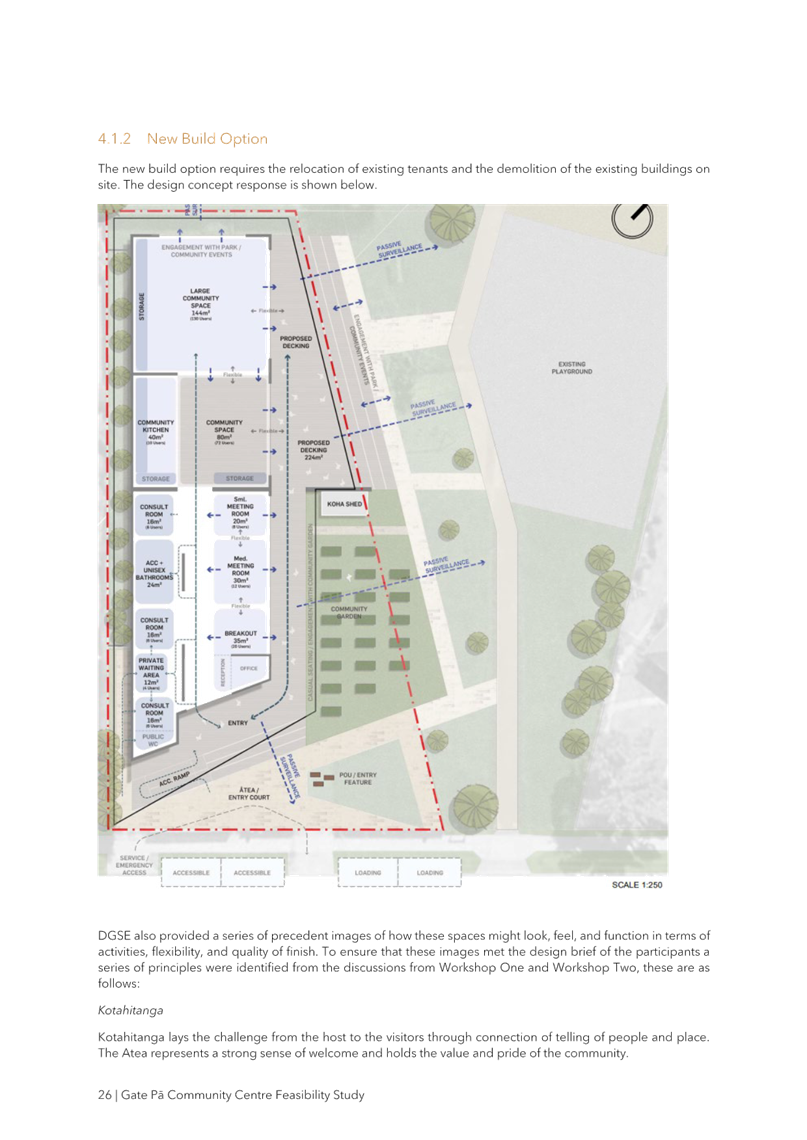
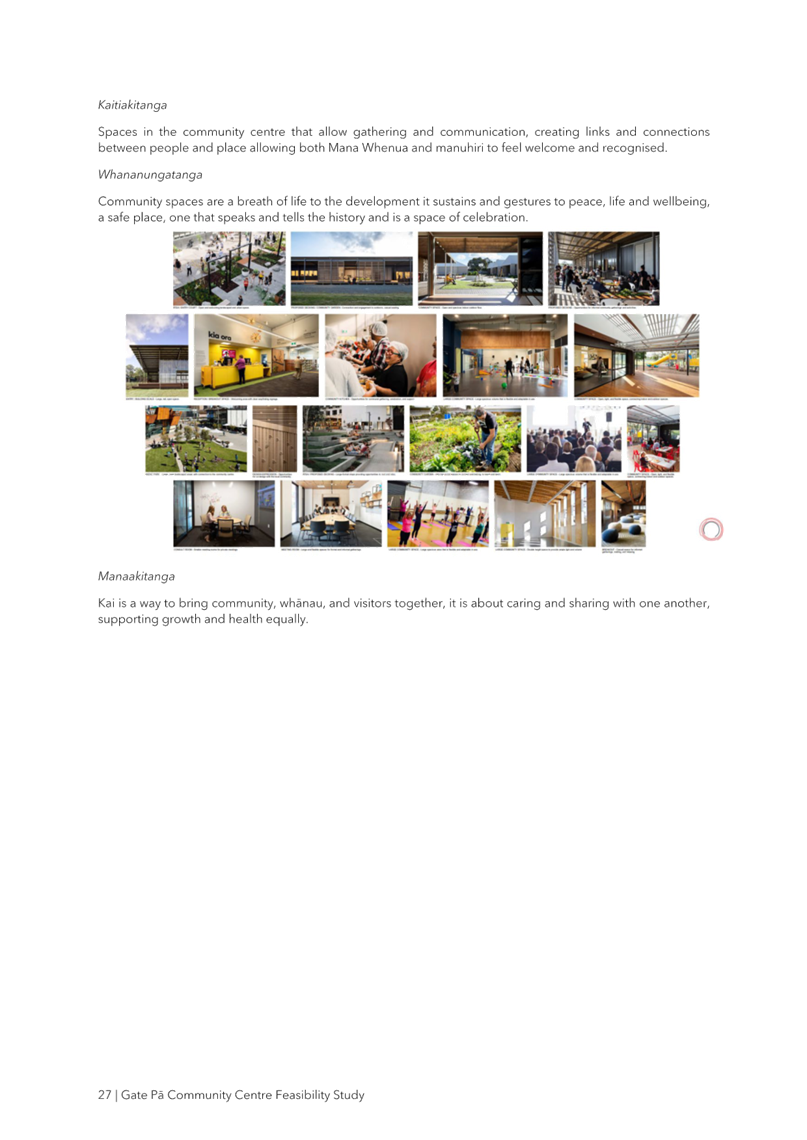
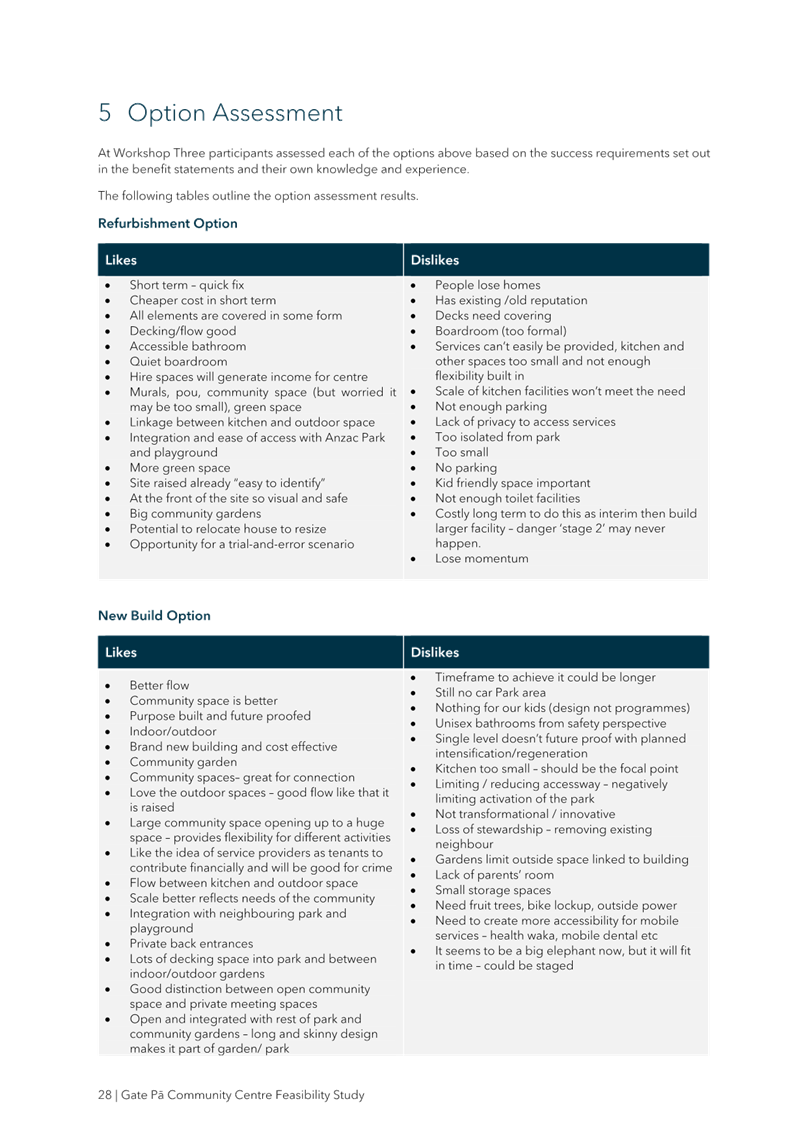
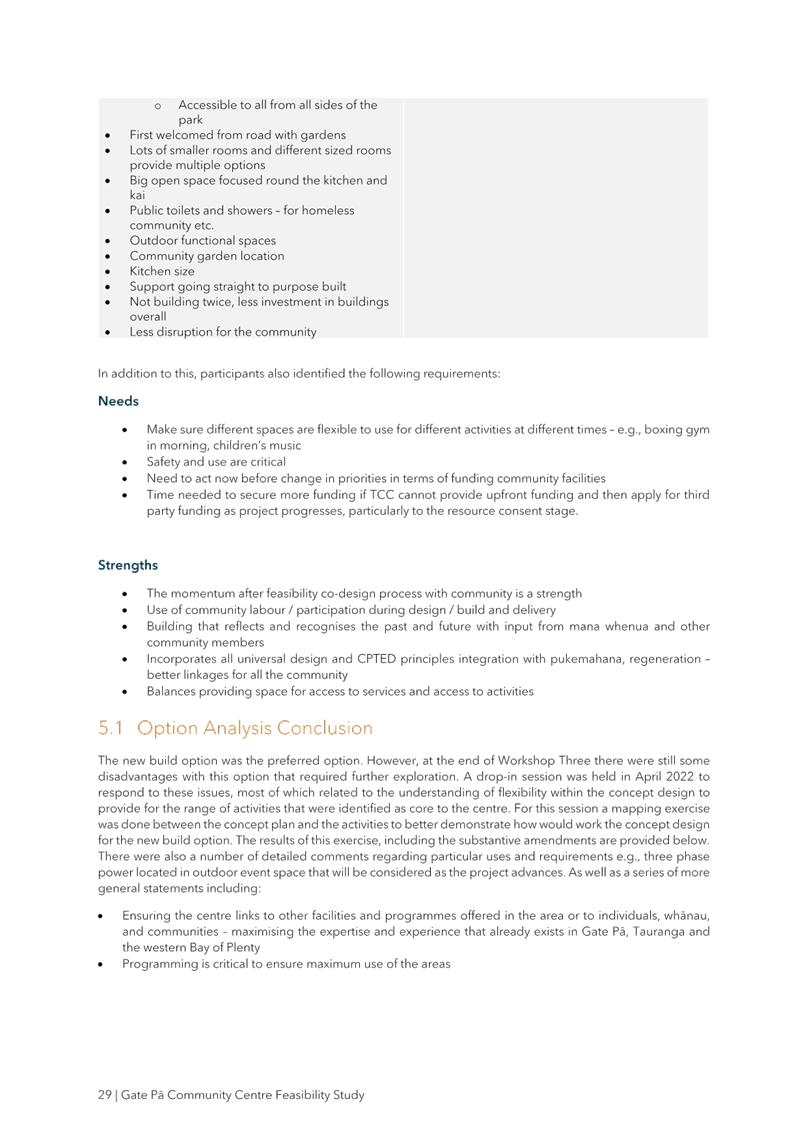
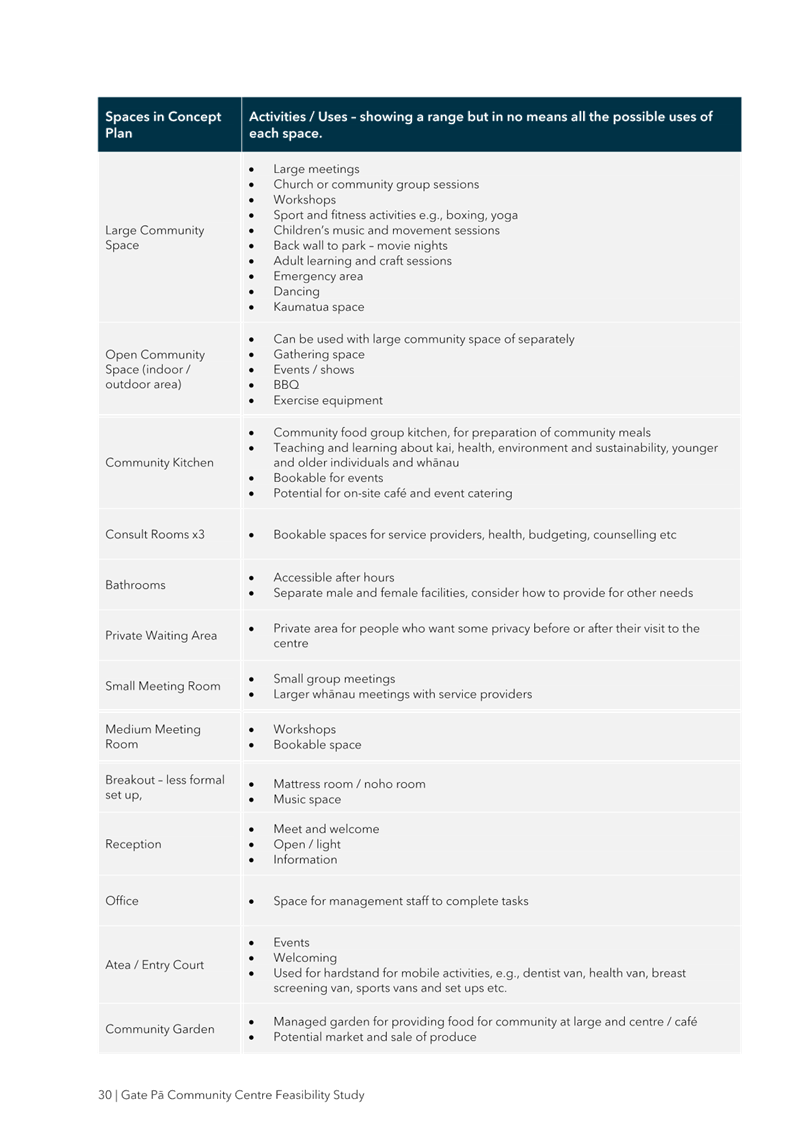

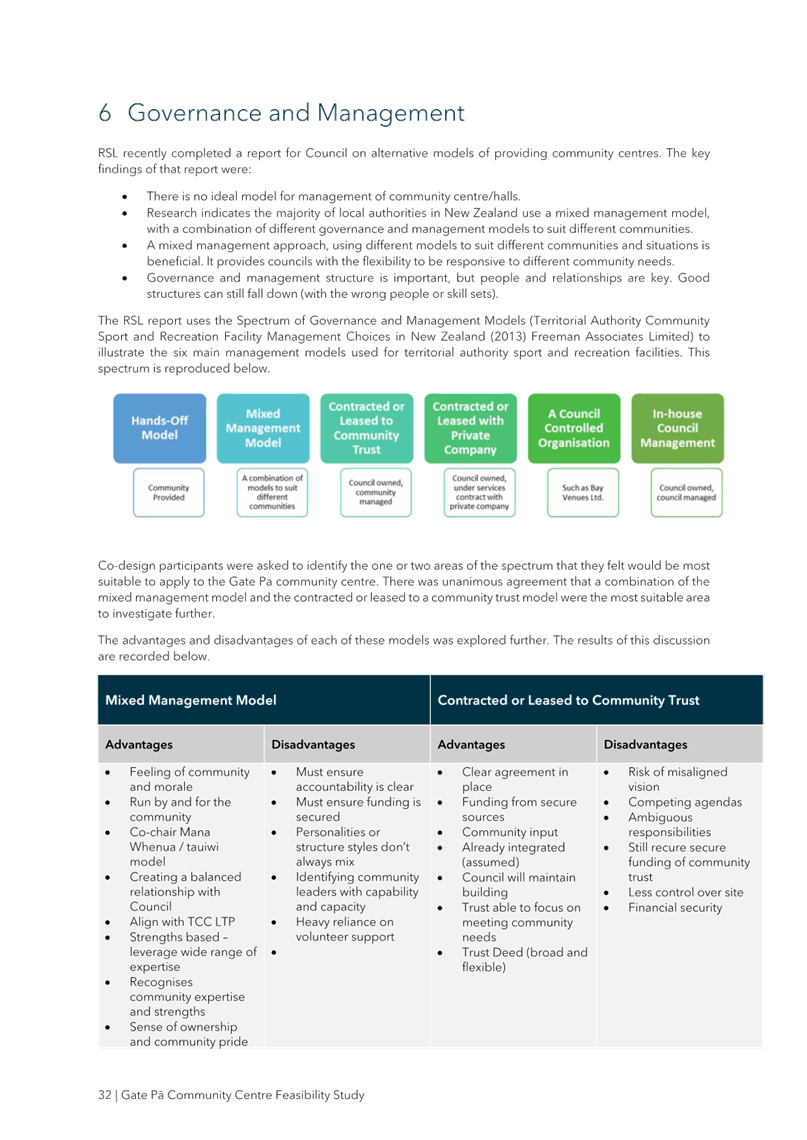

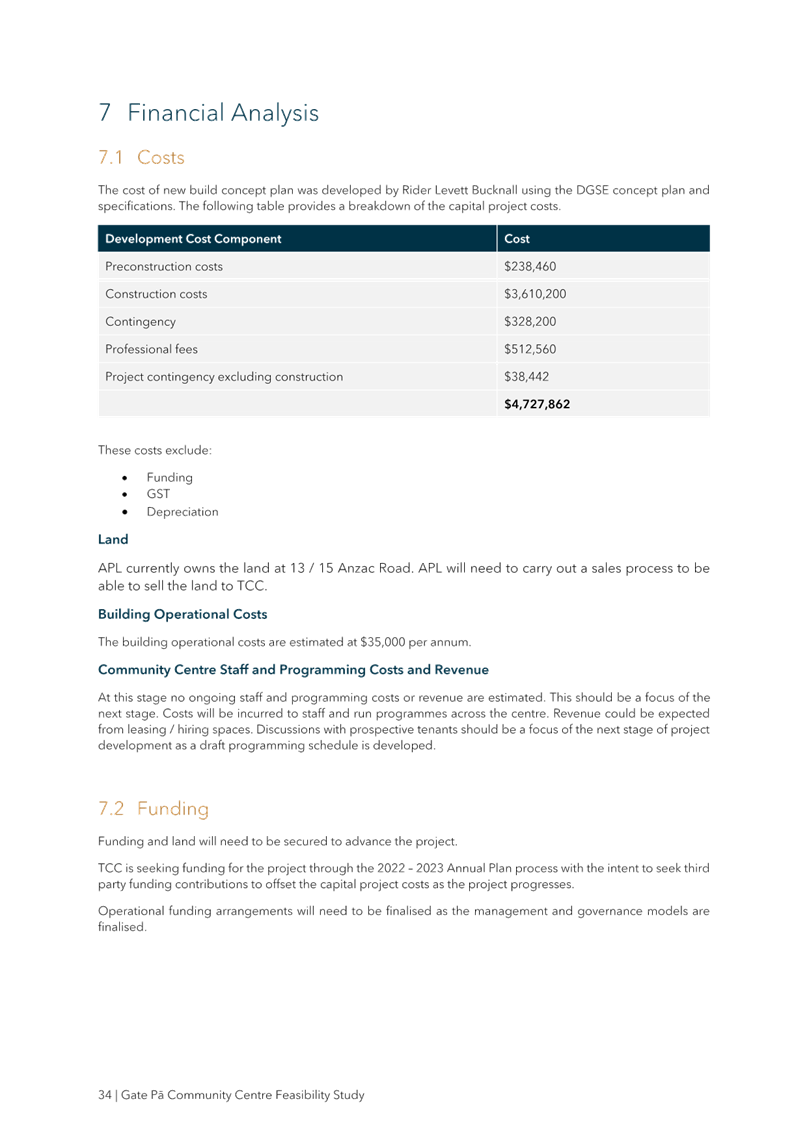
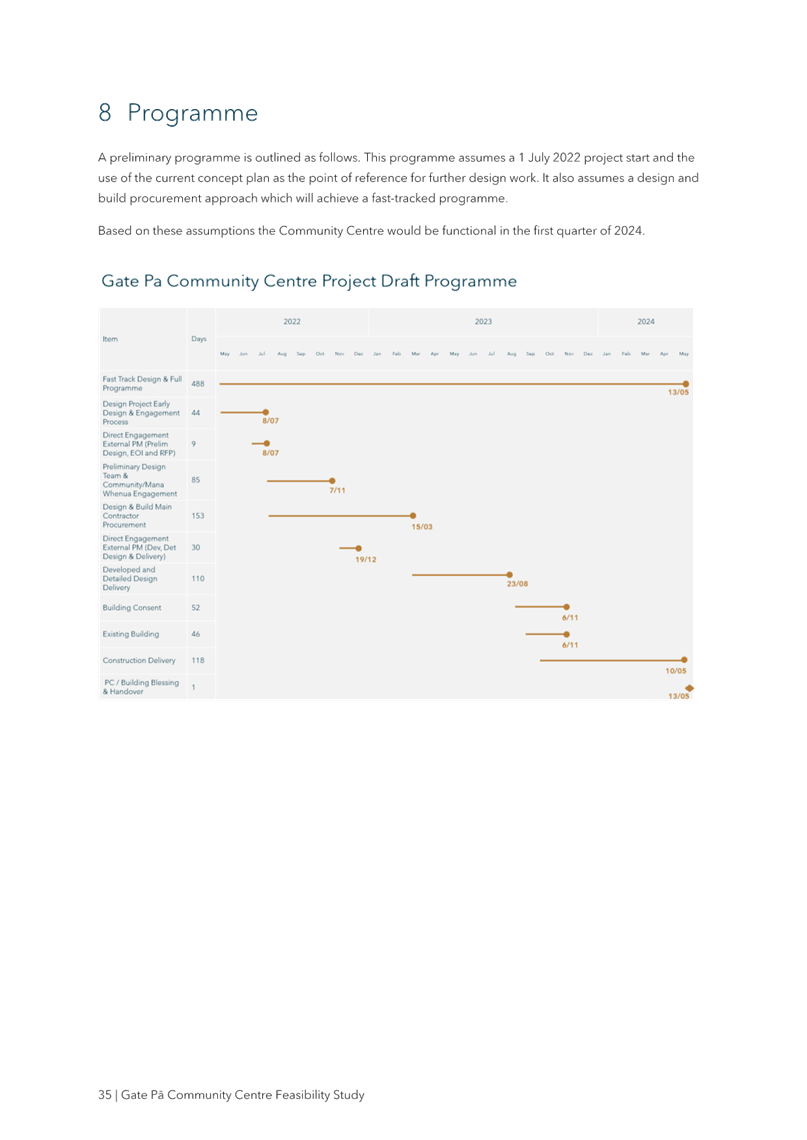

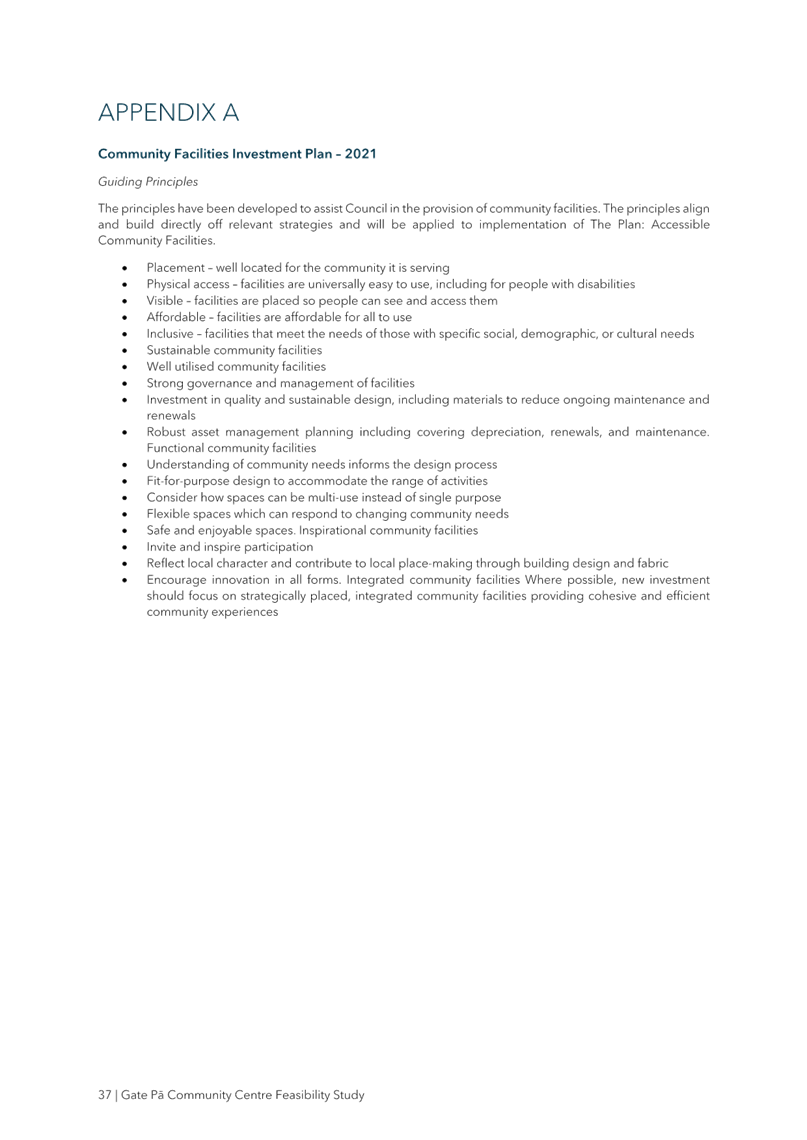

|
Ordinary Council meeting Agenda
|
3 October 2022
|
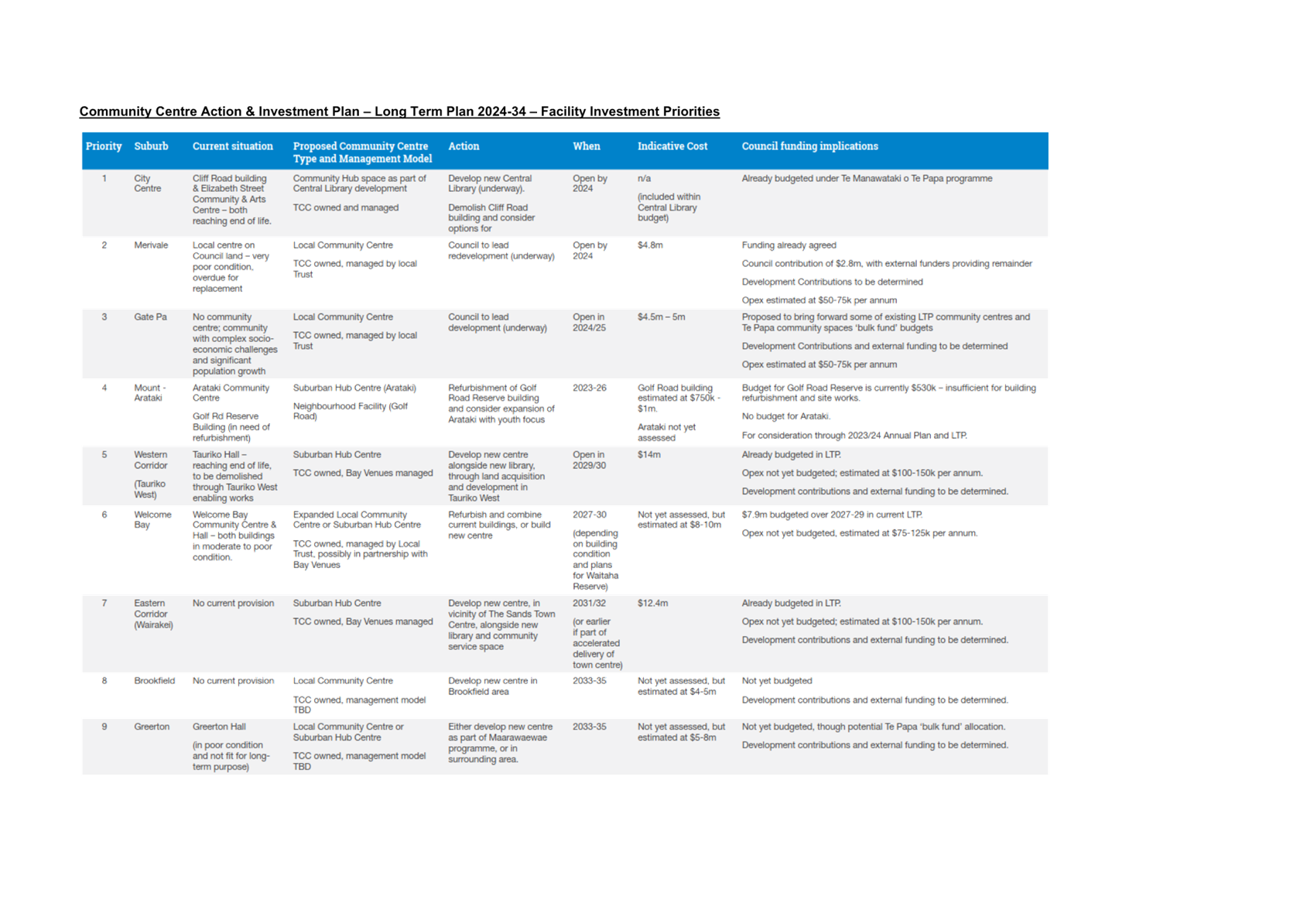
11.7 Temporary
Alcohol Free Areas for the Summer period
File
Number: A13874170
Author: Jane
Barnett, Policy Analyst
Jenna Quay, Events
Facilitation Manager
Authoriser: Barbara
Dempsey, General Manager: Community Services
Purpose of the Report
1. To
approve the temporary alcohol-free areas for the 2022/23 summer period.
|
Recommendations
That the Council:
(a) Receives
the report "Temporary Alcohol Free Areas for the Summer period".
(b) In accordance with section
147B of the Local Government Act 2002, agrees that the proposed temporary
alcohol-free areas are appropriate and proportionate in the light of the
evidence; and justified as a reasonable limitation on people’s rights
and freedoms.
(c) Resolves under clause 8 of
the Alcohol Control Bylaw 2018 to implement a temporary alcohol-free area
between the hours of 9pm and 7am for all beaches, reserves and public places
on the seaward side of Marine Parade (eastwards from its intersection with
Grove Avenue), Oceanbeach Road and Maranui Street and Surf Road from 21 October
2022 to 2 April 2023.
(d) Resolves under clause 8 of
the Alcohol Control Bylaw 2018 to implement temporary alcohol-free areas to
support events across Tauranga as follows:
|
Fergusson Park
|
Fergusson Park including Tilby Drive from the intersection
of Tainui Street and Waratah Street (all inclusive) from 10am, 31 December
2022 to 6am, 1 January 2023.
|
|
Gordon Spratt Reserve
|
Gordon Spratt Reserve and Alice Way (all inclusive) and
Parton Road (between Tara Road and Papamoa Beach Road) from 10am, 31
December 2022 to 6am, 1 January 2023.
|
|
Tauranga Racecourse Reserve
|
Tauranga Racecourse Reserve from 10am, 31 December 2022
to 6am, 1 January 2023.
|
|
Soper Reserve
|
Soper Reserve and Newton Street (all inclusive) from
10am to midnight, Saturday 11 March 2023.
|
|
Marine Park
|
Marine Park, Cross Road (from Mirrielees Road), and
Keith Allen Drive (all inclusive) from 6am to midnight 25 February 2023.
|
(e) Resolves under clause 8 of
the Alcohol Control Bylaw 2018 to implement temporary
alcohol-free areas surrounding Trustpower Baypark from 10am, 31 December 2022
to midnight, 6 January 2023 as follows:
|
Proposed alcohol-free area for key events at
Trustpower Baypark
|
|
Girven Road
|
From Gloucester Road to State Highway 2
|
|
State Highway 2
|
From Girven Road to Sandhurst Drive
|
|
Te Maunga Lane
|
All inclusive
|
|
Truman Lane
|
All inclusive
|
|
Mangatawa Link Road
|
All inclusive
|
|
State Highway 29A
|
From Truman Lane to the intersection with State highway
2 (including the roundabouts)
|
|
Gloucester Road
|
From Eversham Road to Girven Road
|
|
Eversham Road
|
All inclusive
|
|
Tudor Place
|
All inclusive
|
|
Palliser Place
|
All inclusive
|
|
Harrow Place
|
All inclusive
|
|
Exeter Street
|
All inclusive
|
|
Lambeth Terrace
|
All inclusive
|
|
Dover Place
|
All inclusive
|
|
Weymouth Place
|
All inclusive
|
|
Eversham Road Reserve
|
All inclusive
|
|
Kingsley Place
|
All inclusive
|
|
Penrhyn Place
|
All inclusive
|
|
Ernie Way
|
All inclusive
|
|
Hadleigh Reserve
|
All inclusive
|
(f) Clarifies that during
the period from 26 December 2022 to 6am on 6 January 2023, a temporary
alcohol-free area is in place, 24 hours a day, seven days a week, for:
(i) All
beaches, reserves and public places on the seaward side of Marine Parade
(eastwards from its intersection of Grove Avenue to its intersection of Tweed
Street);
(ii) Omanu
Surf Club and car park area; and
(iii) Waiariki
Street.
|
Executive Summary
2. The Alcohol Control Bylaw
2018 (the Bylaw) provides for Council to resolve temporary alcohol-free areas
where no person is allowed to bring in, possess, or consume alcohol in a public
place for a specified time and/or event (temporary alcohol-free area).
3. This
report seeks Council approval for temporary alcohol-free areas to support a
consistent approach to alcohol use at the beach over the summer period and the
safe hosting of a number of events across Tauranga.
Background
4. The purpose of the Bylaw
is to control the consumption of alcohol in public places to reduce potential
alcohol-related harm. As well as setting out permanent alcohol-free areas, clause
8 of the Bylaw states Council may, by resolution, prohibit the consumption,
bringing and possession of alcohol on or in a public place for a time period
and/or event specified in that resolution (temporary alcohol-free area).
5. Each year temporary
alcohol-free areas are put in place around a number of events across the city.
This supports the Police to manage any potential alcohol-related disorder and
helps minimise the risk of alcohol related harm at and around these events.
6. Temporary alcohol-free
areas are proposed for the coastal strip (as illustrated in attachment A)
over the summer period (Labour Weekend to first weekend of April), and to
support Council’s community events.
Summer Period
7. A temporary alcohol-free
area (attachment A) is proposed between 9pm and 7am, seven days a week,
effective from Saturday 21 October 2022 until Sunday, 2 April 2023, for:
· All
beaches, reserves and public places on the seaward side of Marine Parade
(eastwards from its intersection of Grove Avenue), Oceanbeach Road and Maranui
Street.
· Surf
Road.
8. This
area has been an alcohol-free area over the past four summer periods. It was
first put in place in 2018 in response to evidence from the Police who received
14 calls for service in this area between October 2018 and November 2018.
During the period of the ban, there were two calls of service to the Police.
Police reported that the temporary ban had the desired effect and assisted when
calls for service were received.
9. Police
support the continuation of the proposed temporary alcohol ban as it provides
them with an early intervention tool to help reduce potential alcohol-related
crime and disorder in this area.
10. There
is some overlap in the alcohol-free areas within Schedule 2 of the Bylaw and
the alcohol-free areas specified above.
11. To
avoid any confusion and clarify the conditions of the alcohol-free areas for
the community, it is recommended that Council resolve that:
During the
New Year period a temporary alcohol-free area is in place 24 hours a day, seven
days a week for;
· All
beaches, reserves and public places on the seaward side of Marine Parade
(eastwards from its intersection of Grove Avenue to its intersection of Tweed
Street);
· Omanu
Surf Club and car park area; and
· Waiariki
Street.
12. This clarifies that the New Year’s
24-hour ban supersedes the summertime and permanent night-time bans over the
New Year period.
Events
13. To support
operational planning and safety Police have asked Council to support temporary
alcohol-free areas at:
· two concerts on public open spaces;
· New Year’s Eve community events across the city; and
· events over the holiday period at Trustpower Baypark.
14. This
enables NZ Police to support the community celebrations and concerts and
minimise any potential alcohol related crime and disorder. A letter from the NZ
Police requesting the temporary alcohol-free areas is attachment B.
15. The tables
below sets out the proposed temporary alcohol-free areas.
|
Fergusson
Park
|
Fergusson
Park including Tilby Drive from the intersection of Tainui Street and Waratah
Street (all inclusive) from 10am, 31 December 2022 to 6am, 1 January 2023.
|
|
Gordon
Spratt Reserve
|
Gordon
Spratt Reserve and Alice Way (all inclusive) and Parton Road (between Tara
Road and Papamoa Beach Road) from 10am, 31 December 2022 to 6am, 1 January
2023.
|
|
Tauranga
Racecourse Reserve
|
Tauranga
Racecourse Reserve from 10am, 31 December 2022 to 6am, 1 January 2023.
|
|
Soper
Reserve
|
Soper
Reserve and Newton Street (all inclusive) from 6am to midnight, Saturday 11
March 2023.
|
|
Marine
Park
|
Marine
Park, Cross Road (from Mirrielees Road), and Keith Allen Drive (all
inclusive) from 6am to midnight 25 February 2023.
|
16. Temporary
alcohol-free areas are not required for the community celebrations planned for
the Tauranga City Centre and Blake Park, Mt Maunganui. These event sites are within
an existing alcohol-free area.
17. A temporary
alcohol-free area, covering the streets identified below is proposed from 10am,
31 December 2022 to midnight, 6 January 2023 to support NZ Police during the
concerts that are taking place at Trustpower Baypark between these dates.
|
Girven Road
|
From Gloucester Road to State Highway 2
|
|
State Highway 2
|
From Girven Road to Sandhurst Drive
|
|
Te Maunga Lane
|
All inclusive
|
|
Truman Lane
|
All inclusive
|
|
Mangatawa Link Road
|
All inclusive
|
|
State Highway 29A
|
From Truman Lane to the intersection with State highway 2
(including the roundabouts)
|
|
Gloucester Road
|
From Eversham Road to Girven Road
|
|
Eversham Road
|
All inclusive
|
|
Tudor Place
|
All inclusive
|
|
Palliser Place
|
All inclusive
|
|
Harrow Place
|
All inclusive
|
|
Exeter Street
|
All inclusive
|
|
Lambeth Terrace
|
All inclusive
|
|
Dover Place
|
All inclusive
|
|
Weymouth Place
|
All inclusive
|
|
Eversham Road Reserve
|
All inclusive
|
|
Kingsley Place
|
All inclusive
|
|
Penrhyn Place
|
All inclusive
|
|
Ernie Way
|
All inclusive
|
|
Hadleigh Reserve
|
All inclusive
|
18. In
accordance with the legislation, the proposed temporary alcohol-free areas are
proportionate responses and place reasonable limitations of people’s
rights and freedoms. The time periods for the proposed alcohol-free areas
reflect the time period of concern for alcohol related crime and disorder.
Strategic
/ Statutory Context
19. The proposed temporary-alcohol free
areas are consistent with the purpose of the Bylaw to reduce alcohol-related
harm in our community.
Options
Analysis
20. The table below outlines the
advantages and disadvantages of approving the temporary alcohol-free areas.
|
Option
|
Advantages
|
Disadvantages
|
|
1
|
Approve the temporary alcohol-free areas
(recommended)
|
· Police are better enabled to successfully limit alcohol
harm and manage public disorder in public places at events and along the coast
over the summer period.
· Police are provided with an additional tool to assist in
the provision of a safer environment for the community.
· The community can enjoy a safer environment in these
areas and when attending events.
|
· Some residents and visitors may view the proposed
temporary alcohol-free areas as being too restrictive.
|
|
2
|
Do not approve the temporary-alcohol free areas
|
· Nil
|
· The
ability of the NZ Police to successfully limit alcohol harm and manage public
disorder in public places and at events would be reduced.
|
Legal
Implications / Risks
21. The proposed temporary alcohol-free
areas reduce the risk of increased alcohol harm and public disorder.
22. A minimum of 14 days public notice
of the temporary alcohol-free areas must be made for the Police to have the
power to enforce the temporary alcohol-free areas (s170 LGA 02).
Consultation
/ Engagement
23. As clause 8 of the Bylaw provides
Council with the power to put in place temporary alcohol-free areas, public
consultation is not required. Public consultation was carried out when the
Bylaw was developed.
24. Staff have worked with the Police to
determine the proposed temporary alcohol-free areas. Although Council have the
power to make the bylaw and put in place the alcohol-free areas it is the
Police that enforce these.
Significance
25. The
Local Government Act 2002 requires an assessment of the significance of
matters, issues, proposals and decisions in this report against Council’s
Significance and Engagement Policy. Council acknowledges that in some
instances a matter, issue, proposal or decision may have a high degree of
importance to individuals, groups, or agencies affected by the report.
26. In
making this assessment, consideration has been given to the likely impact, and
likely consequences for:
(a) the current
and future social, economic, environmental, or cultural well-being of the
district or region
(b) any persons who are likely to be particularly
affected by, or interested in, the decision.
(c) the capacity of the local authority to
perform its role, and the financial and other costs of doing so.
27. In
accordance with the considerations above, criteria and thresholds in the
policy, it is considered that the decision is of low significance.
ENGAGEMENT
29. Taking
into consideration the above assessment, that the decision is of low
significance, officers are of the opinion that no further engagement is
required prior to Council making a decision.
30. If Council decides to approve the
proposed temporary alcohol-free areas all residents in the
temporary alcohol-free areas surrounding the events will be informed by email
or letter.
31. All of the temporary alcohol-free areas
will be set out on Council’s website. Each event organiser or venue will
include the information in their resident letter drops.
Next
Steps
32. In accordance with the Bylaw, public
notice will be given prior to the temporary alcohol-free areas taking effect
and Council will erect signs to inform people of the temporary alcohol-free
area. This will ensure Police can exercise the power of search under the LGA
02.
Attachments
1. Alcohol-Free
Areas Coastal Map - A13979194 ⇩ 
2. Police Letter for
Temporary Alcohol-Free Areas 2022/23 - A13979223 ⇩ 
|
Ordinary Council meeting Agenda
|
3 October 2022
|
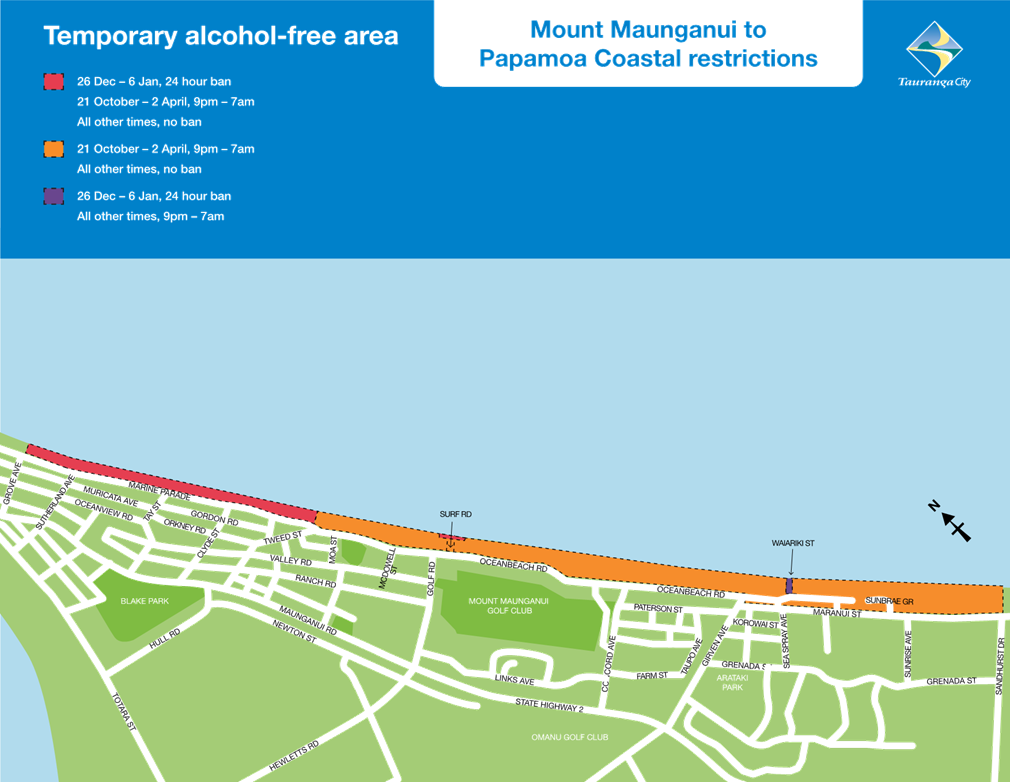
|
Ordinary Council meeting Agenda
|
3 October 2022
|
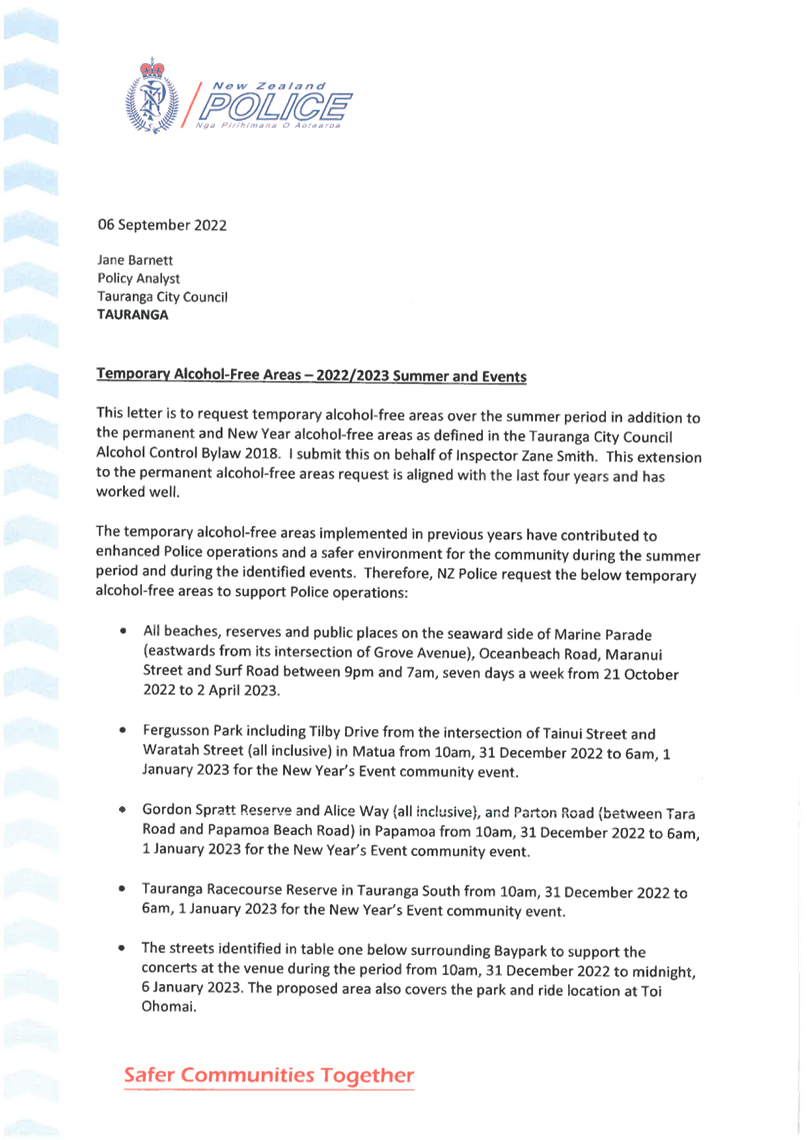
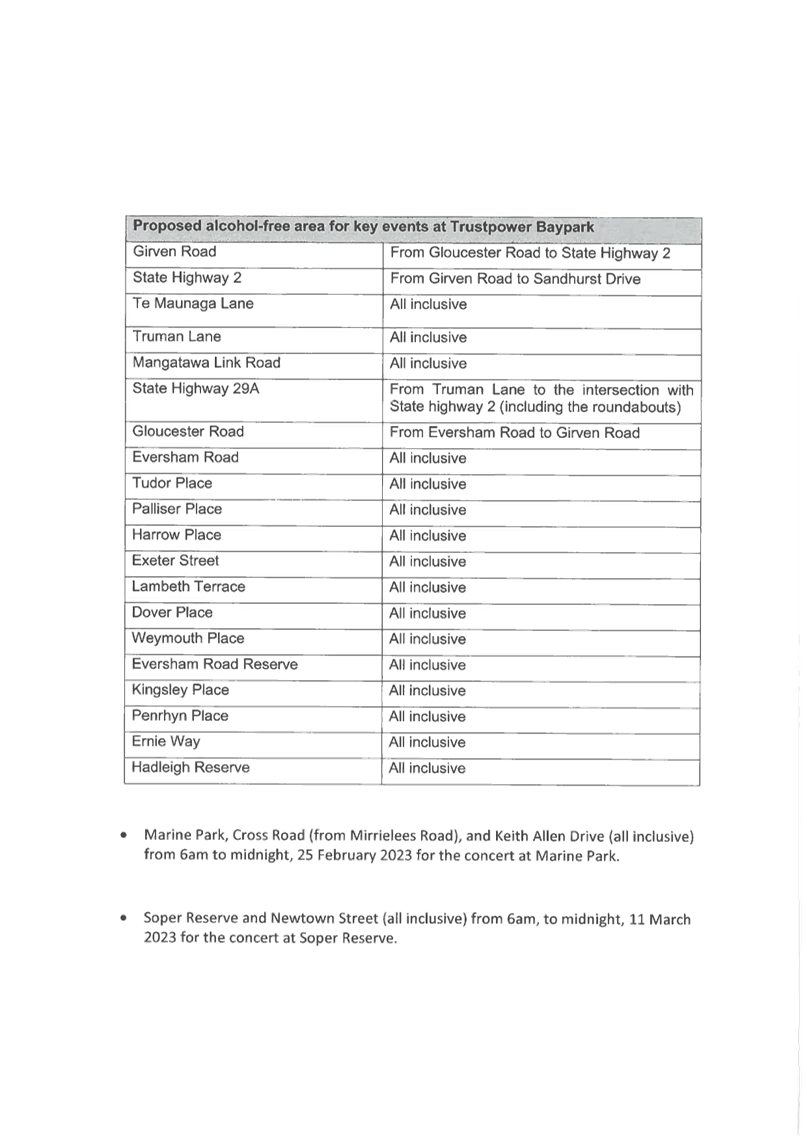
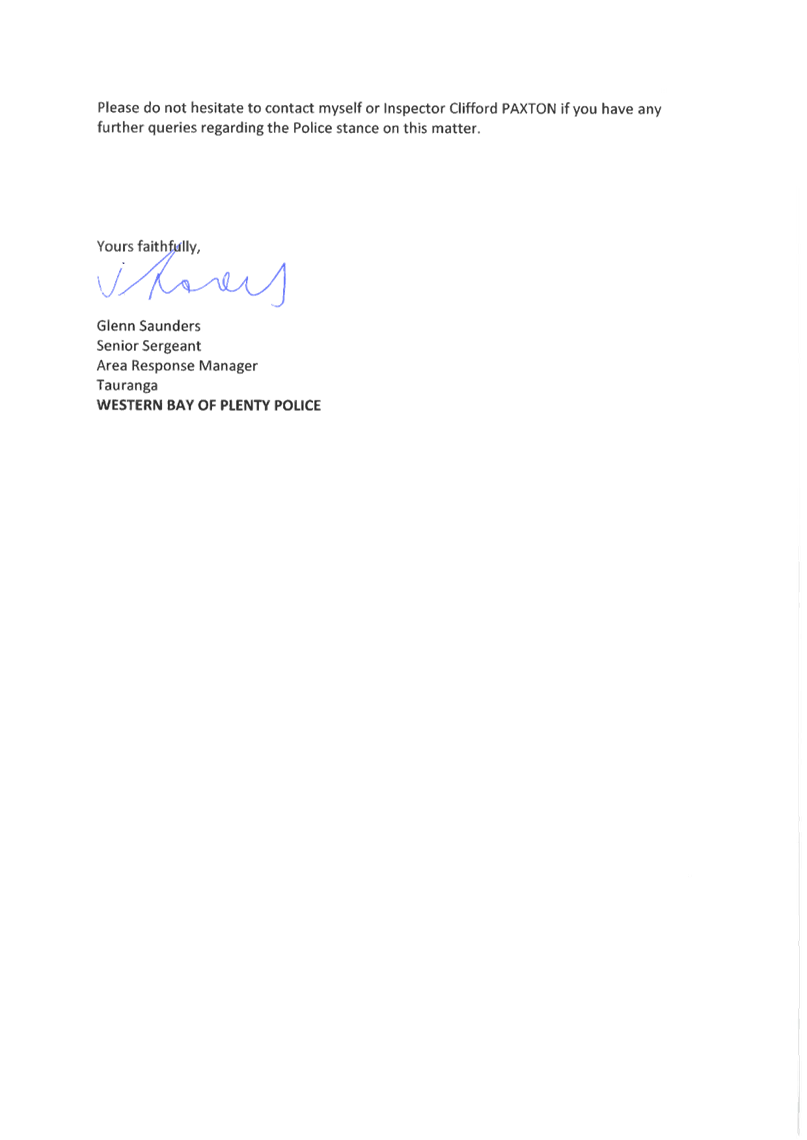
11.8 Three
Waters Reform Update
File
Number: A13897322
Author: Diane
Bussey, Contractor - Three Water Reforms
Authoriser: Nic
Johansson, General Manager: Infrastructure
Purpose of the Report
1. To
provide a progress update on the Three Waters Reform project, expected
activities in coming months and proposed Tauranga City Council (TCC) response.
|
Recommendations
That the Council:
(a) Receives
the report "Three Waters Reform Update".
(b) Endorses
the Three Waters Project Team to continue with the next steps as documented.
|
Discussion
2. General
Progress Update
(a) TCC continues to participate
in transition working groups, both at national and local Entity B levels,
providing the opportunity to engage in multiple forums across all
workstreams.
(b) The Entity B Local Transition
Team (LTT) continues to meet fortnightly with increased participation and
engagement levels across all Entity B councils.
(c) In September, a collaboration
agreement was signed between TCC and Whakatane District Council (WDC).
This collaboration will see TCC working collaboratively with WDC and involves
sharing (where possible) resources and costs. The intention is to align
project structures, role and responsibilities. The key roles to be shared
between the two councils will be the Project Manager, Change Manager and
Communications lead, providing financial efficiencies for both councils. These
three roles are all filled by contractors.
(d) Council Transition Support
Funding, Tranche 1 – The Transition Funding Agreement for this first
tranche through to 30 June 2023 has been completed, confirming funding of
$1.21m. The first invoice for 25% has subsequently been processed.
Guidance on further transition funding for future financial years is expected
in December 2022.
3. Legislation
Updates
(a) TCC’s submission process
for Water Services Entities (WSE) Bill #1 concluded on 19th August,
with Commissioner Chair Anne Tolley providing an oral submission outlining key
community concerns regarding Three Water Reform.
(b) WSE Bill #1 establishes four
Water Service Entities and covers WSE ownership, governance and accountability
arrangements and will have its third reading in December 2022.
(c) The Water Services Bill #2,
which provides detailed transition arrangements including asset transfers,
contracts and pricing, is expected to be enacted June 2023.
(d) Economic Regulations and
Consumer Protection legislation is expected in 2023.
4. Governance
and Appointments
(a) The National Transition Unit
(NTU) have advised timing for key appointments: -
(i) Water Services Entity
(WSE) Establishment Chief Executives (CEOs) – NTU have longlisted
candidates. A panel of Mayors and mana whenua in each entity area will be
involved in the next phase of the recruitment process throughout October and
November. Appointments are expected to be made by December 2022.
(ii) Tier 2 appointments are
likely to commence once the Establishment CEOs are confirmed and organisational
design for the LTT is decided.
(iii) The Minister will appoint
the establishment WSE Board based on competencies. The Board will be in
place by 01 March 2023
(b) The process to develop WSE
constitutions is underway, with draft standard constitutions expected by
December 2022. The initial Entity B constitution is expected by June 2023, with
the appointment of Regional Representation Groups to follow.
5. People
and Workforce Update
(a) In August, NTU released the
Draft Staff Transition Guidelines. These guidelines provide further
clarity on transition arrangements for staff, including the proposed employment
pathways for staff and the application of the legislated job guarantee
contained within WSE Bill #1. The guidelines help address one of
the outstanding key issues for TCC, namely, to ensure our workforce are treated
fairly and kept well informed. TCC submitted a response to the guidelines and
encouraged staff to make individual submissions. All submissions are
currently being considered by NTU, with final guidelines expected March
2023.
(b) “The Staff Room”
portal, (the NTU tool for connecting with the workforce) provides role
information and transition support for staff. The project team have
focused effort on staff that are primarily engaged in the delivery of
water services and therefore significantly impacted by the reforms. Briefings
and training for these staff have been completed and registrations in The Staff
Room are well underway.
(c) A further Request for
Information (RFI) is expected later this month requesting information of
current employment terms and conditions.
(d) NTU are continuing to develop
a high-level organisation design for the Water Service Entities. It is
expected that, once the establishment CEs are appointed a detailed organisation
design for each entity will be progressed.
6. Asset
Management, Operations and Stormwater (AMOS) Update
(a) A draft Entity B Transition
Asset Management Plan, which includes a comprehensive list of capital
requirements, is in development. This draft is expected to be submitted
to NTU by the end of October. A further version will be supplied that
contains direct operational costs in December. The further revision of the
Transition AMP will be completed by March 2023, with continued updates through
to a final Transition AMP in June 2023.
(b) Three waters land asset
information is being collated and analysed as a basis for future decisions
regarding transfer, retention or disposal. An initial Stormwater land
asset framework is being applied to support the categorisation of assets. It is
anticipated that further clarifications in the new year regarding the treatment
of stormwater and mixed-use assets will support further modelling. The
team focus is on ensuring accurate and complete information is collated in such
a way to allow for future analysis and modelling.
7. Data
and Digital
(a) Treasury have approved the NTU
business case for Systems of Record (Infor), being key information systems for
asset management, workorder management and financials. The decision
confirms the Infor system that was implemented in the recent Collaboration
project between Watercare, WBOPDC and TCC is the system of choice. This puts
both TCC and WBOPDC in a good position for transition in terms of business
systems and business processes.
(b) The approach of the NTU is to
leverage and scale existing working solutions as opposed to a
“green-fields” build.
(c) Data migration will be by way
of a “Lift and Shift”. NTU is developing a portal for the
data migration processes. Training sessions and subsequent data migration
planning will follow the Data and Digital Road Show scheduled for October 2022.
(d) Additional business cases are
being developed by NTU to cover the implementation costs for Systems of Record
and other IT systems (eg website, HR systems etc).
8. Finance and Commercial
(a) Financial modelling of impacts
from Three Waters Reform continues. Questions arising as to accounting
treatment of transition elements are being investigated.
(b) A second RFI was received on
16th September, requesting 30 June 2022 financial information
relating to three waters debt, revenue, operating expenses, assets and
reserves. This information is being collated and will be submitted by 21st
October.
(c) The goal of the NTU is to
confirm 30 June 2022 three waters debt levels with Council’s by 31 March
2023. The agreed three water debt balance will continue to be updated to
reflect upcoming financial years and will provide both Council and NTU a debt
position.
Next Steps
9. The
next steps, over the following three months include: -
(a) TCC to continue to advocate
for our community on key issues and concerns.
(b) TCC Three Waters Reform
Project team to continue to meet the obligations regarding information requests
from NTU.
(c) TCC to continue to nominate
and participate in Three Waters Reform National and Local Working Groups.
(d) TCC Three Waters Reform
Project team to continue to prepare for transition arrangements.
Attachments
Nil
12 Discussion
of late items
13 Public
excluded session
RESOLUTION TO EXCLUDE
THE PUBLIC
|
Recommendations
That the public be
excluded from the following parts of the proceedings of this meeting.
The general subject
matter of each matter to be considered while the public is excluded, the
reason for passing this resolution in relation to each matter, and the
specific grounds under section 48 of the Local Government Official
Information and Meetings Act 1987 for the passing of this resolution are as
follows:
|
General subject of each matter to be
considered
|
Reason for passing this resolution in
relation to each matter
|
Ground(s) under section 48 for the
passing of this resolution
|
|
13.1 - Public Excluded Minutes of the Council
meeting held on 30 August 2022
|
s7(2)(g) - The withholding of the information is
necessary to maintain legal professional privilege
s7(2)(h) - The withholding of the information is
necessary to enable Council to carry out, without prejudice or disadvantage,
commercial activities
s7(2)(i) - The withholding of the information is
necessary to enable Council to carry on, without prejudice or disadvantage,
negotiations (including commercial and industrial negotiations)
|
s48(1)(a) - the public conduct of the relevant
part of the proceedings of the meeting would be likely to result in the
disclosure of information for which good reason for withholding would exist
under section 6 or section 7
|
|
13.2 - Public Excluded Minutes of the
Council meeting held on 5 September 2022
|
s7(2)(a) - The withholding of the information is
necessary to protect the privacy of natural persons, including that of
deceased natural persons
s7(2)(b)(ii) - The withholding of the information
is necessary to protect information where the making available of the
information would be likely unreasonably to prejudice the commercial
position of the person who supplied or who is the subject of the information
s7(2)(g) - The withholding of the information is
necessary to maintain legal professional privilege
s7(2)(h) - The withholding of the information is
necessary to enable Council to carry out, without prejudice or
disadvantage, commercial activities
s7(2)(i) - The withholding of the information is
necessary to enable Council to carry on, without prejudice or disadvantage,
negotiations (including commercial and industrial negotiations)
|
s48(1)(a) - the public conduct of the relevant
part of the proceedings of the meeting would be likely to result in the
disclosure of information for which good reason for withholding would exist
under section 6 or section 7
|
|
13.3 - Exemption to Open Competition:
Waters consumables and services procurement; Vessel Works Stage 2 Wharf
Extension - Steel Pipe procurement
|
s7(2)(h) - The withholding of the information is
necessary to enable Council to carry out, without prejudice or
disadvantage, commercial activities
|
s48(1)(a) - the public conduct of the relevant
part of the proceedings of the meeting would be likely to result in the
disclosure of information for which good reason for withholding would exist
under section 6 or section 7
|
|
13.4 - Tauranga Urban Design Panel
Members Appointment
|
s7(2)(a) - The withholding of the information is
necessary to protect the privacy of natural persons, including that of
deceased natural persons
|
s48(1)(a) - the public conduct of the relevant
part of the proceedings of the meeting would be likely to result in the
disclosure of information for which good reason for withholding would exist
under section 6 or section 7
|
|
13.5 - Smiths Farm - Divestment
Objectives and Disposal Classification
|
s7(2)(i) - The withholding of the information is necessary
to enable Council to carry on, without prejudice or disadvantage,
negotiations (including commercial and industrial negotiations)
|
s48(1)(a) - the public conduct of the relevant
part of the proceedings of the meeting would be likely to result in the
disclosure of information for which good reason for withholding would exist
under section 6 or section 7
|
|
13.6 - Update Report - Rowesdale Drive
Access Issues
|
s7(2)(g) - The withholding of the information is
necessary to maintain legal professional privilege
s7(2)(i) - The withholding of the information is
necessary to enable Council to carry on, without prejudice or disadvantage,
negotiations (including commercial and industrial negotiations)
|
s48(1)(a) - the public conduct of the relevant
part of the proceedings of the meeting would be likely to result in the
disclosure of information for which good reason for withholding would exist
under section 6 or section 7
|
|
13.7 - Infrastructure Acceleration
Funding Agreements for Tauriko West and Te Papa
|
s7(2)(b)(ii) - The withholding of the information
is necessary to protect information where the making available of the
information would be likely unreasonably to prejudice the commercial
position of the person who supplied or who is the subject of the
information
s7(2)(i) - The withholding of the information is
necessary to enable Council to carry on, without prejudice or disadvantage,
negotiations (including commercial and industrial negotiations)
|
s48(1)(a) - the public conduct of the relevant
part of the proceedings of the meeting would be likely to result in the
disclosure of information for which good reason for withholding would exist
under section 6 or section 7
|
|
14 Closing
karakia

















































































